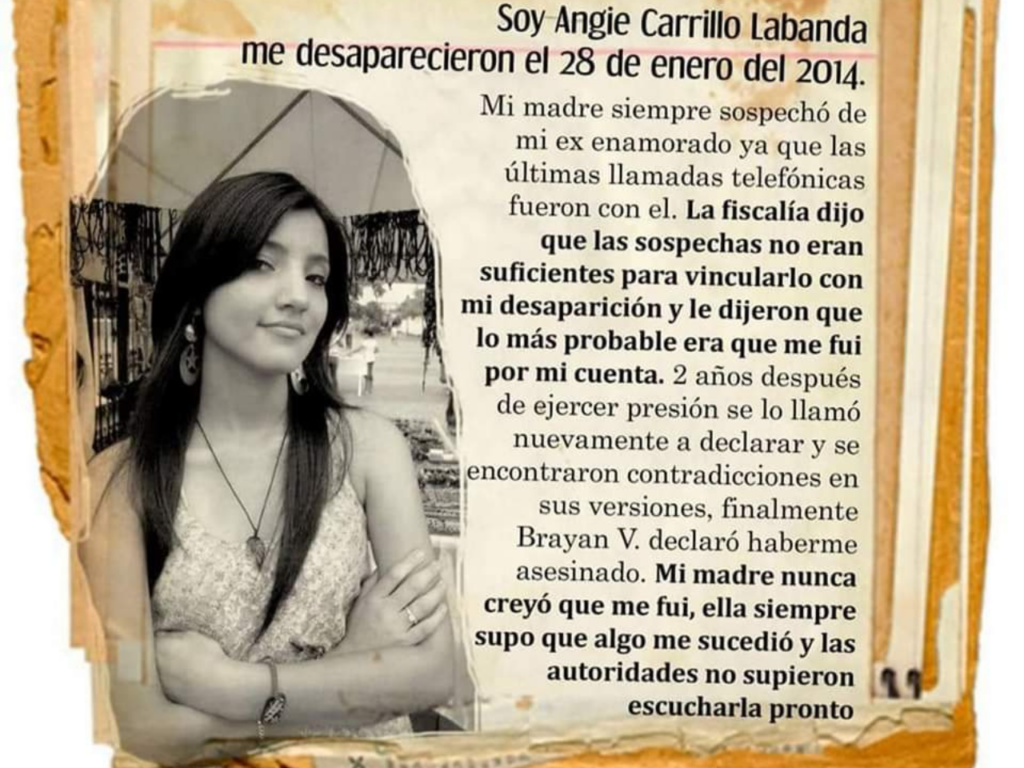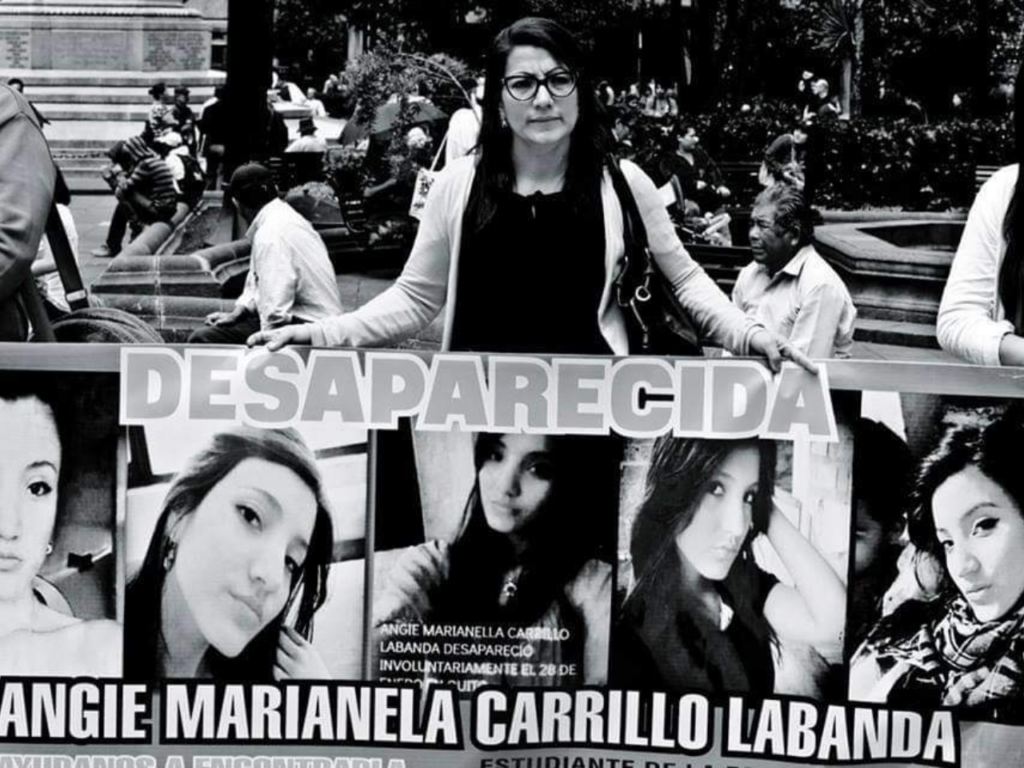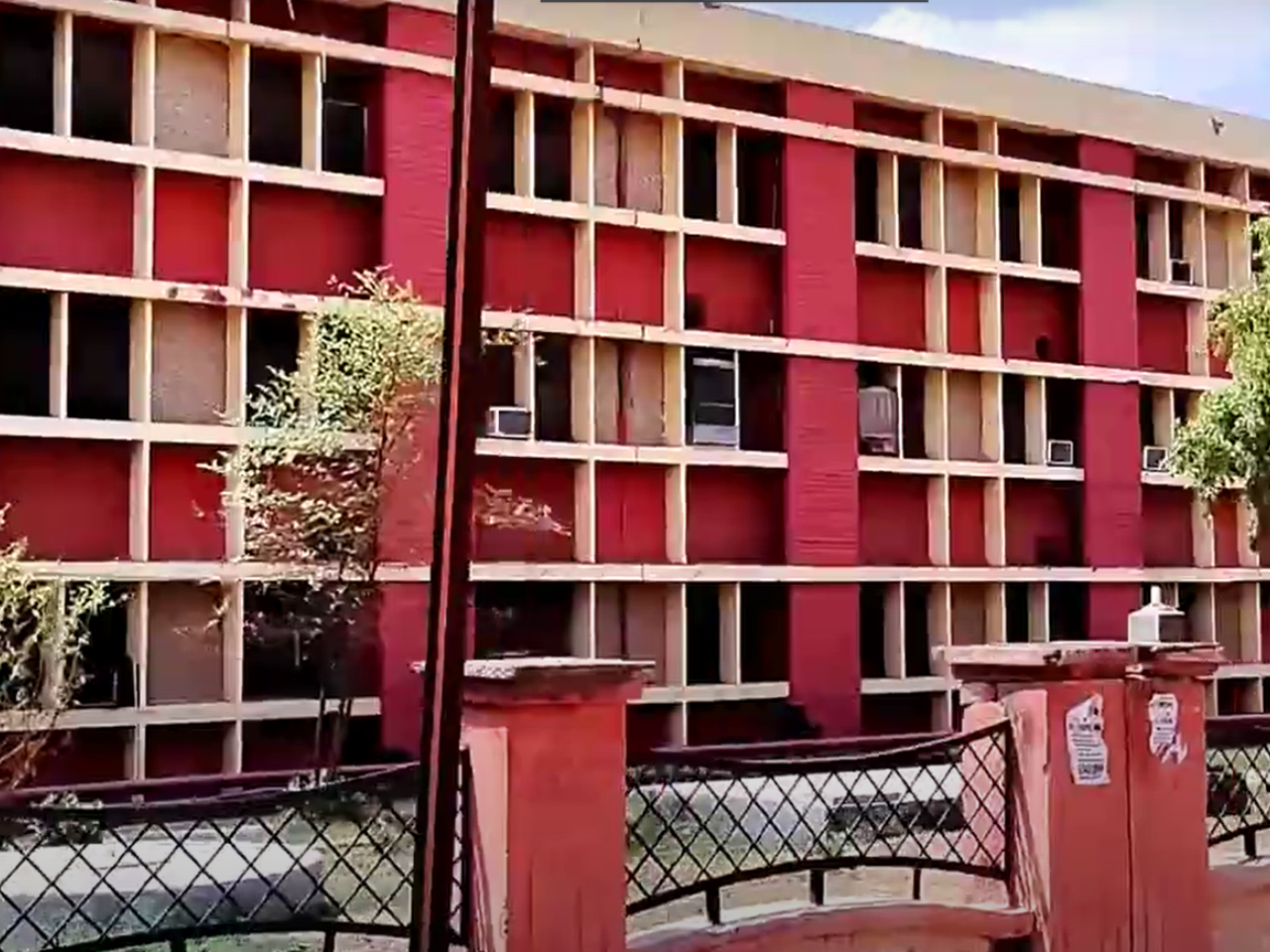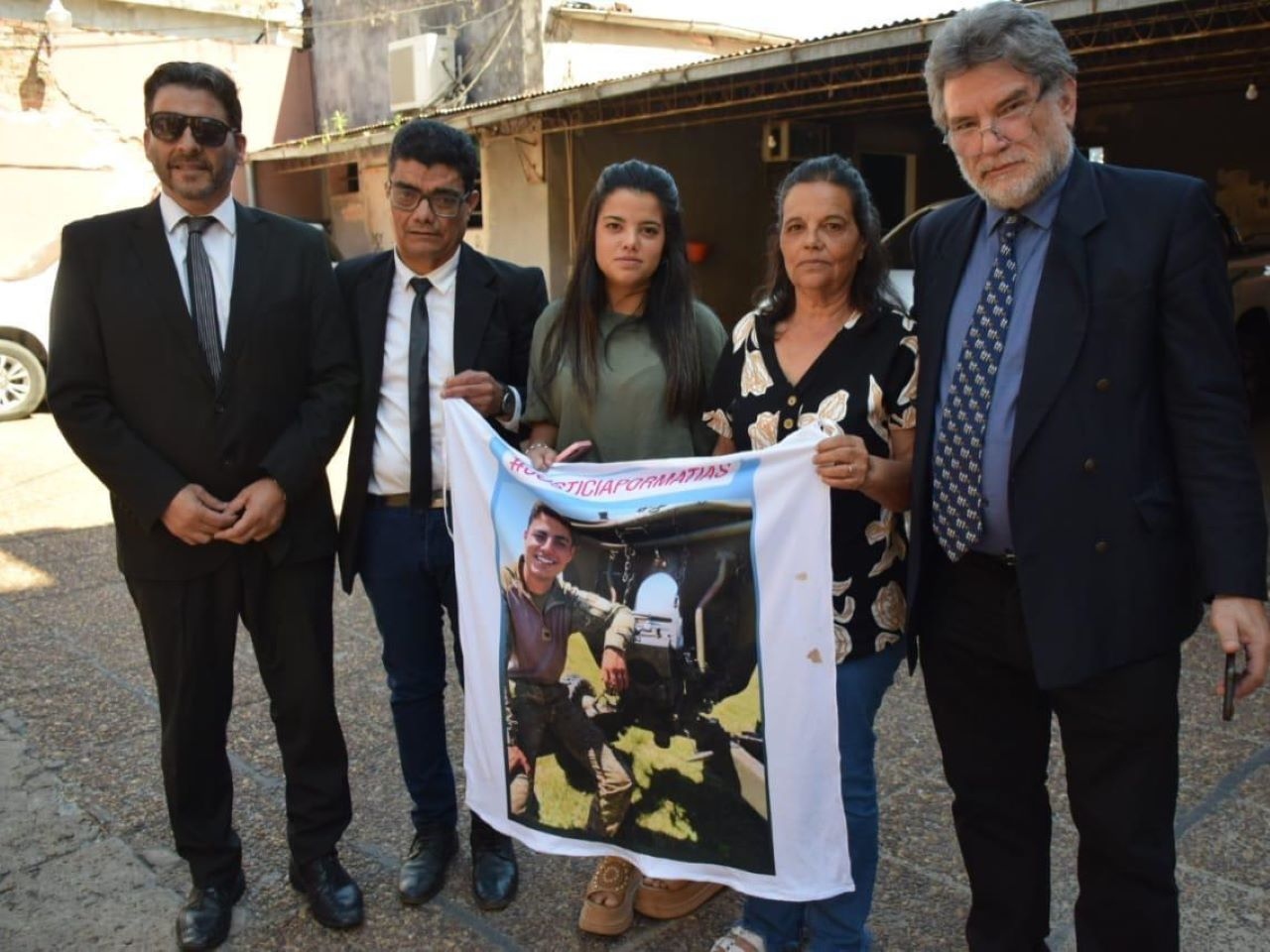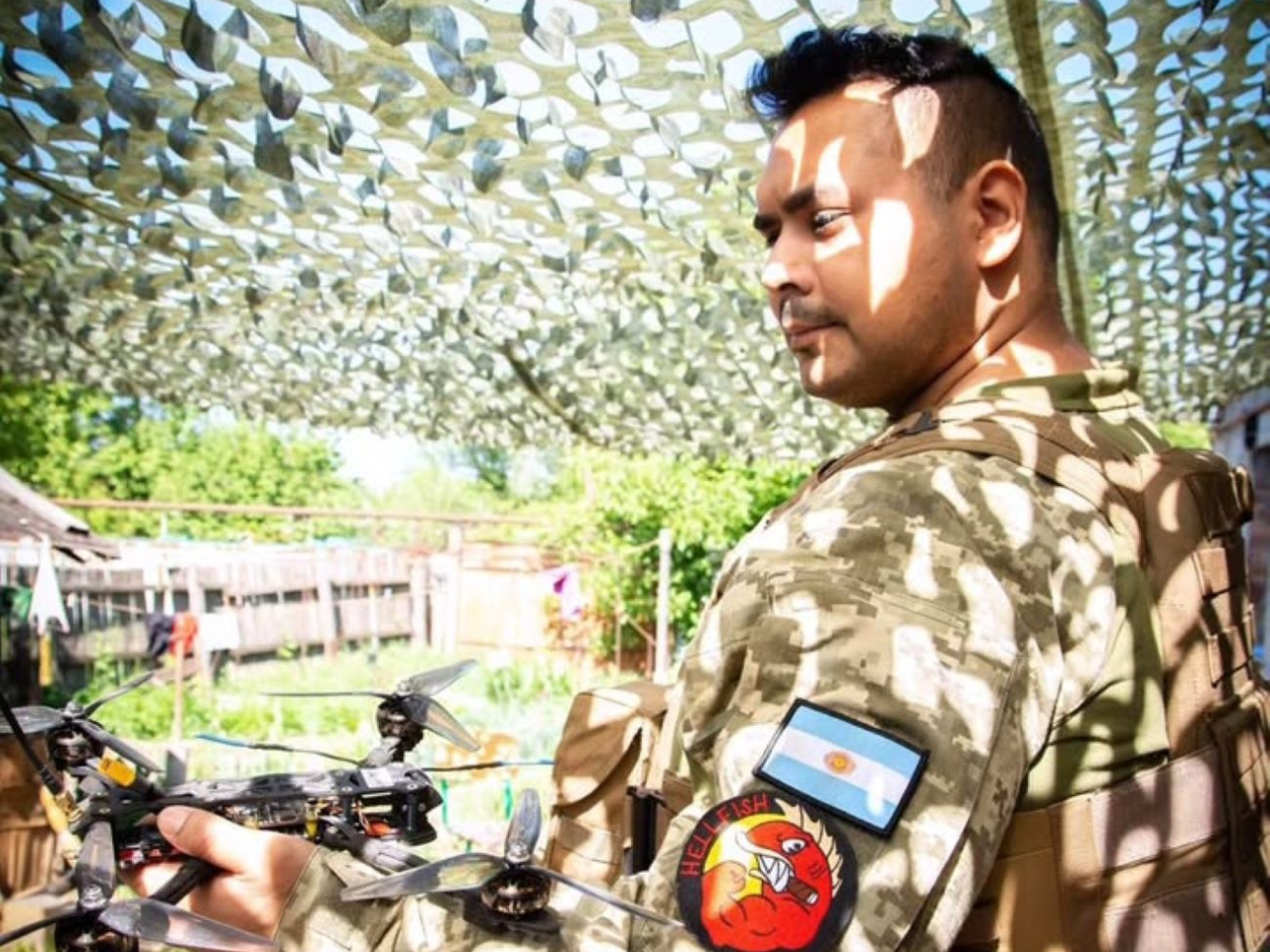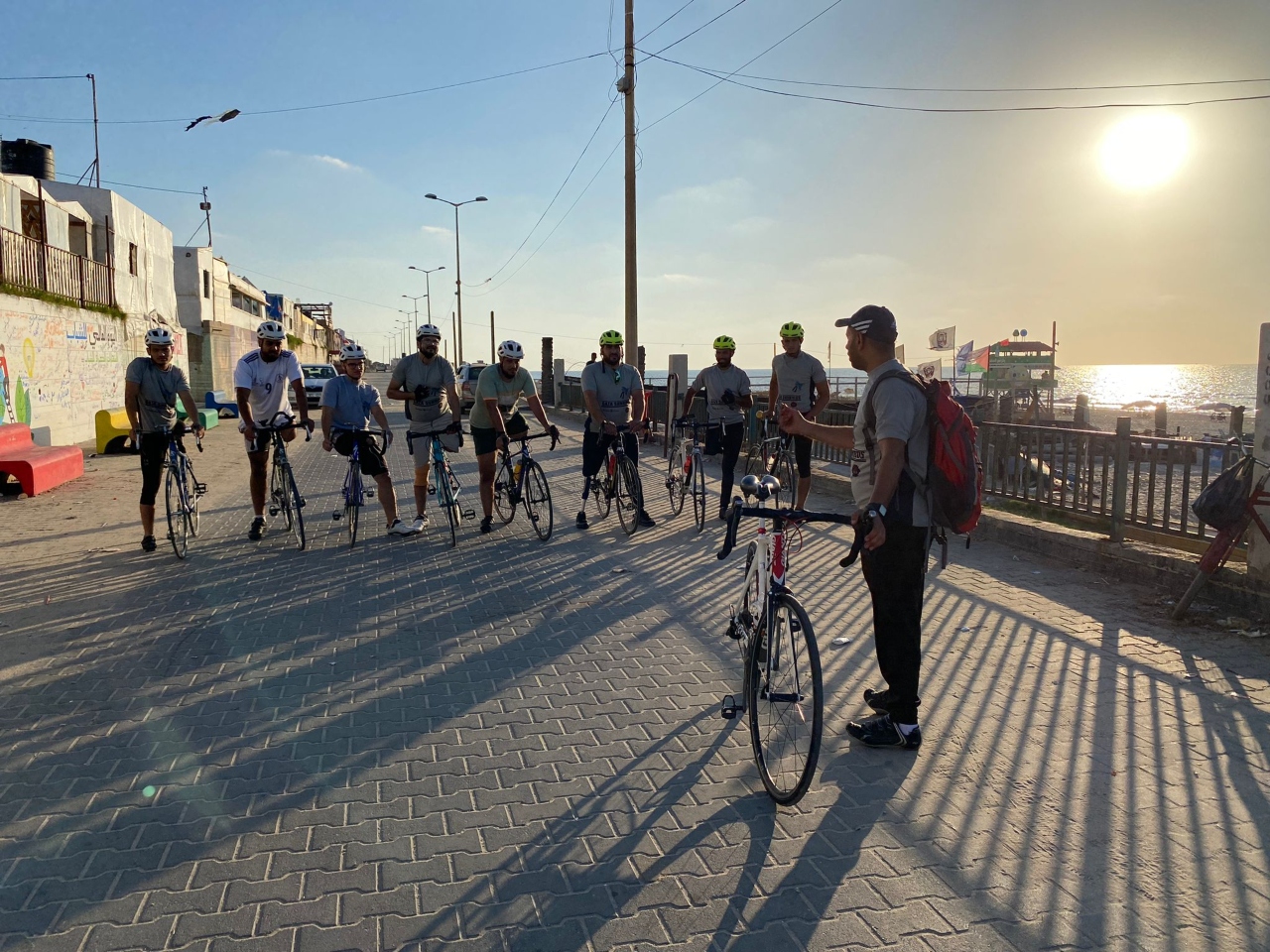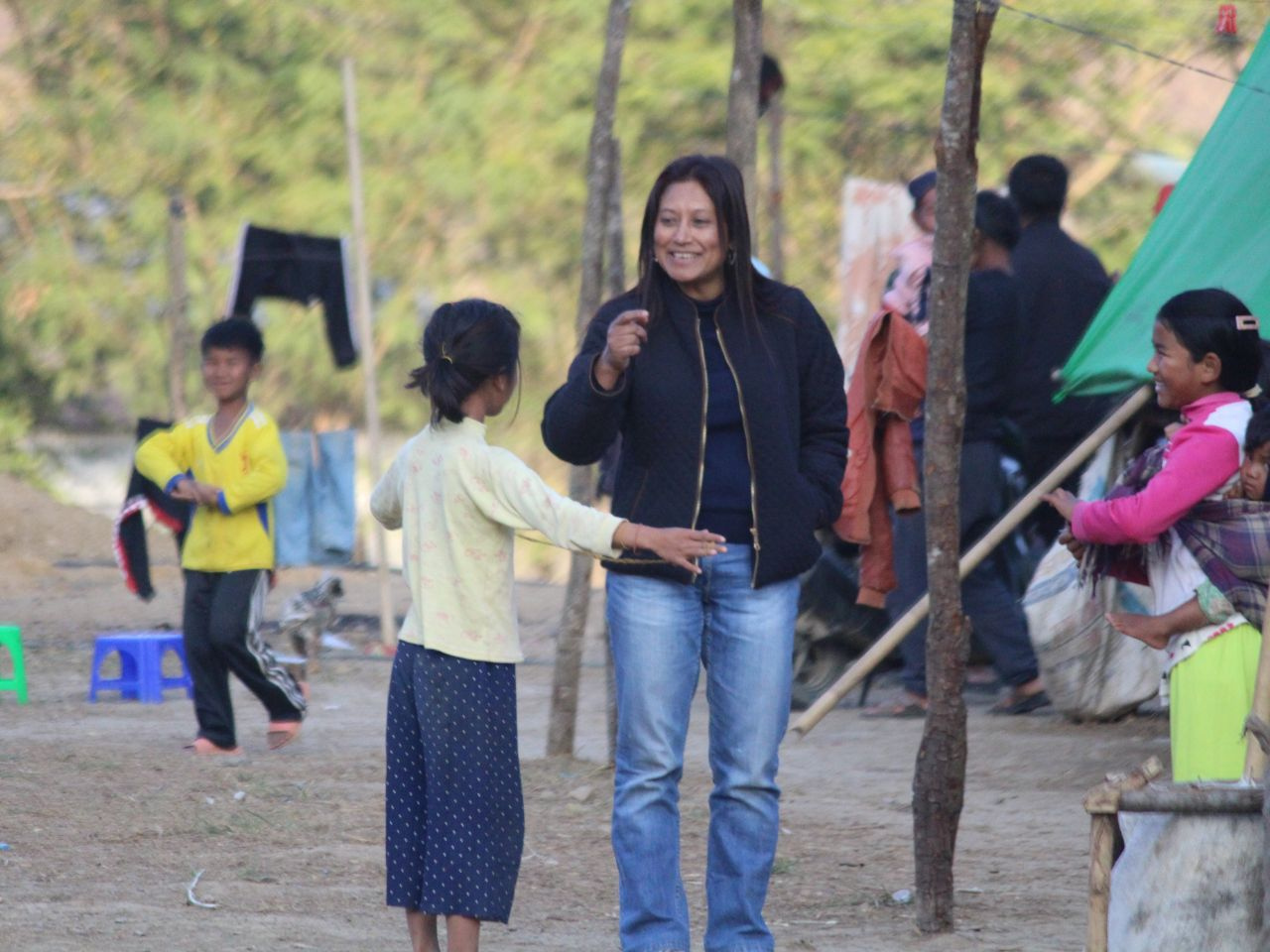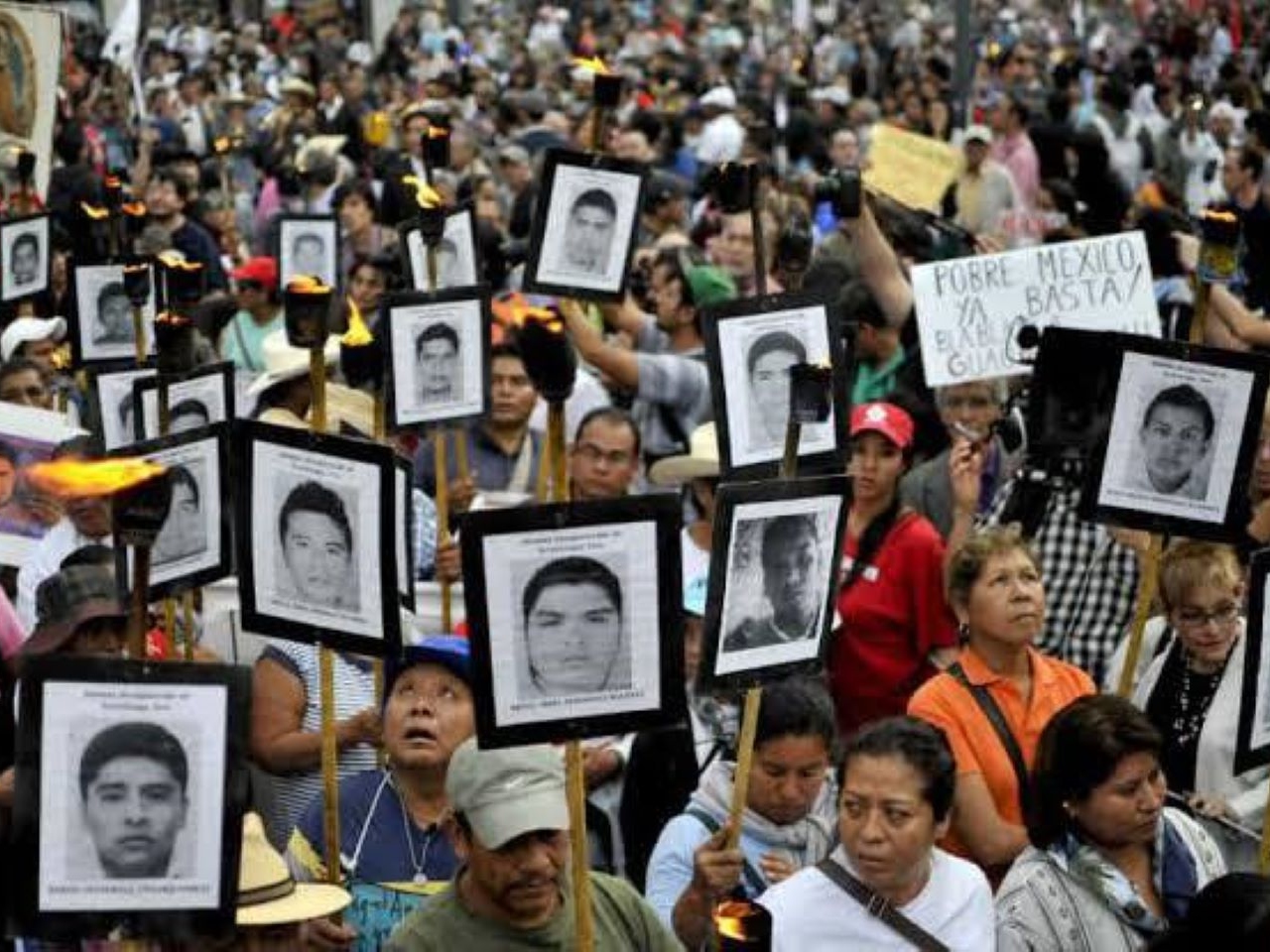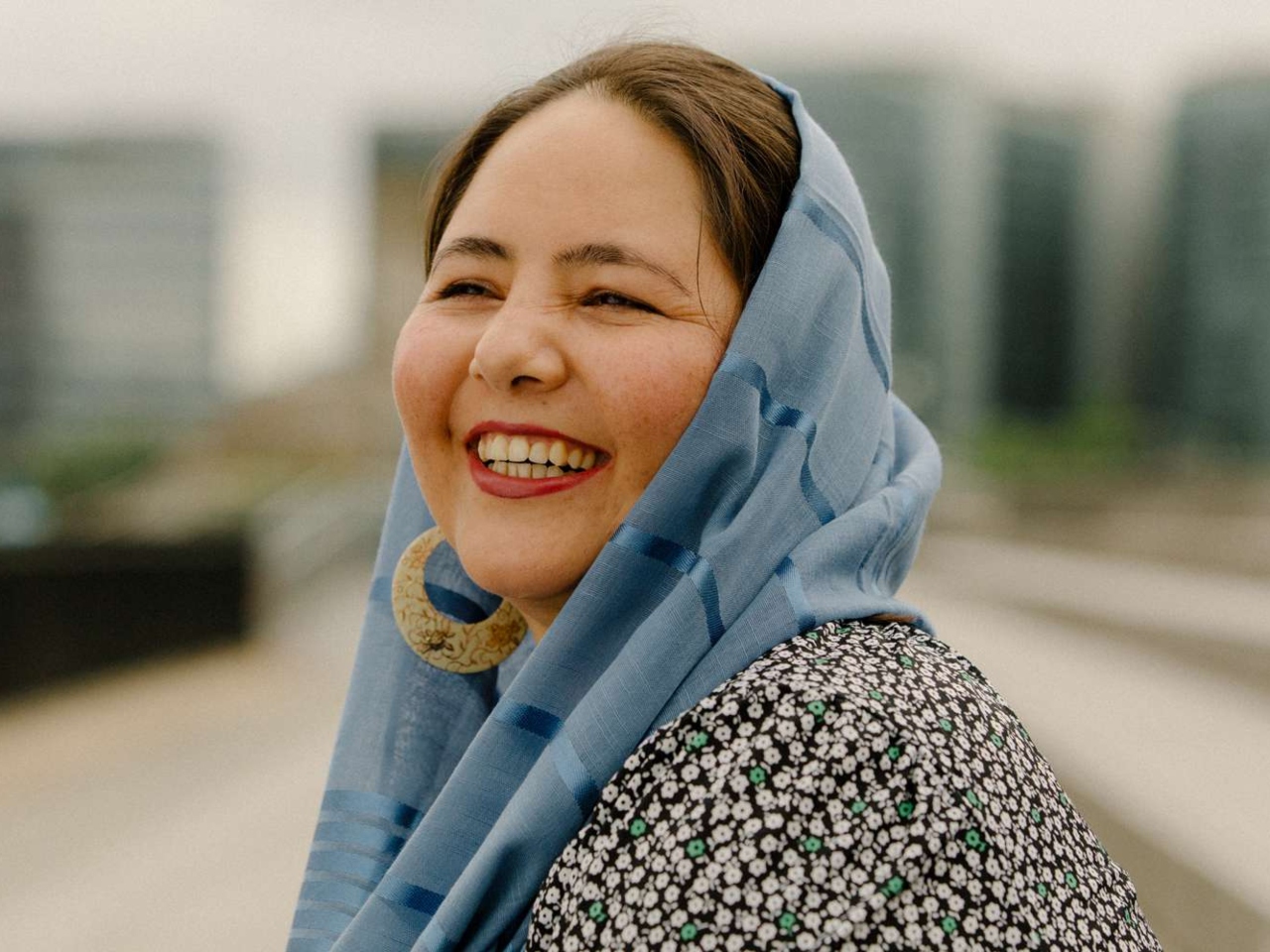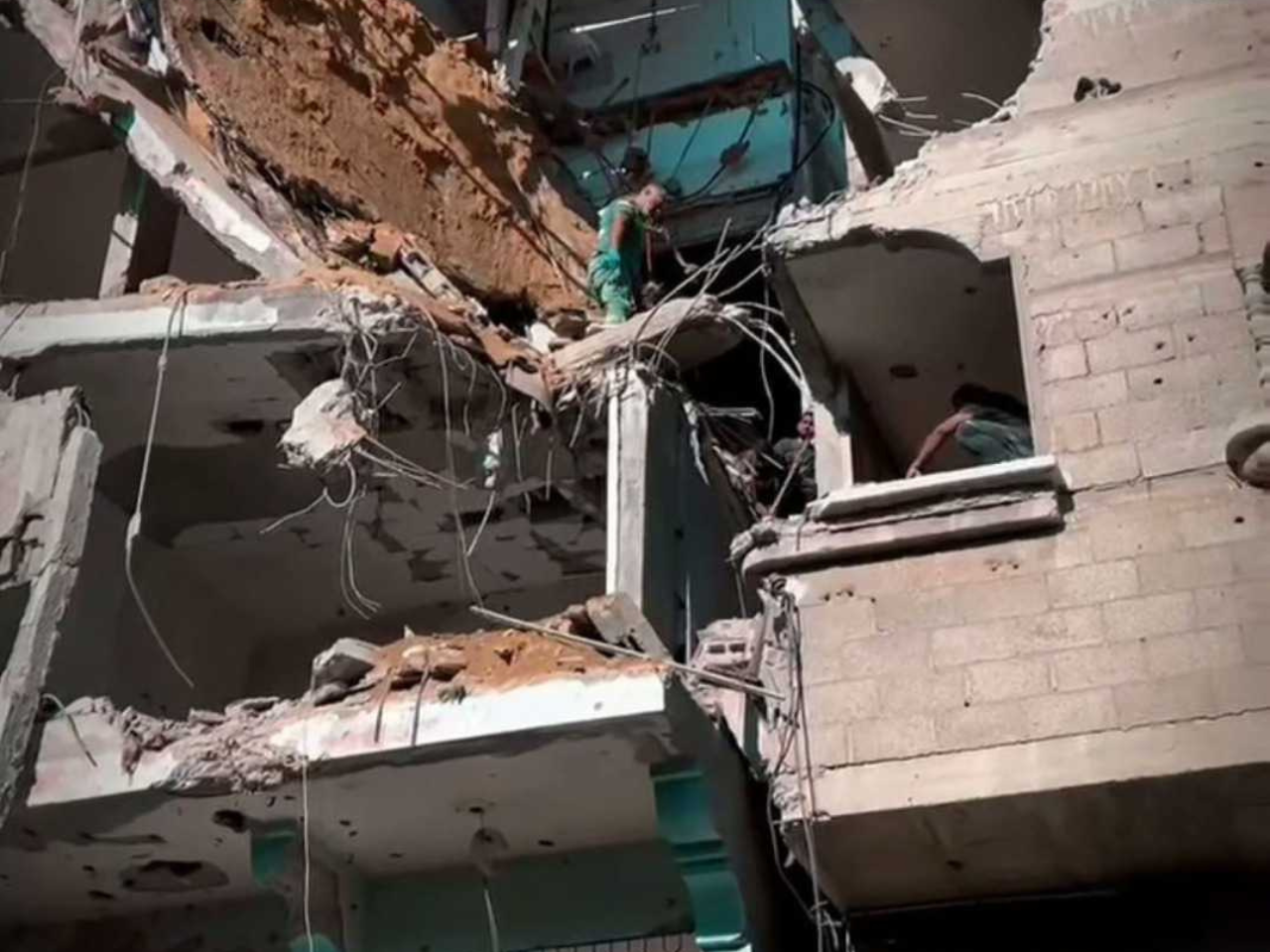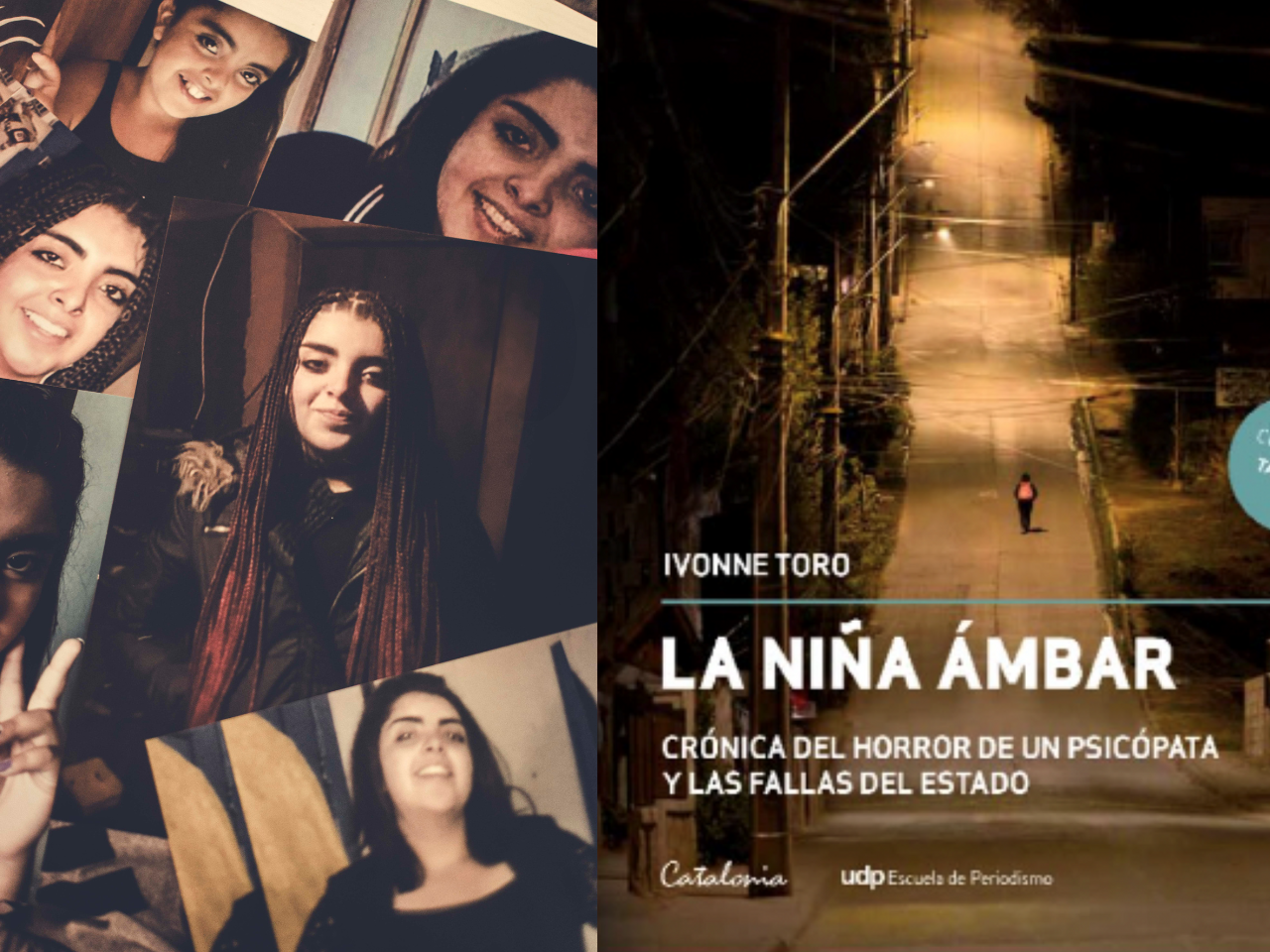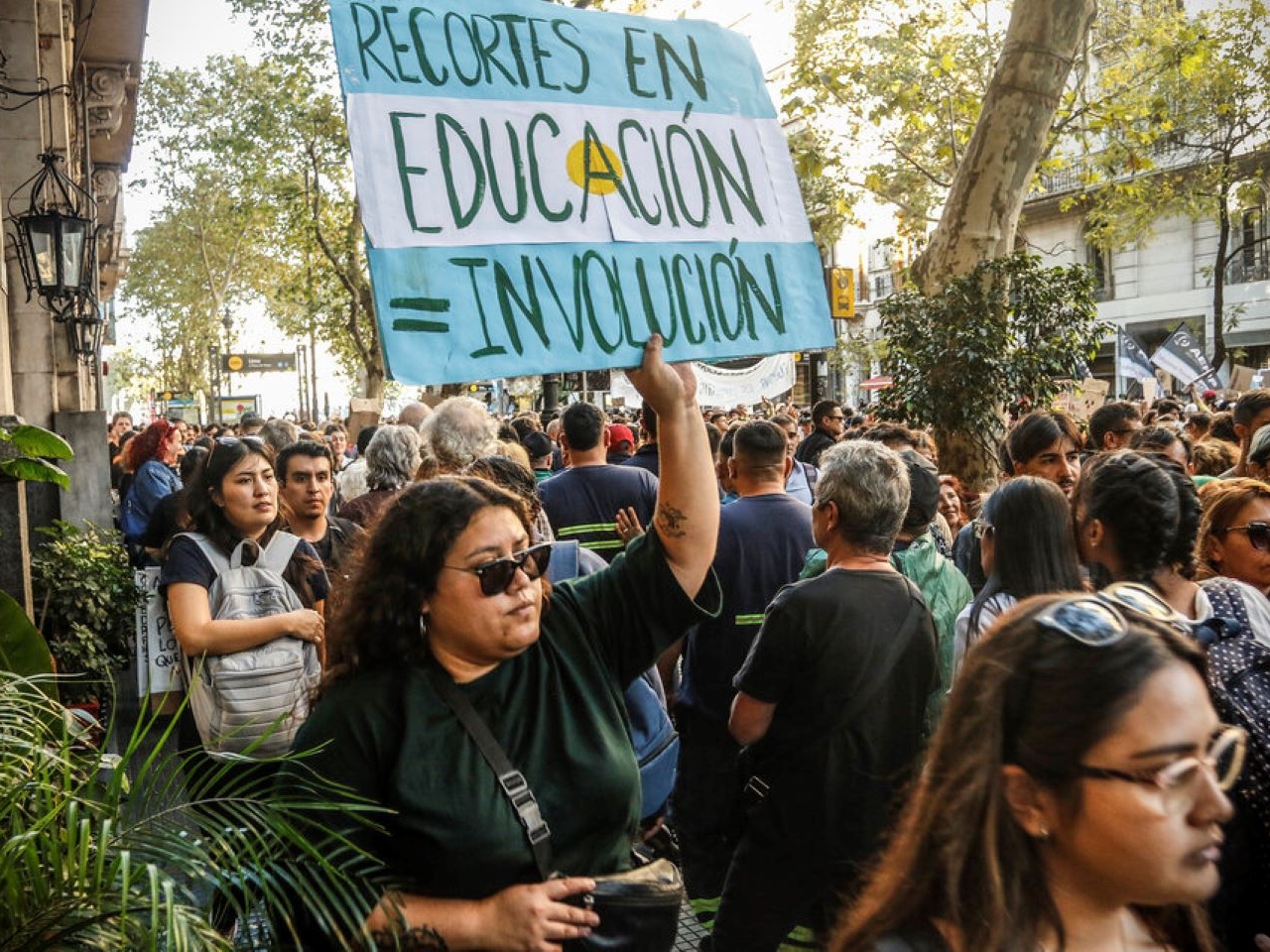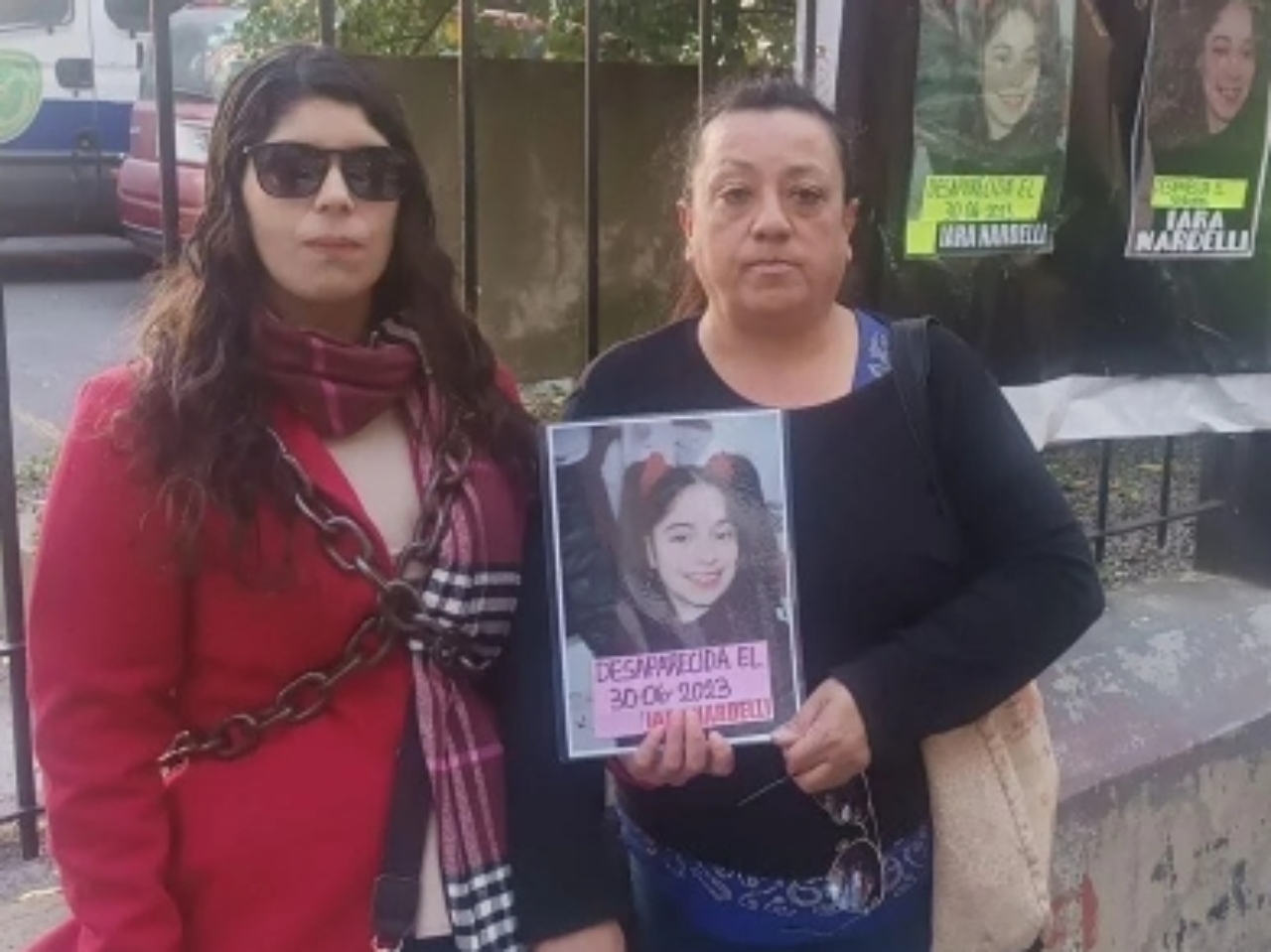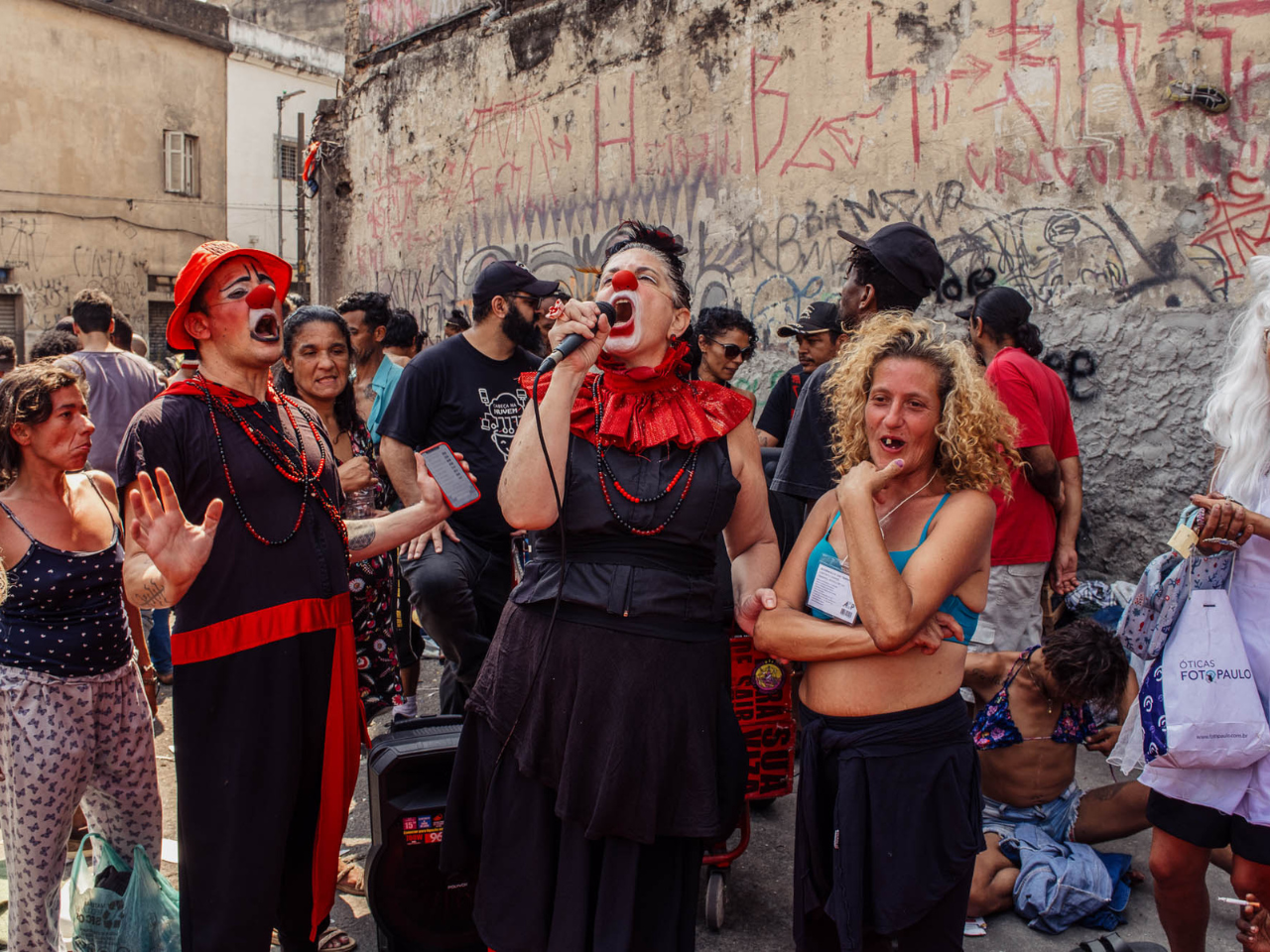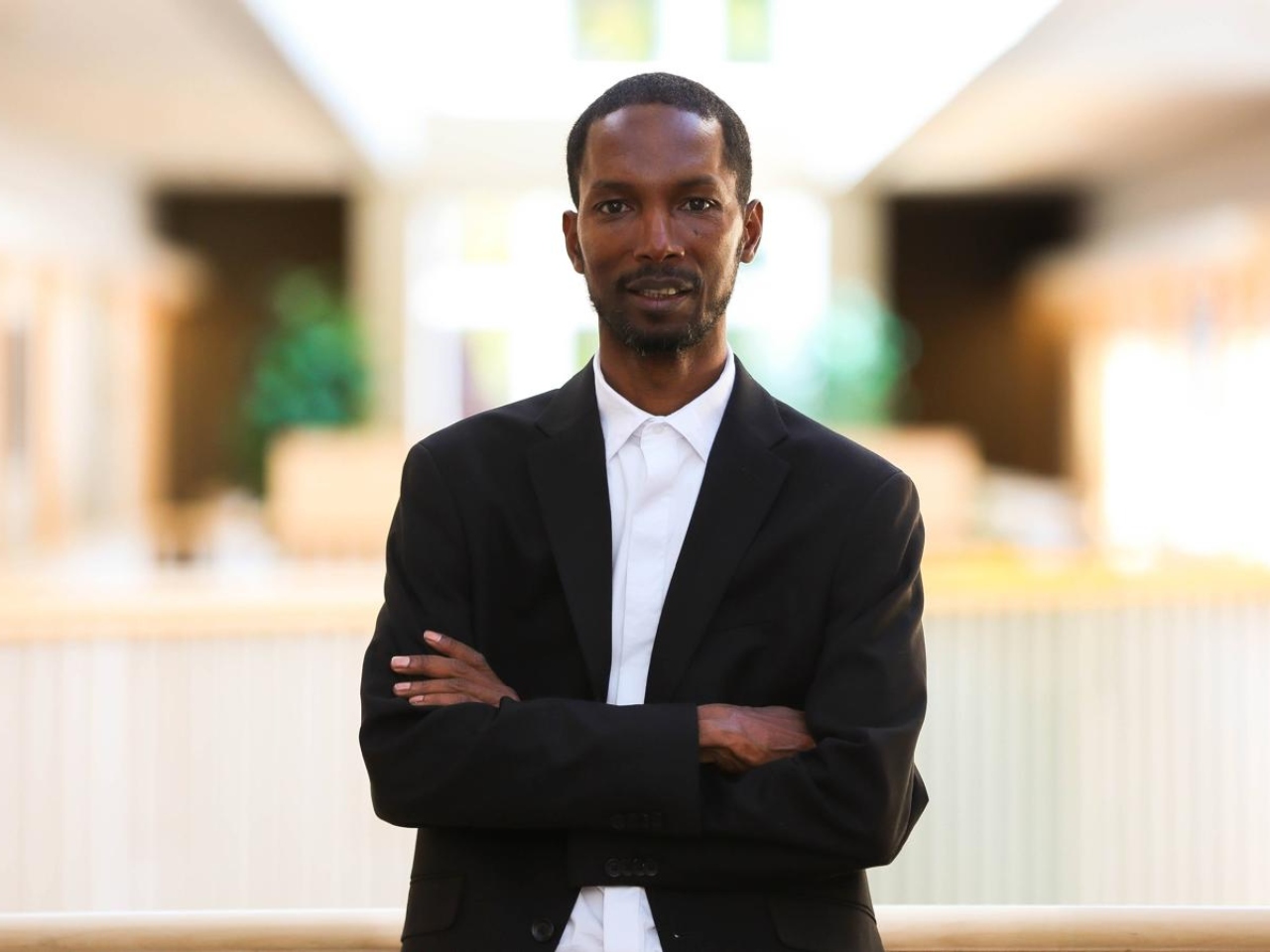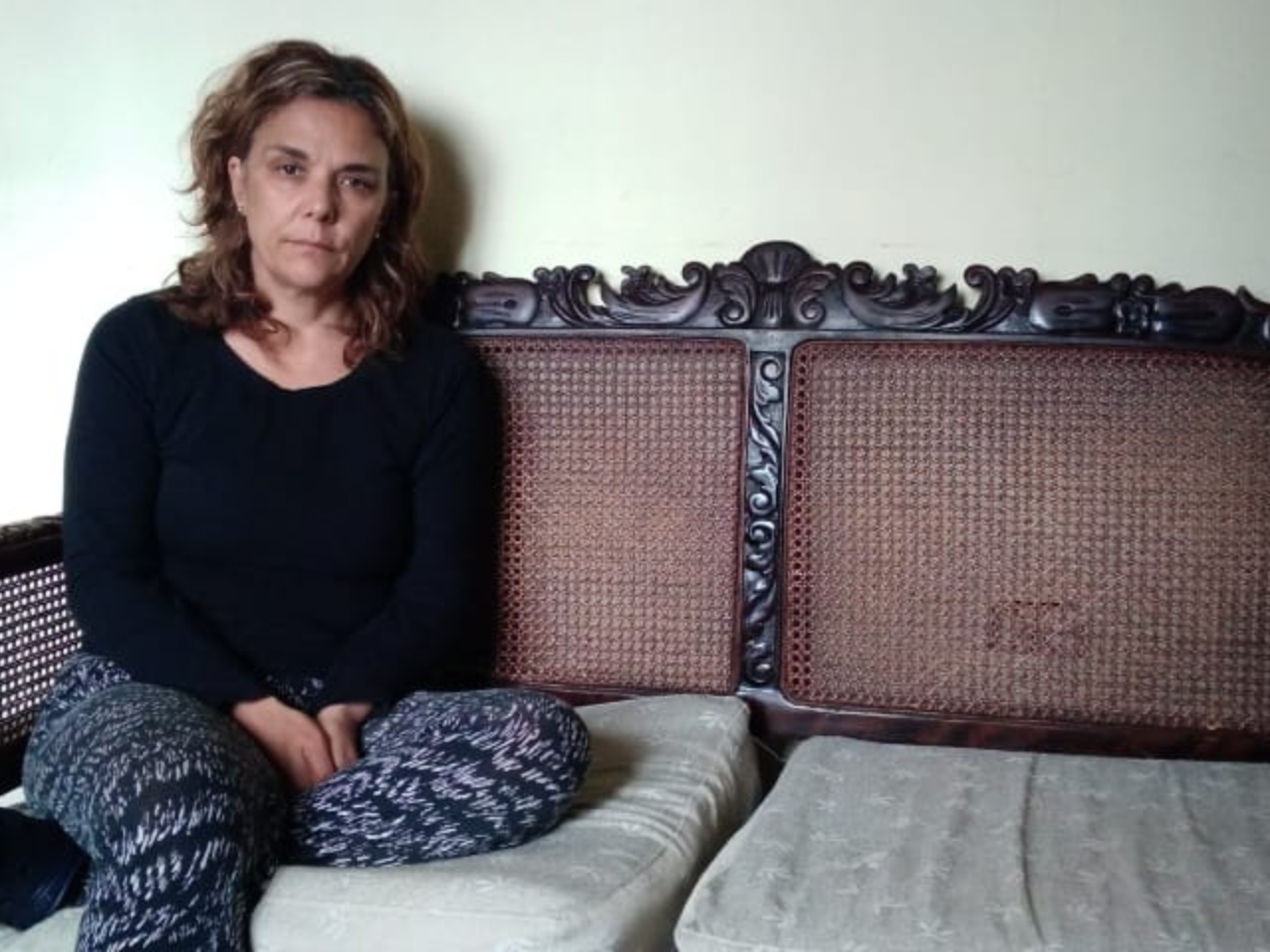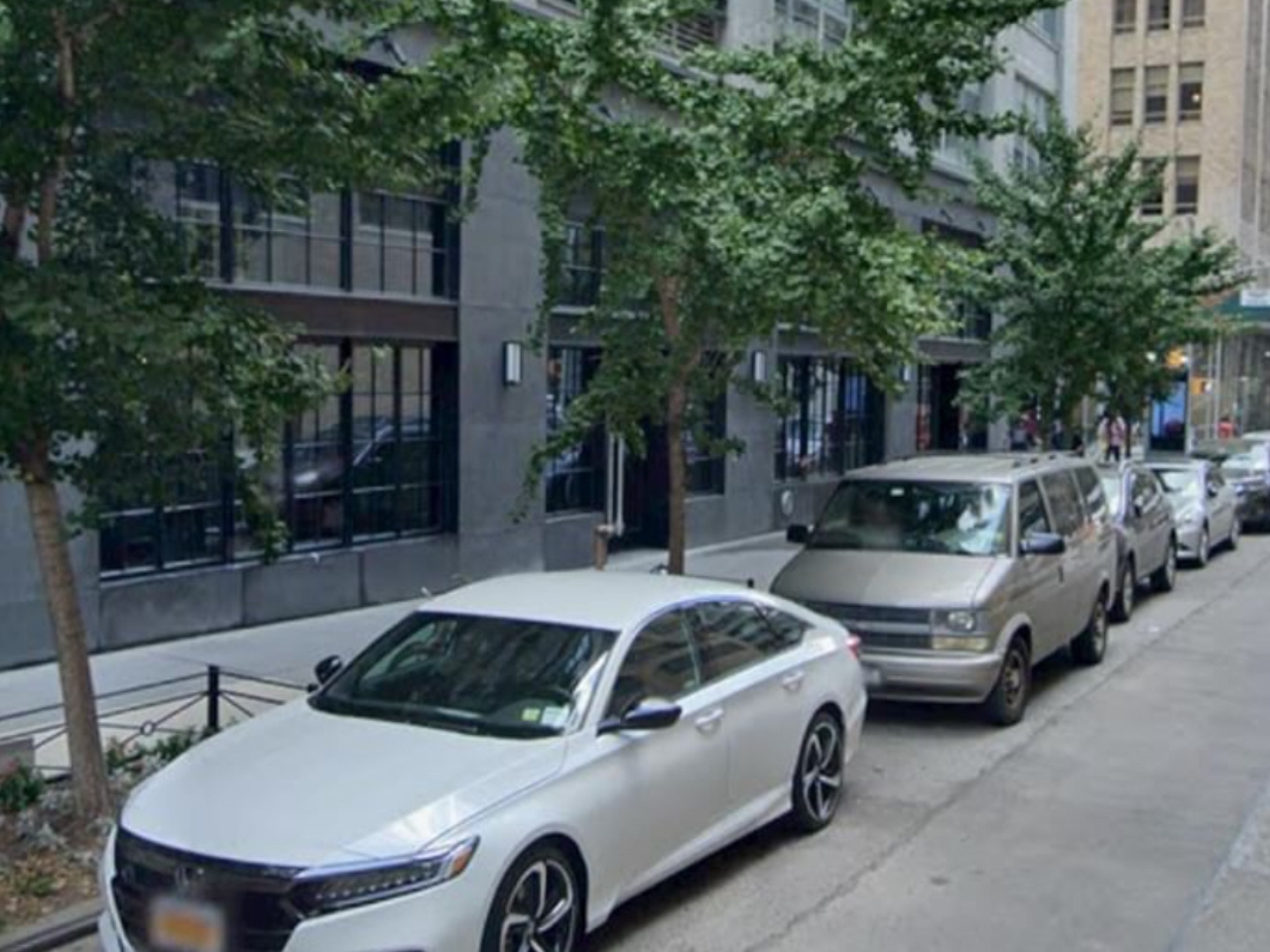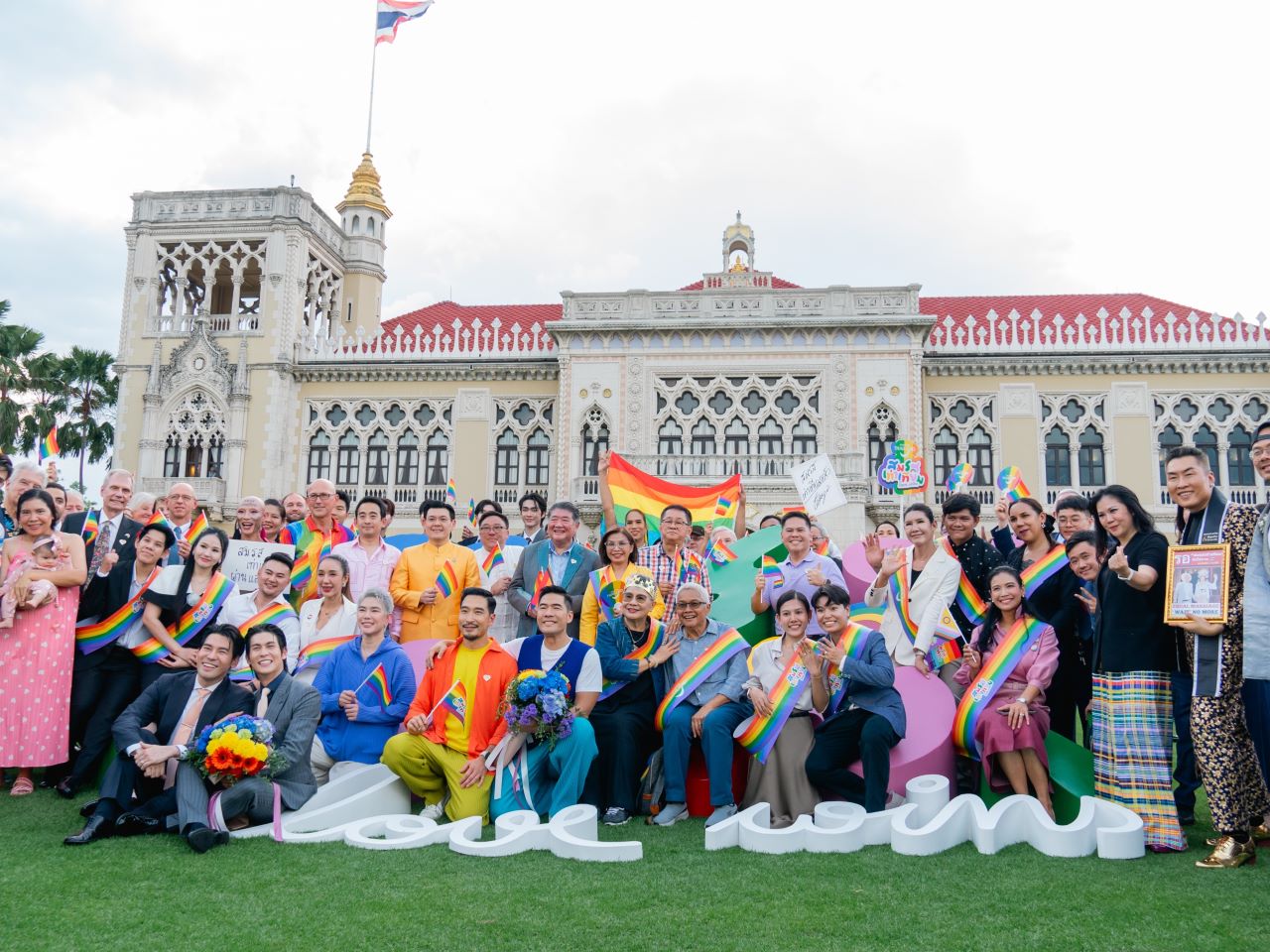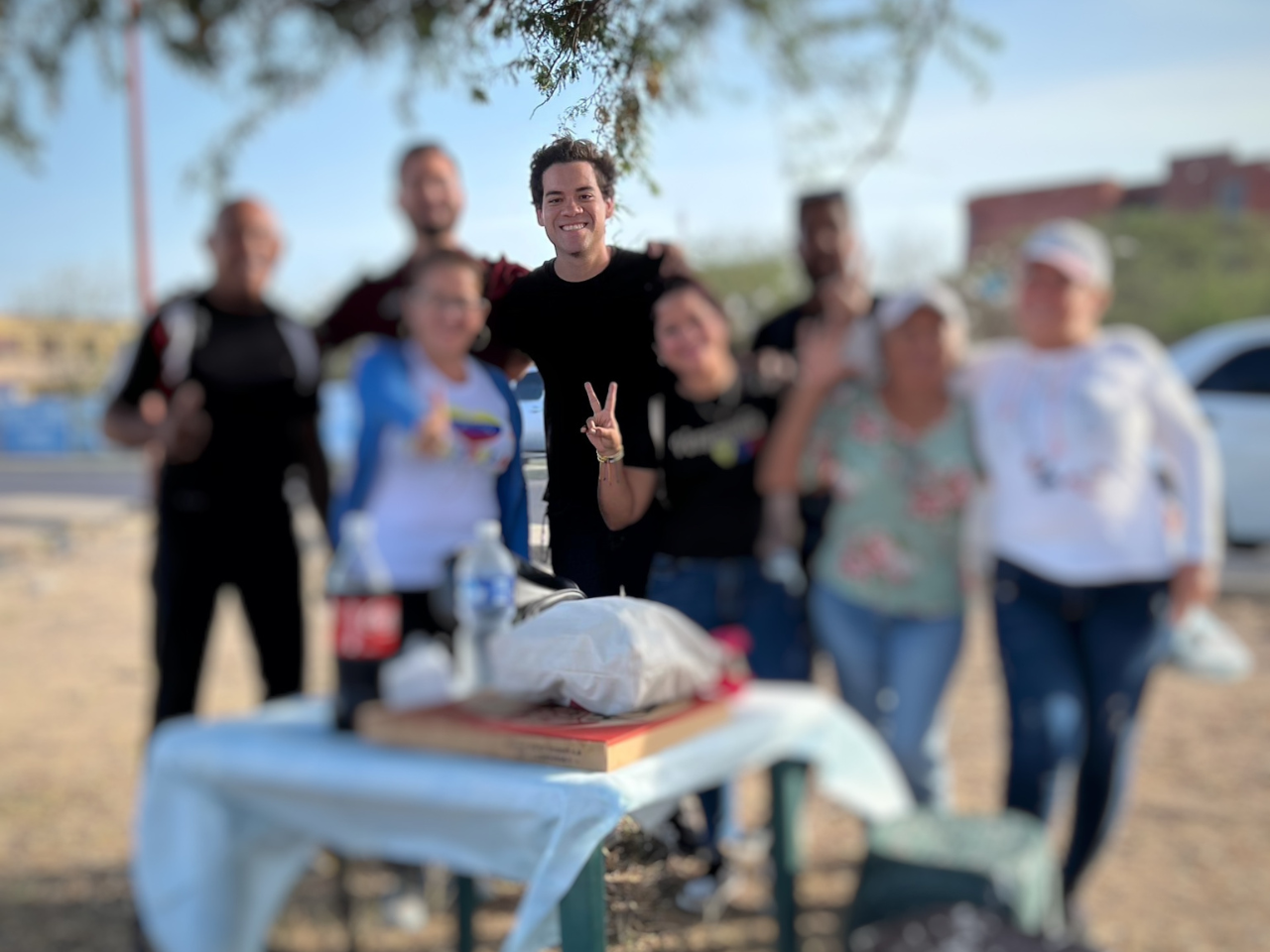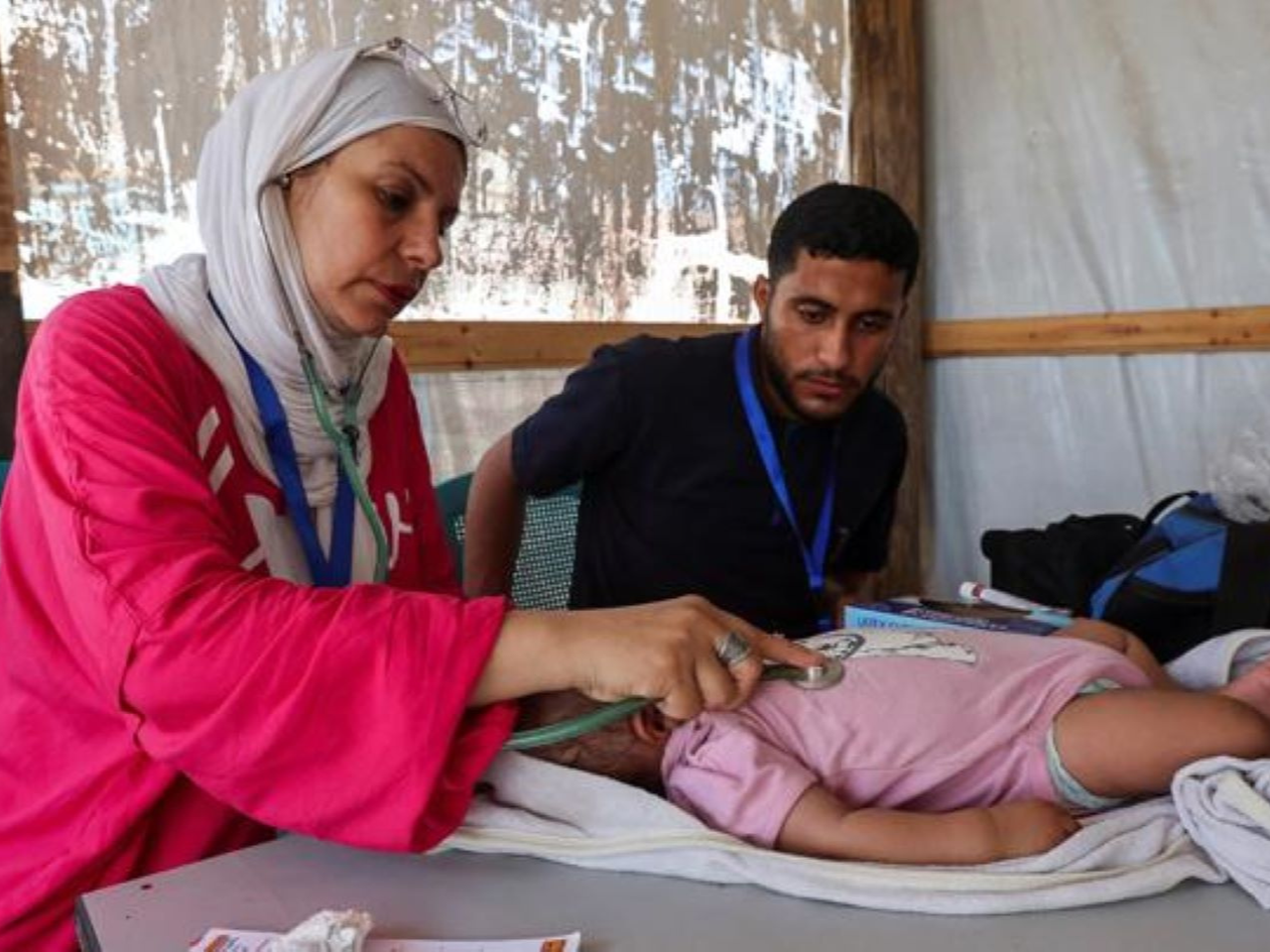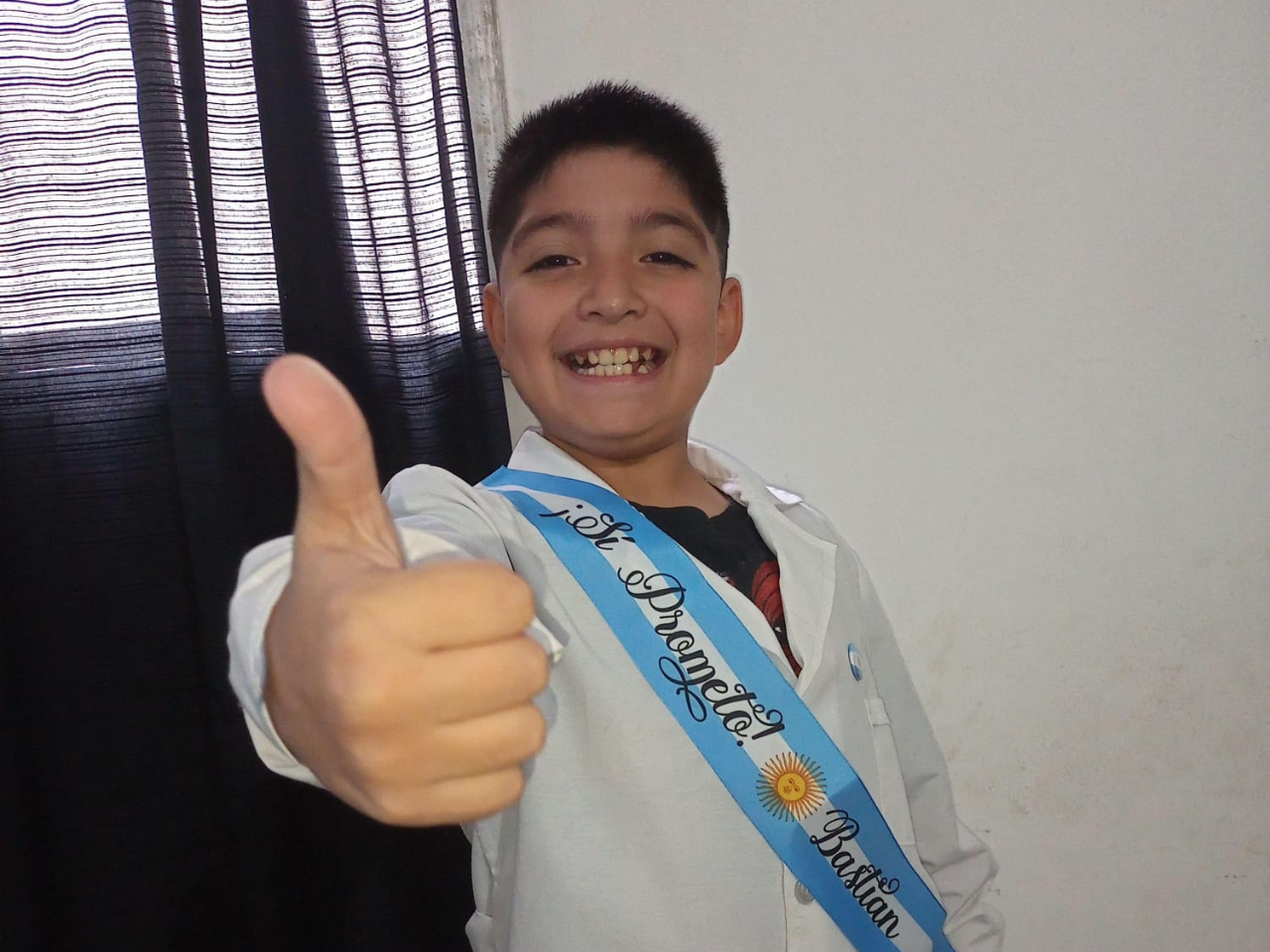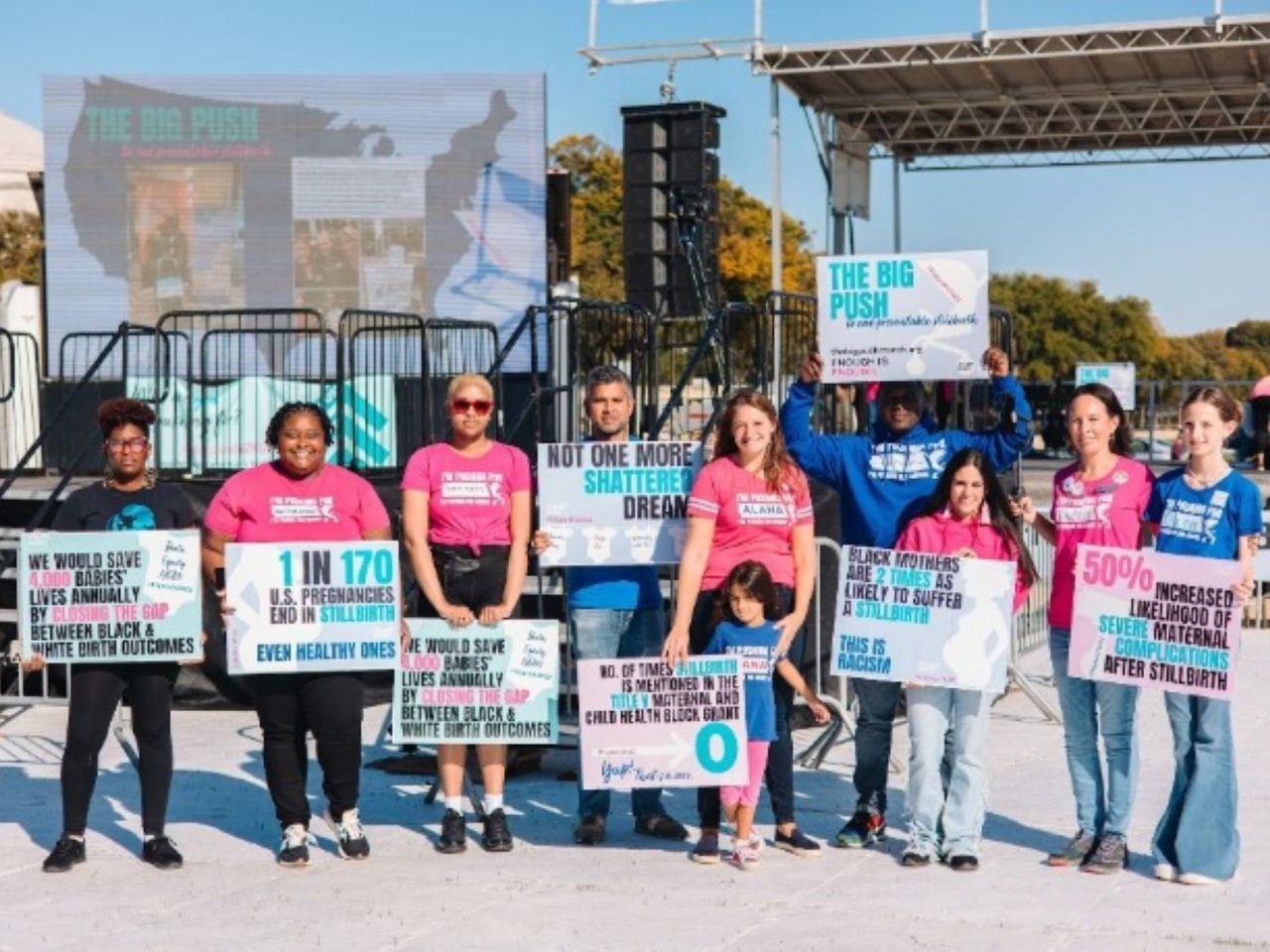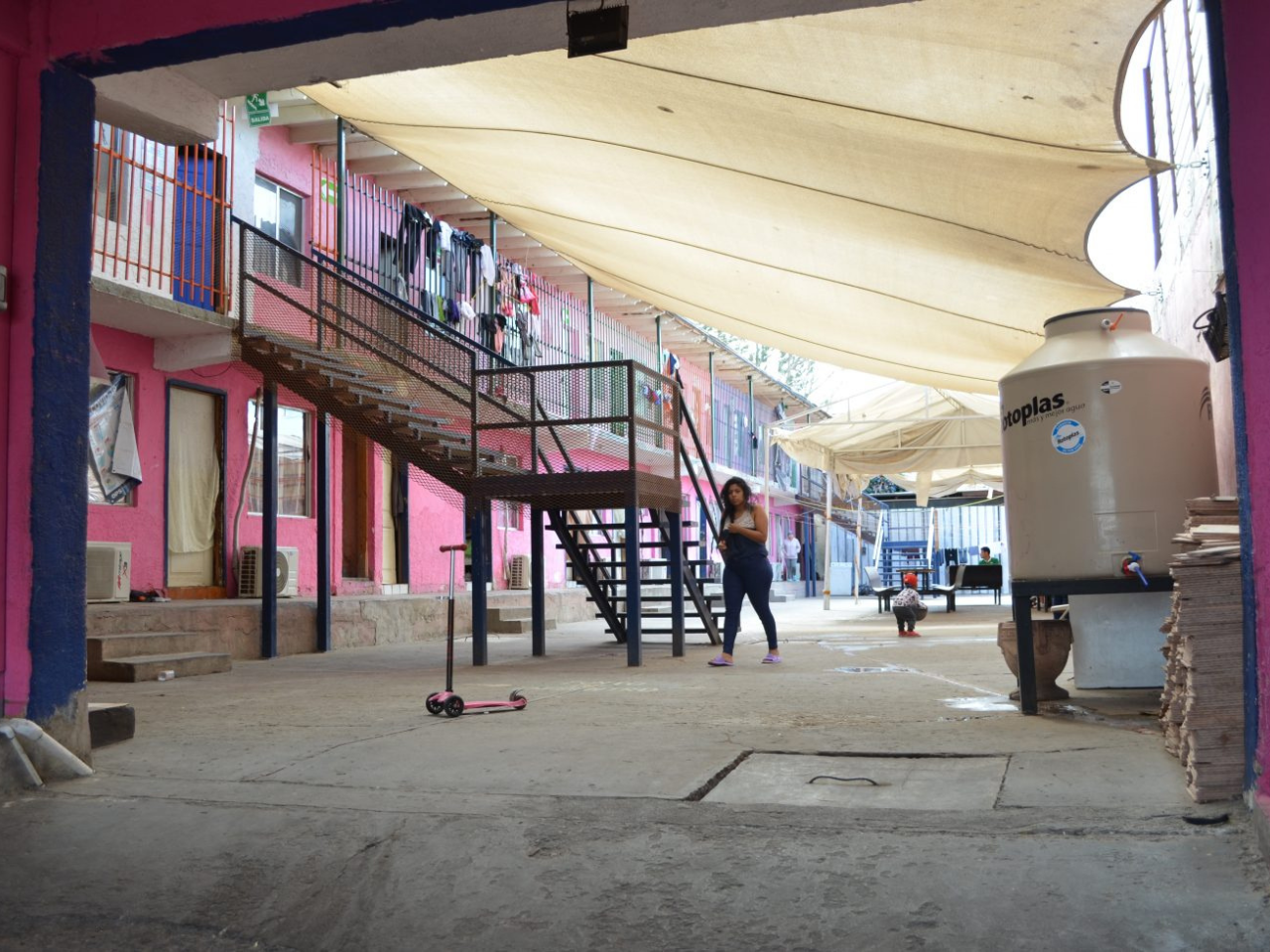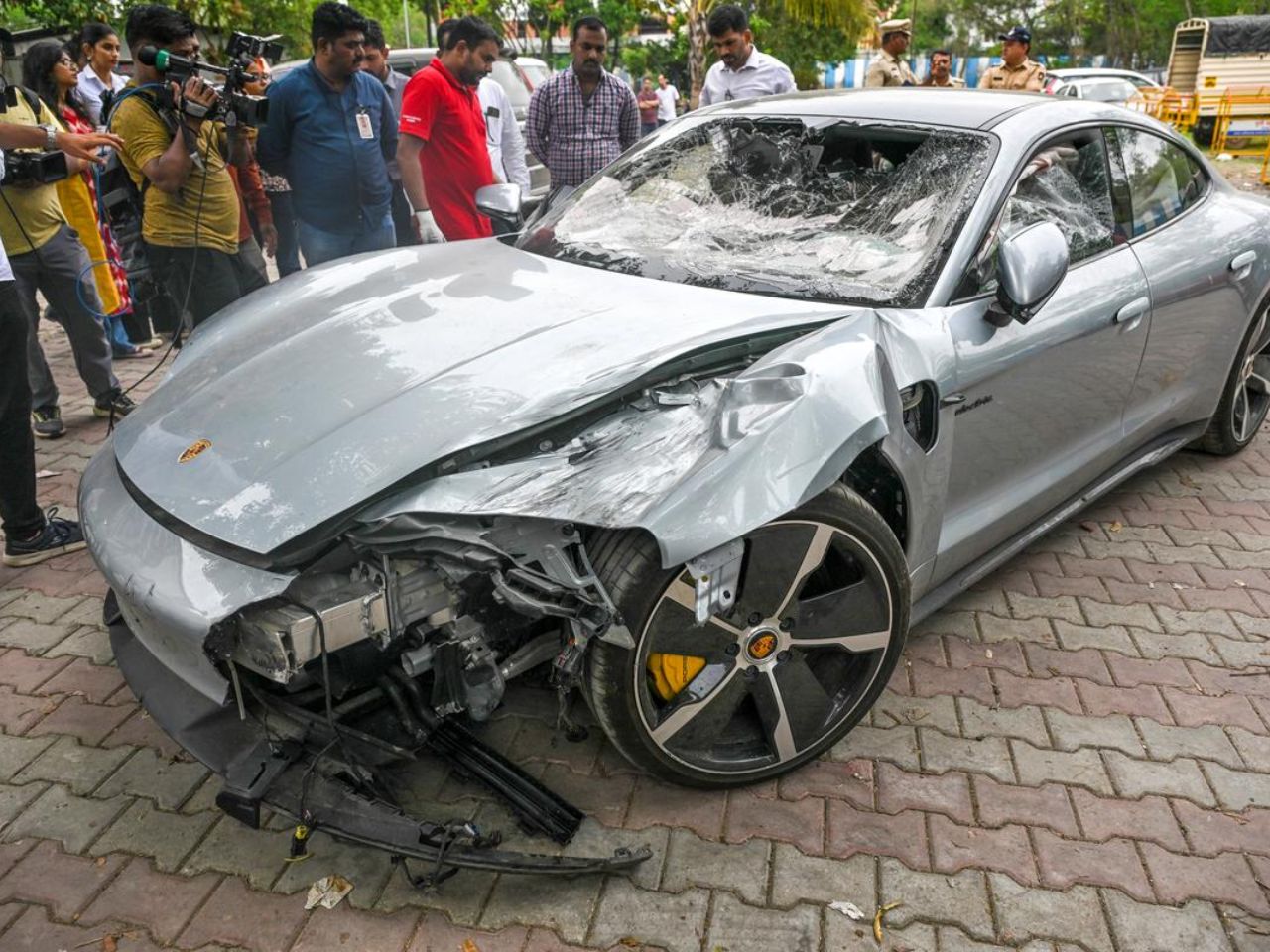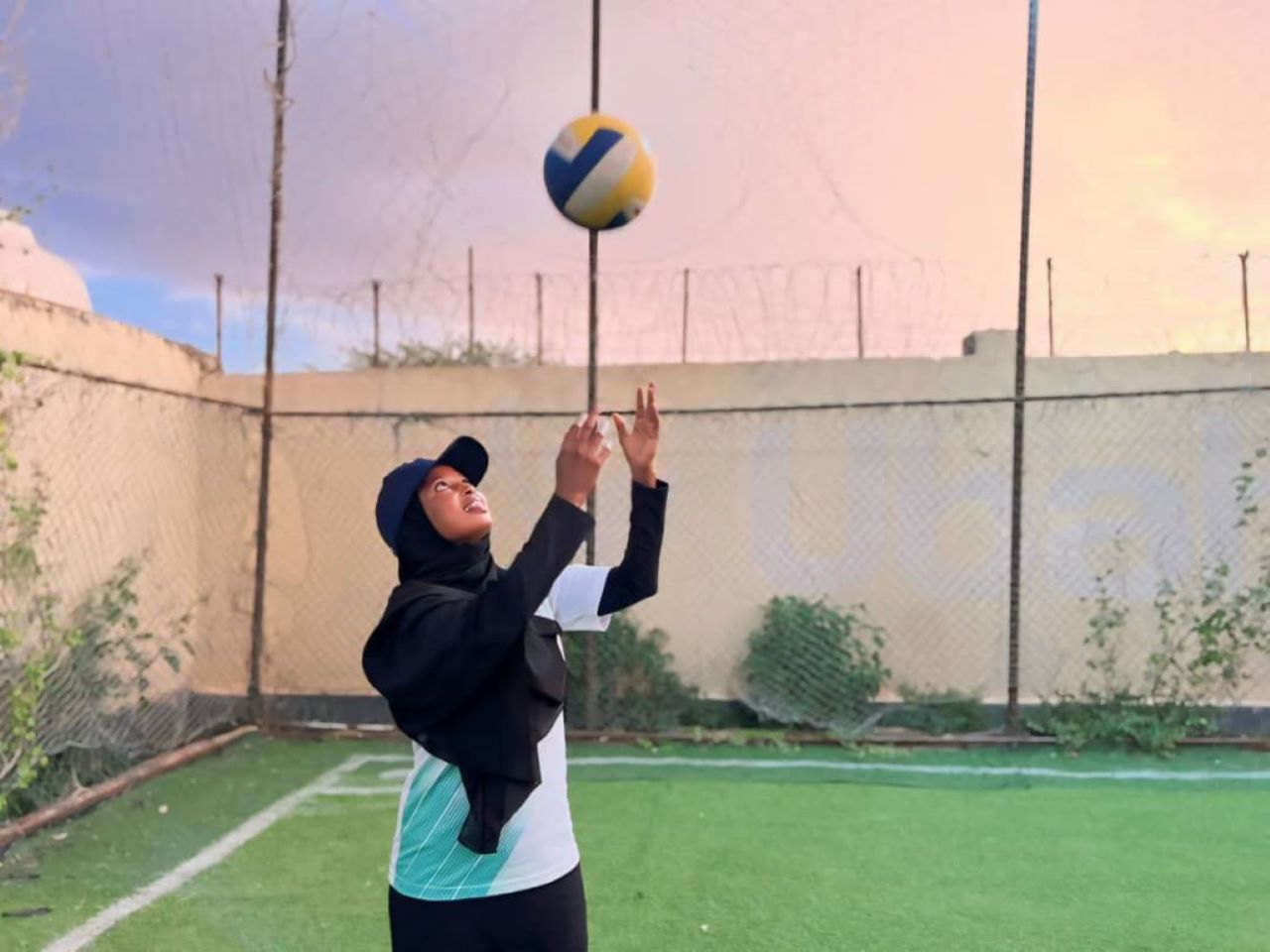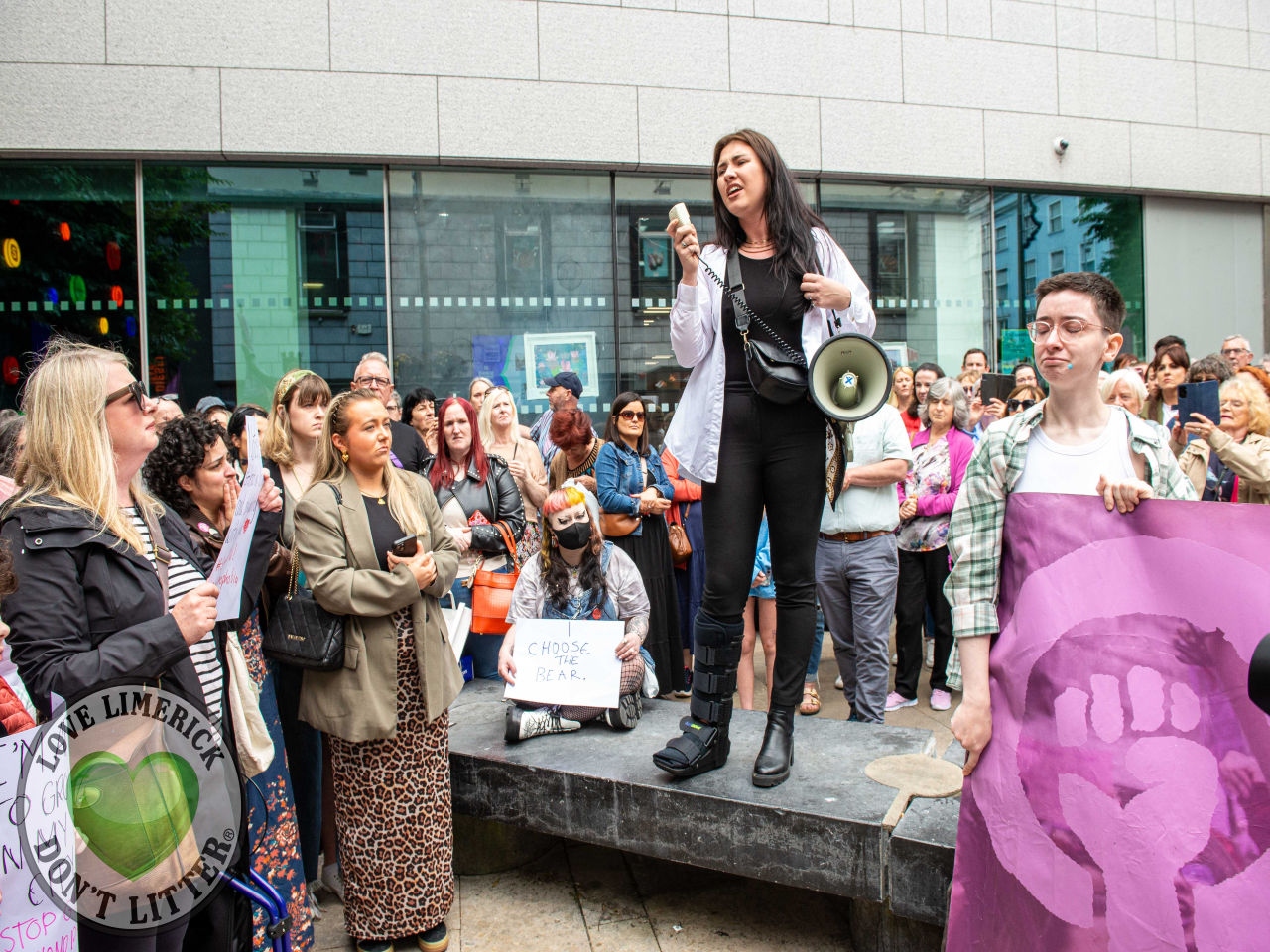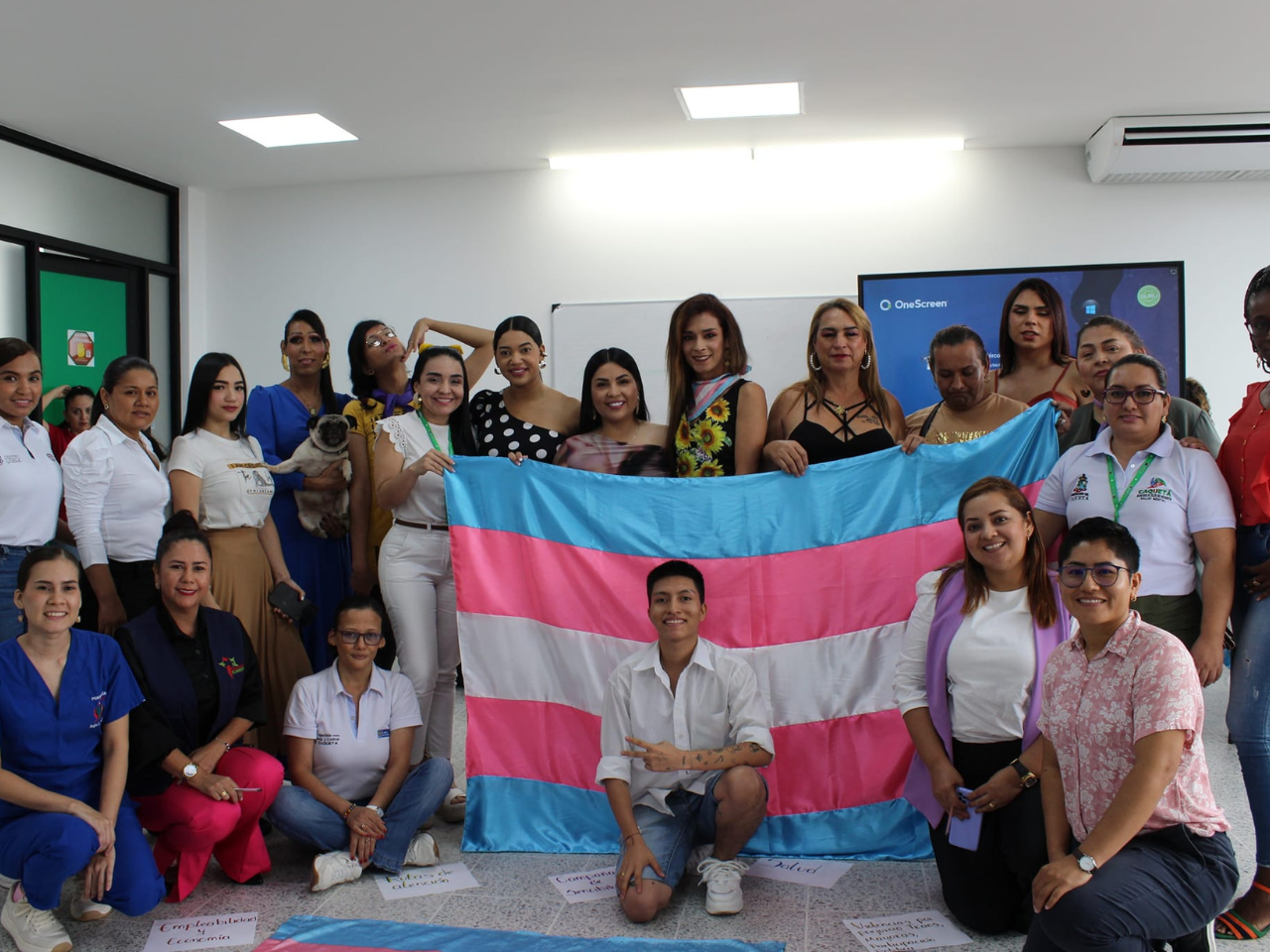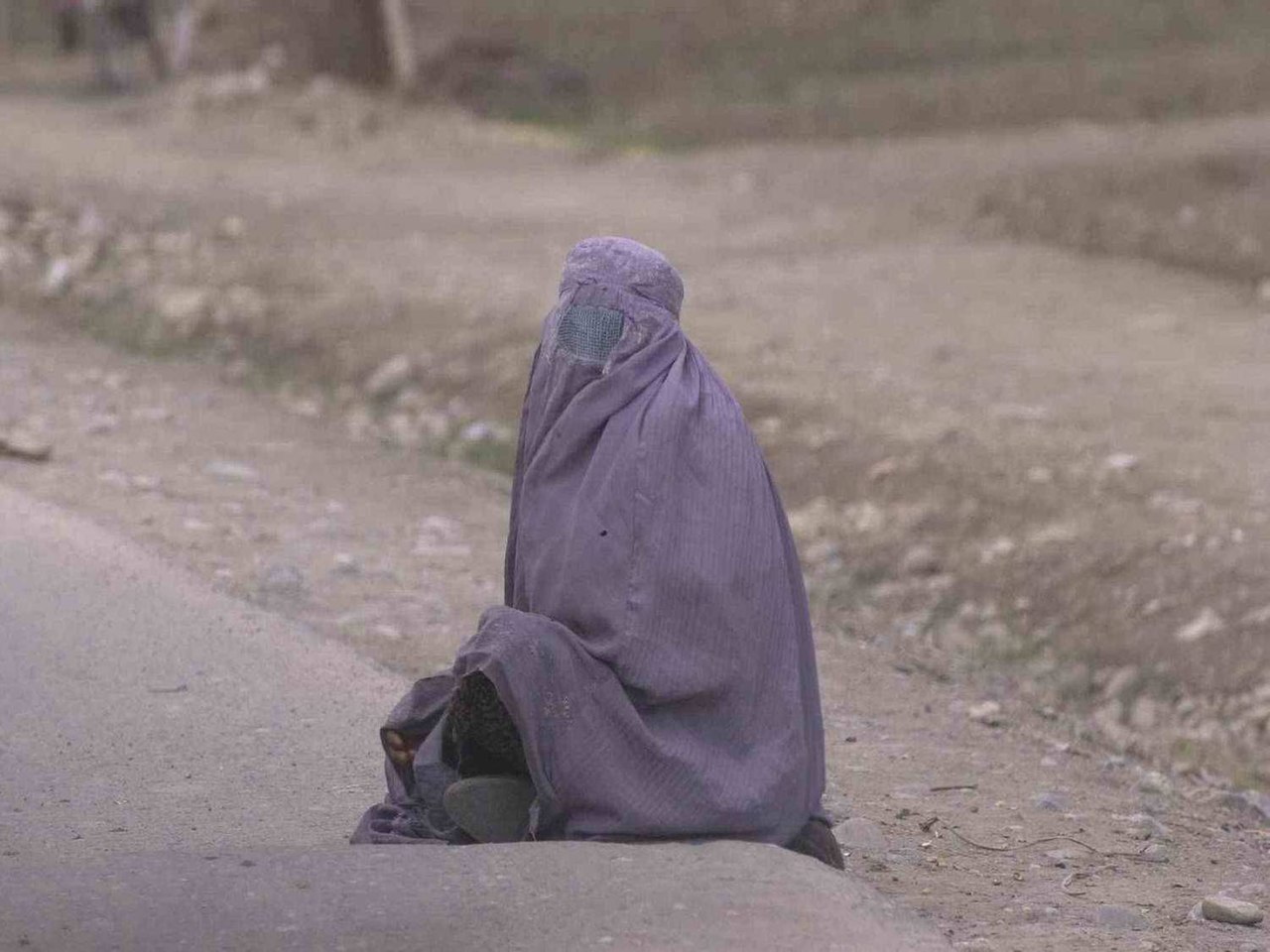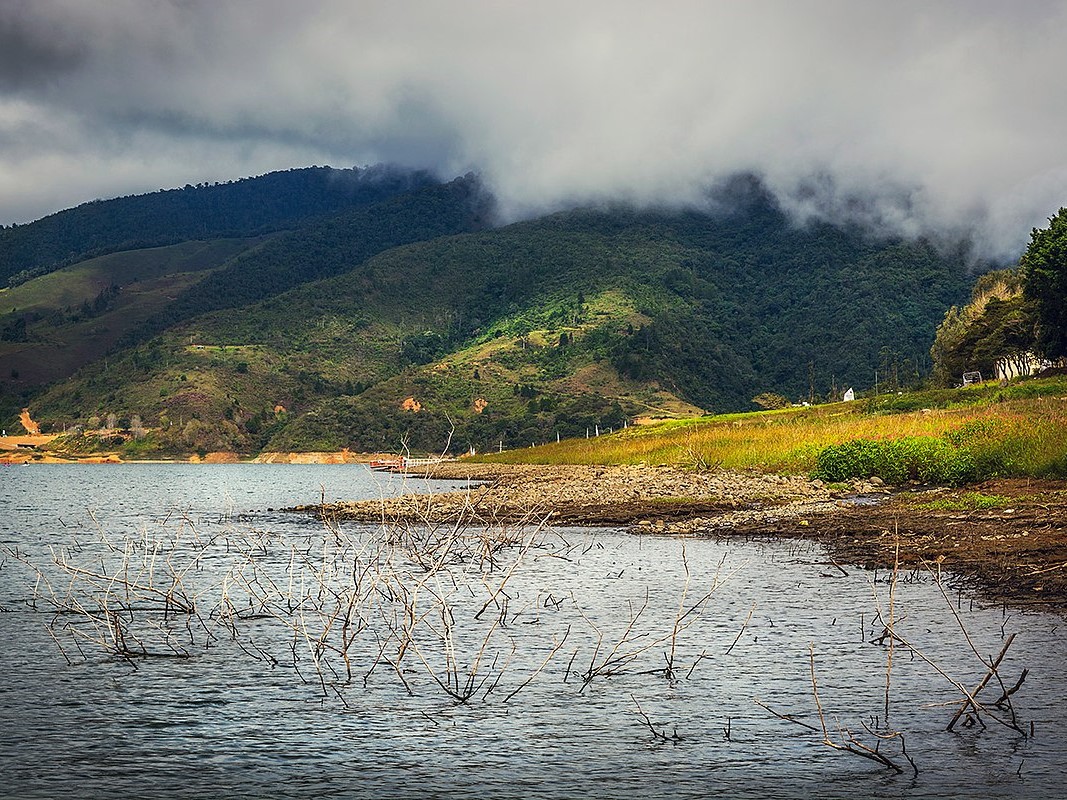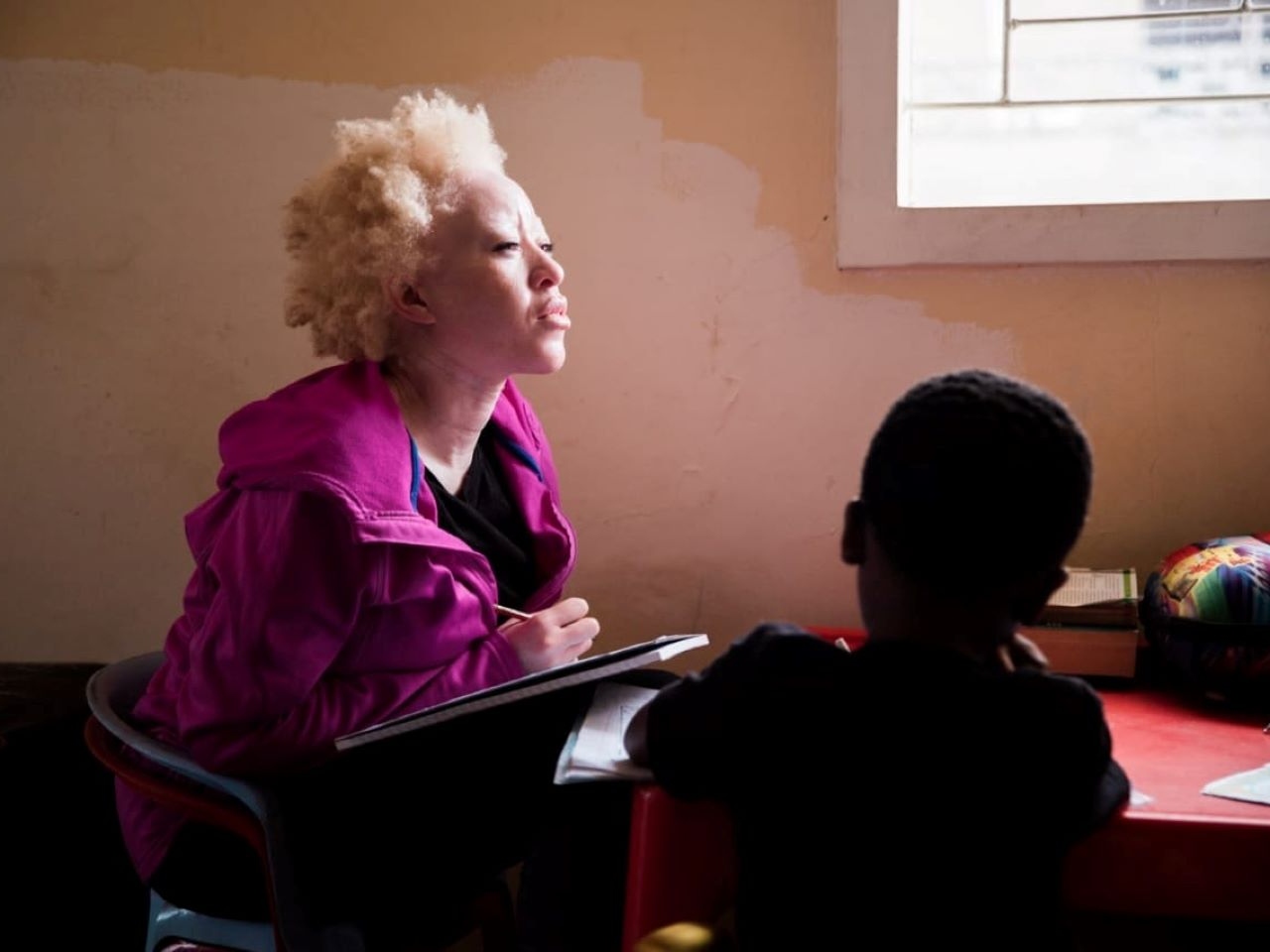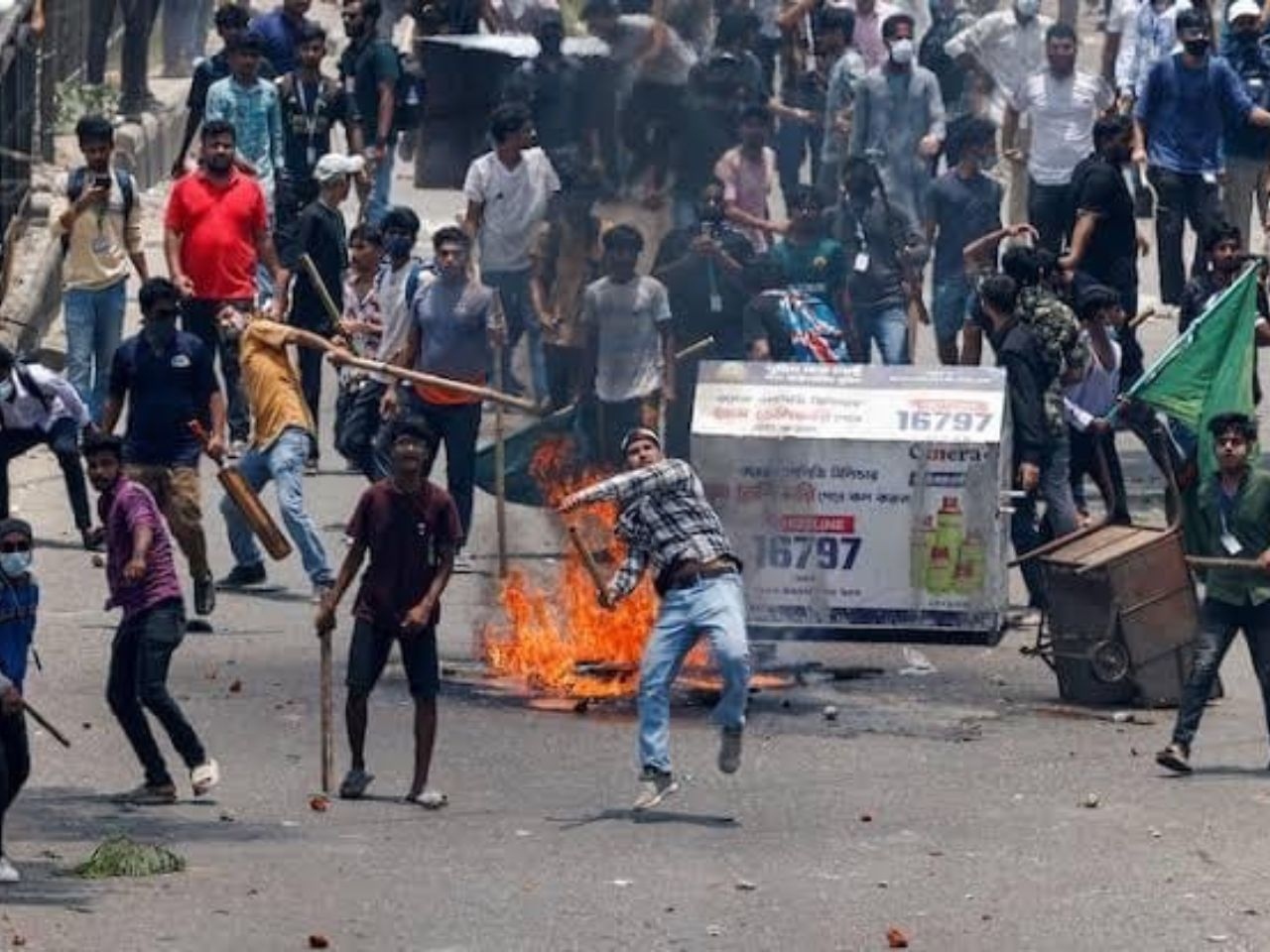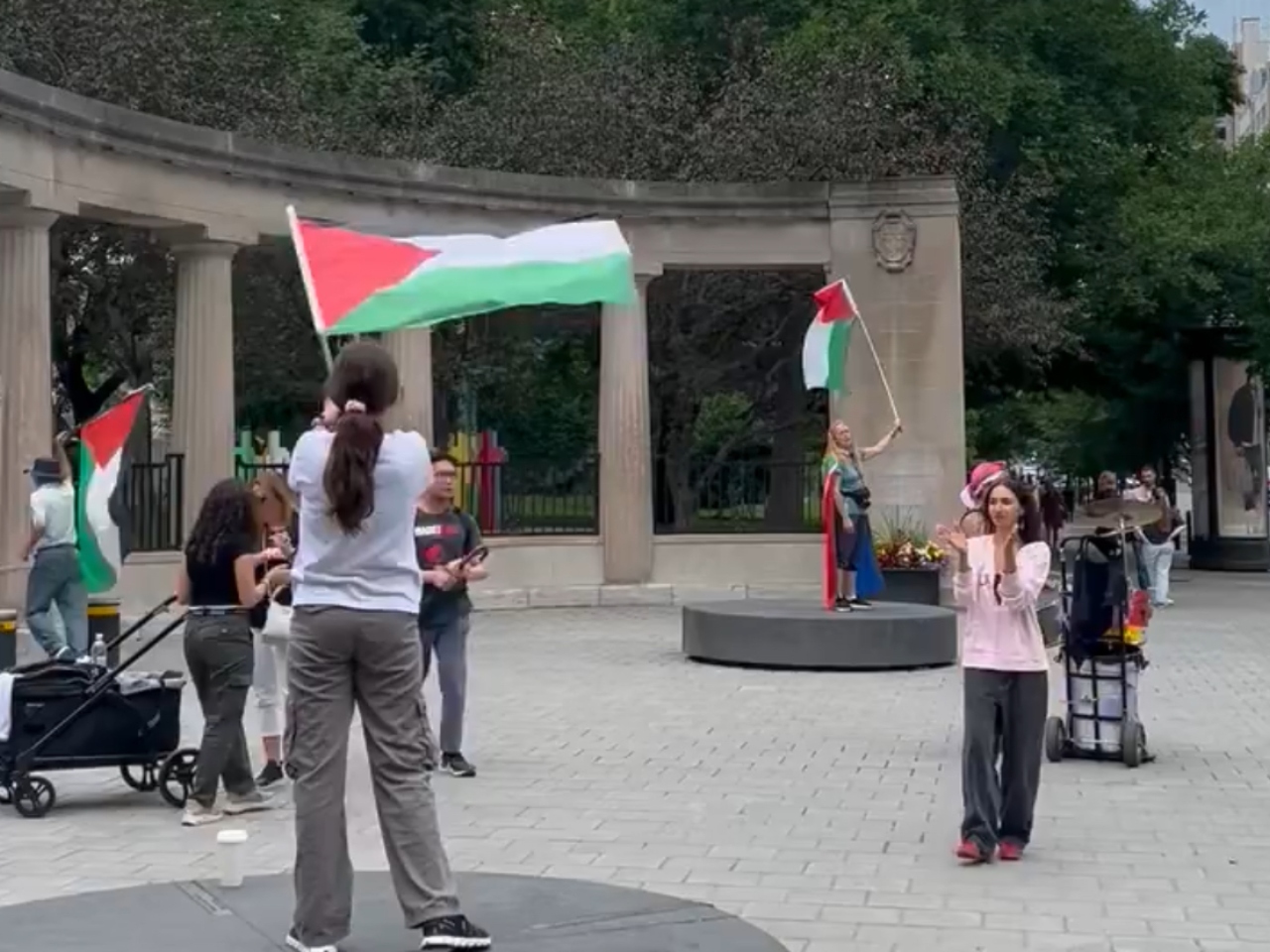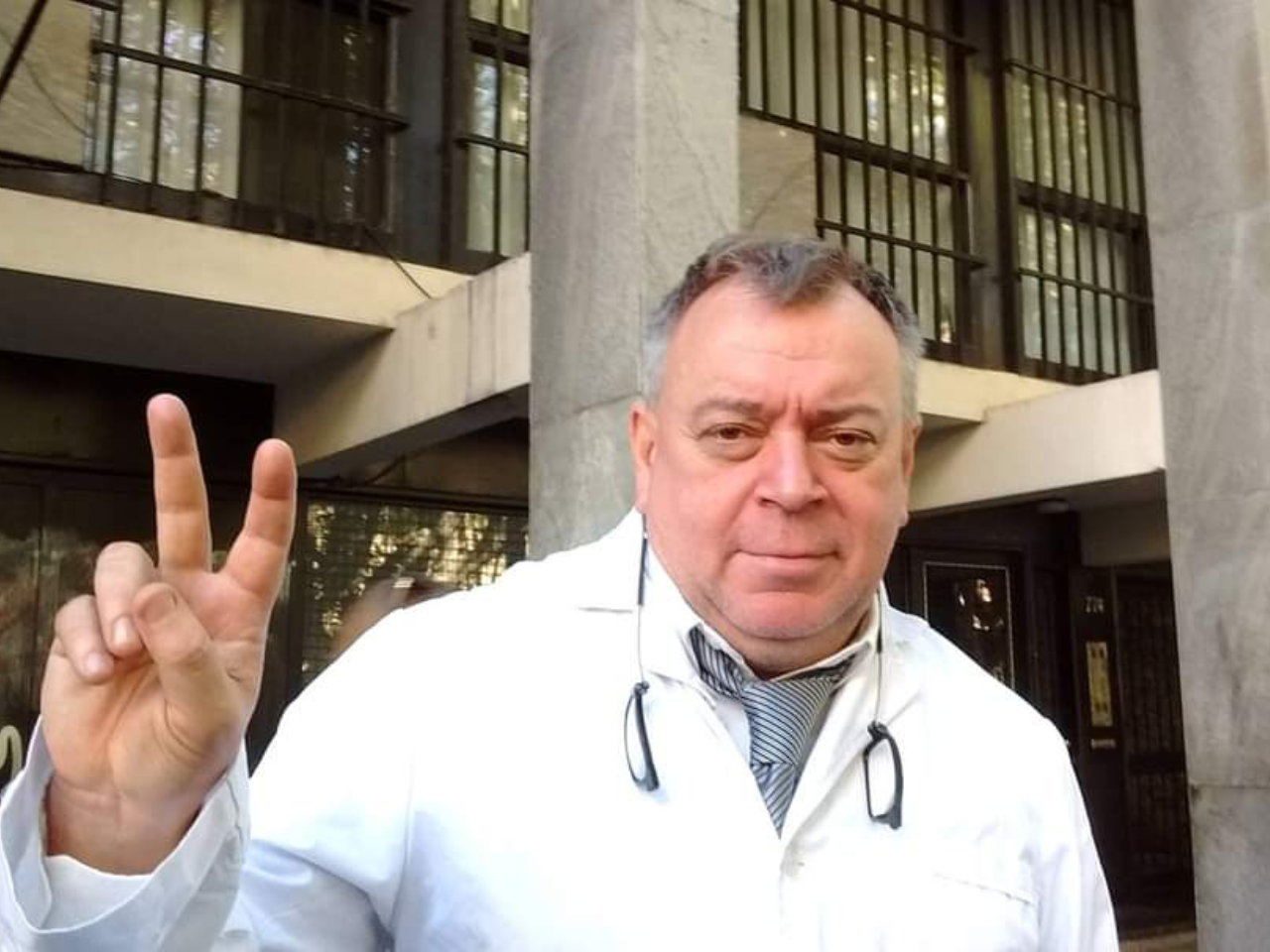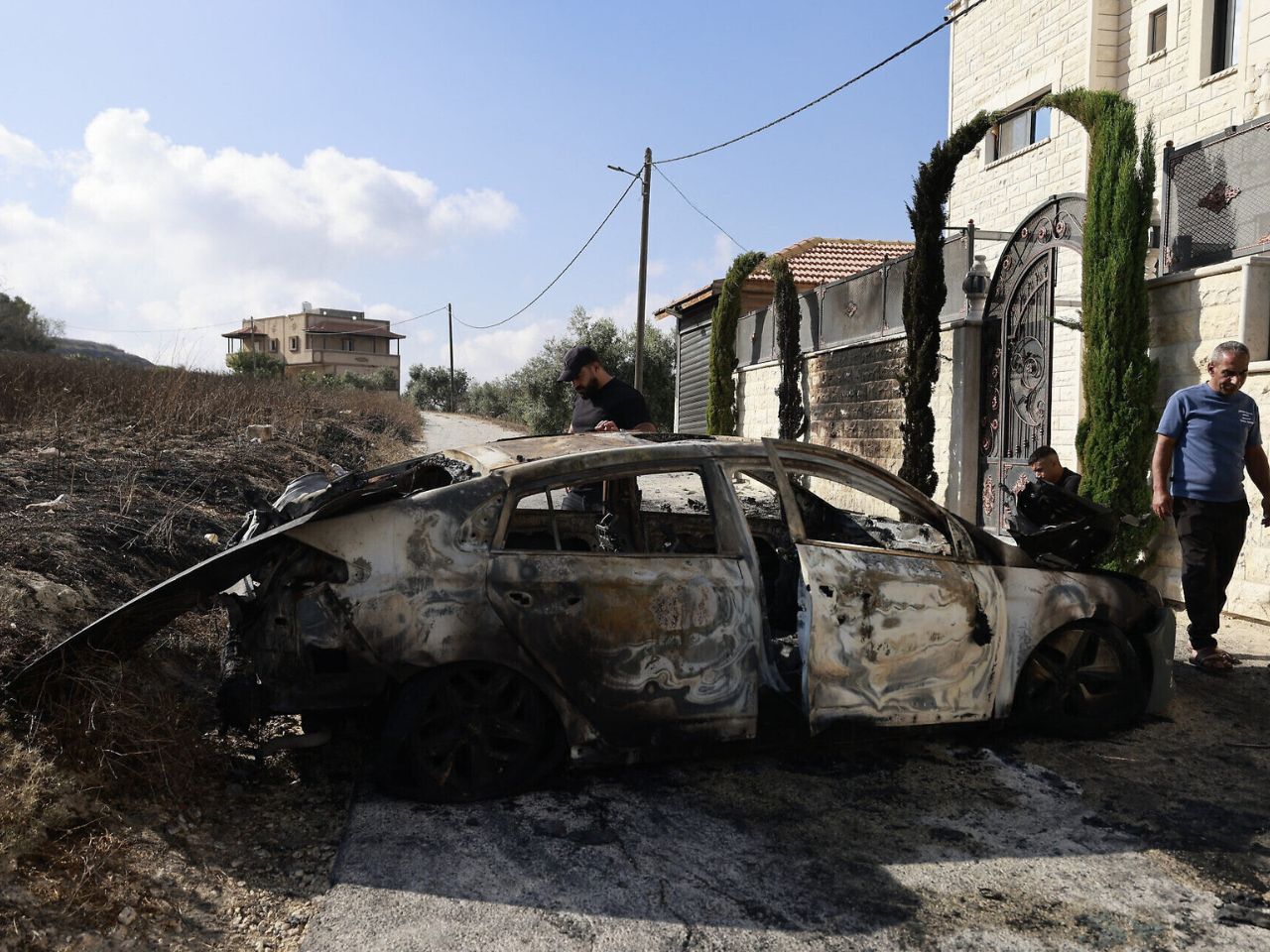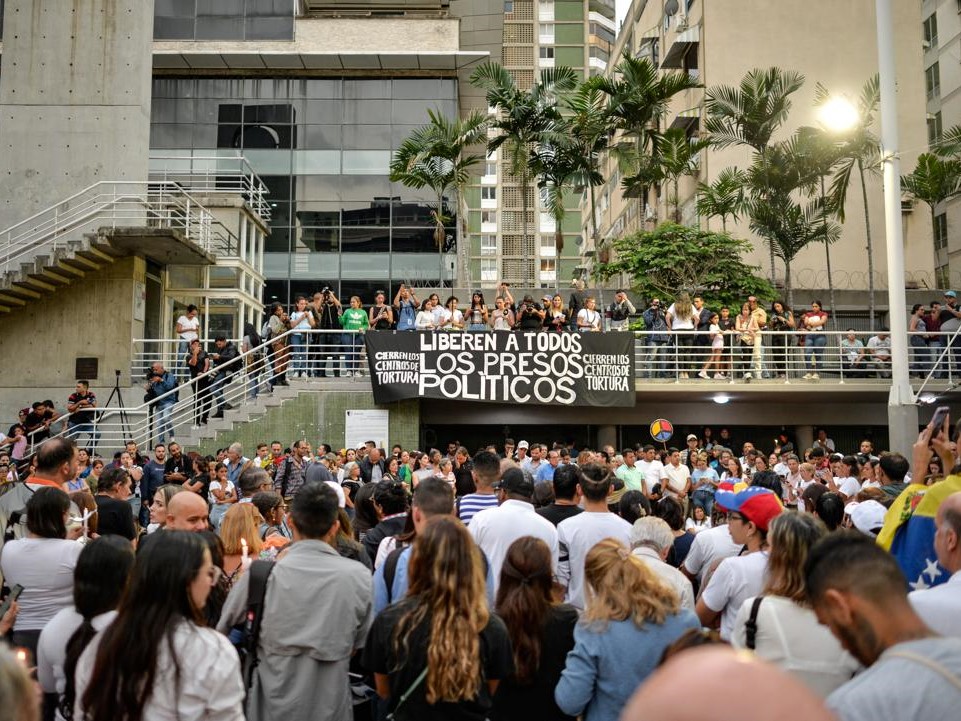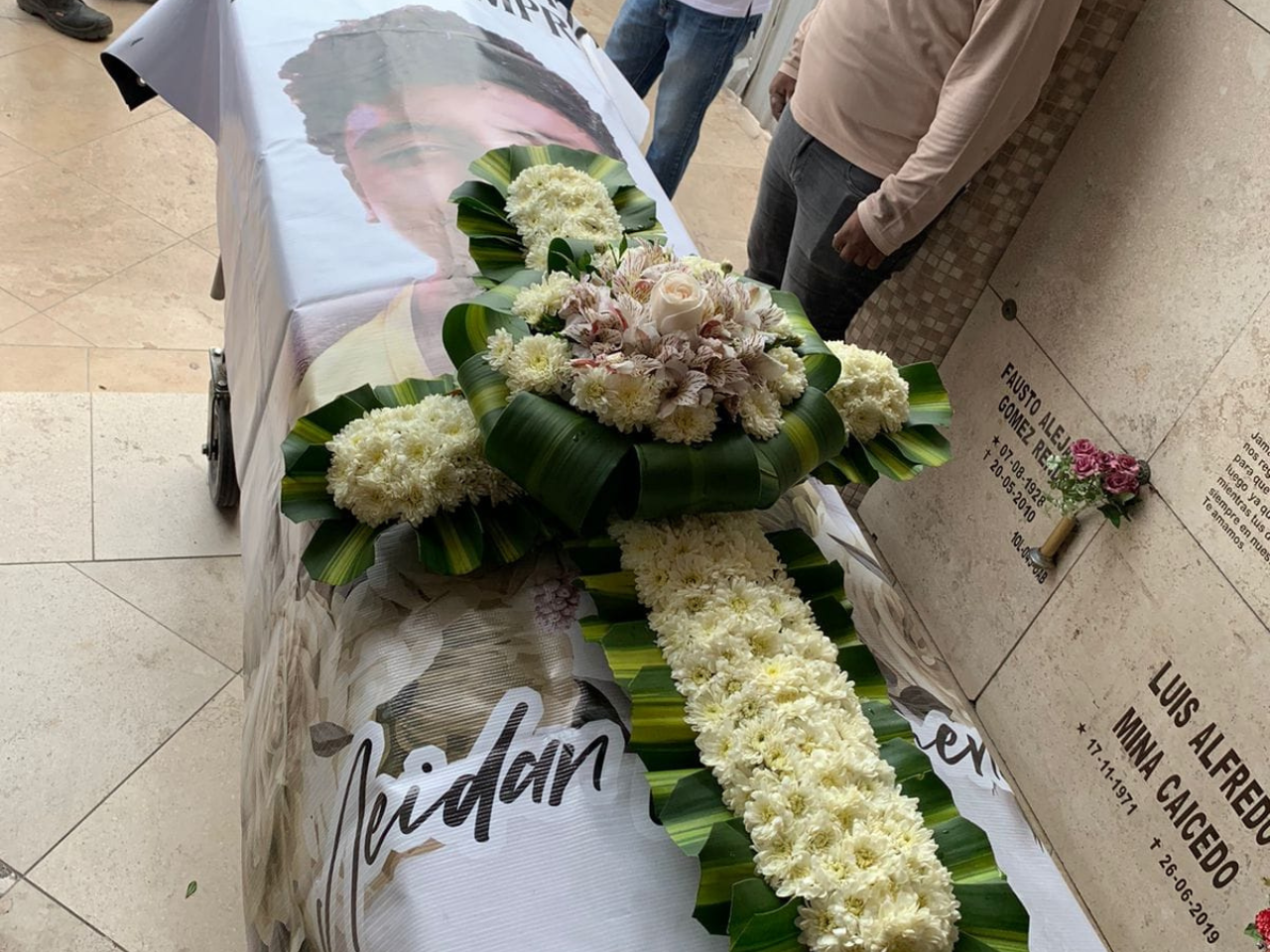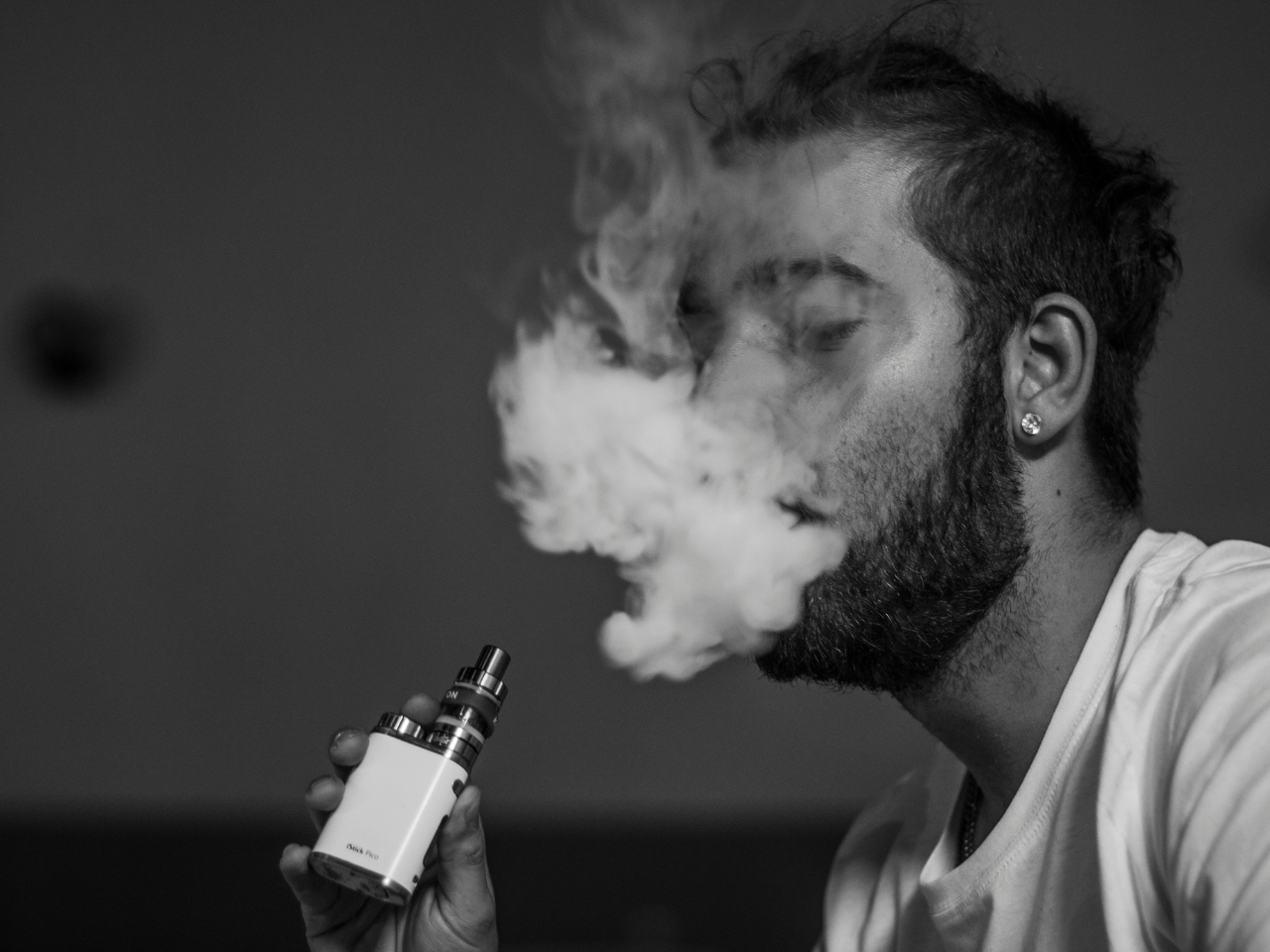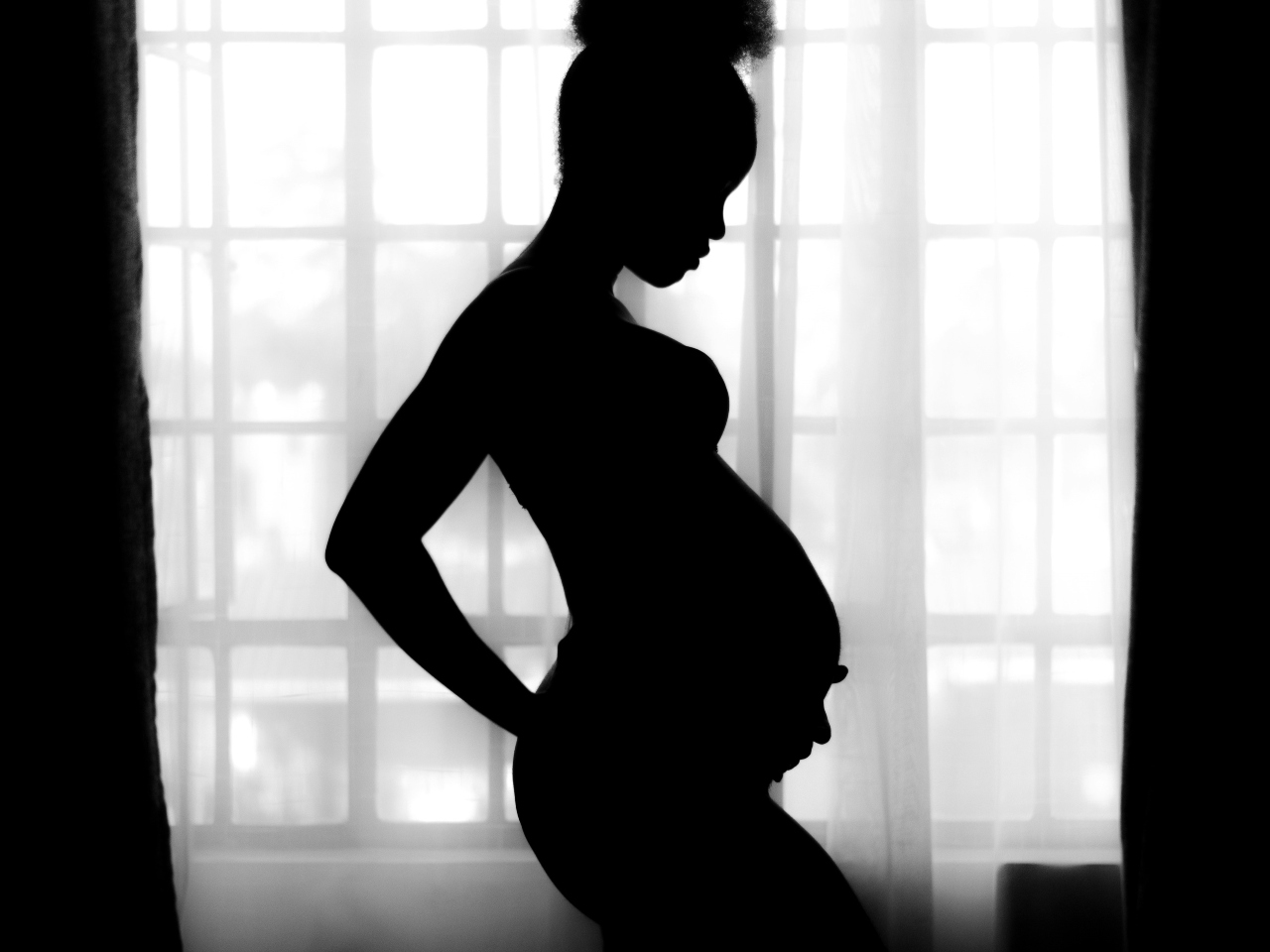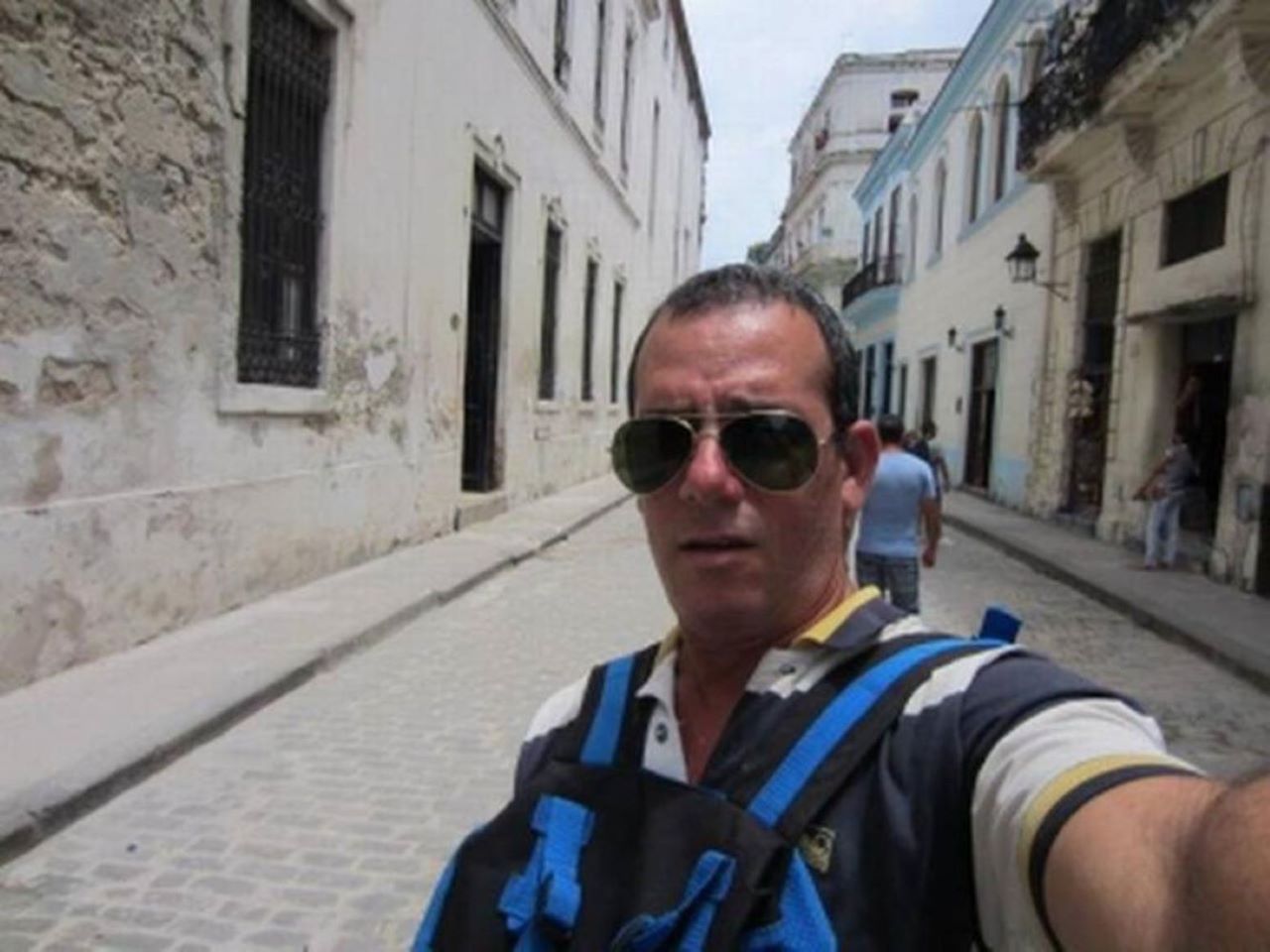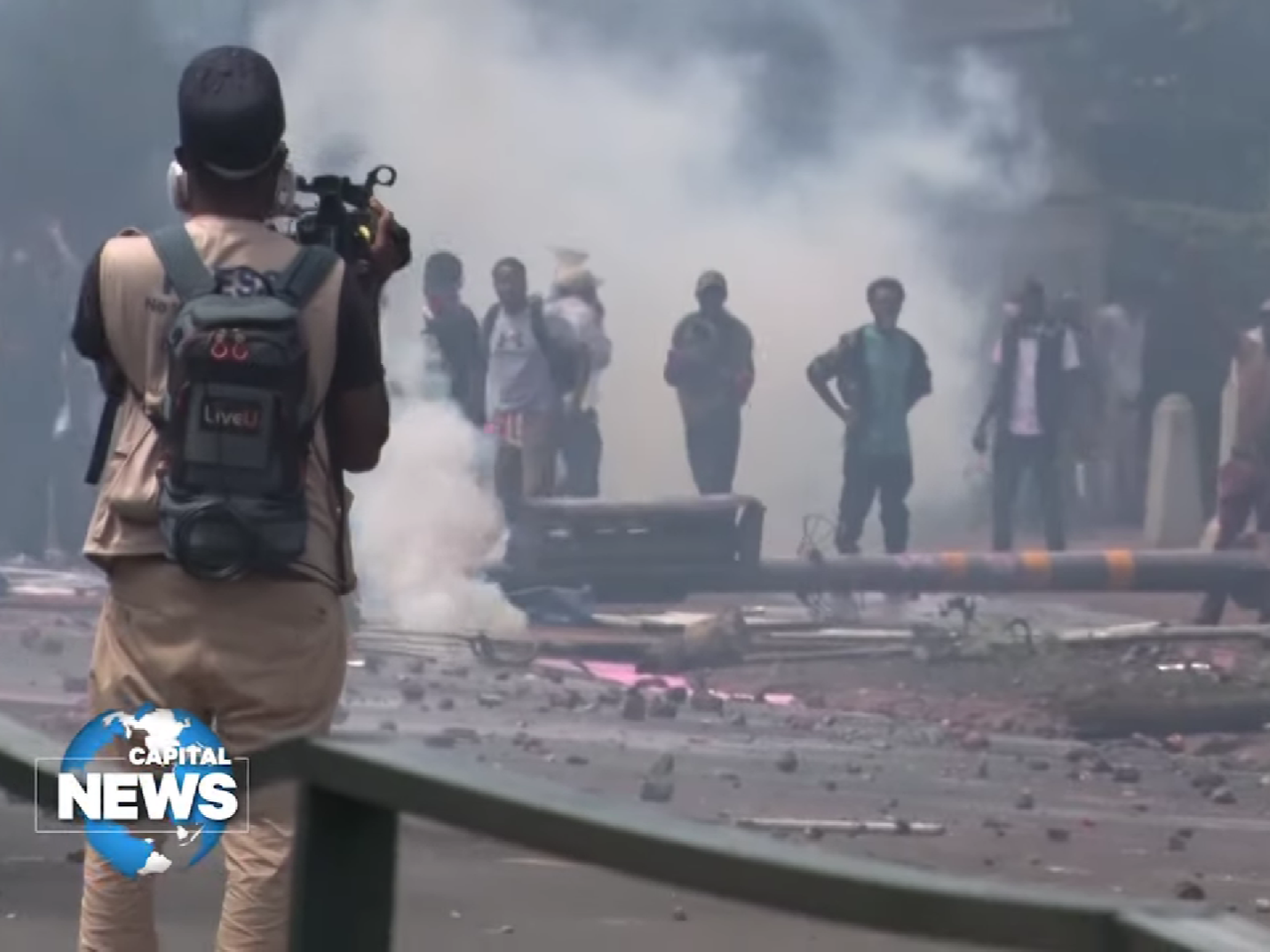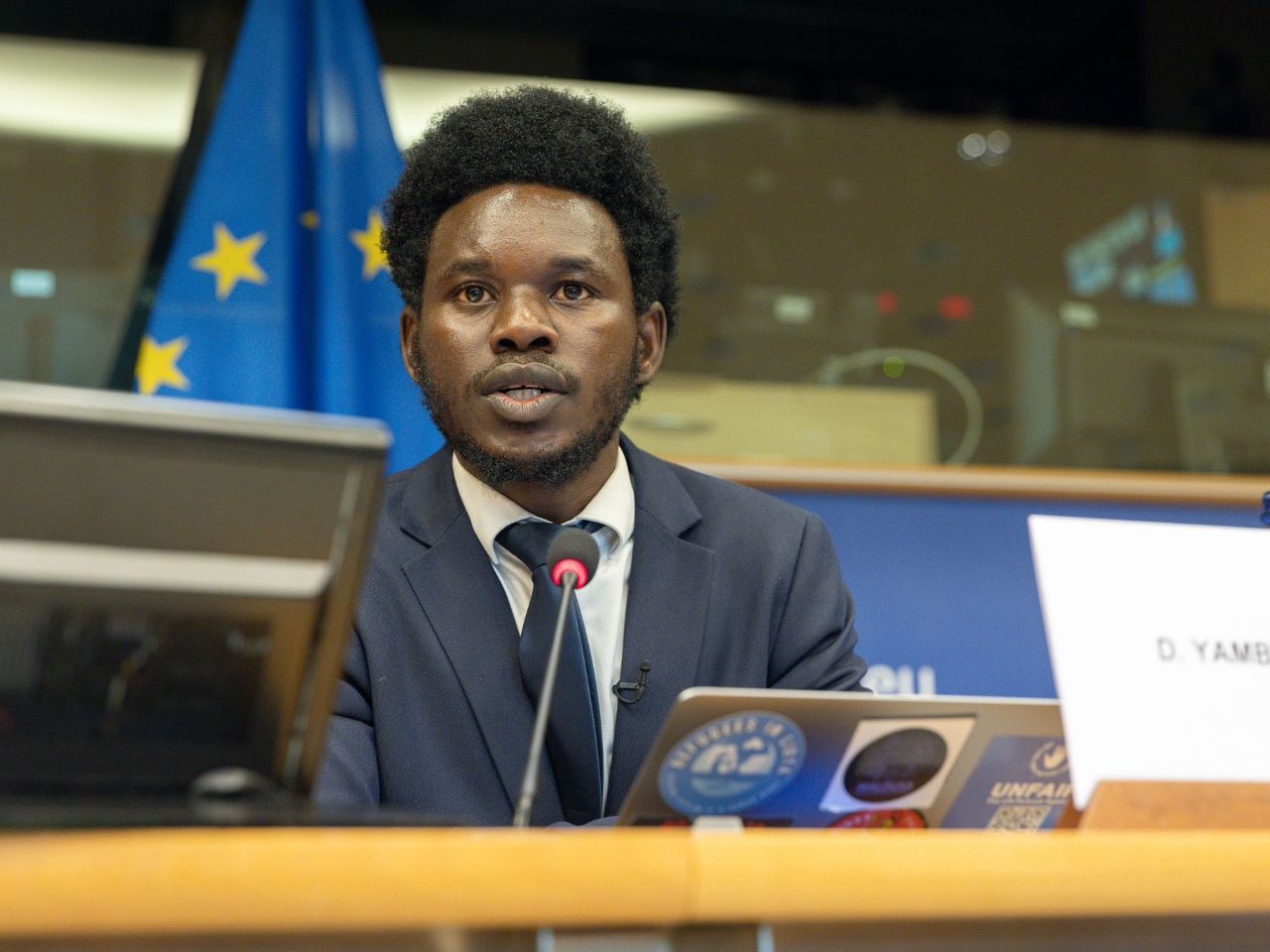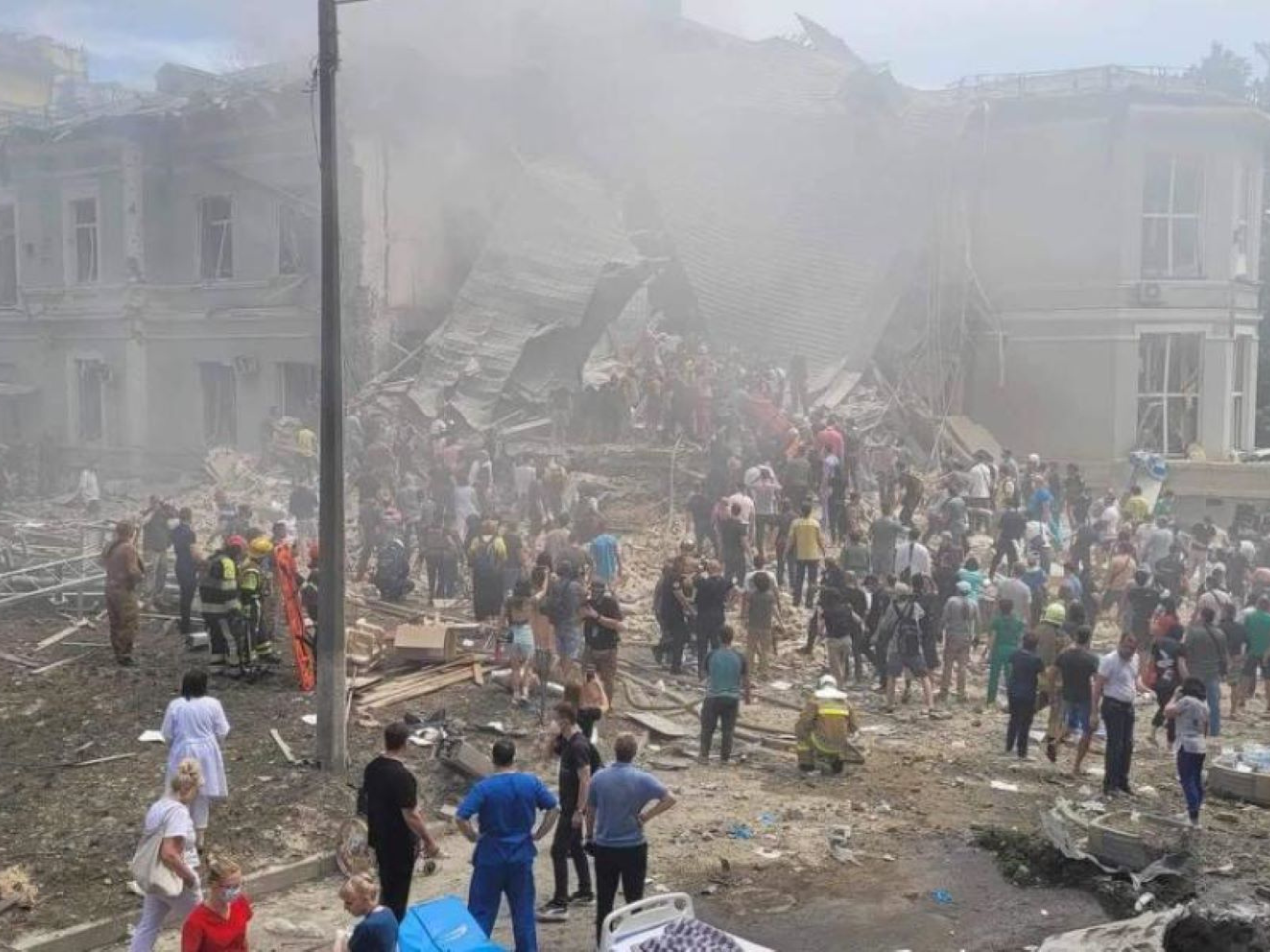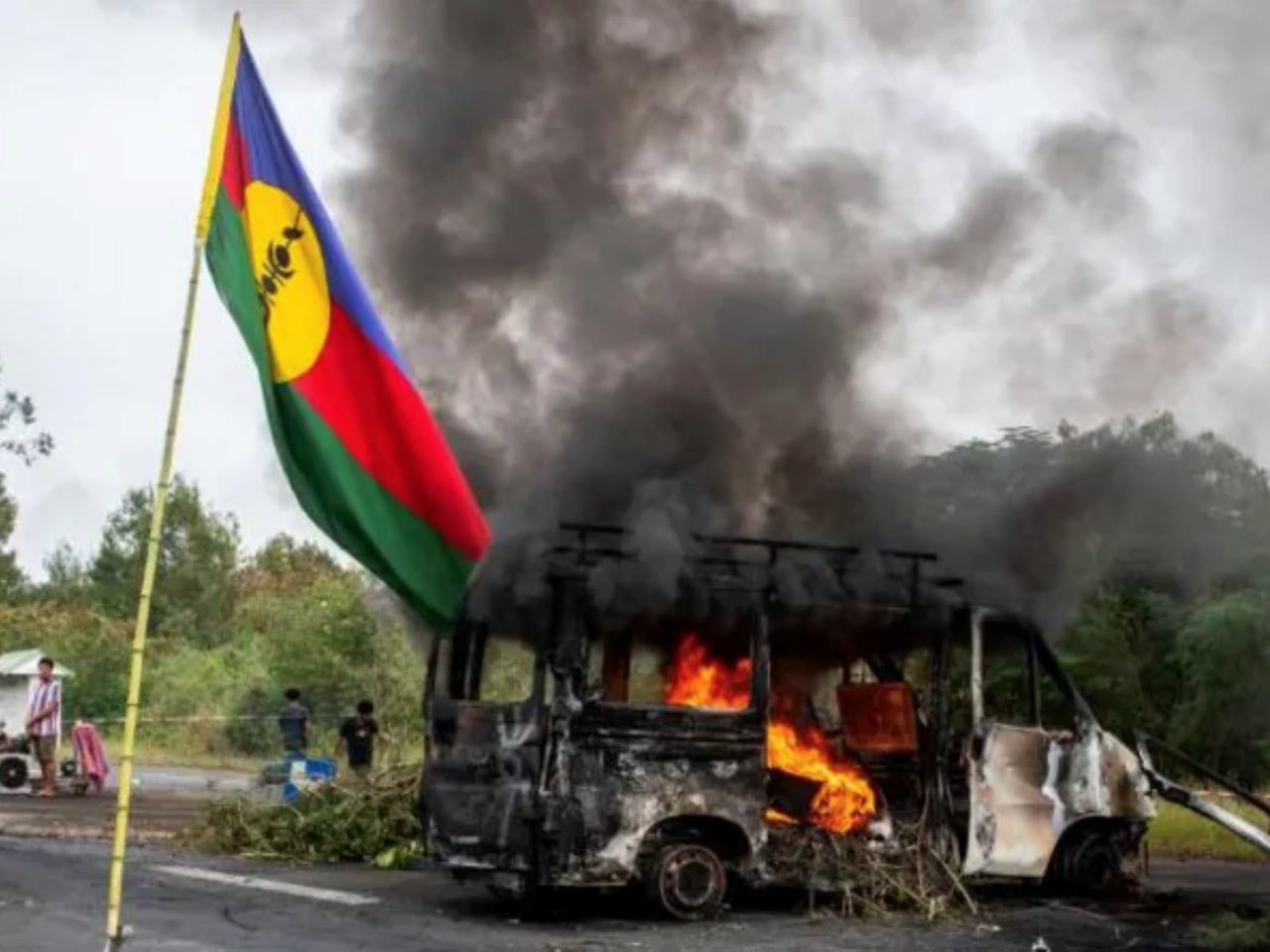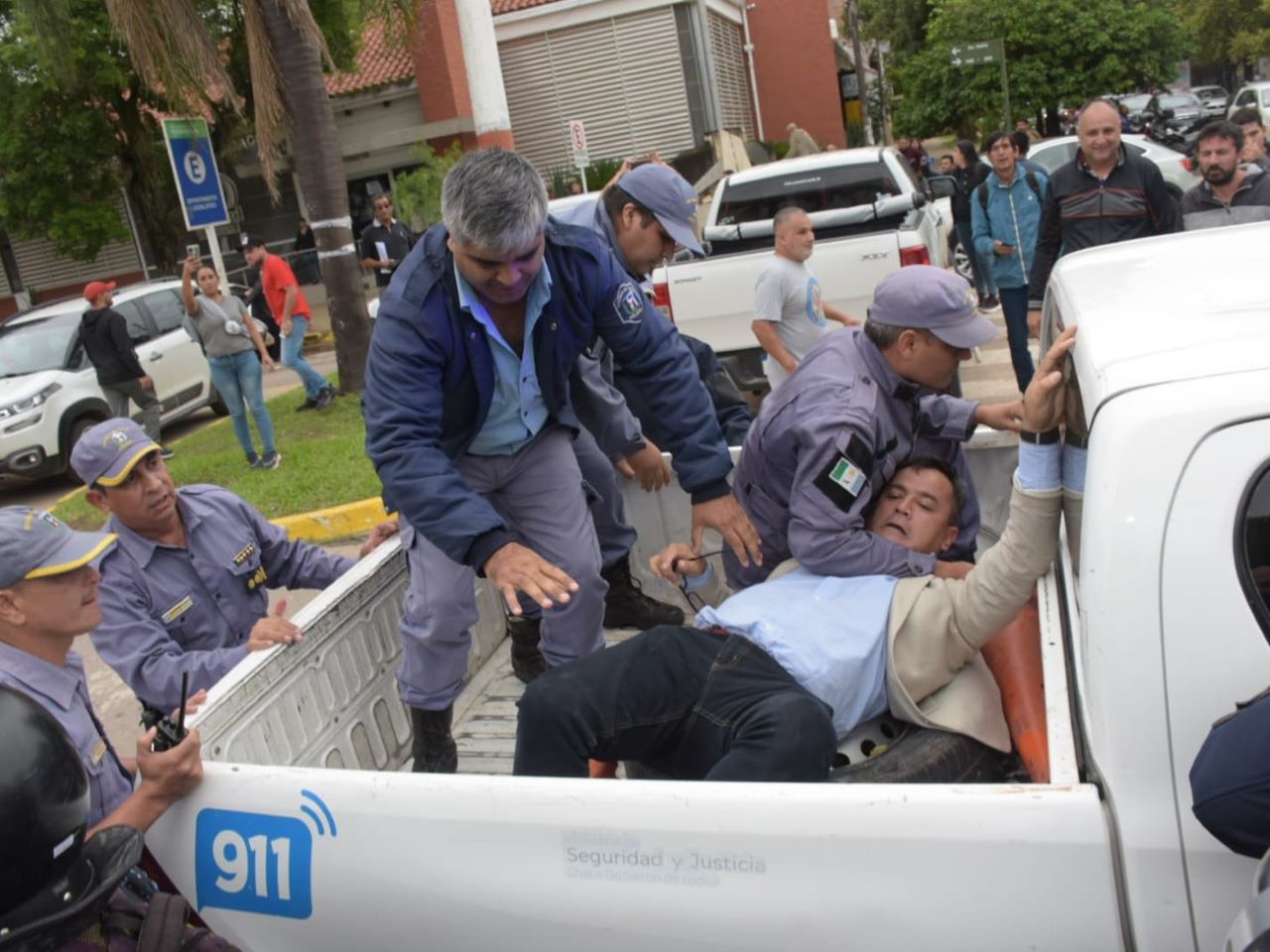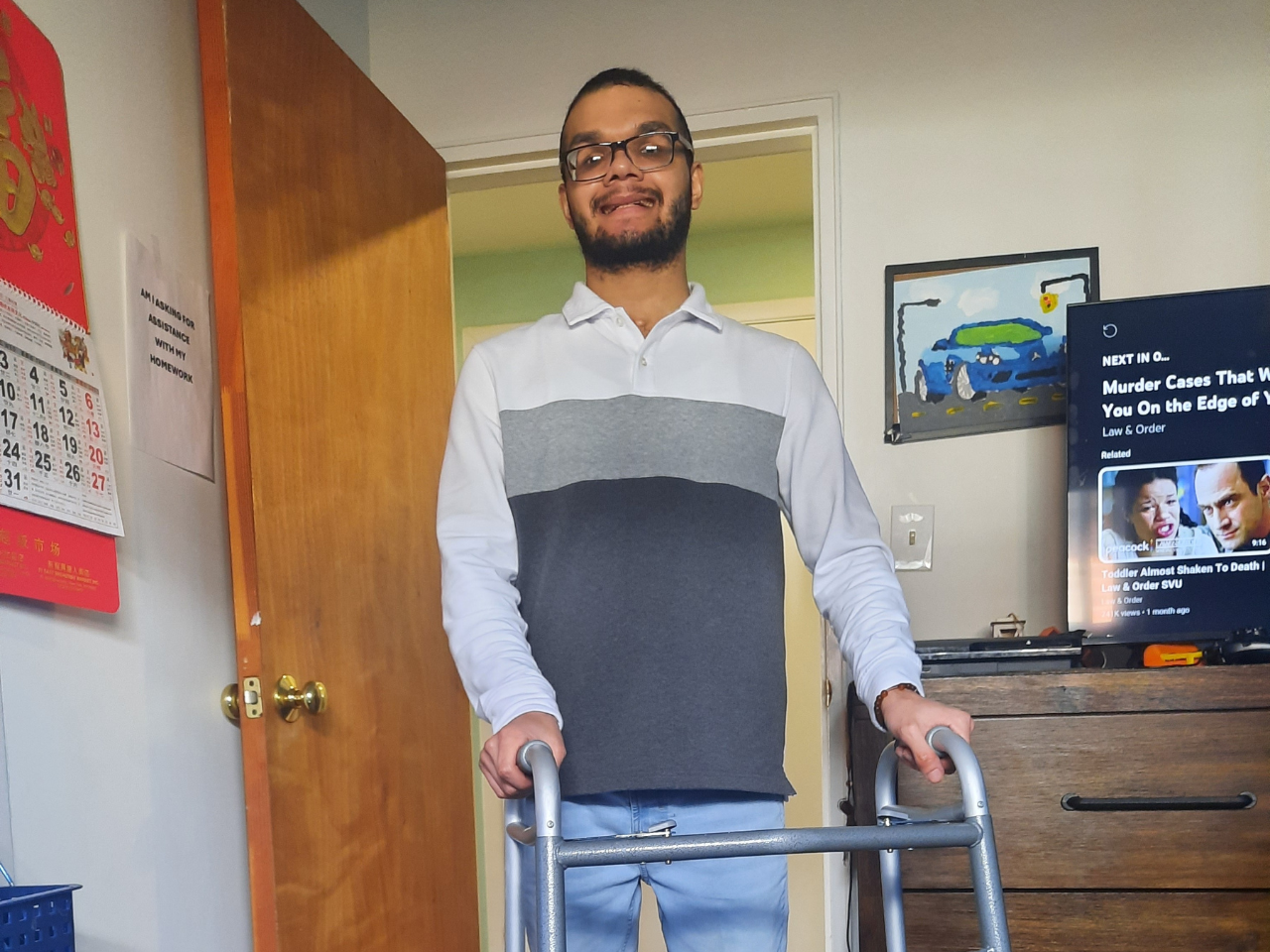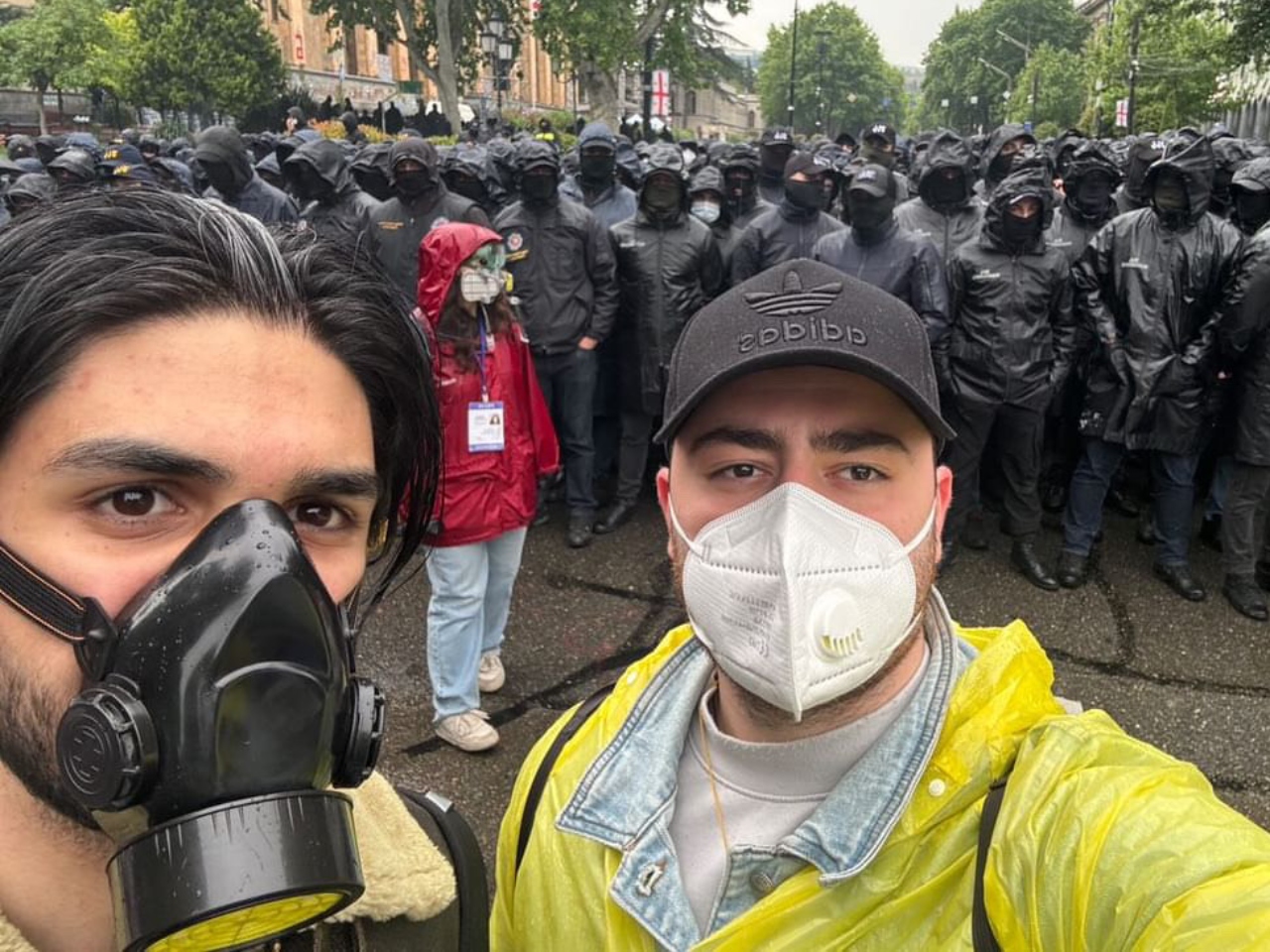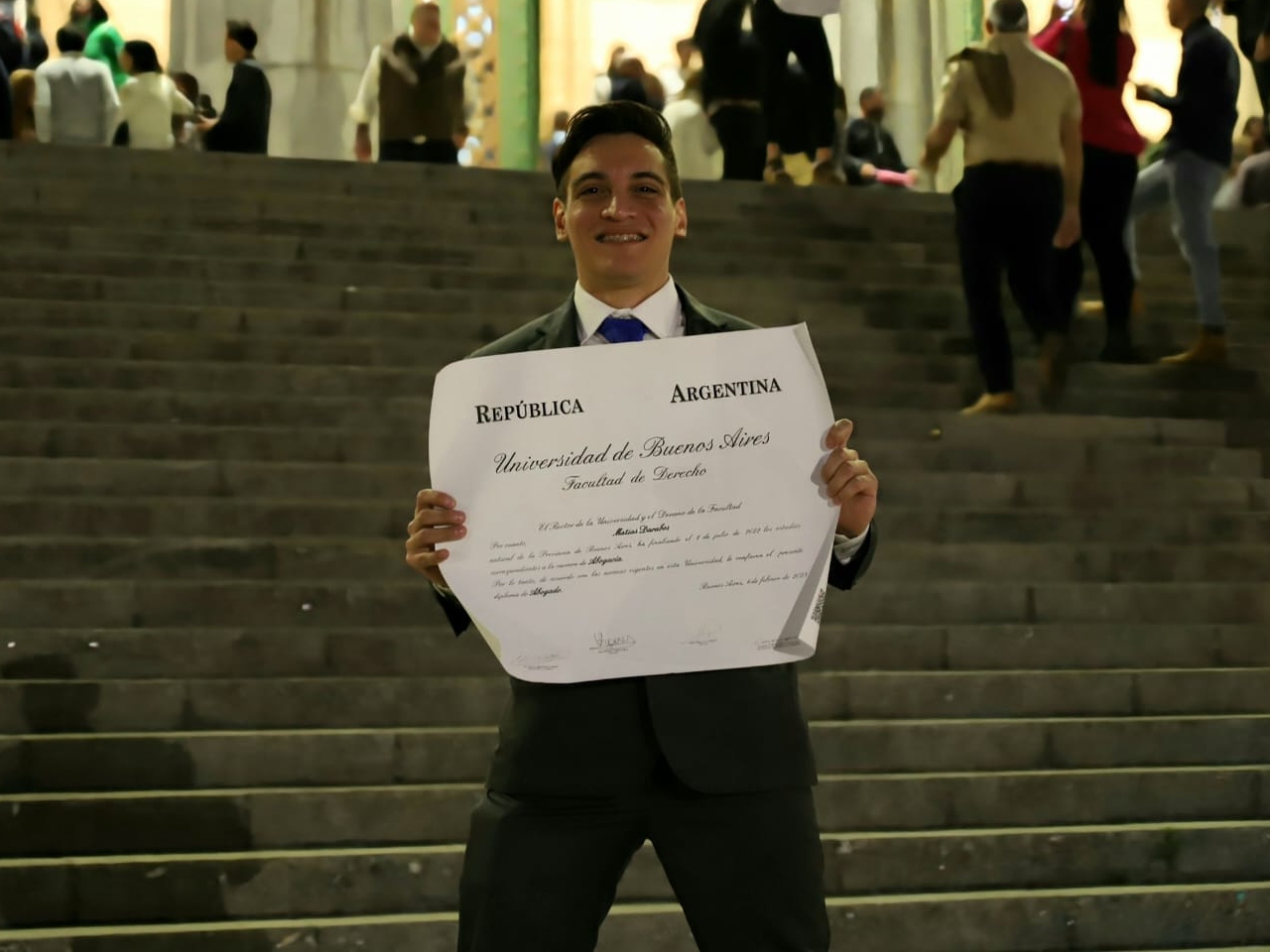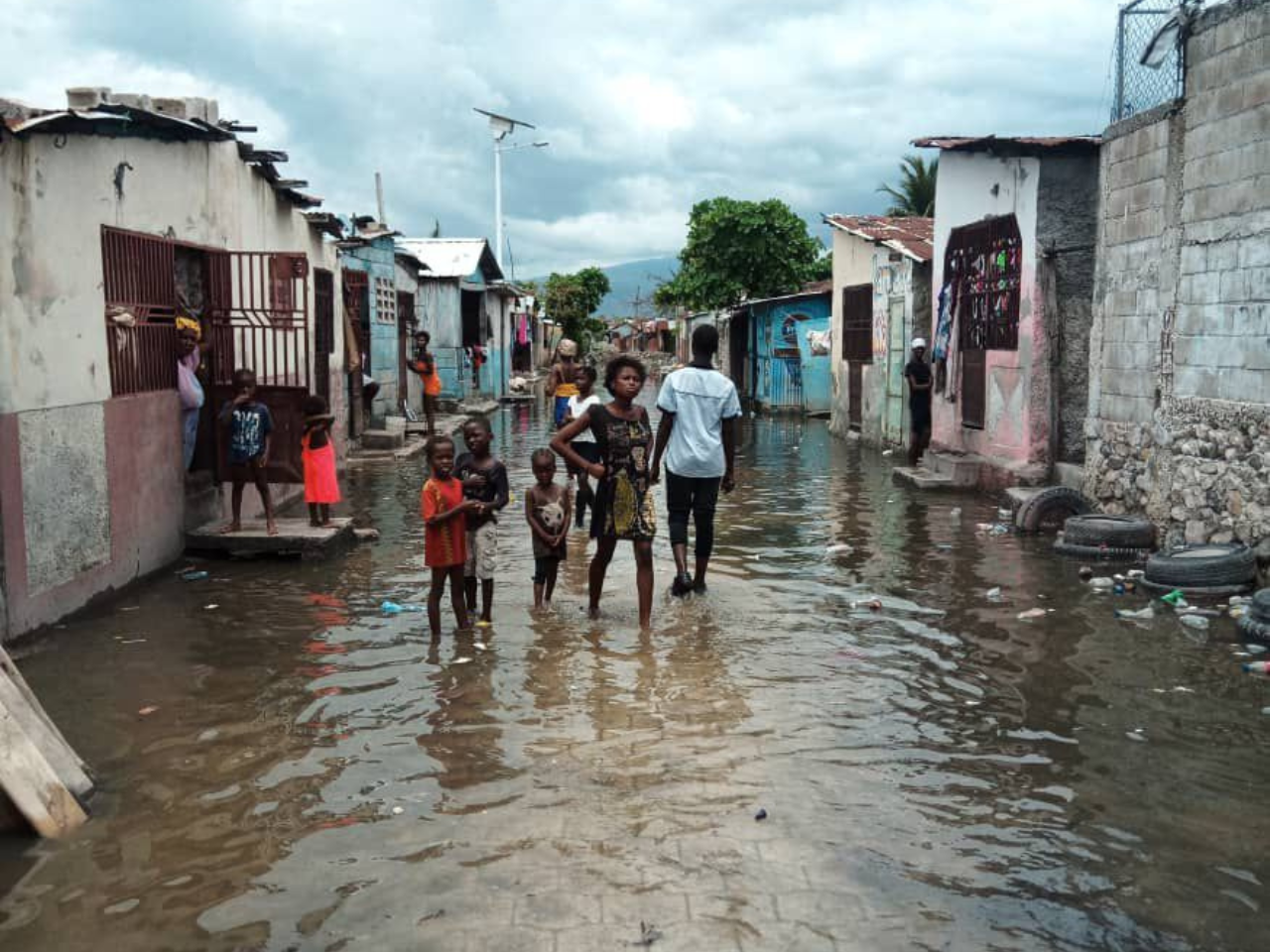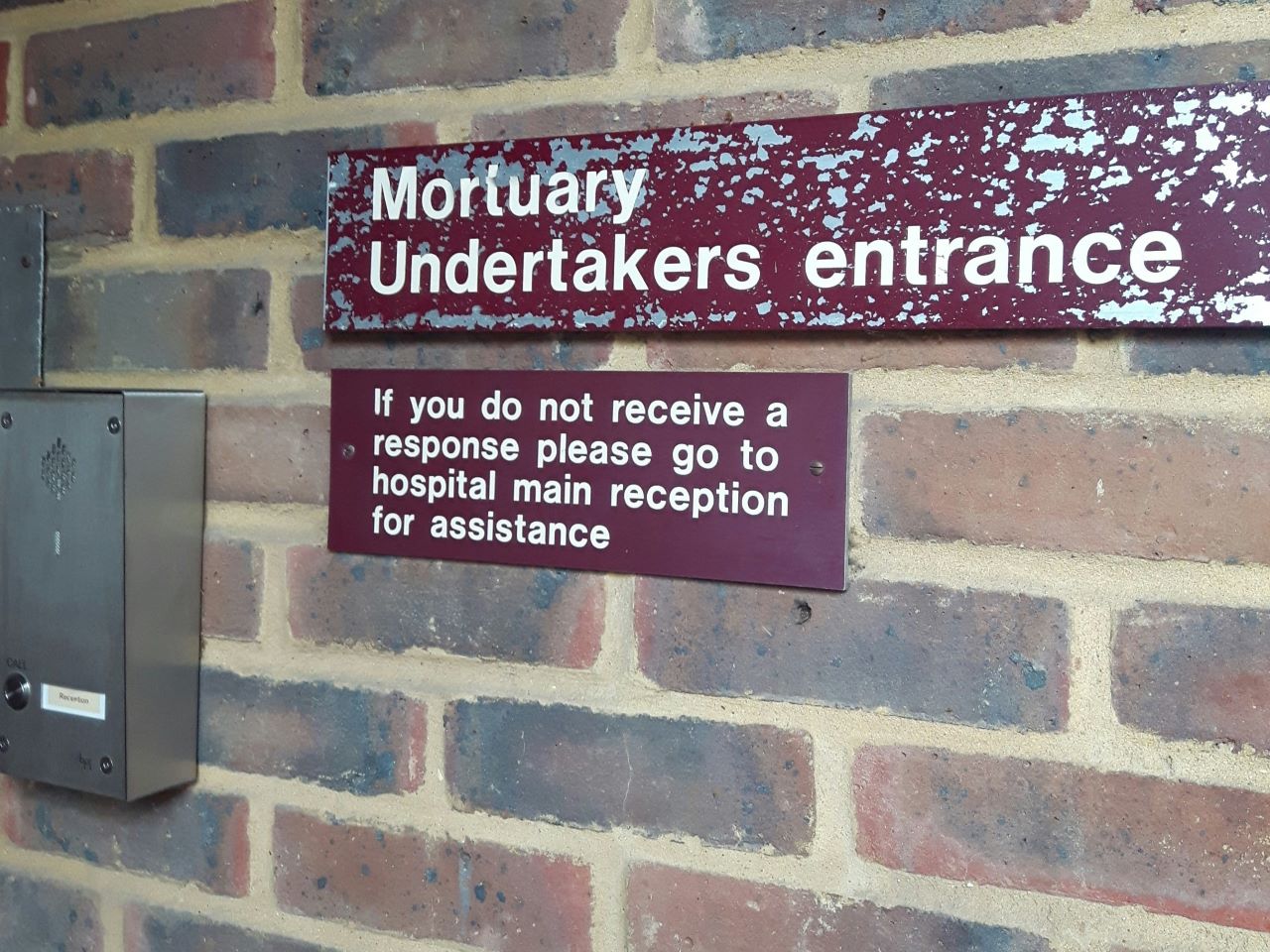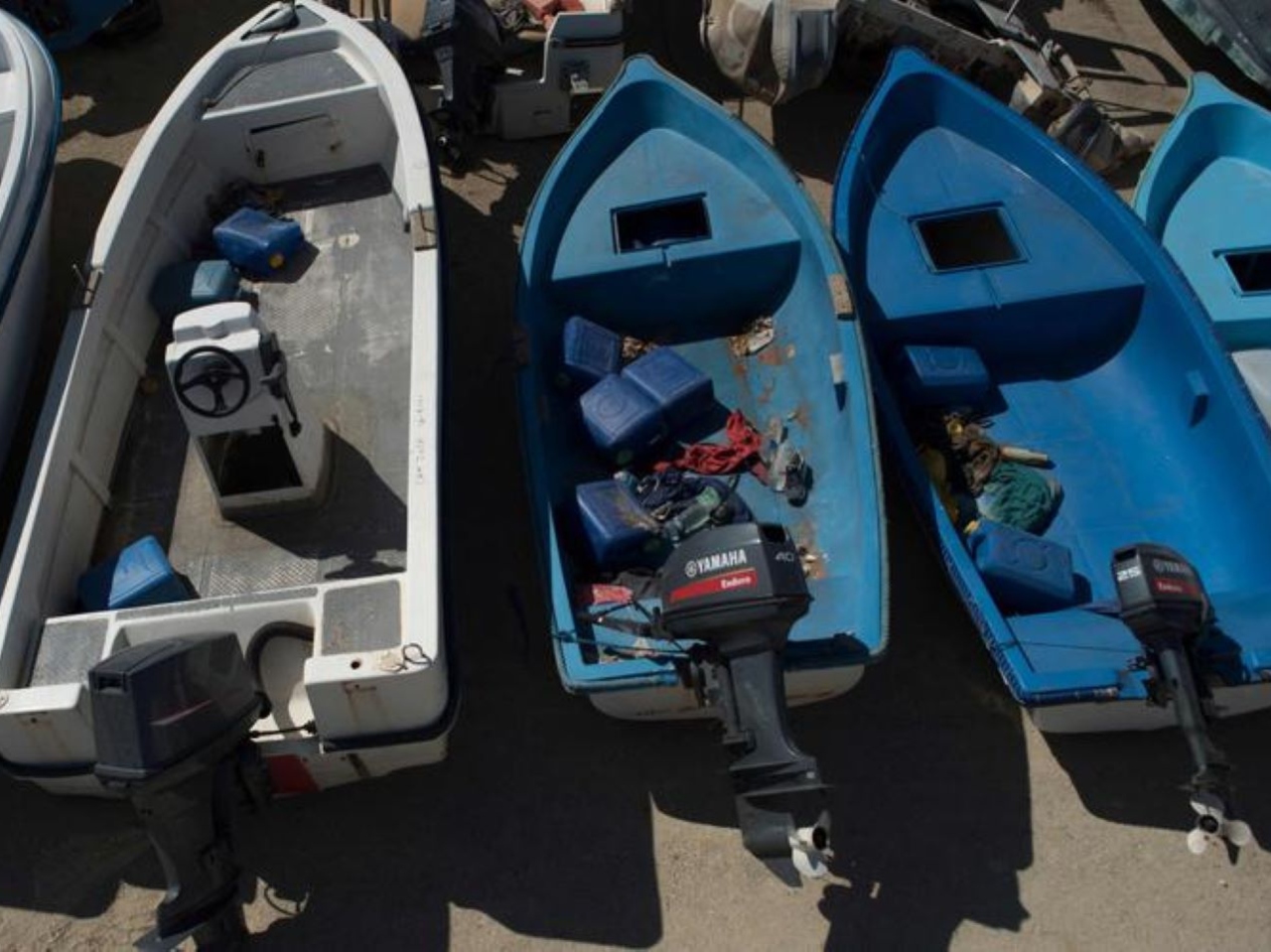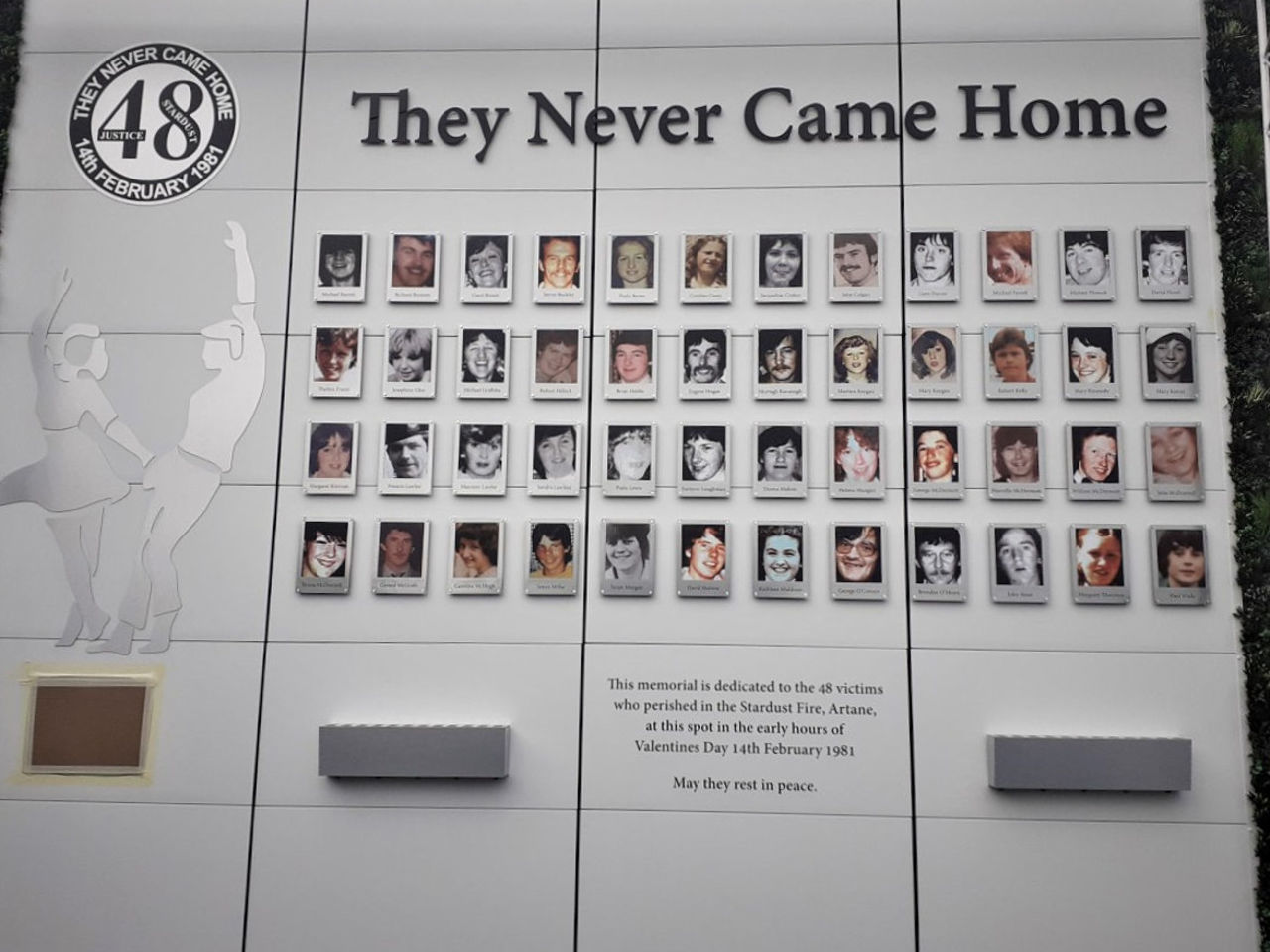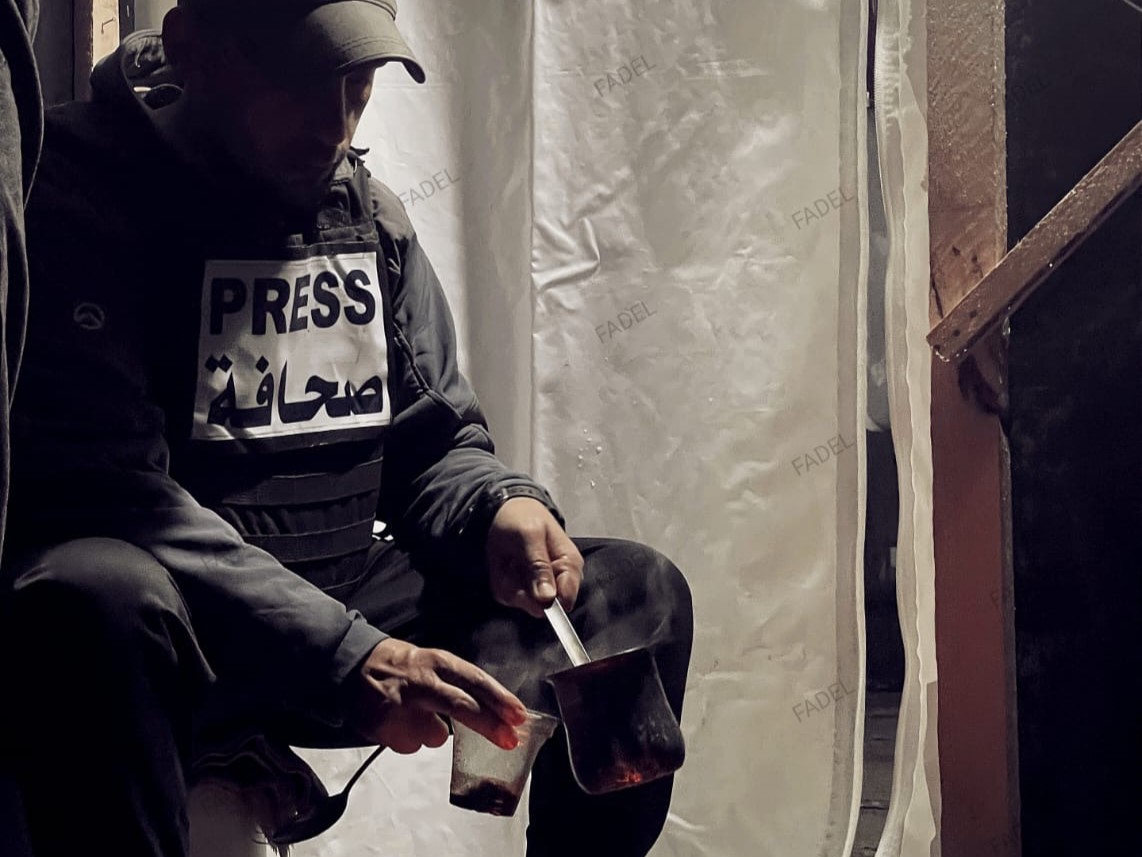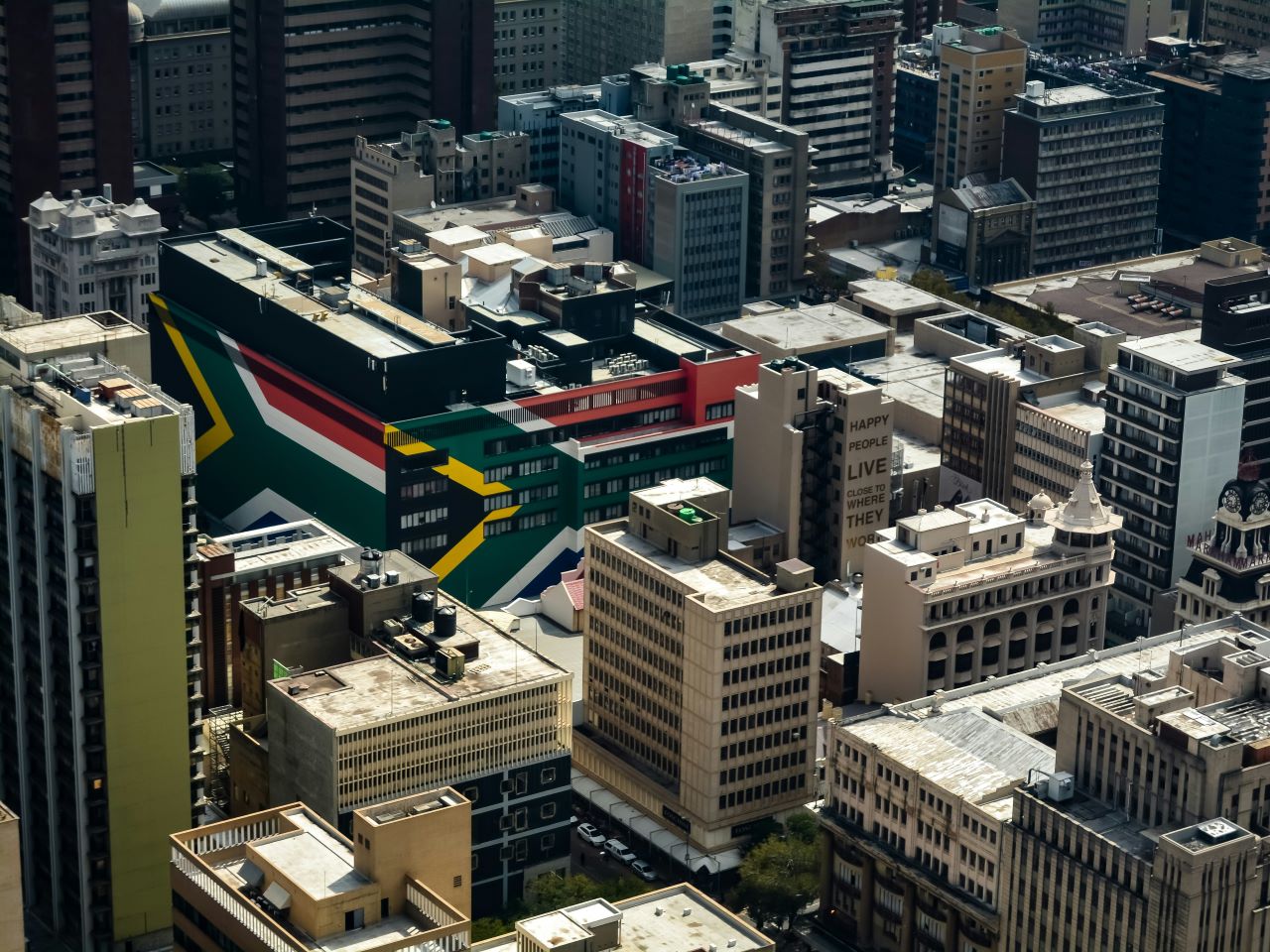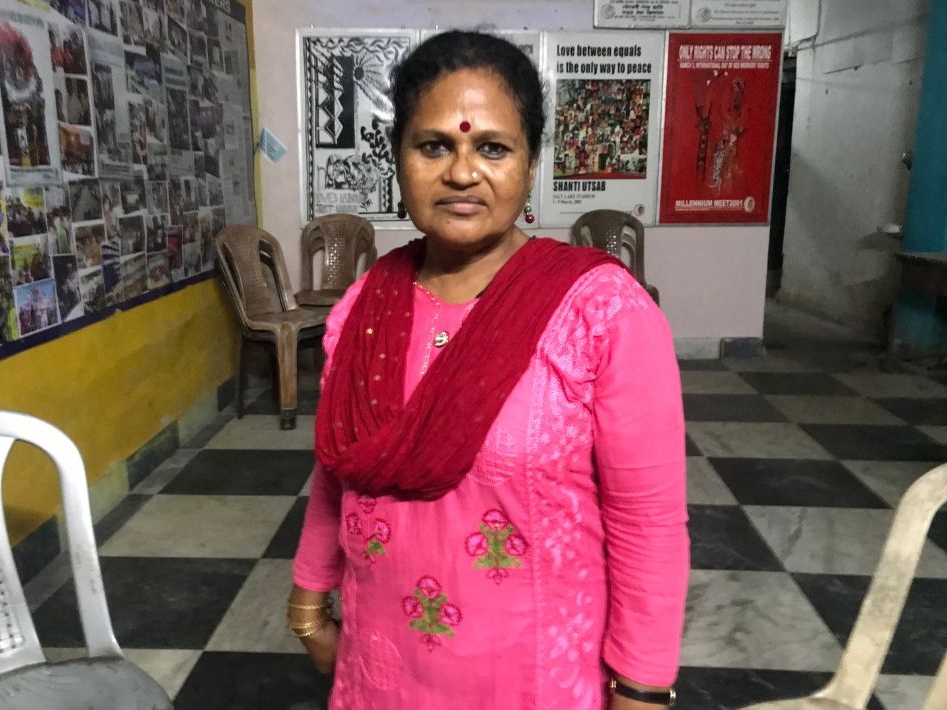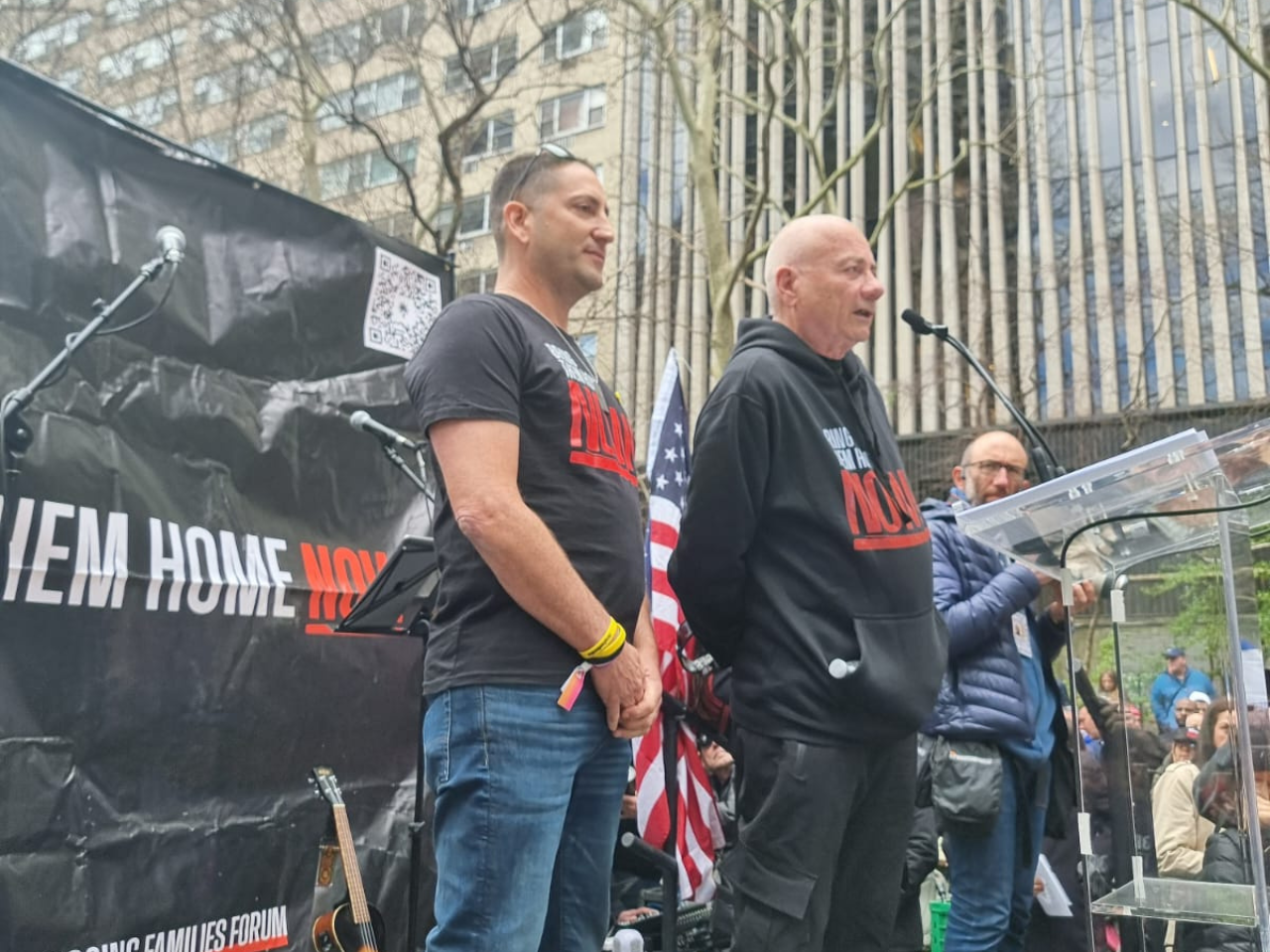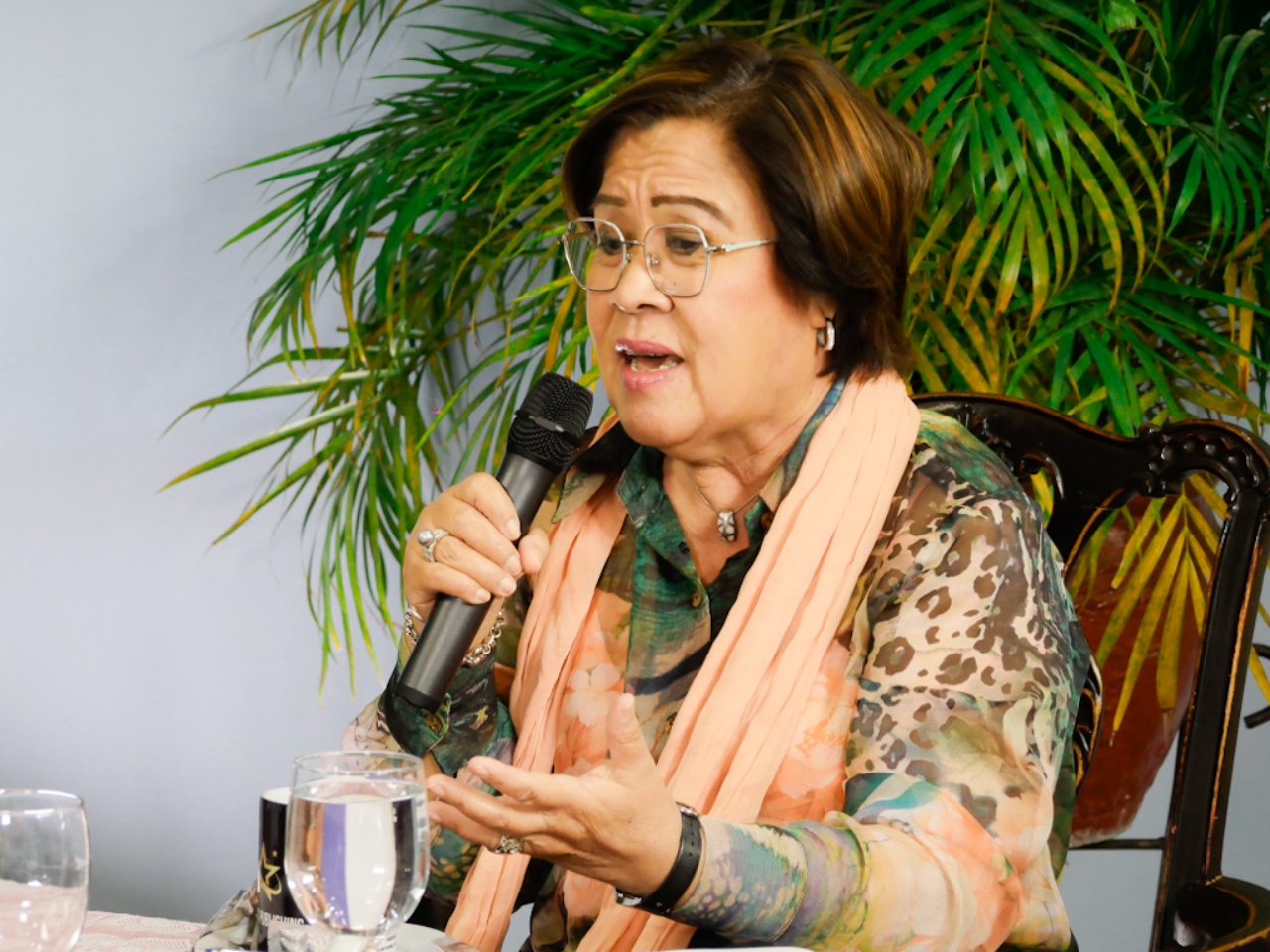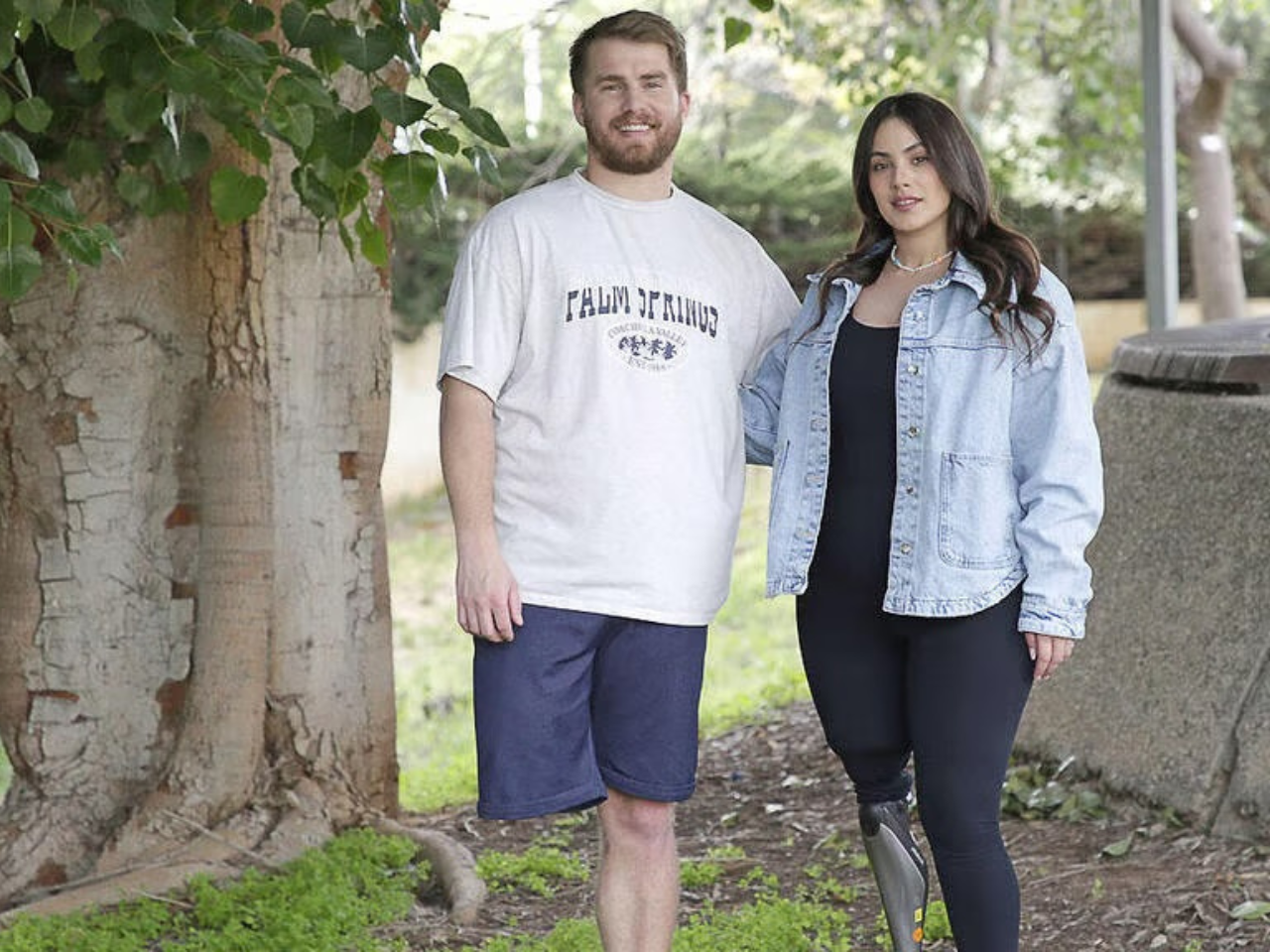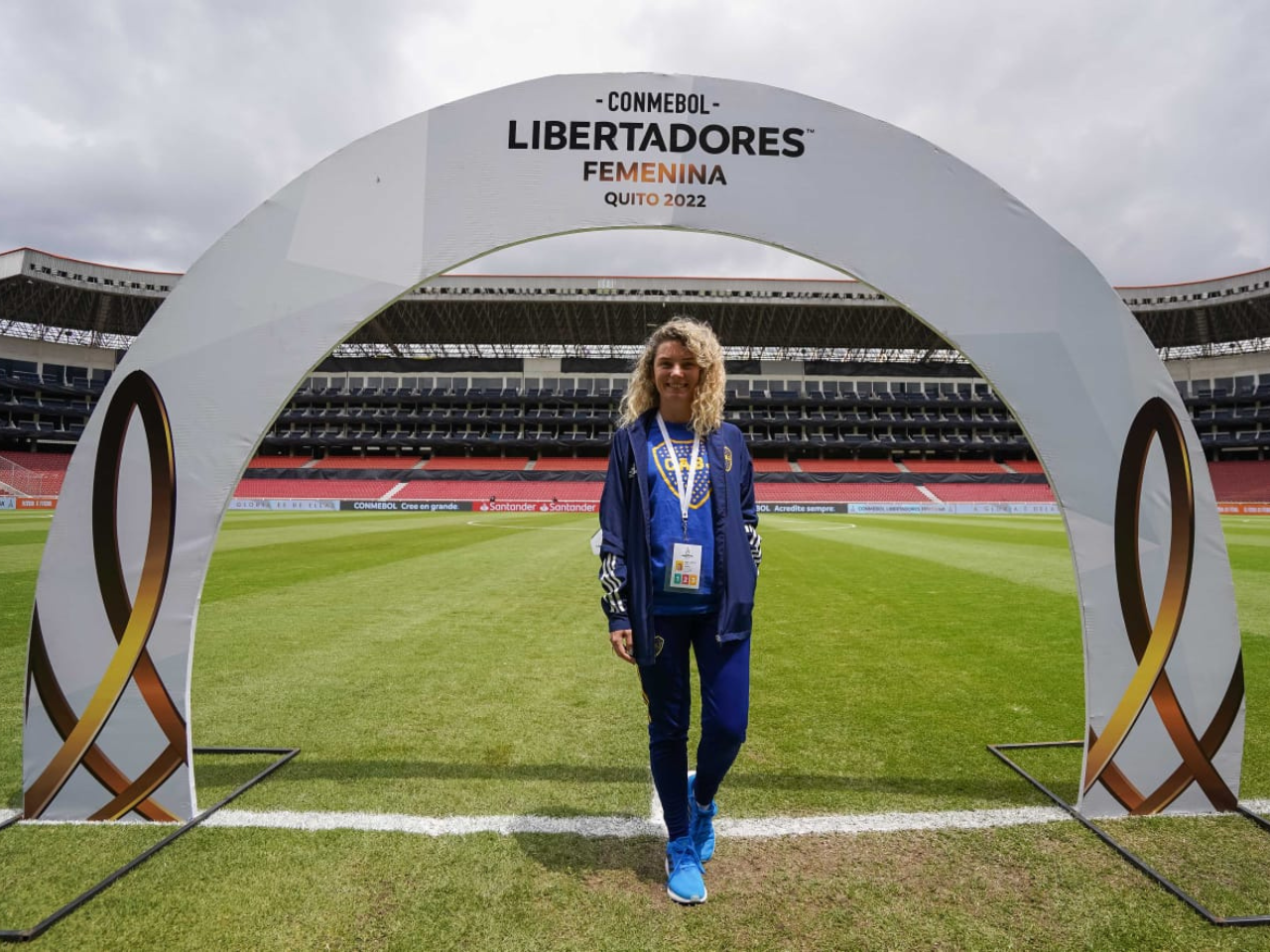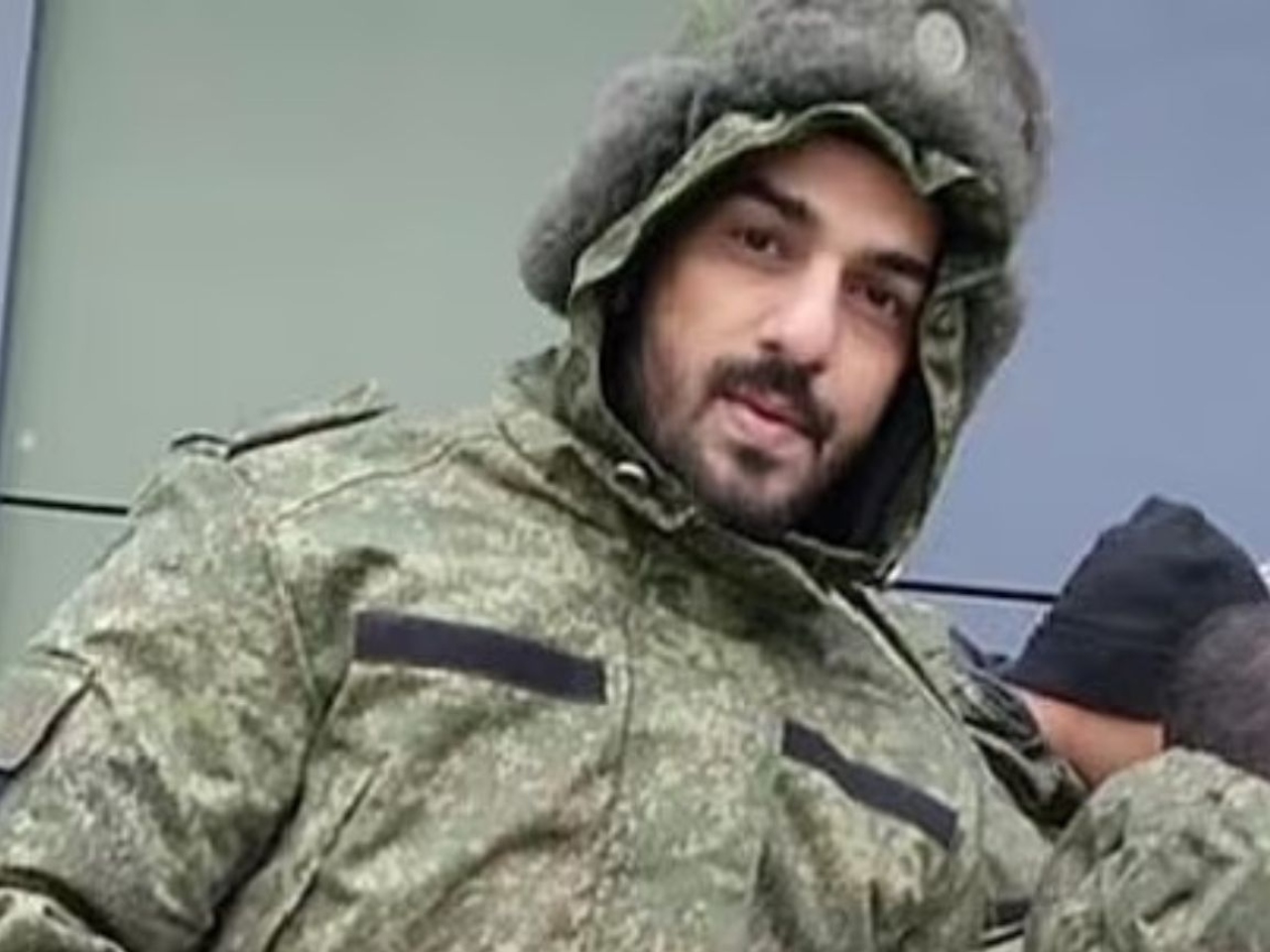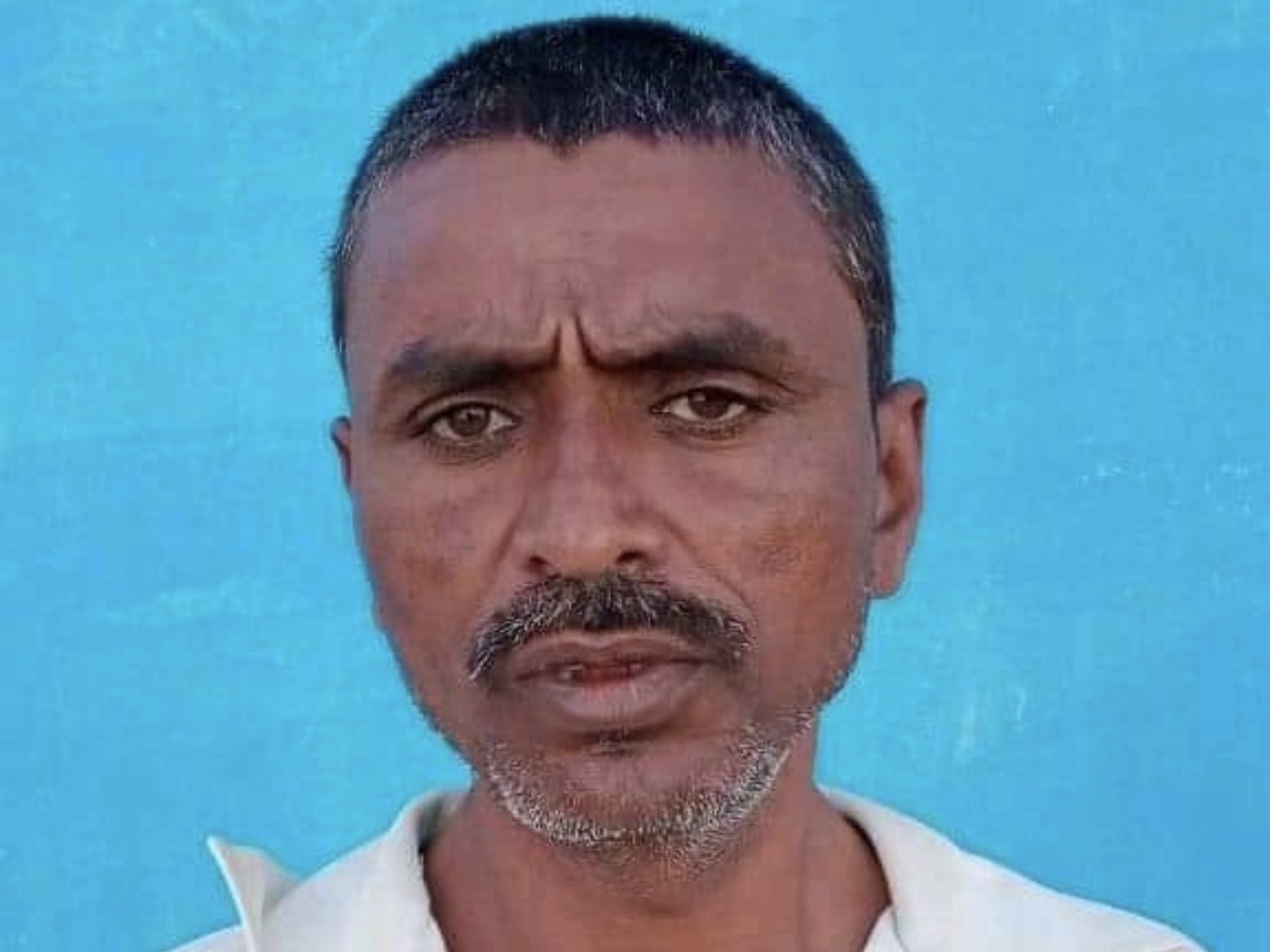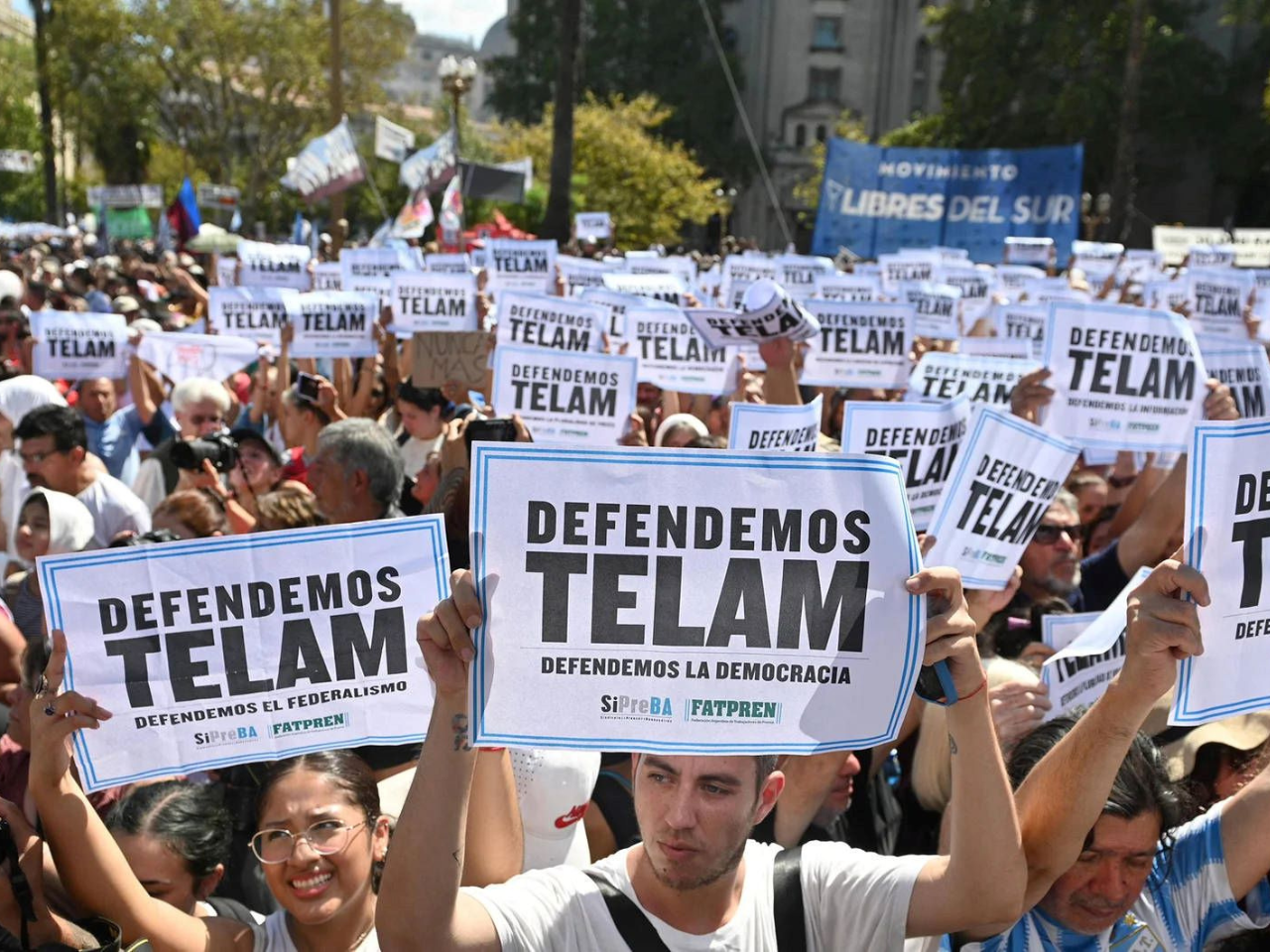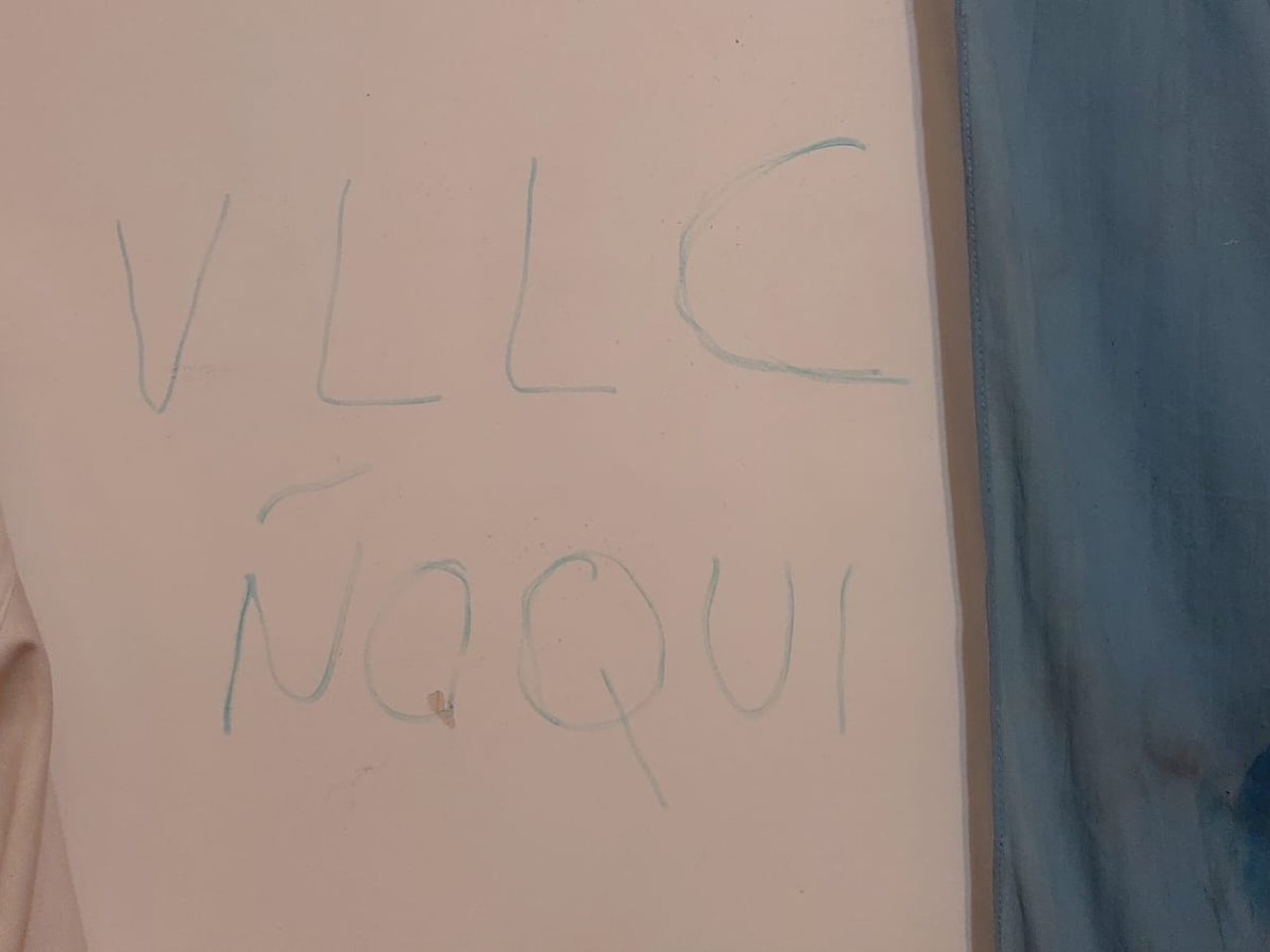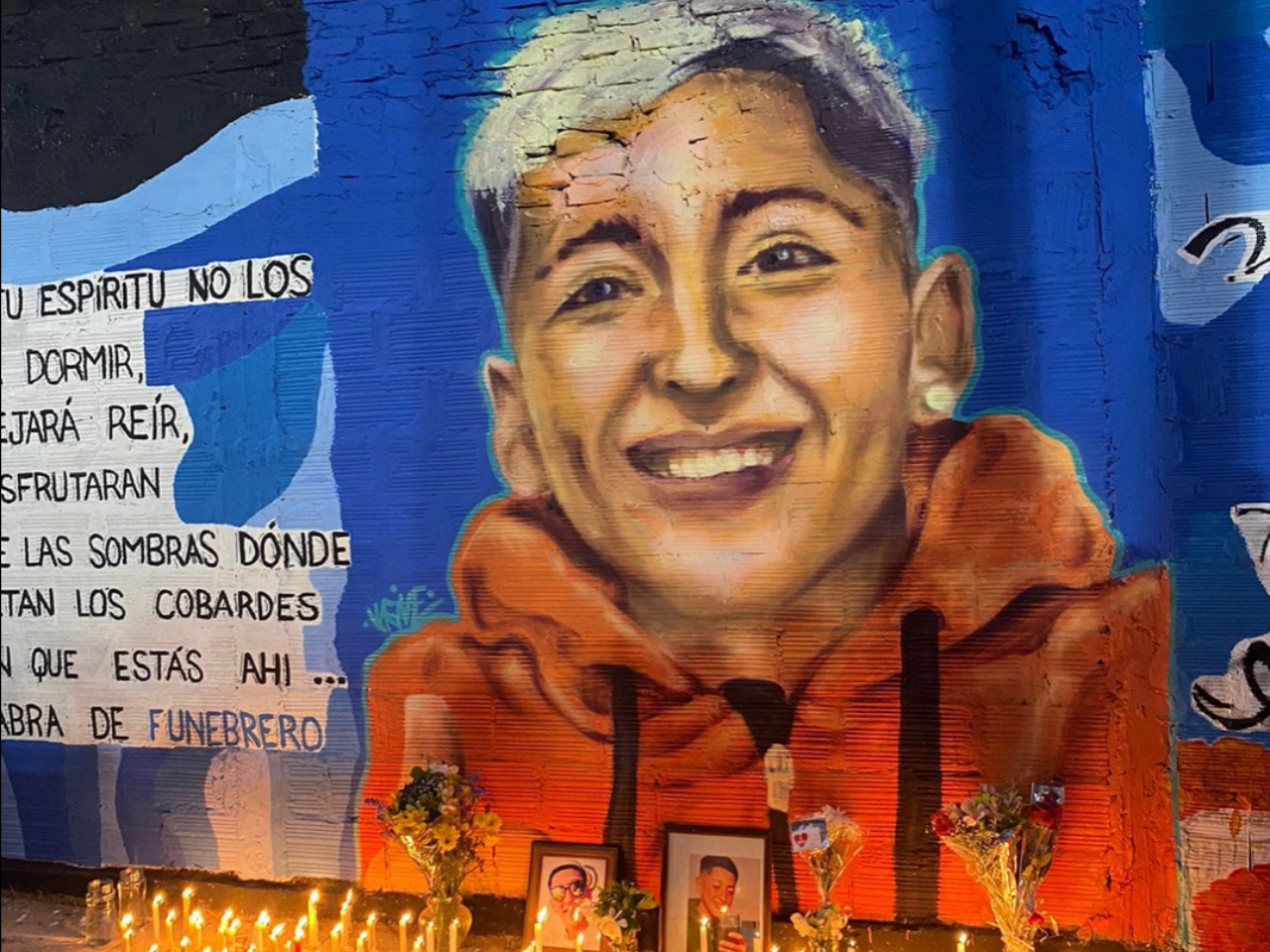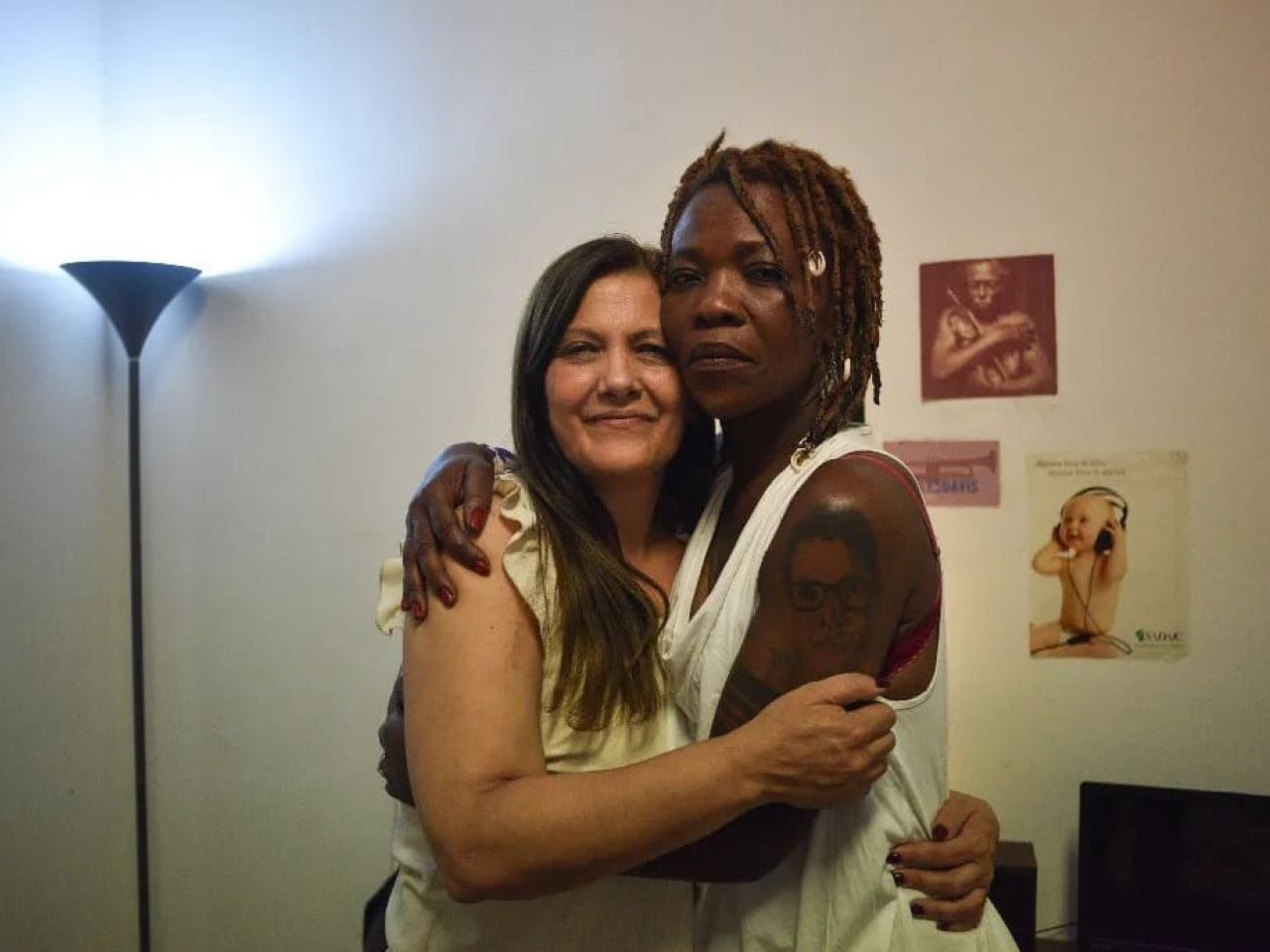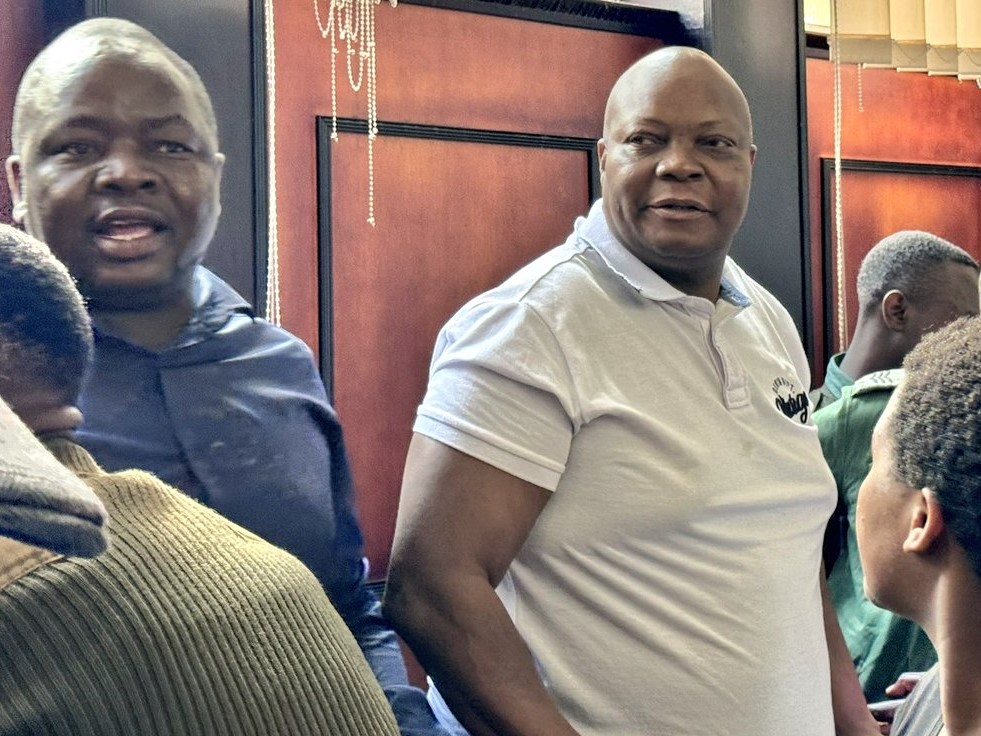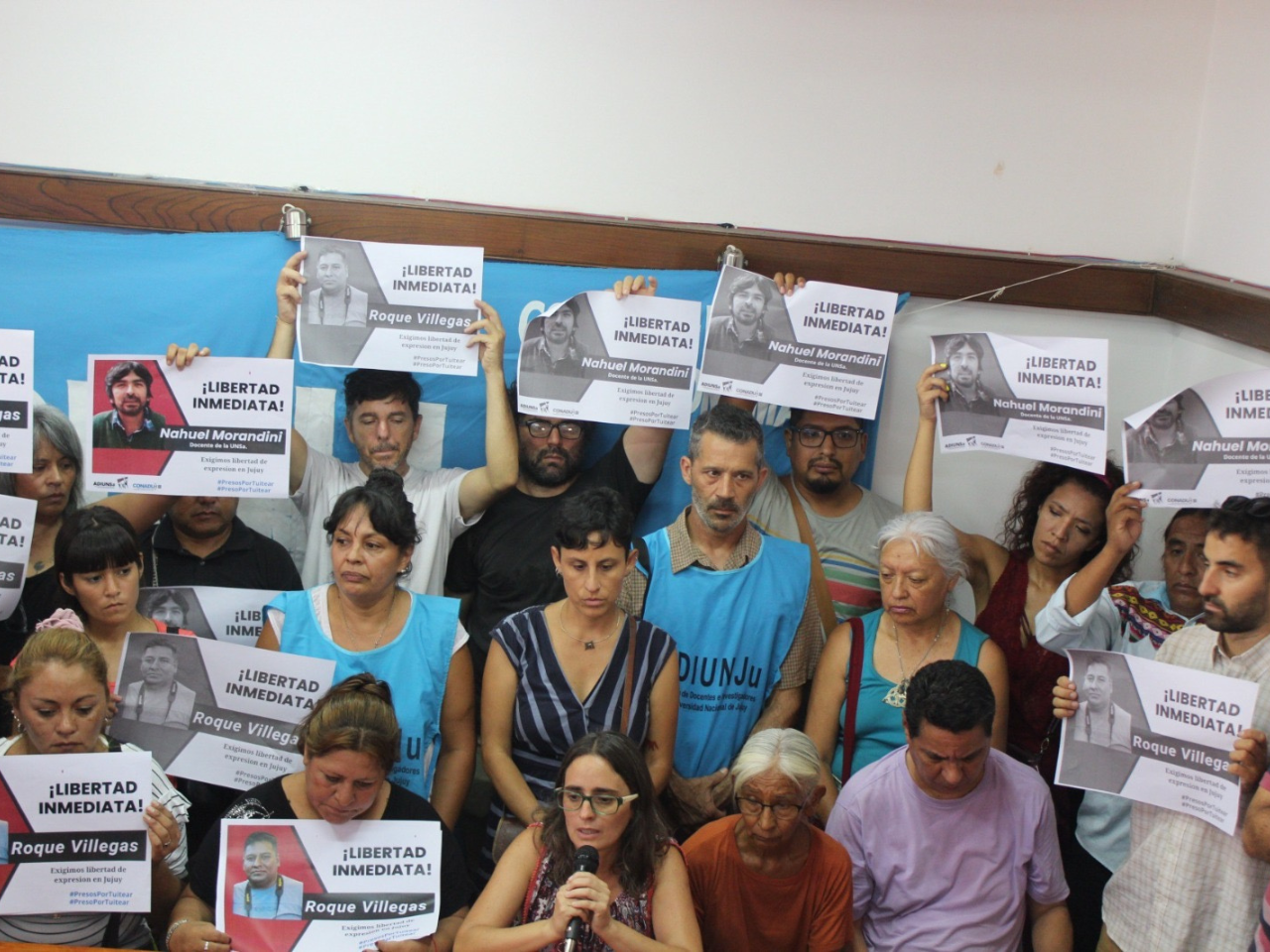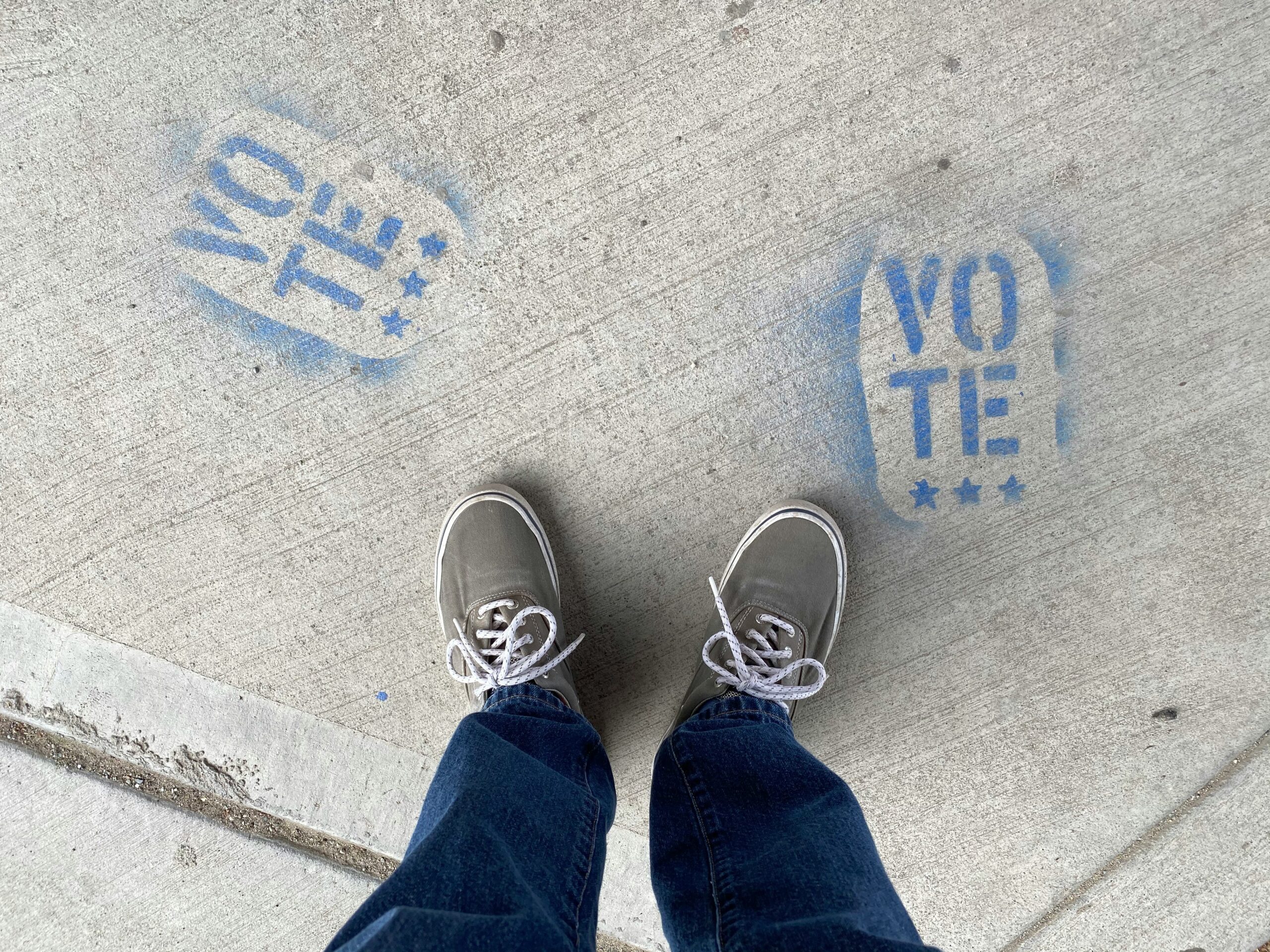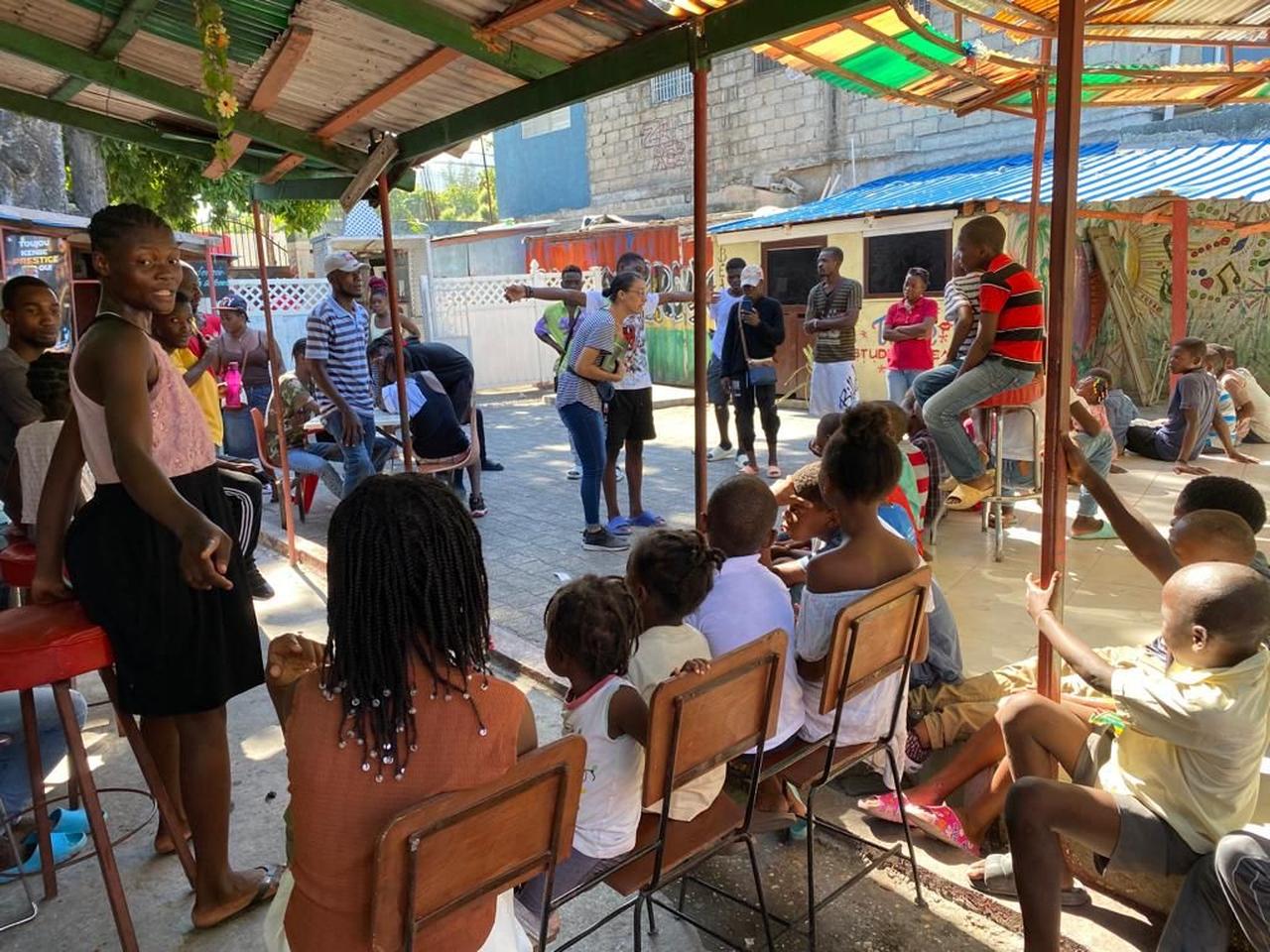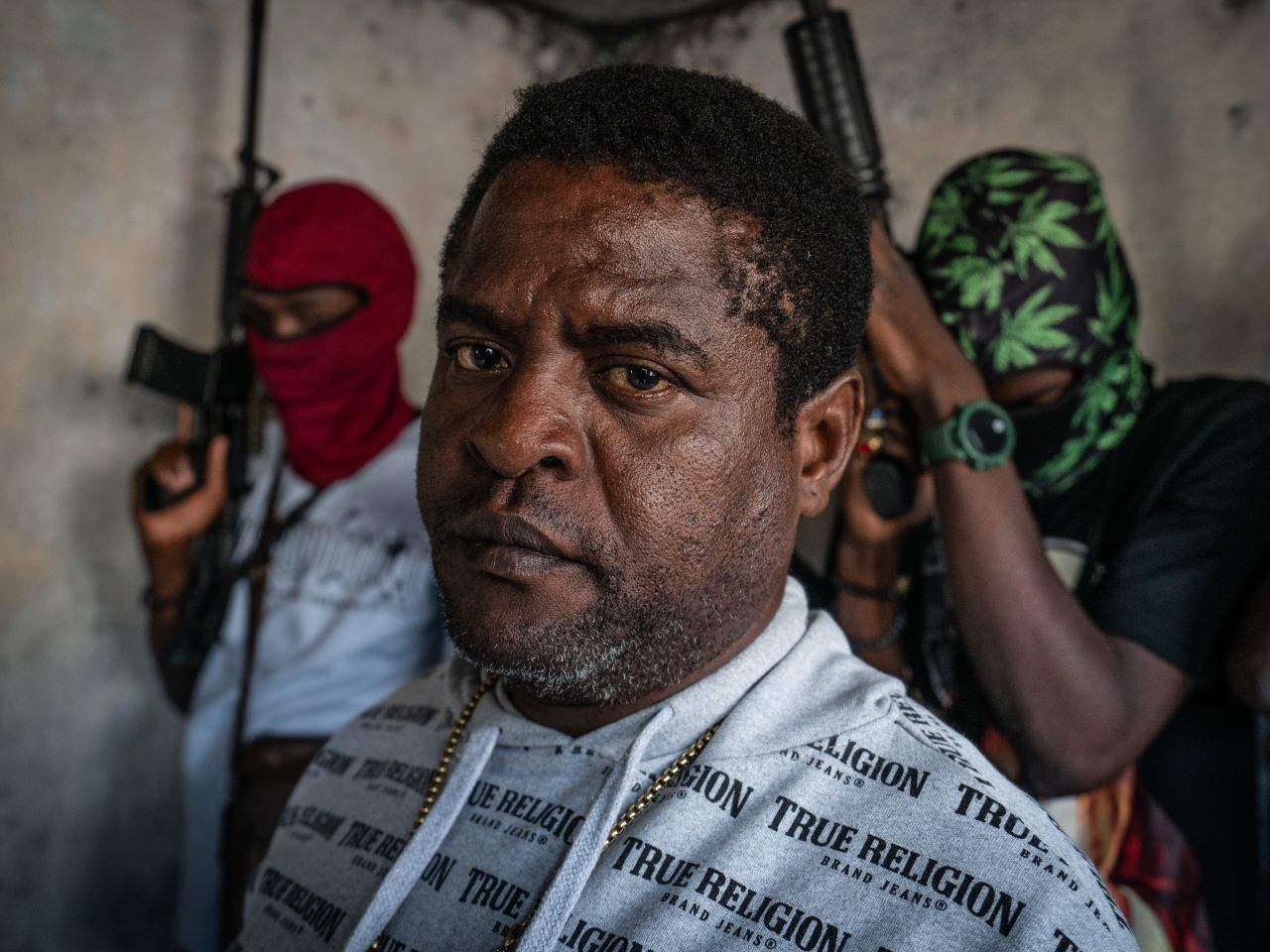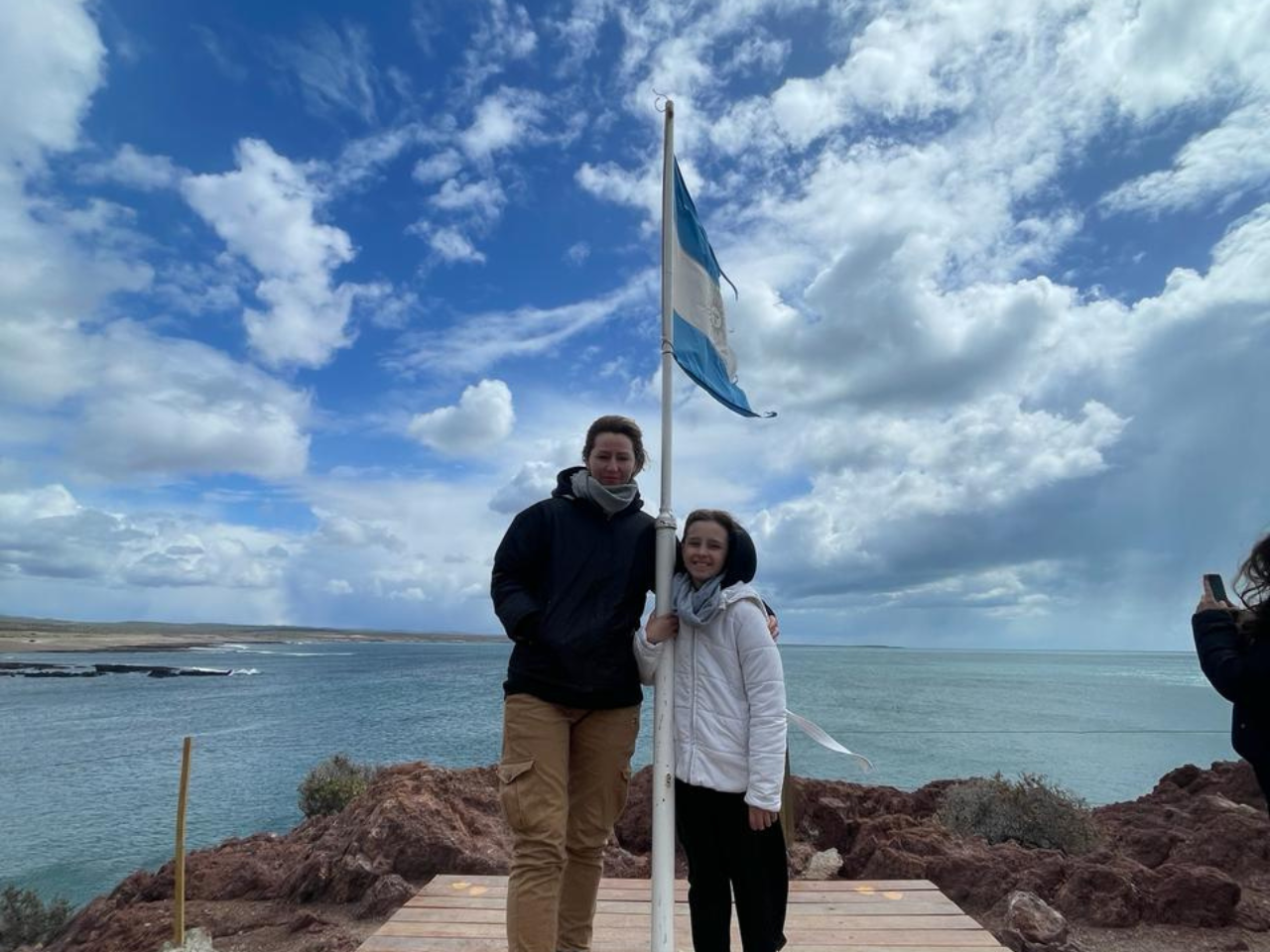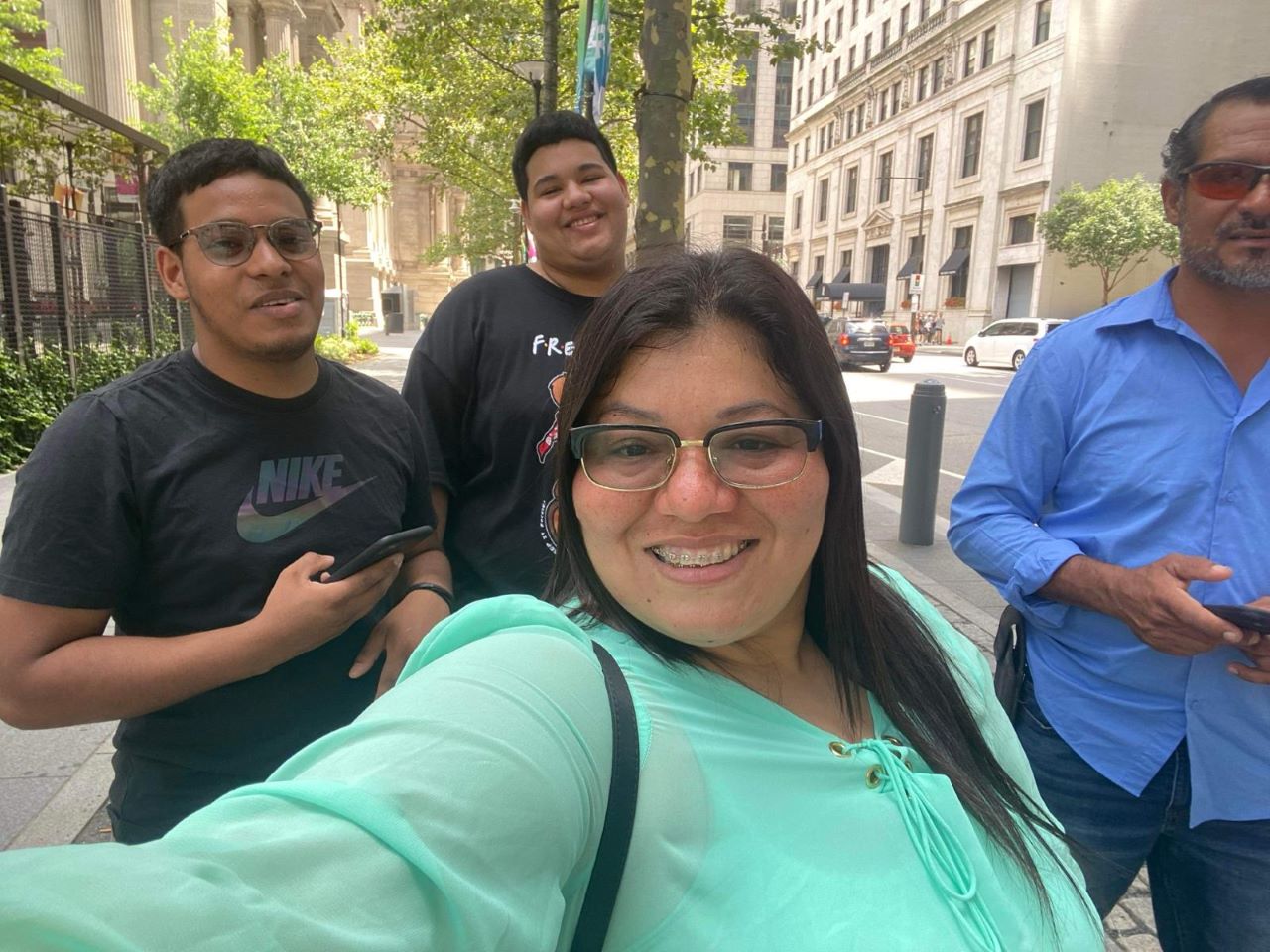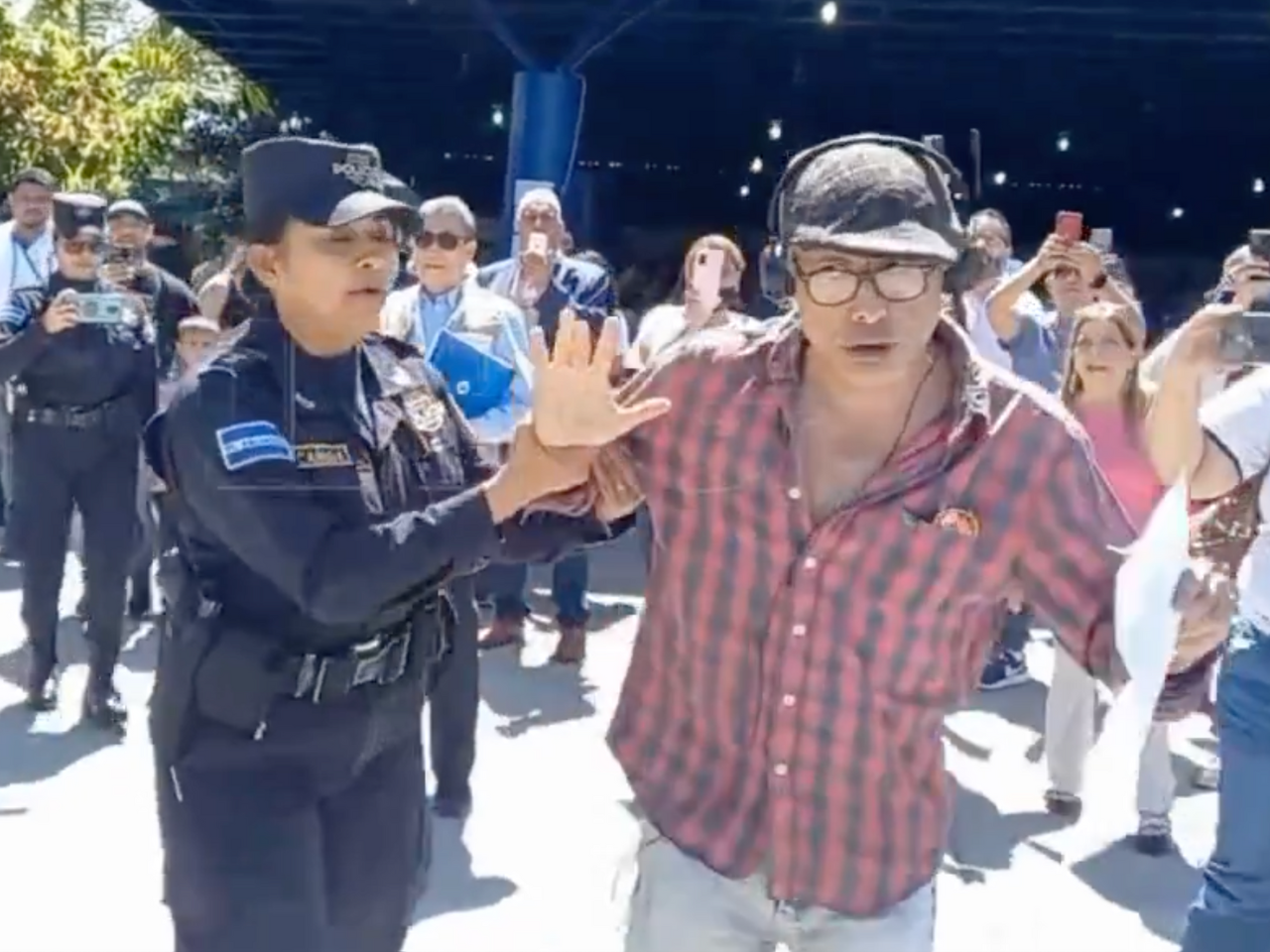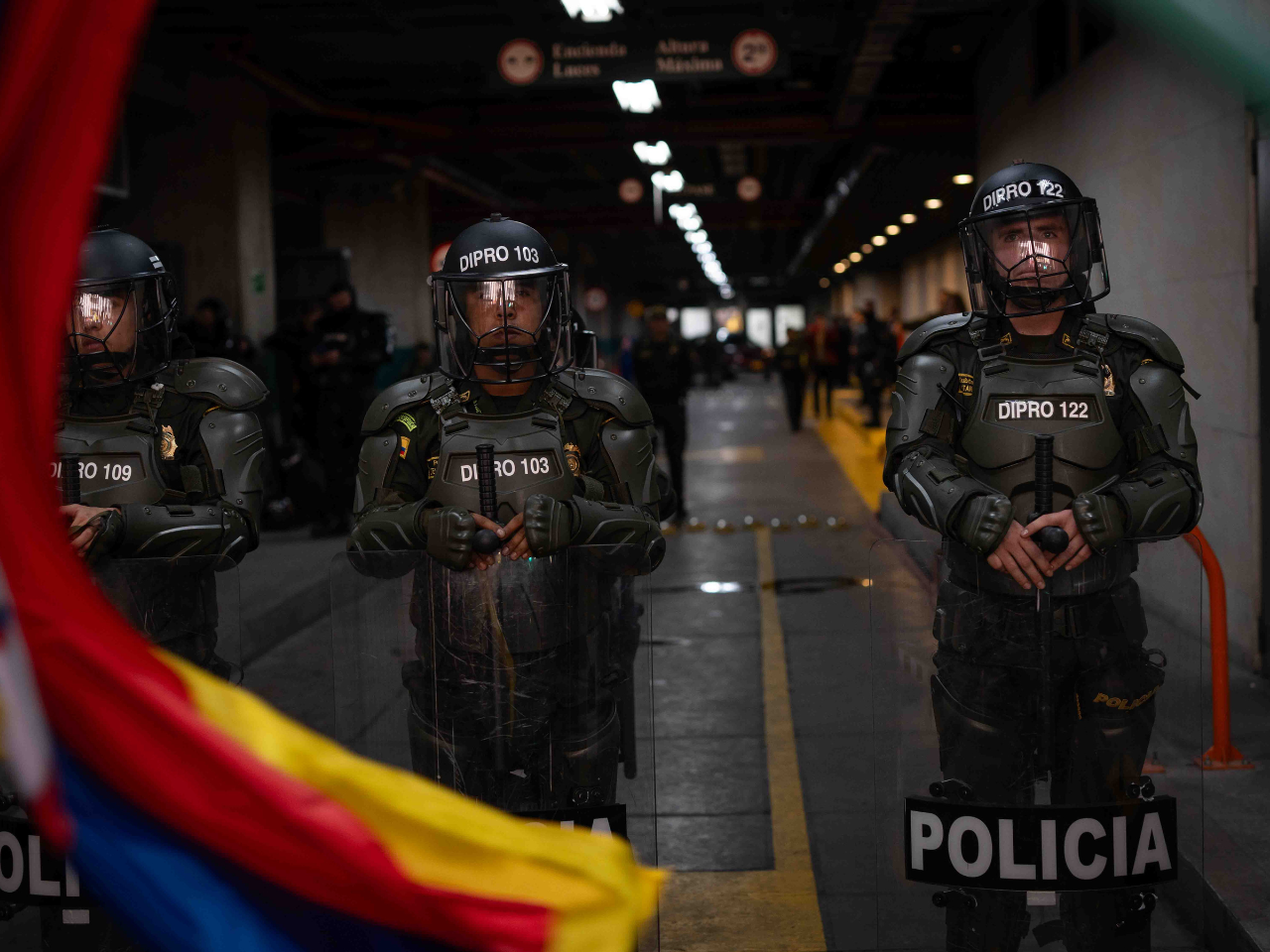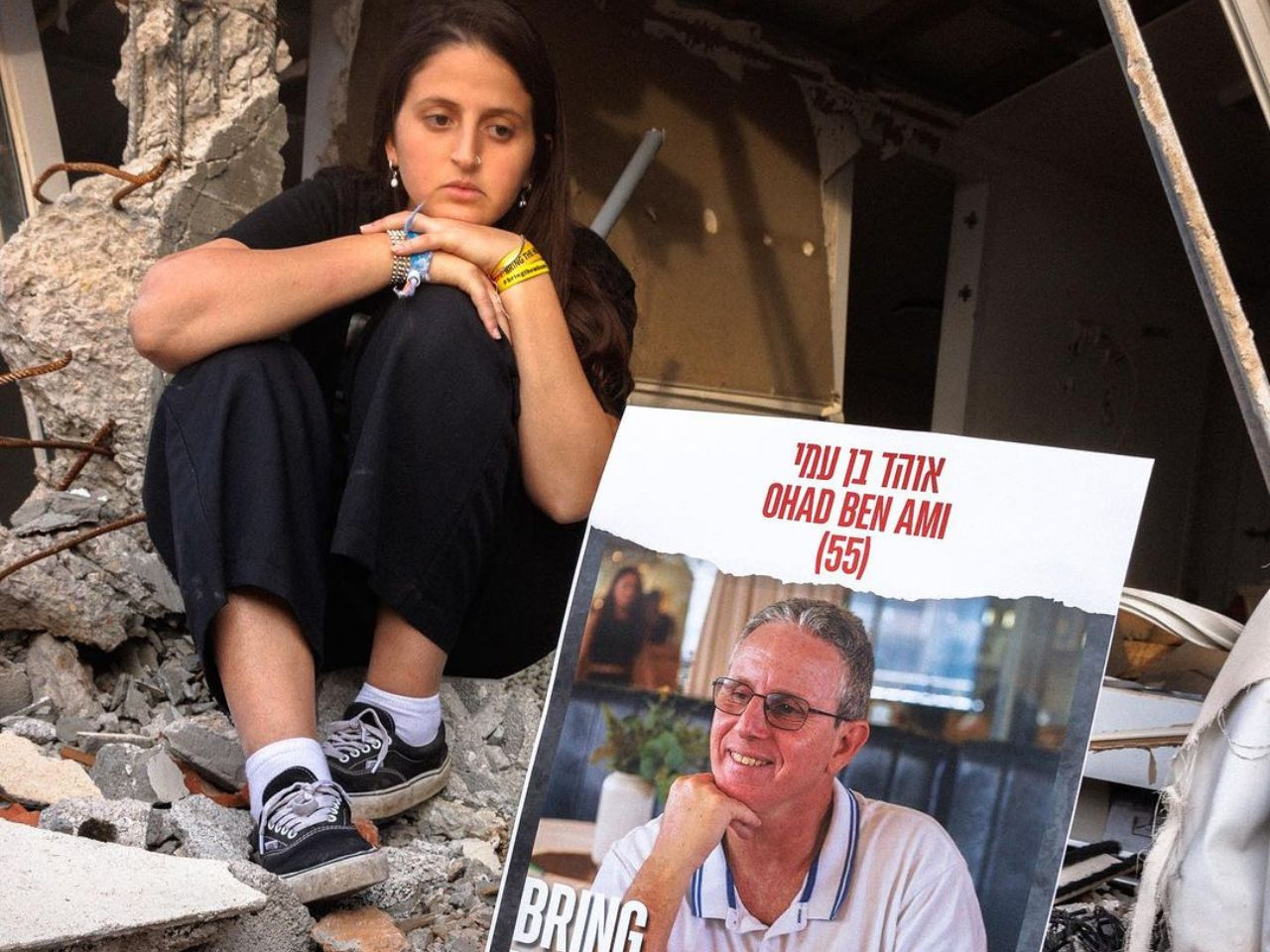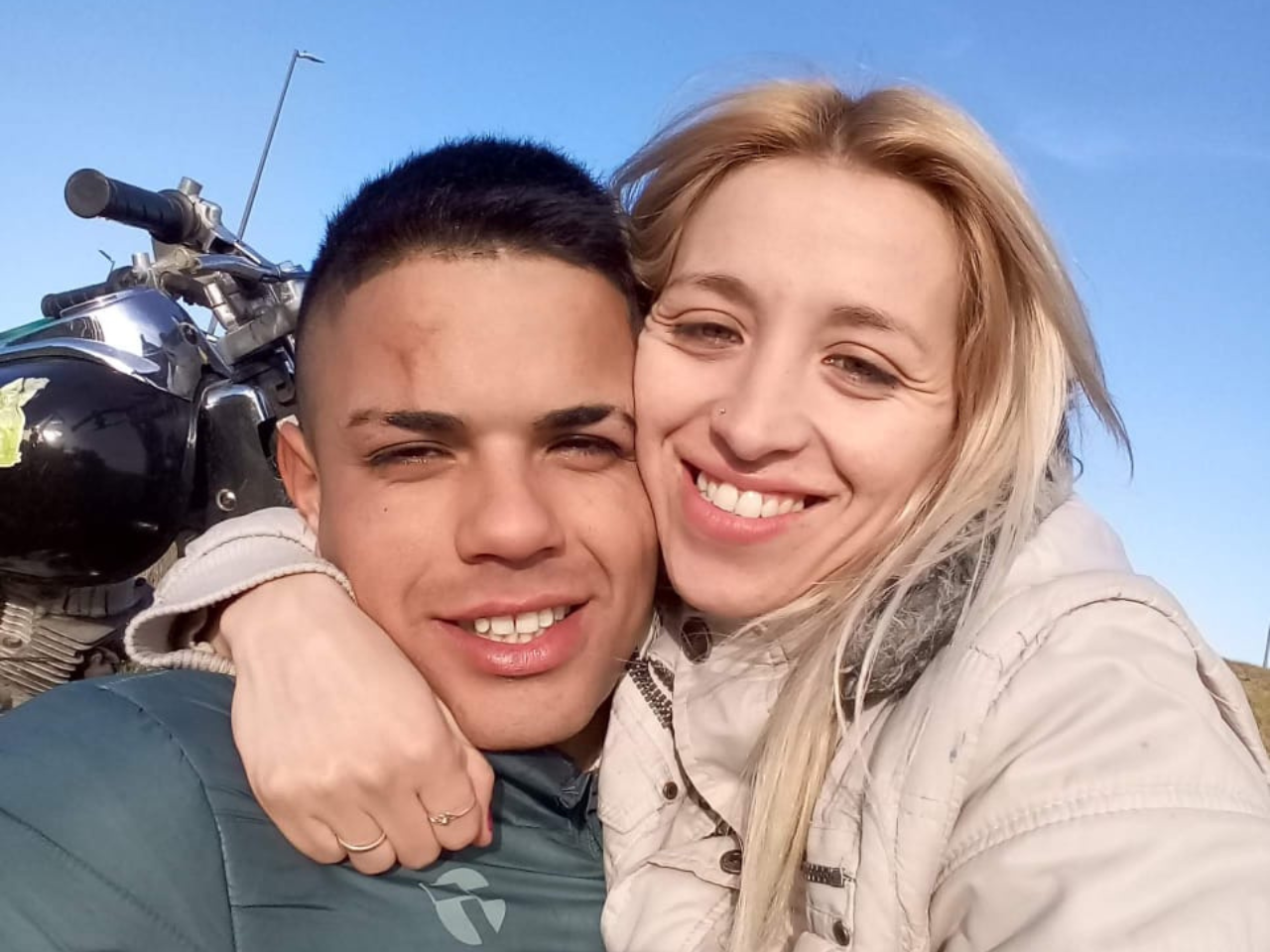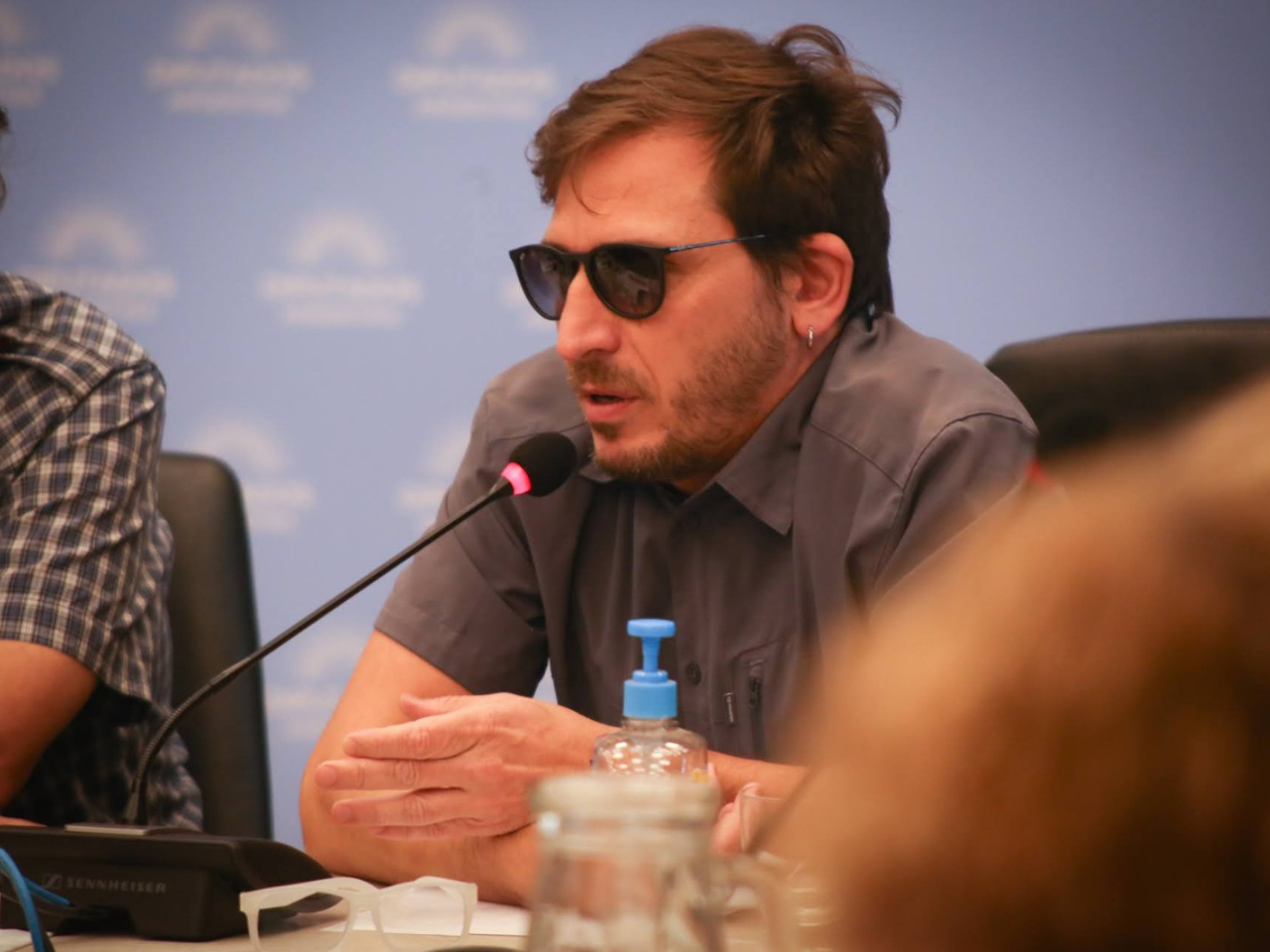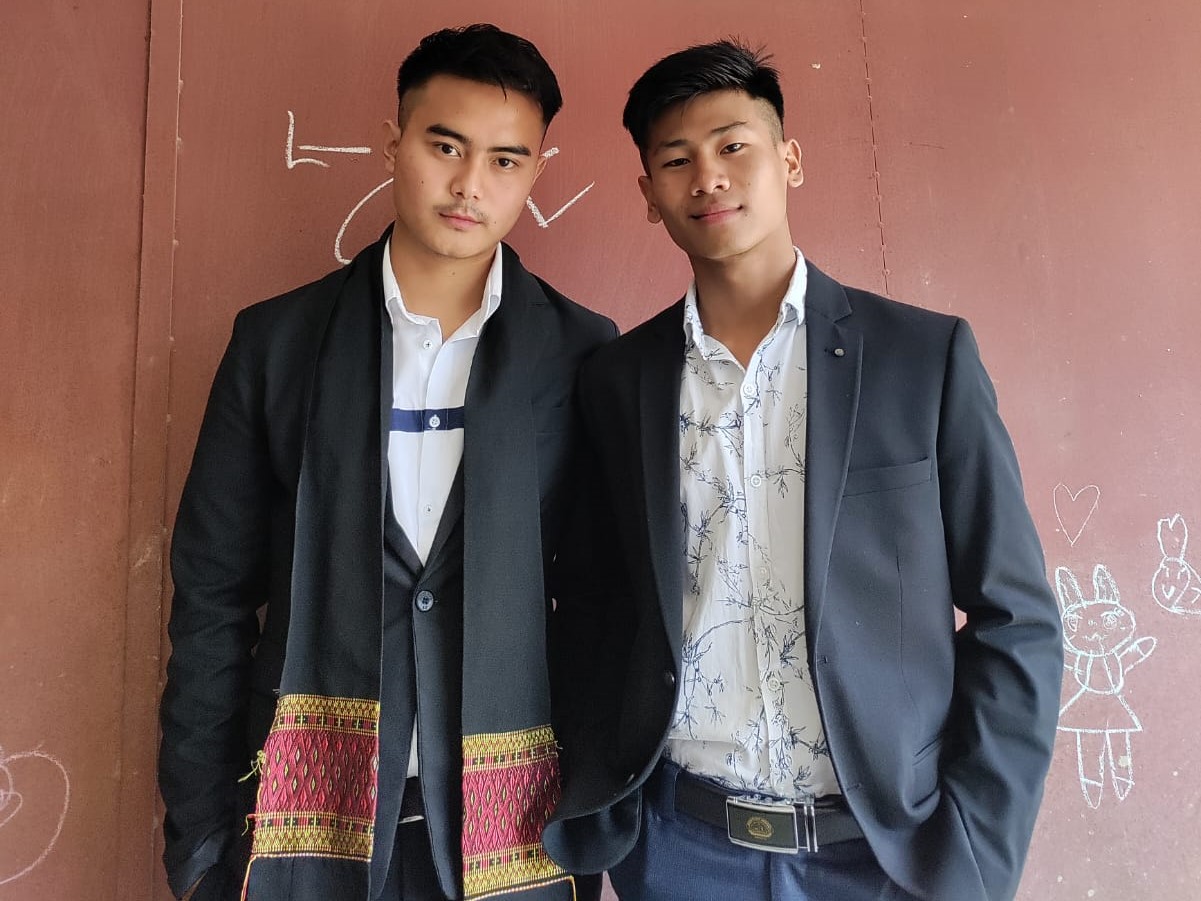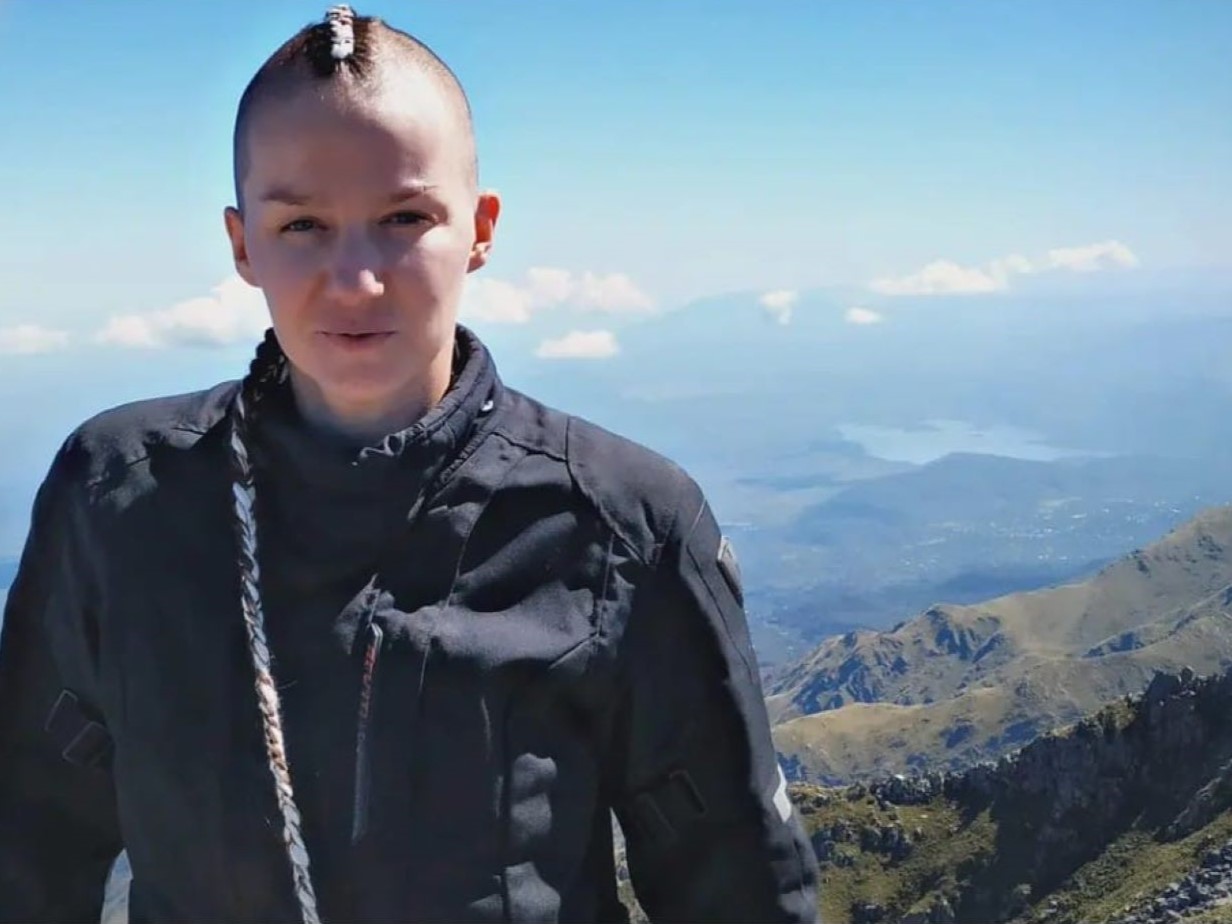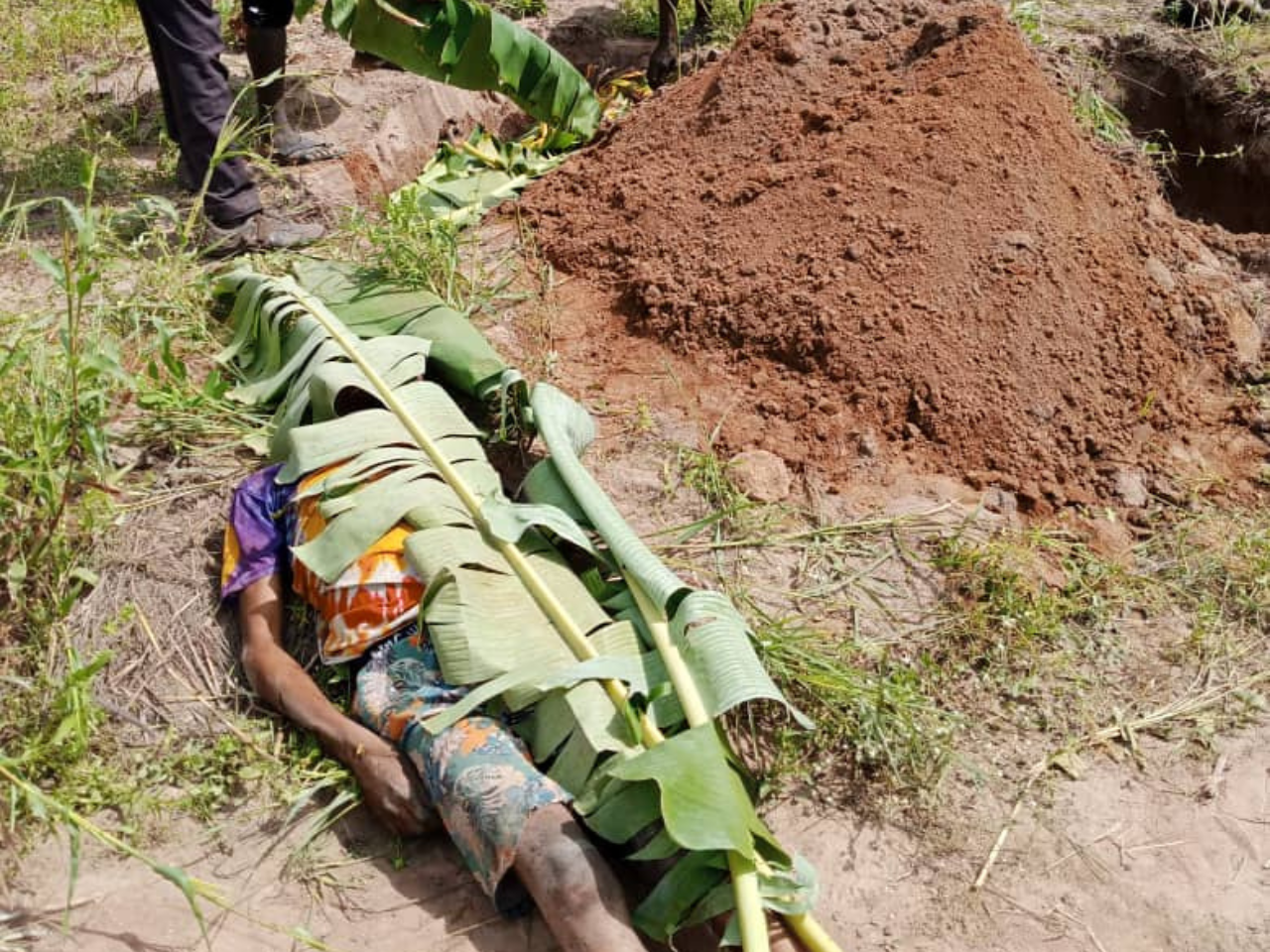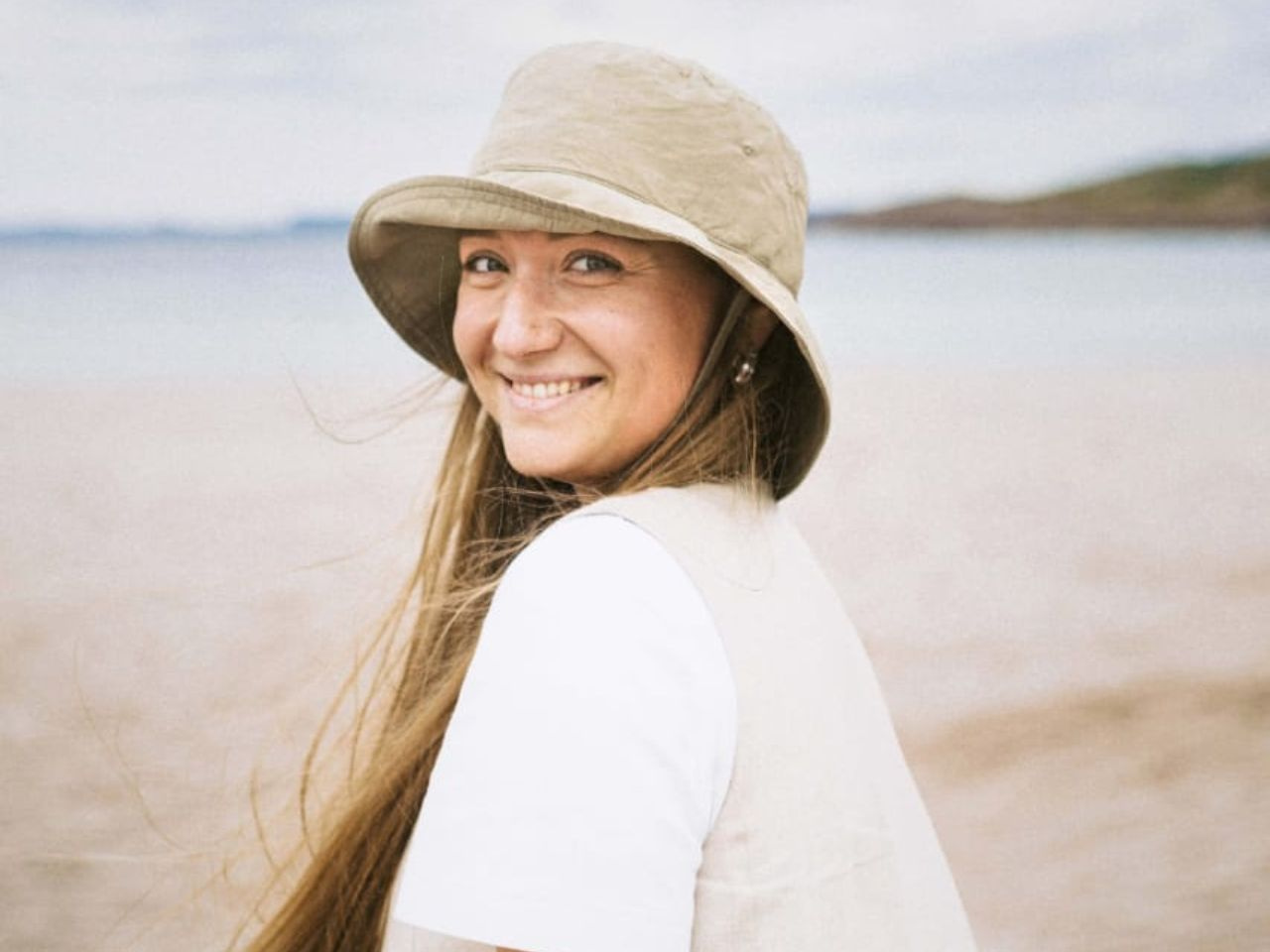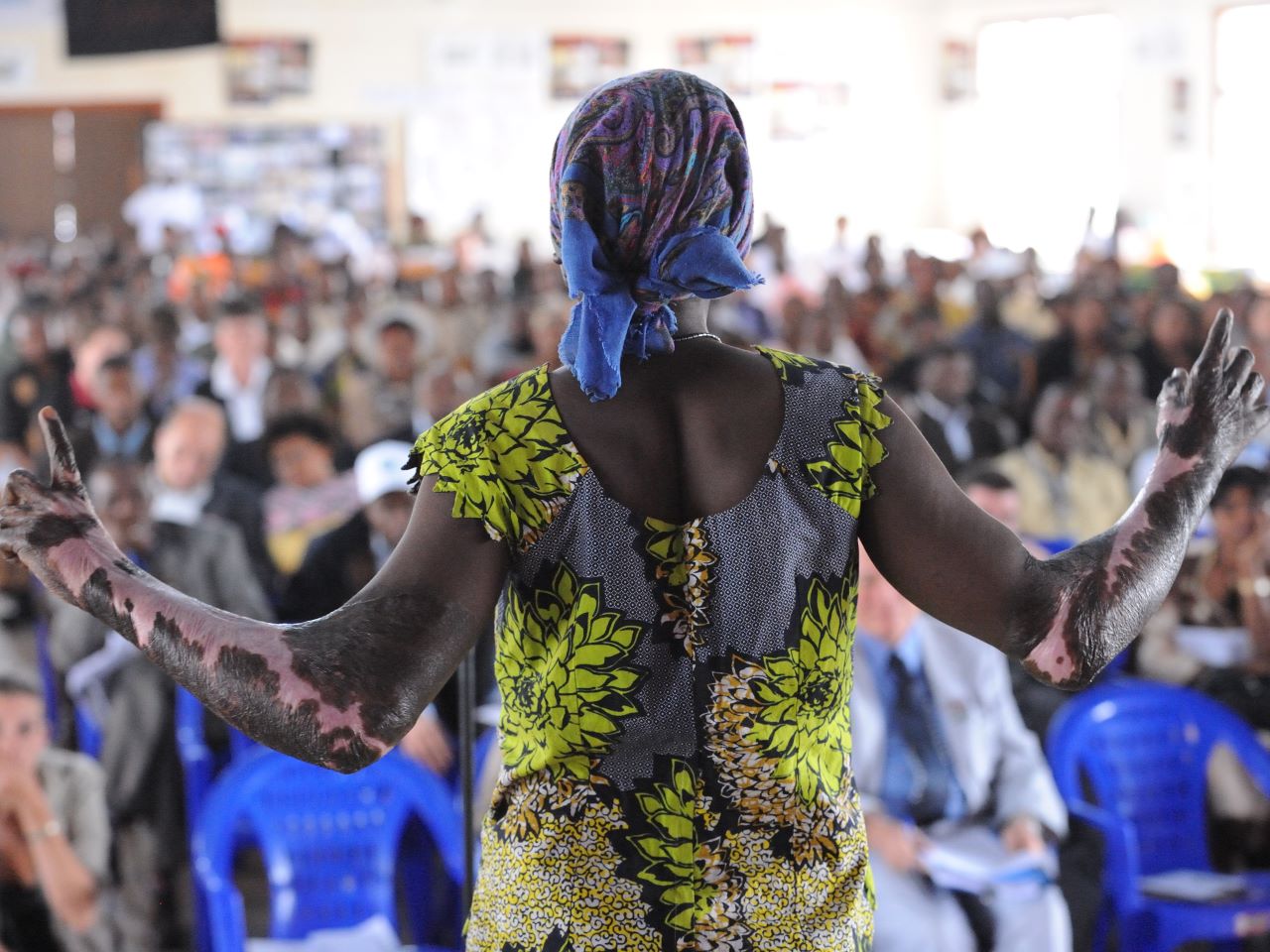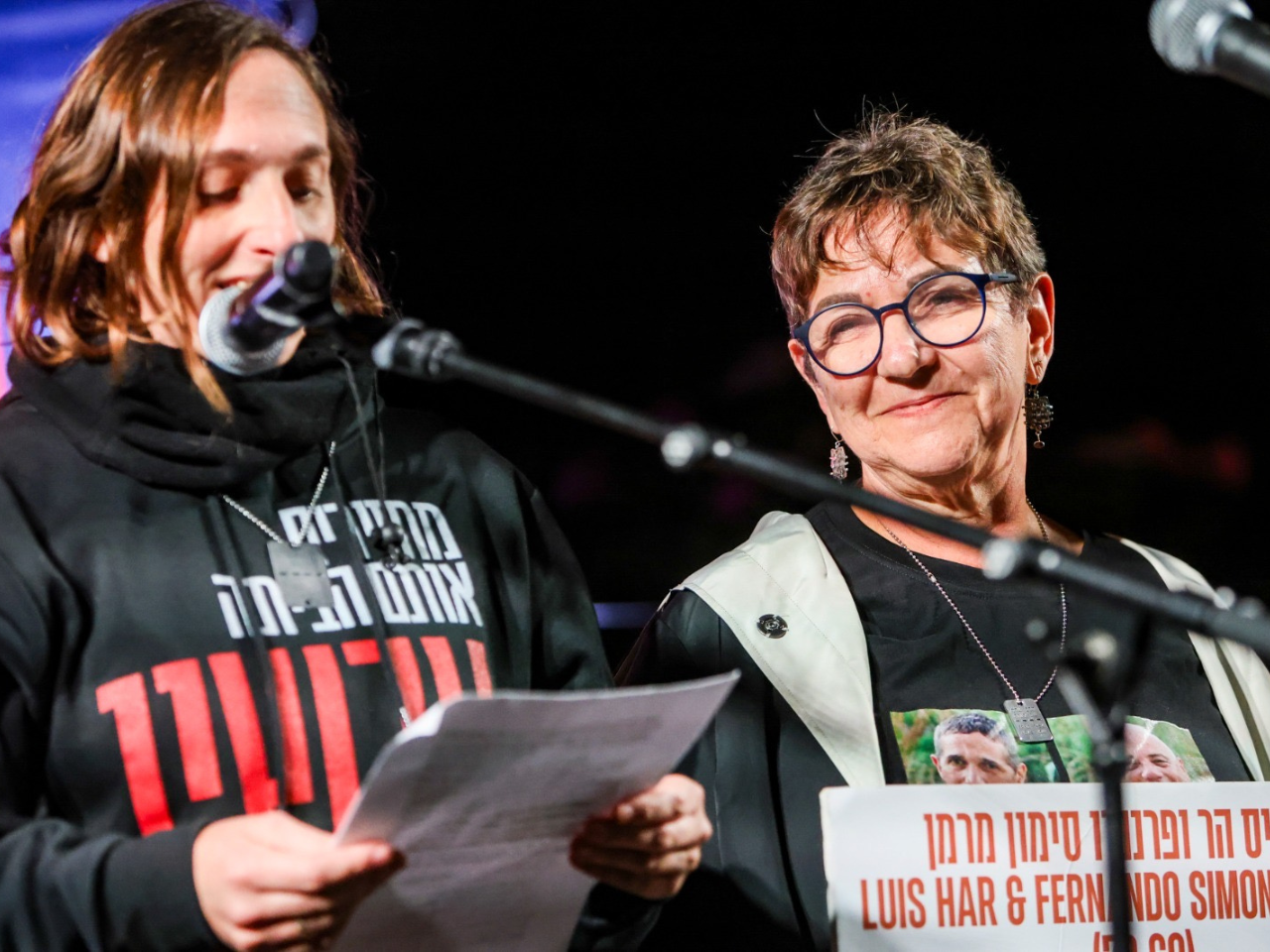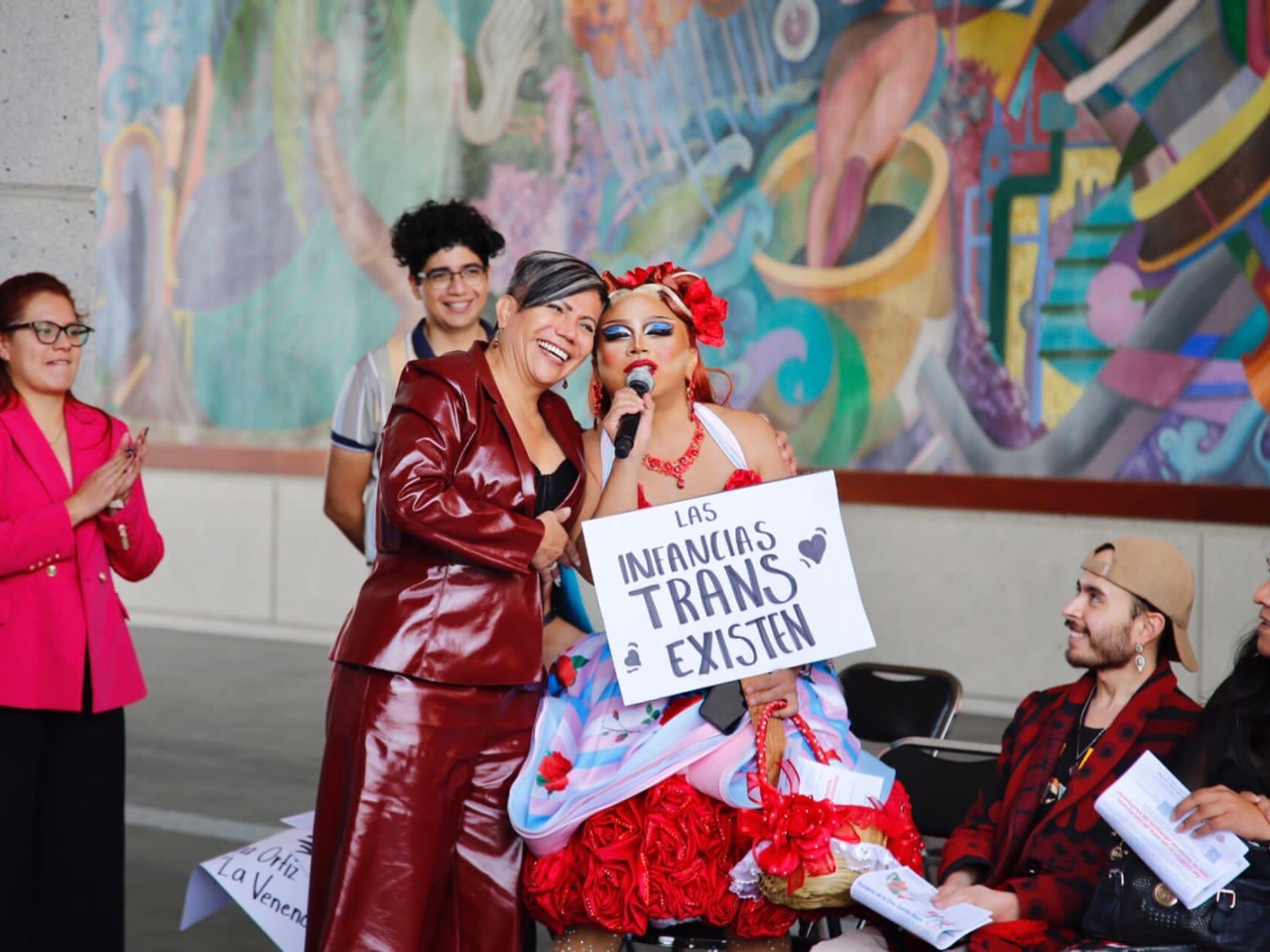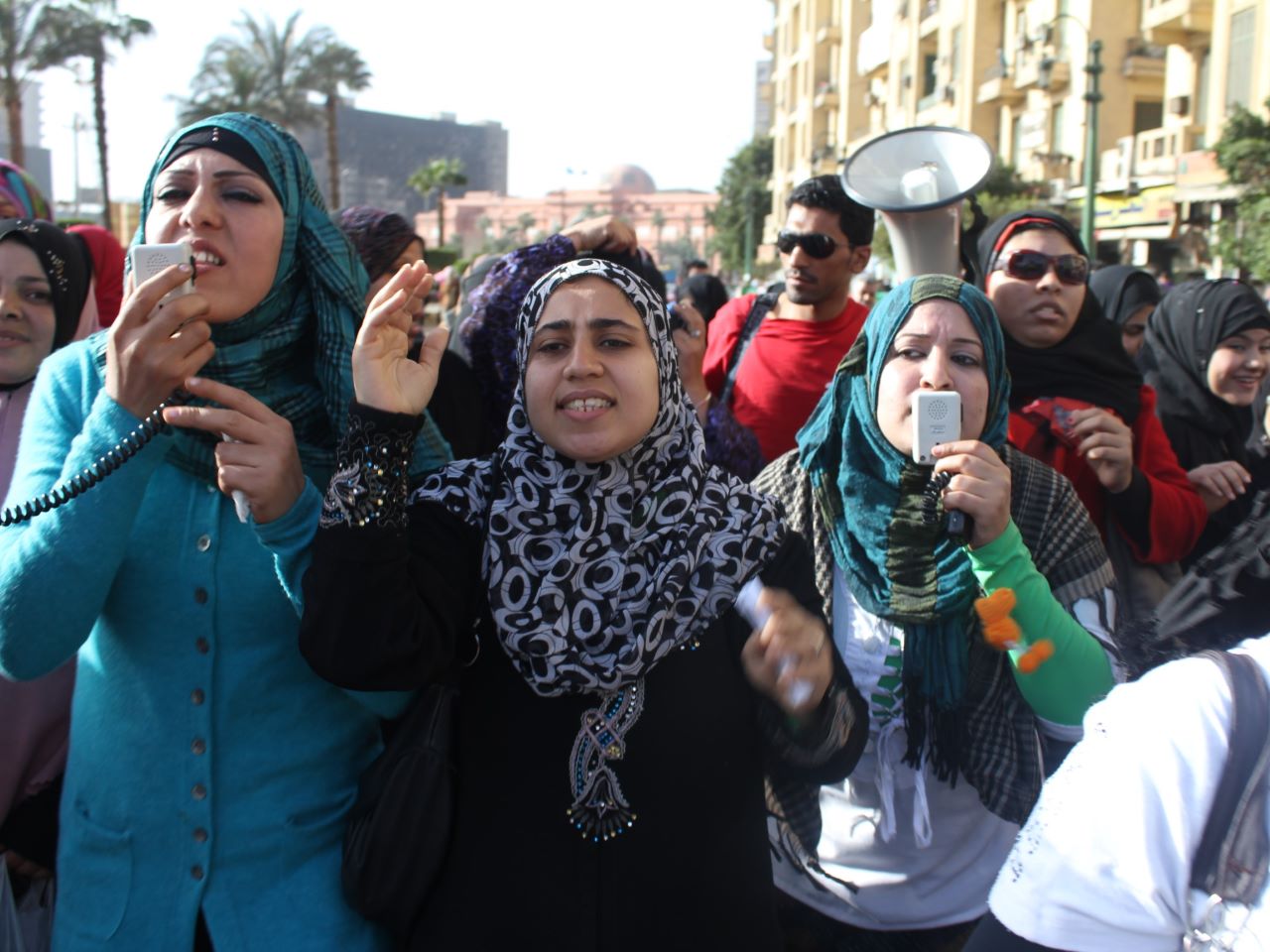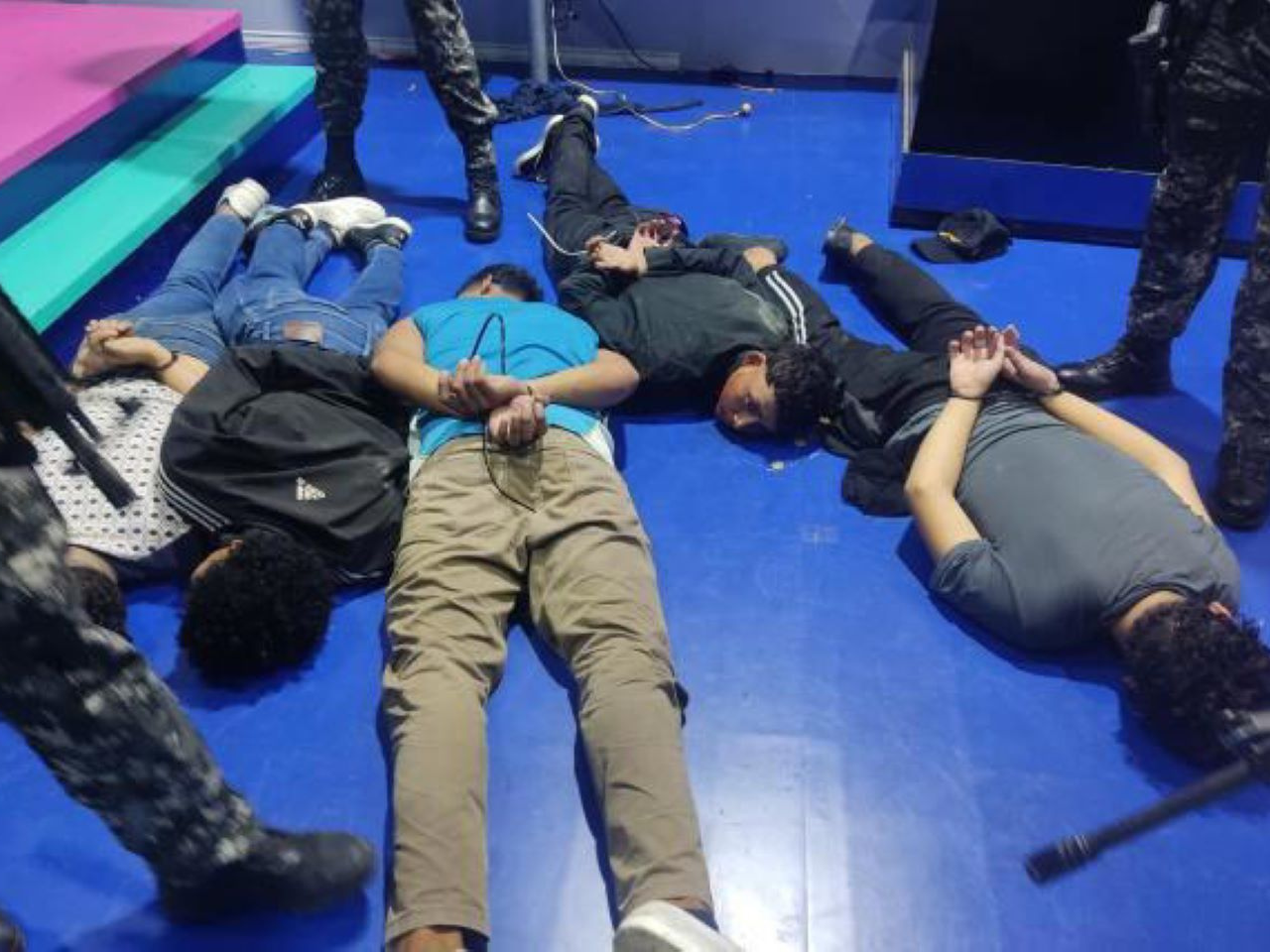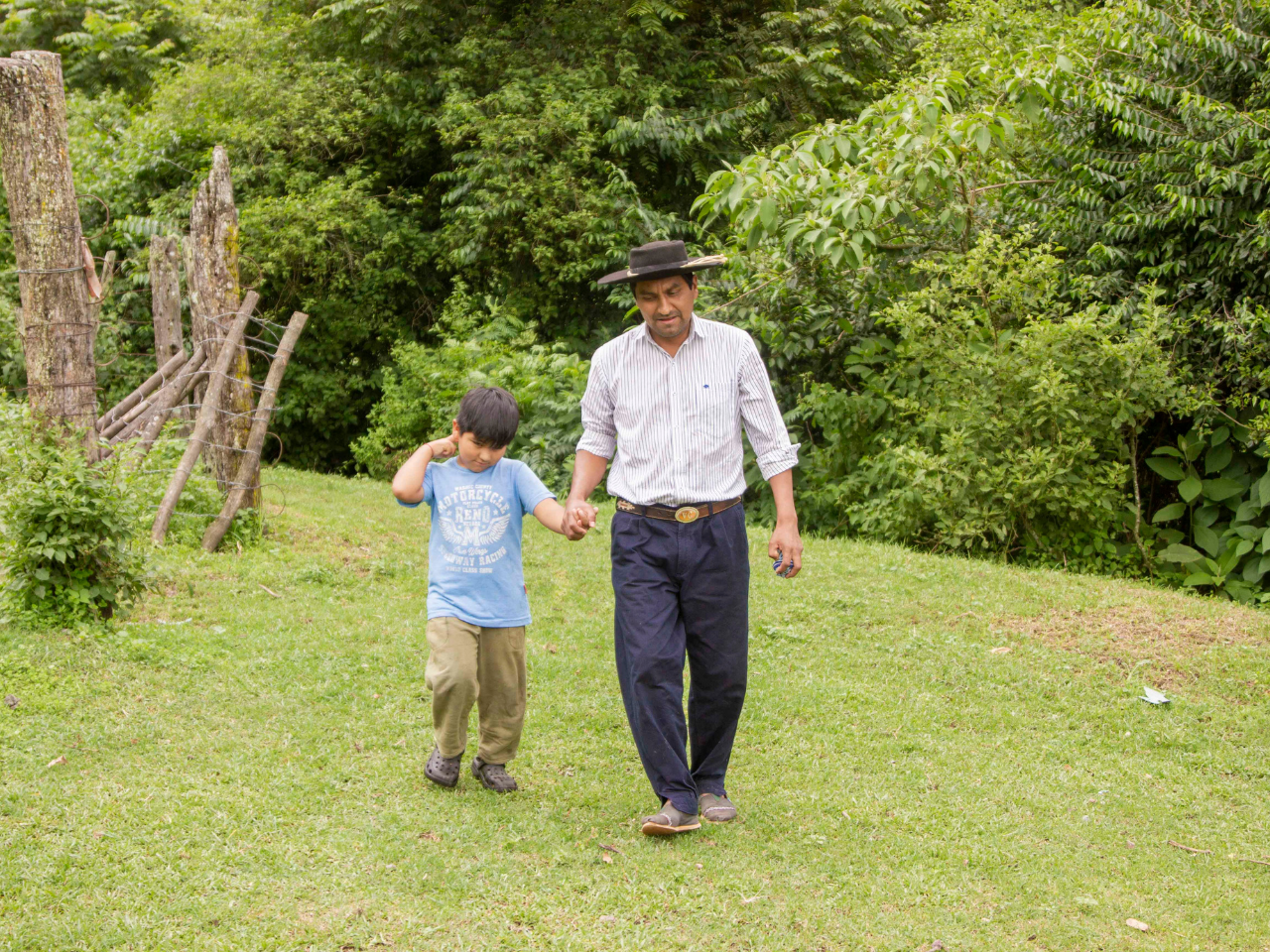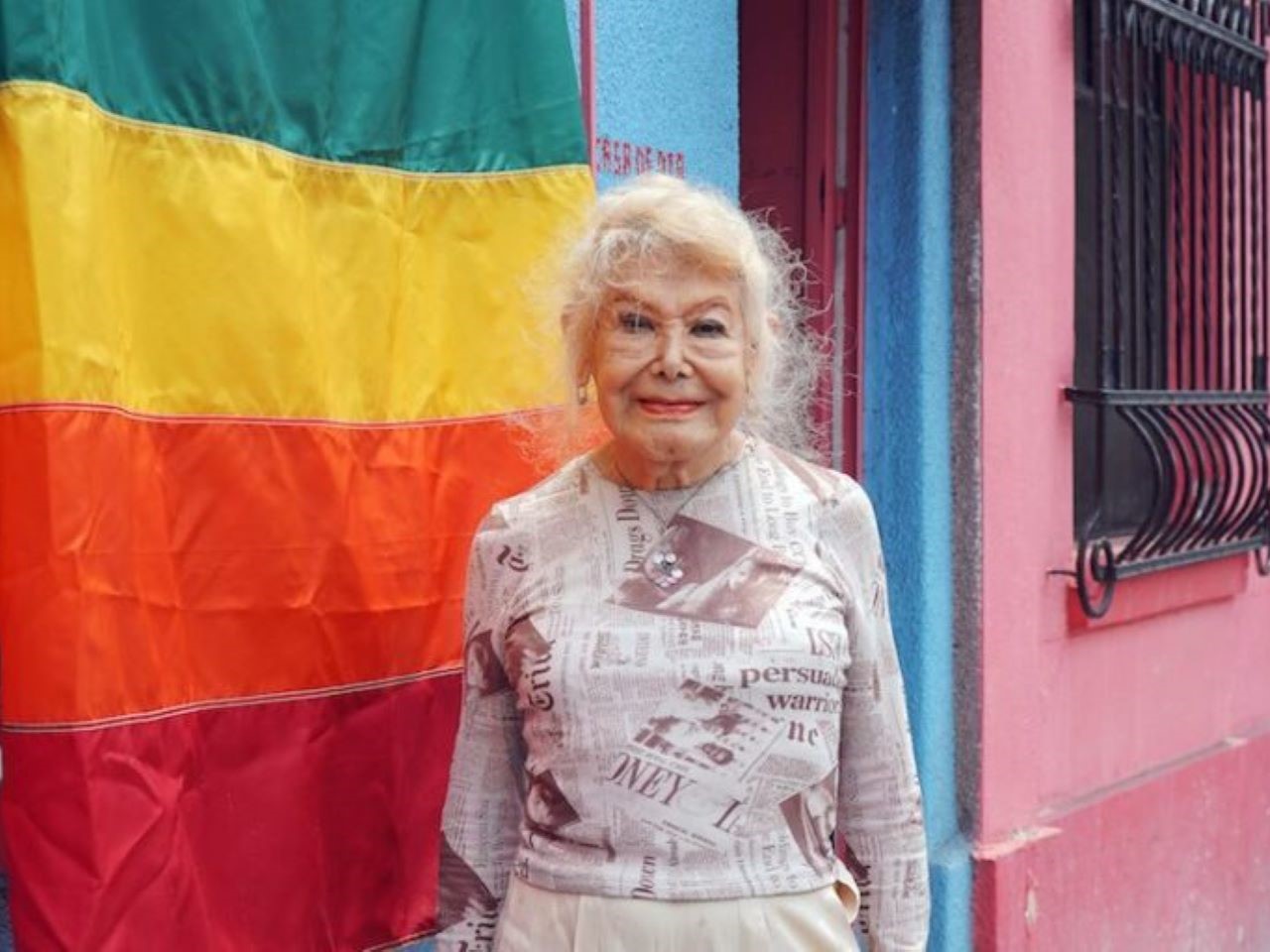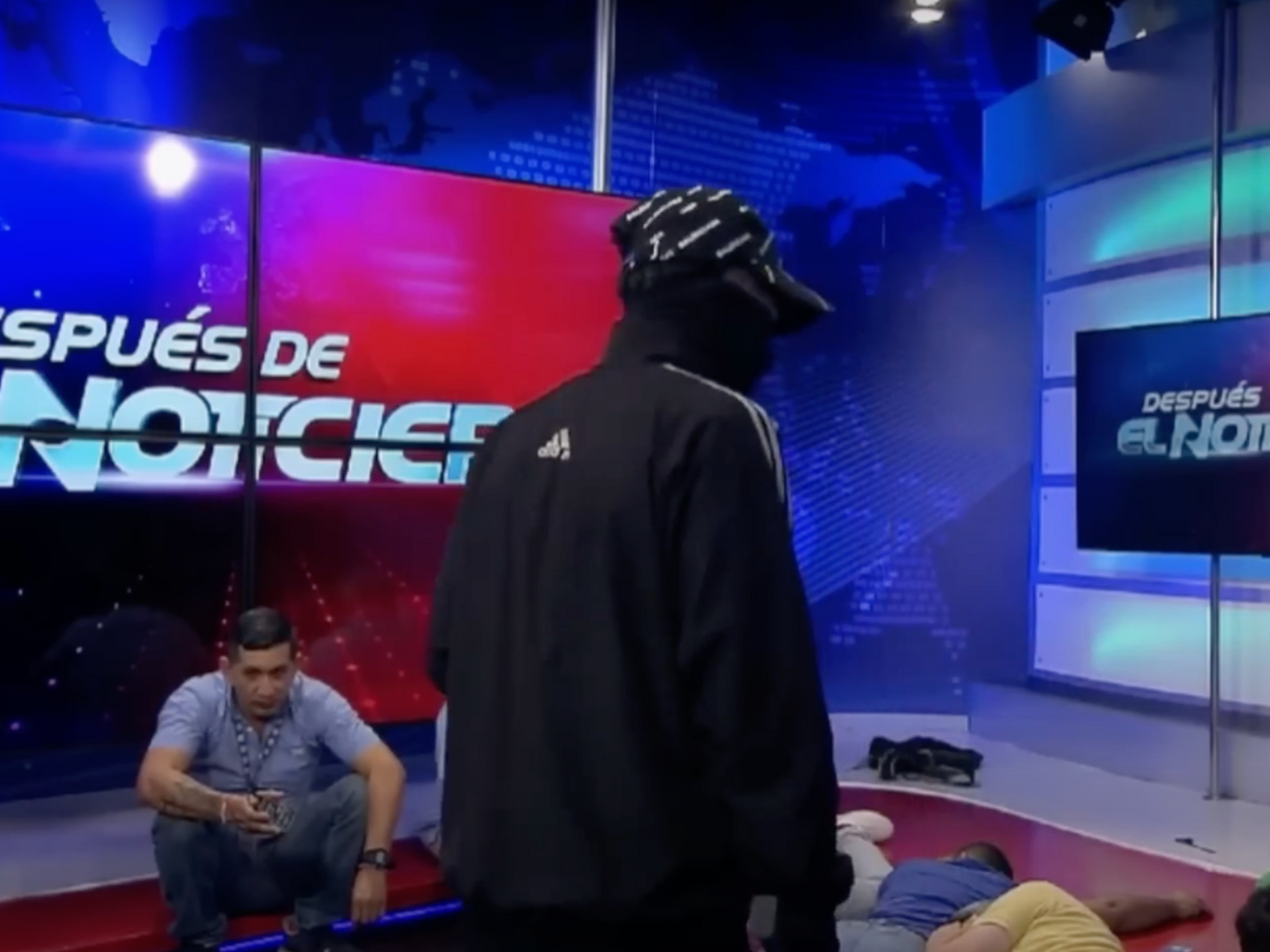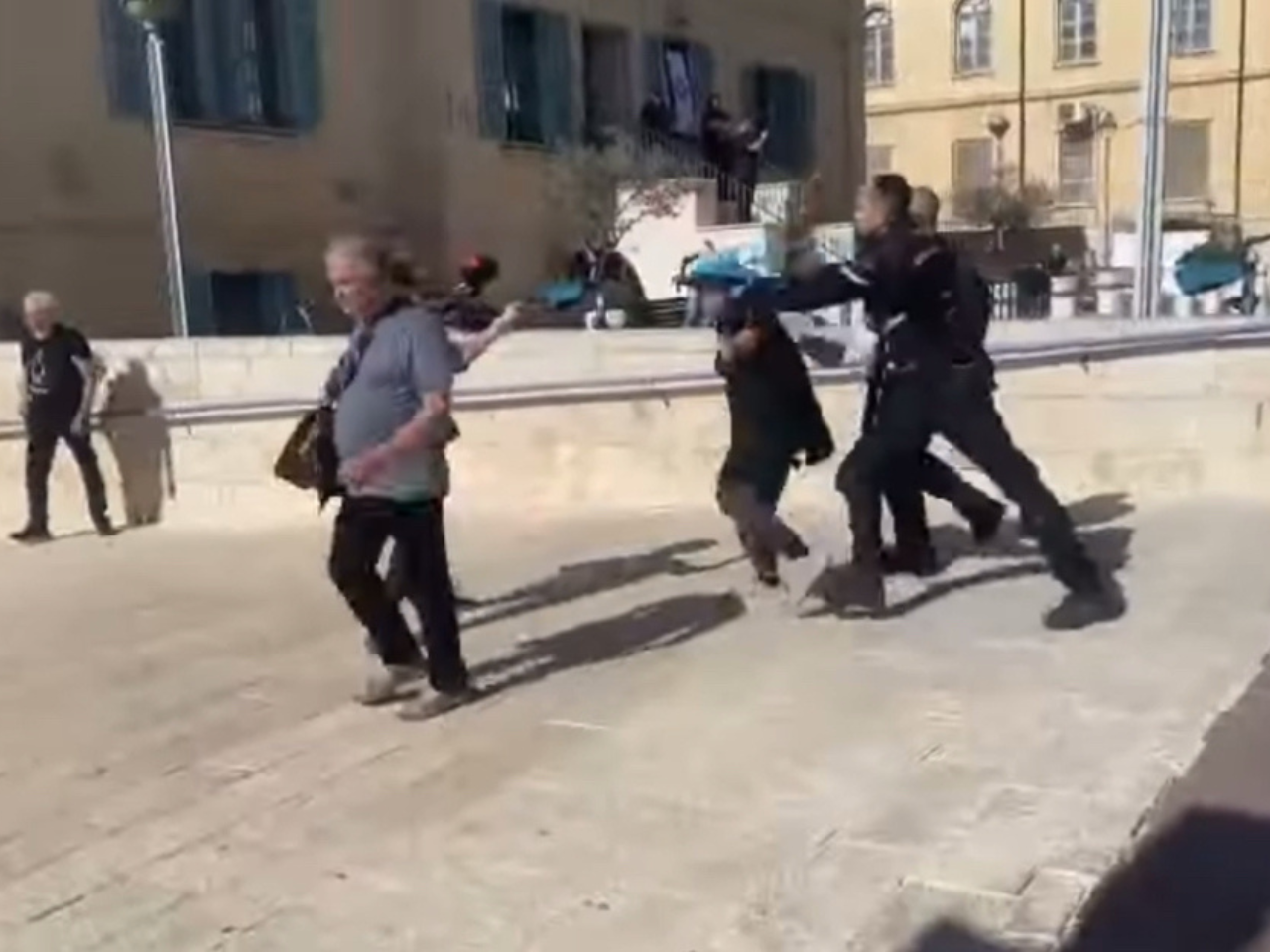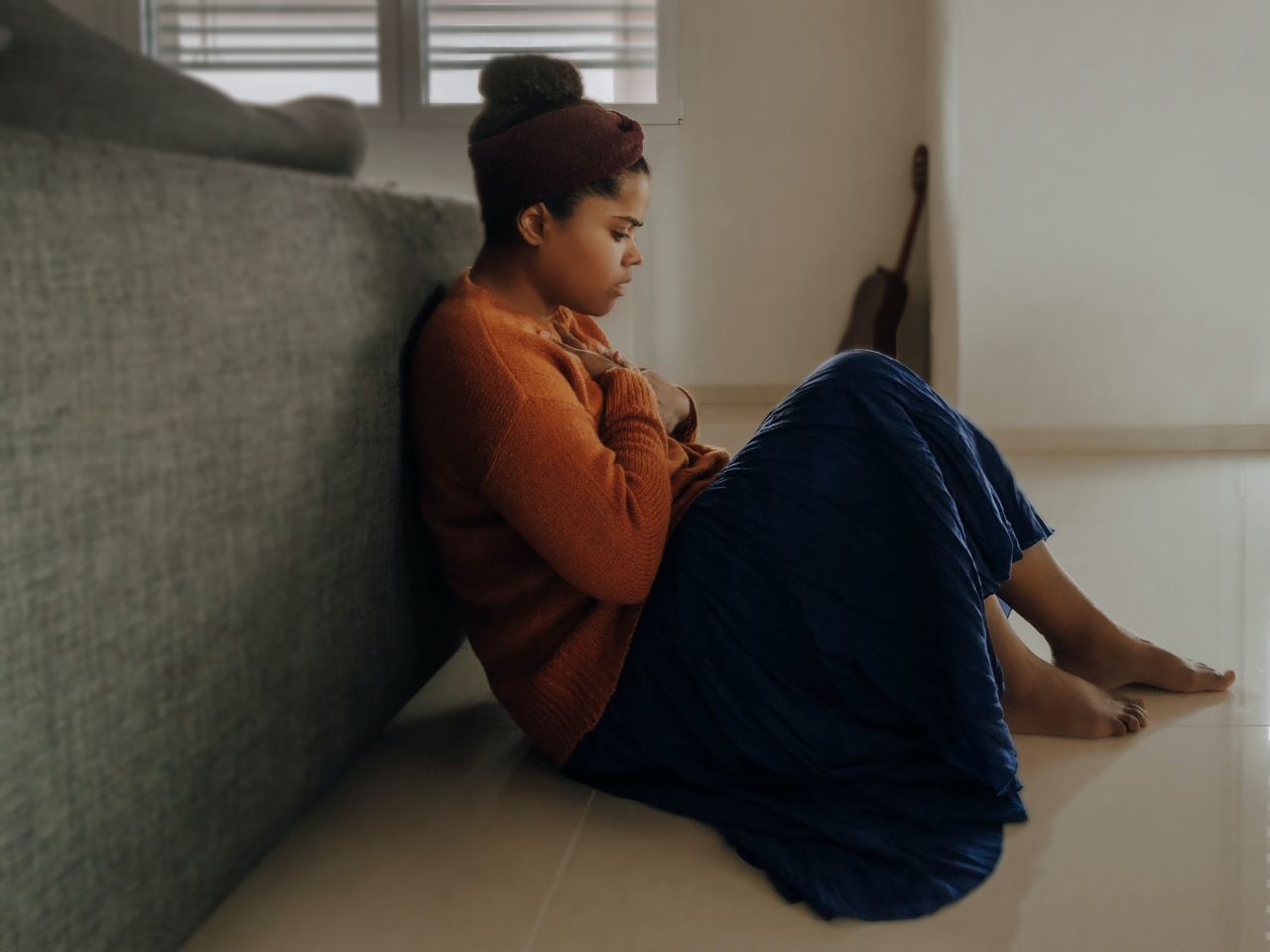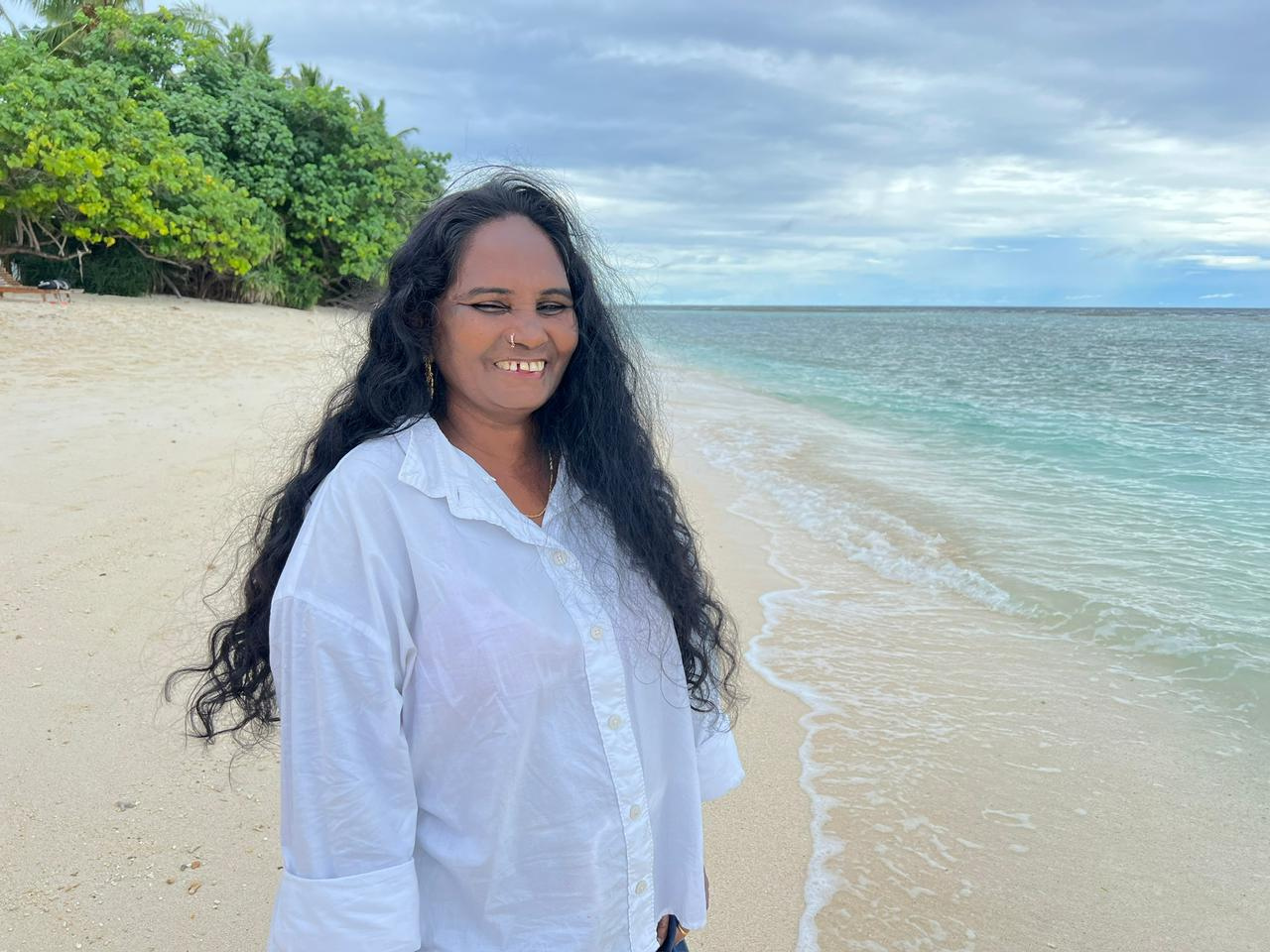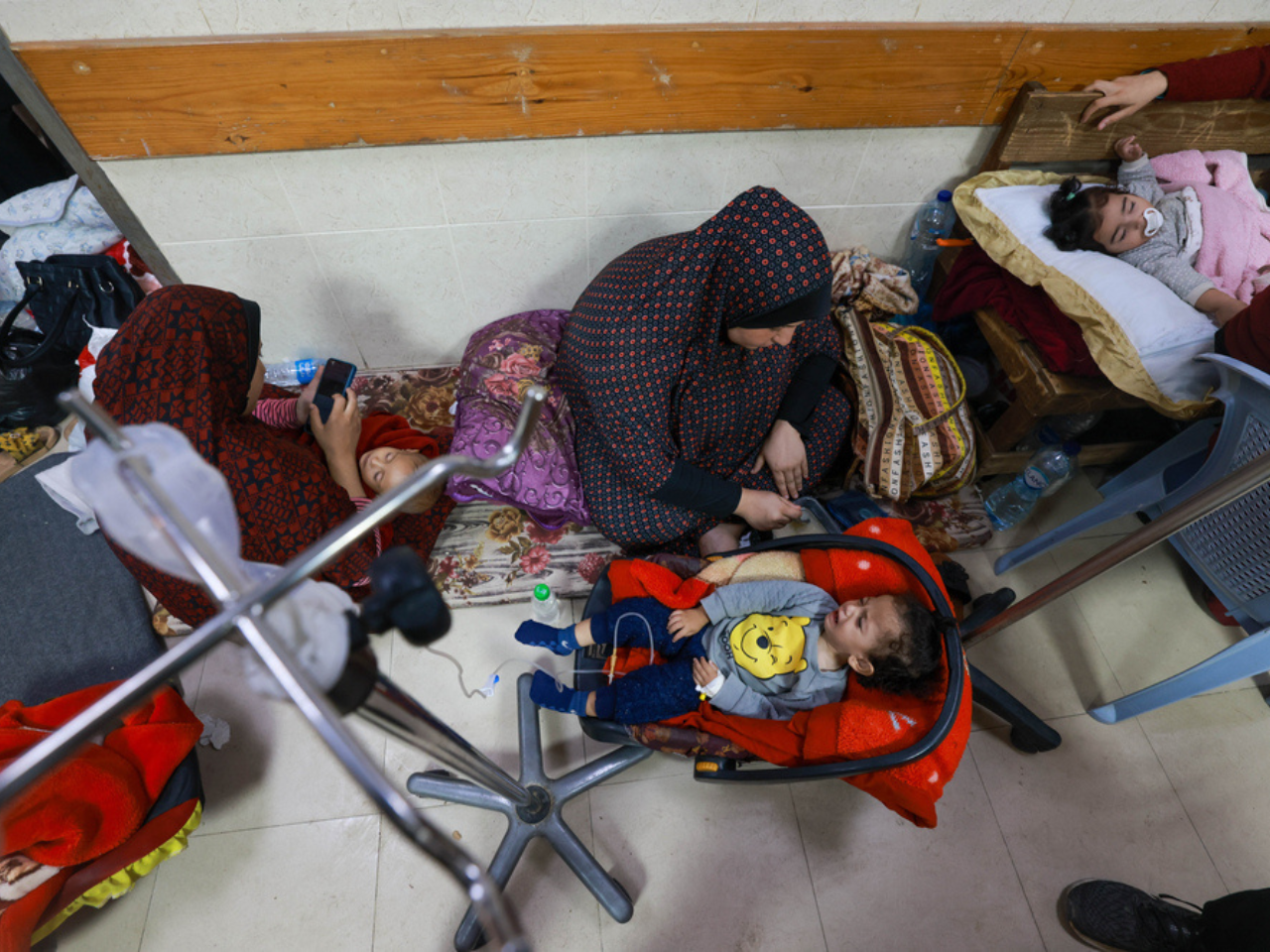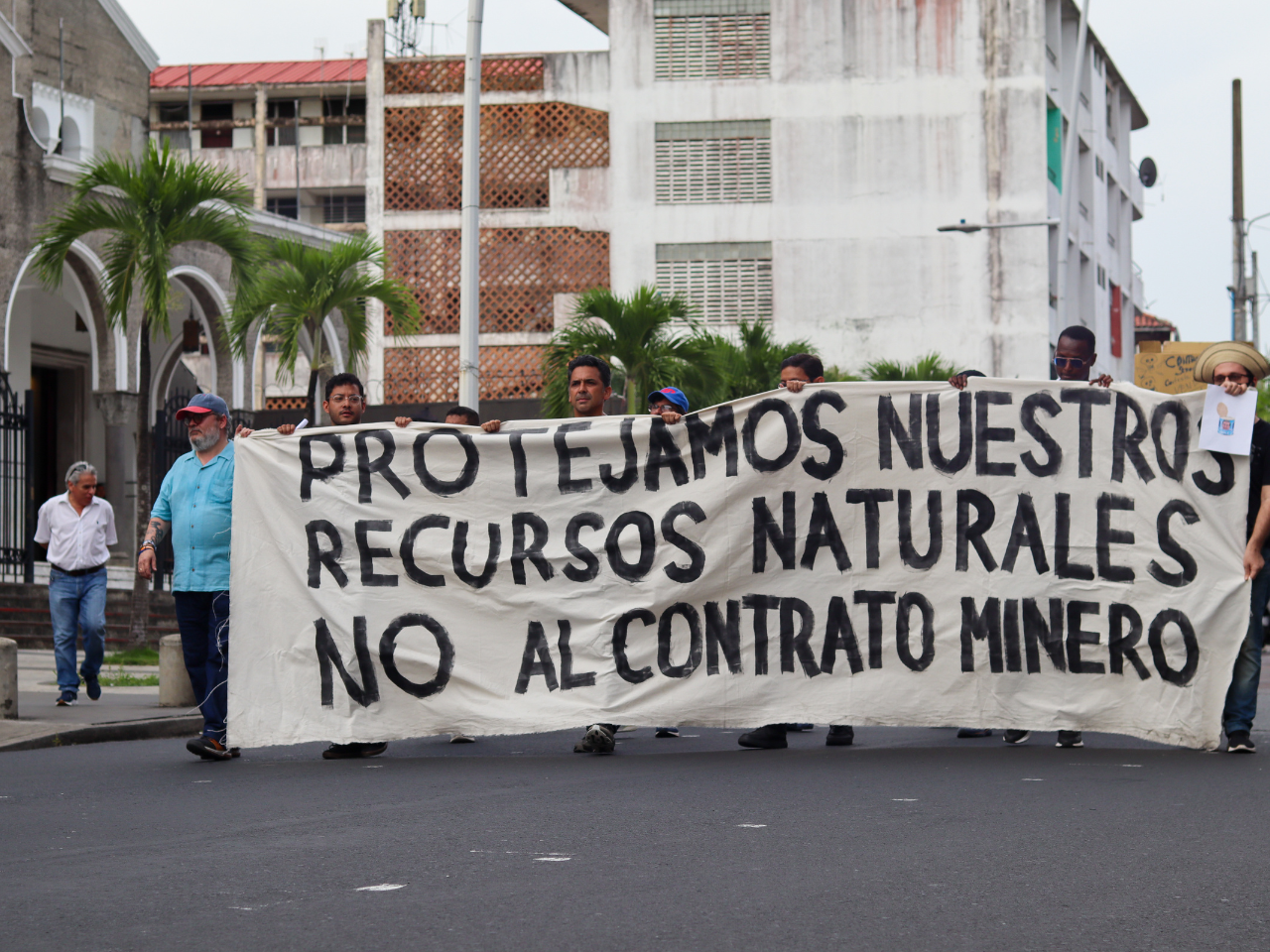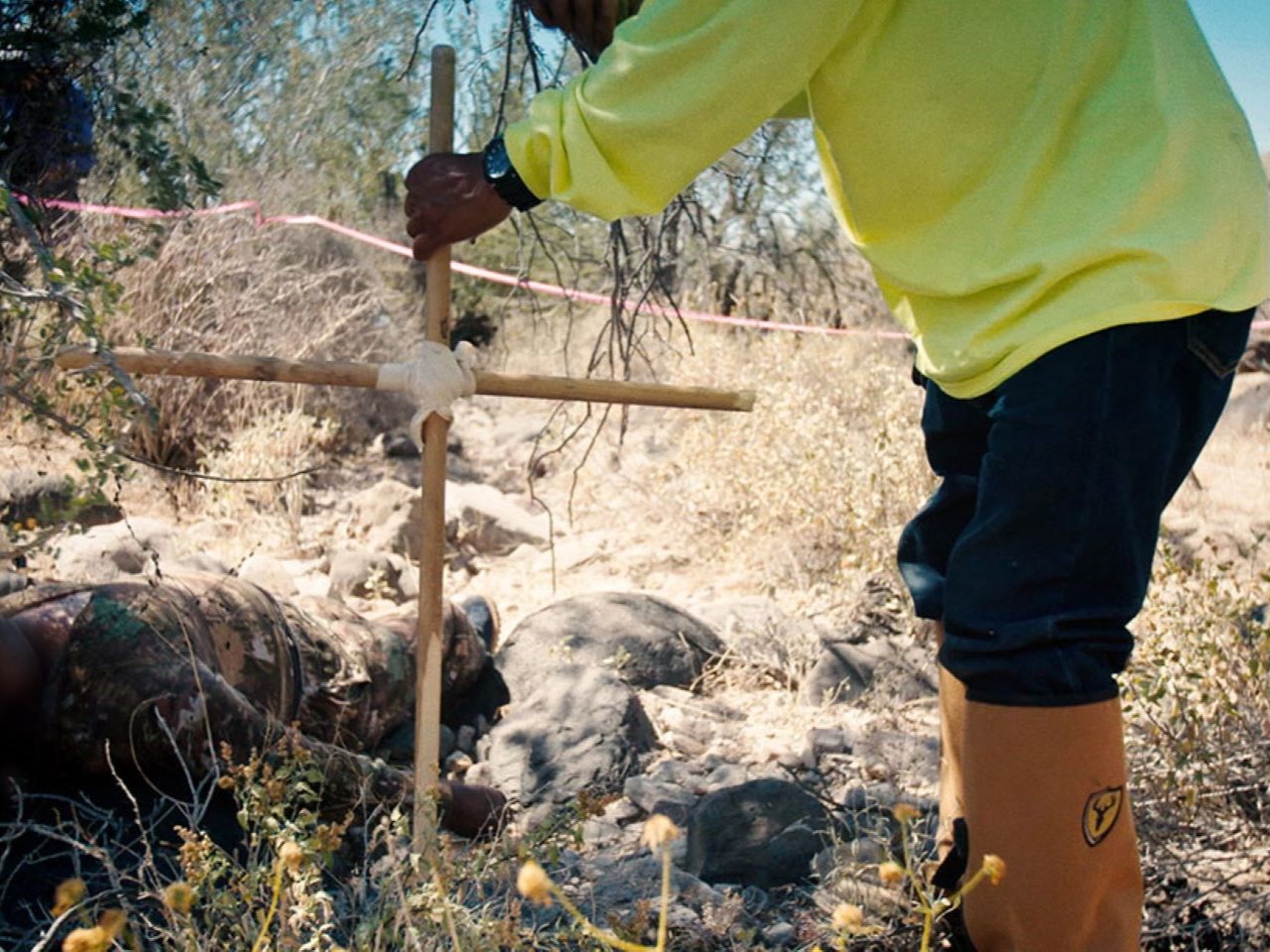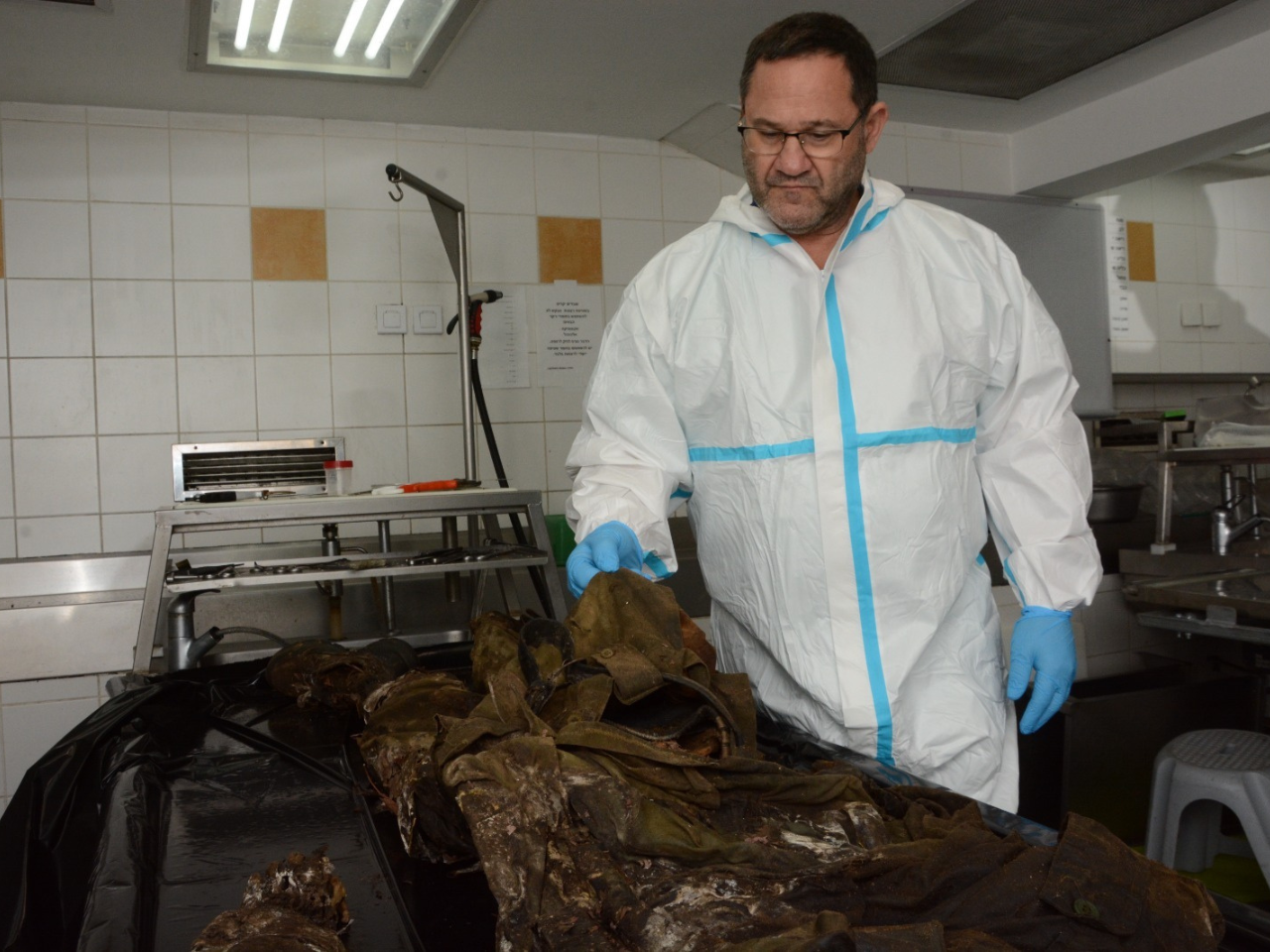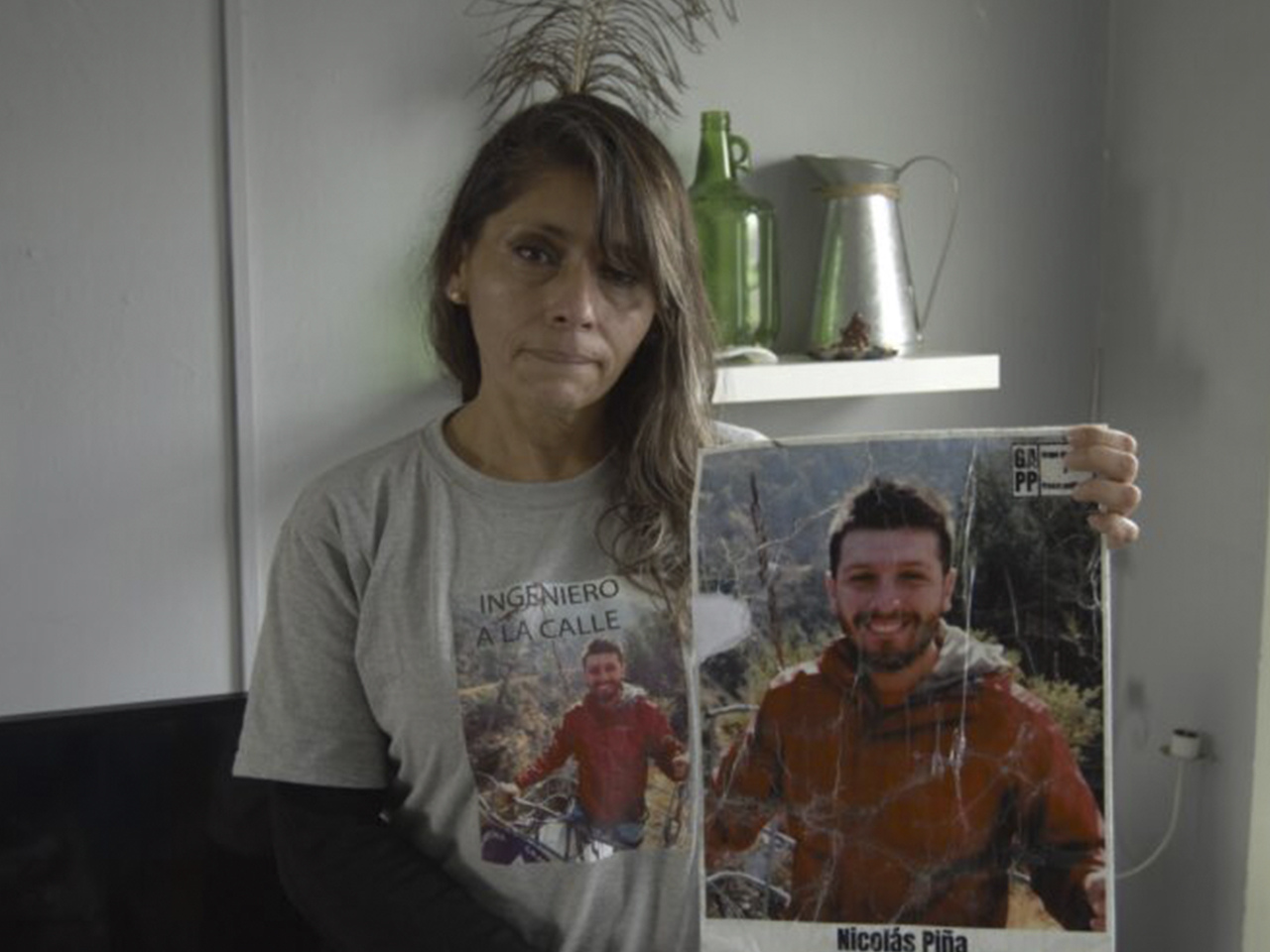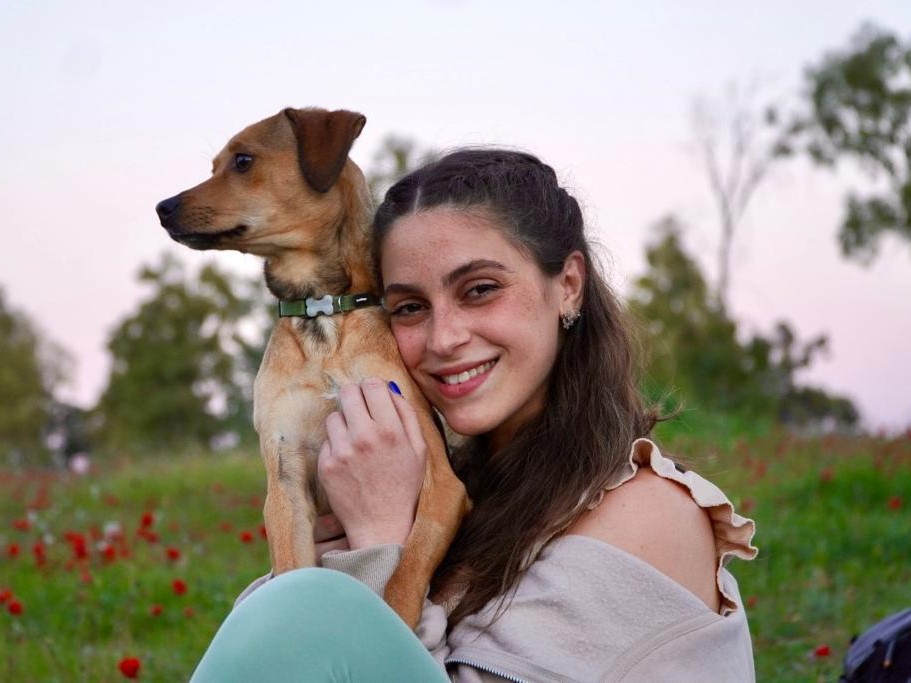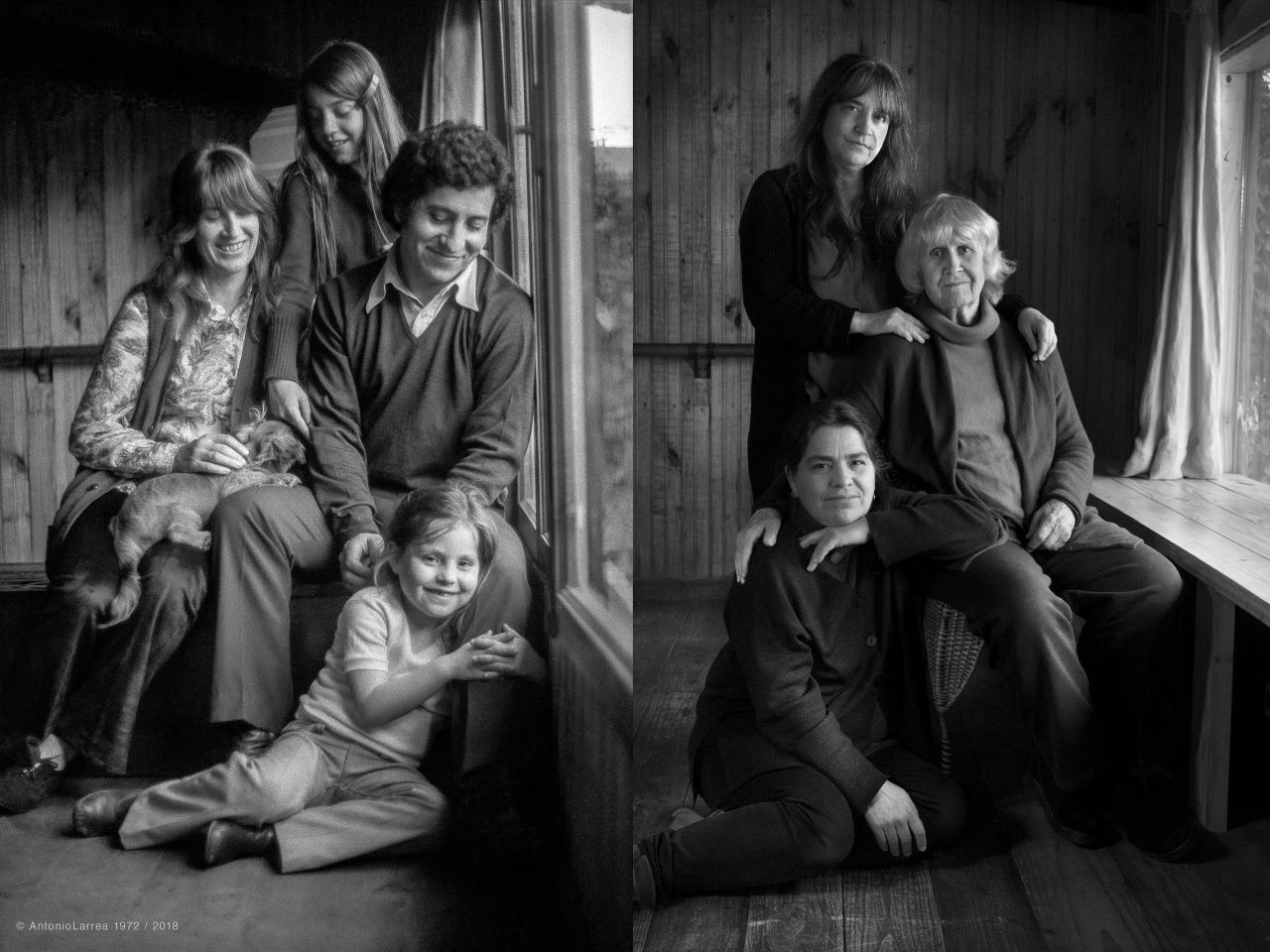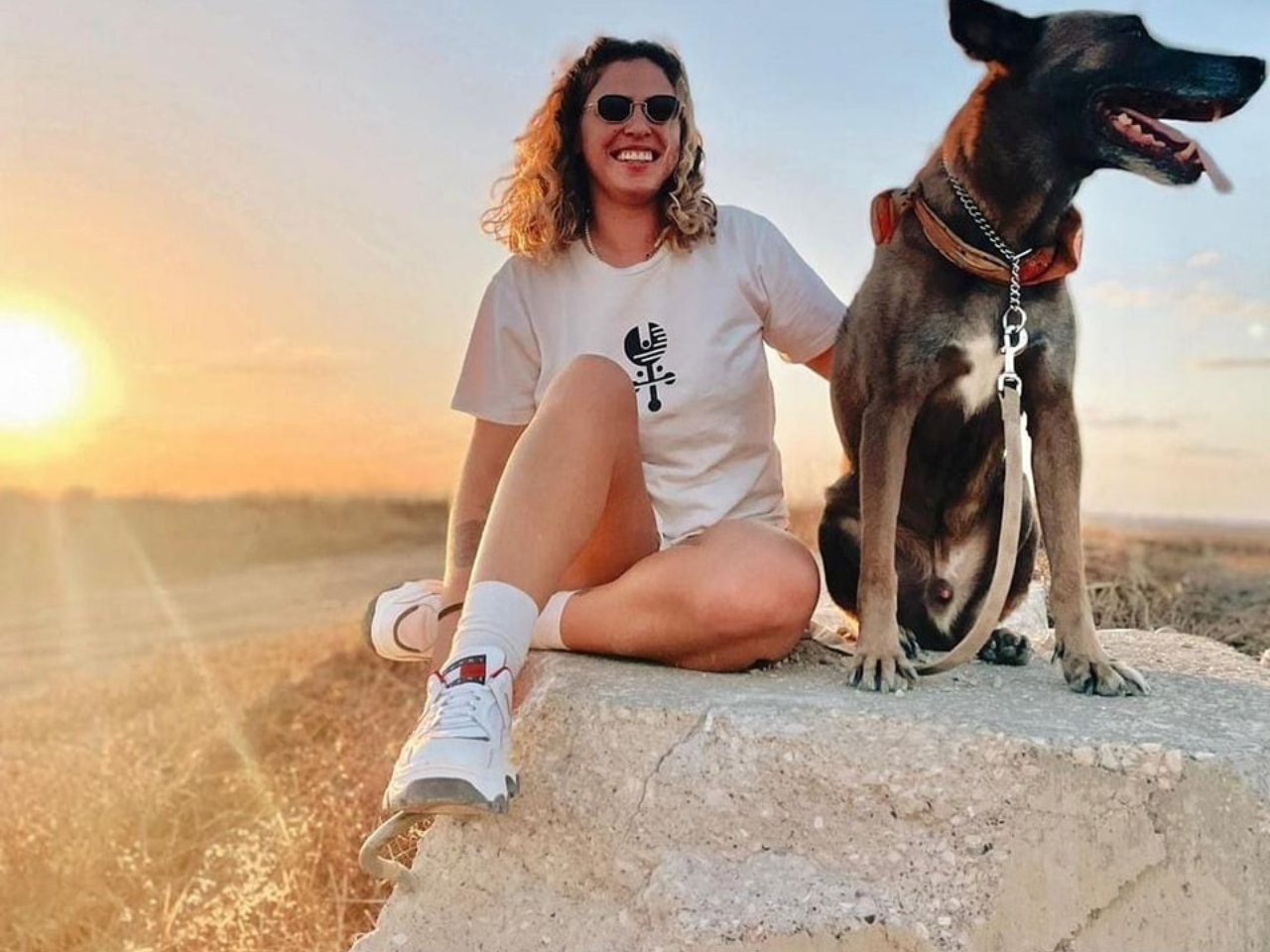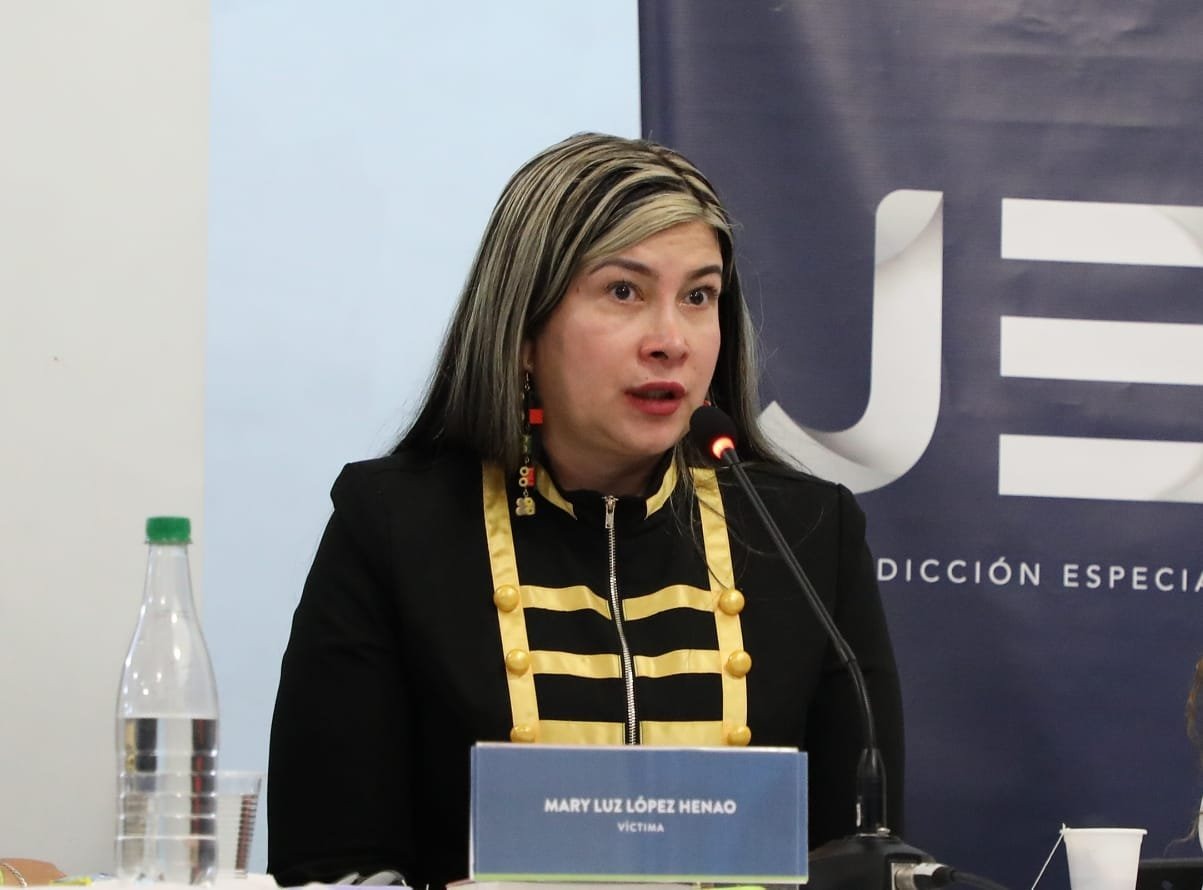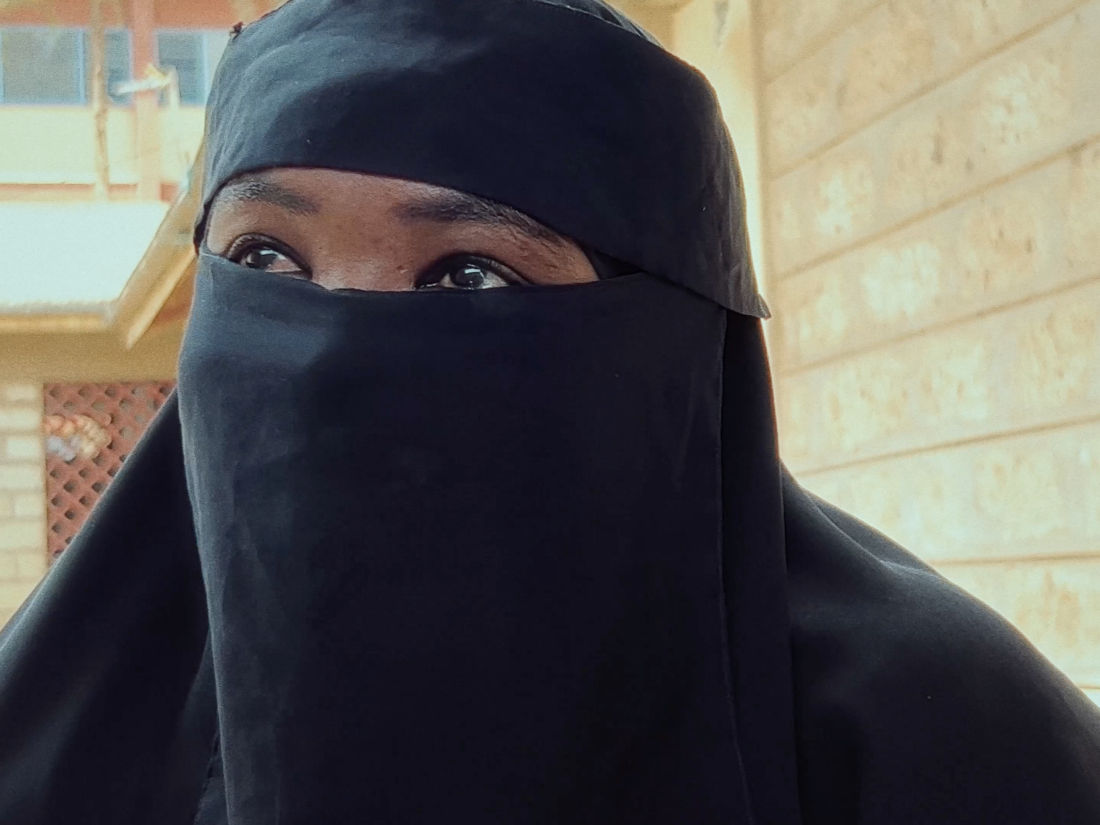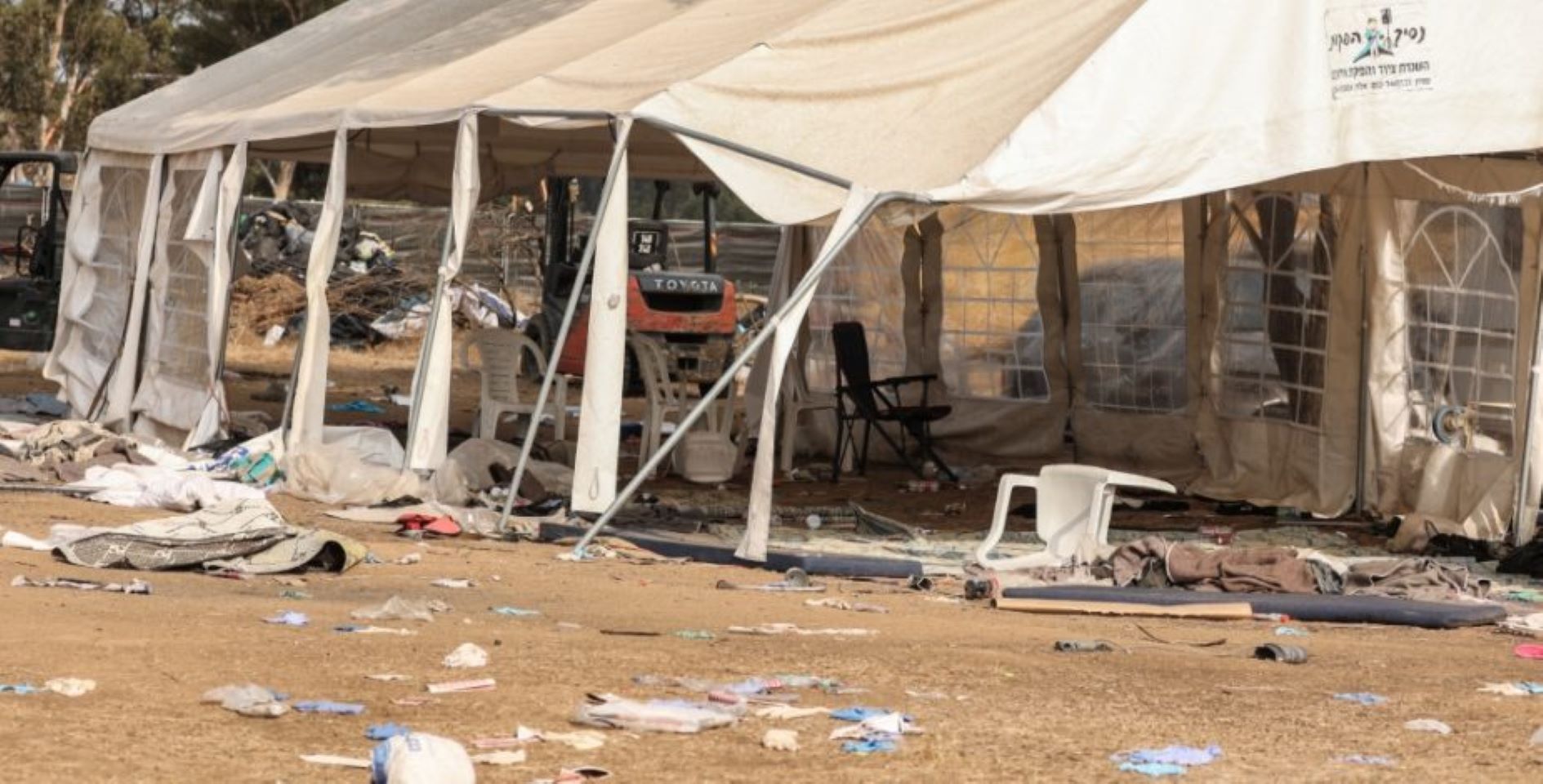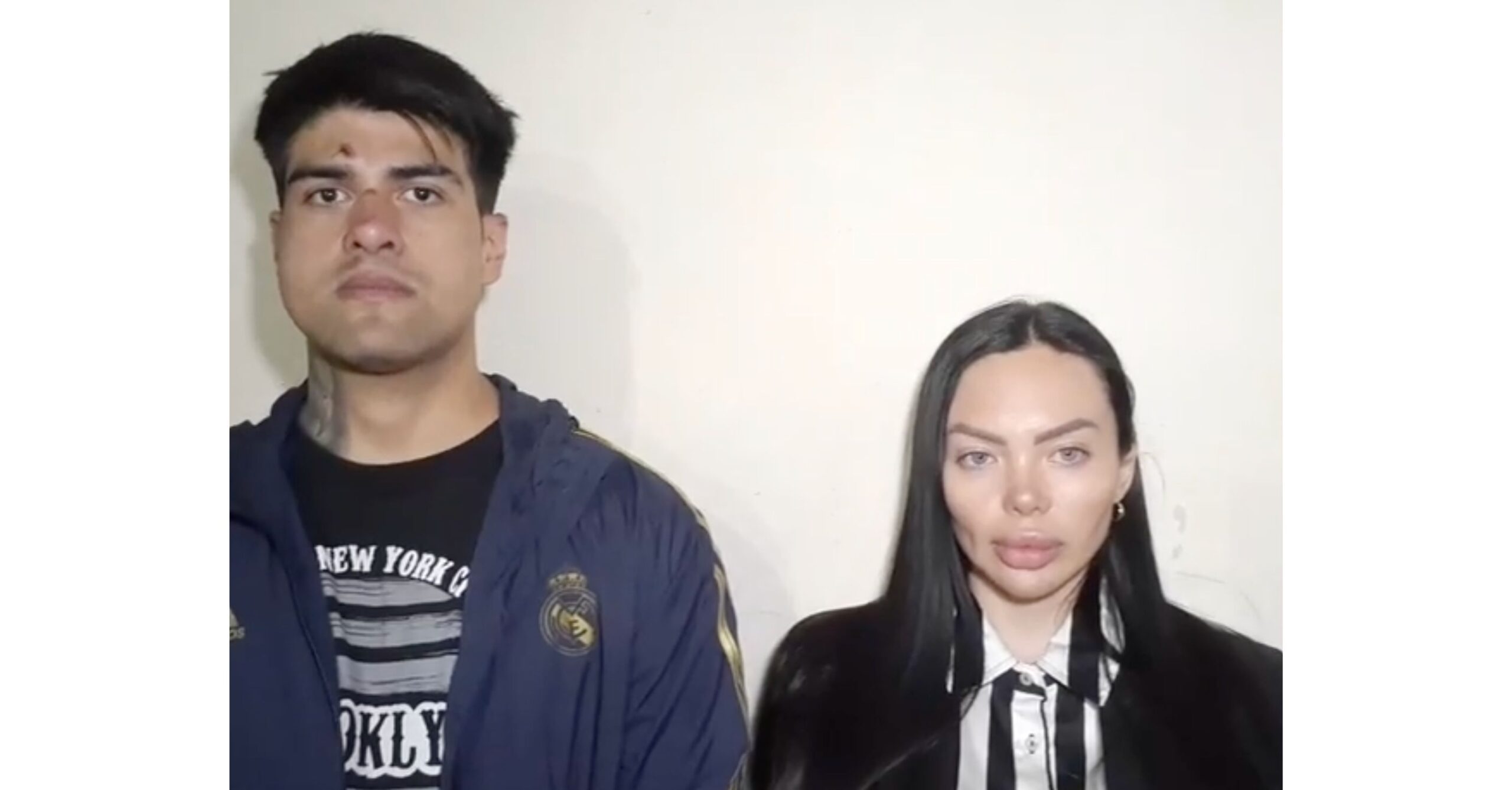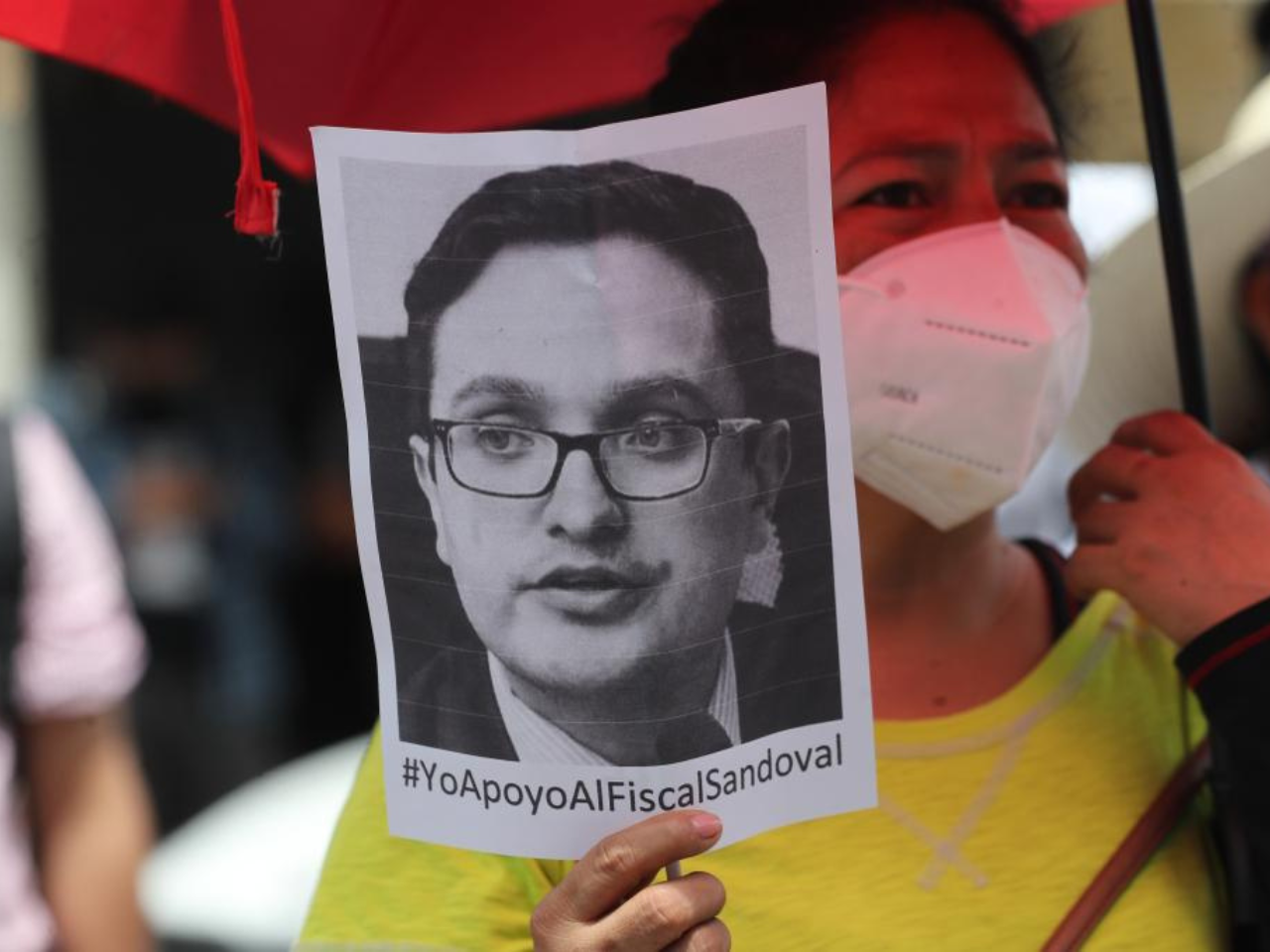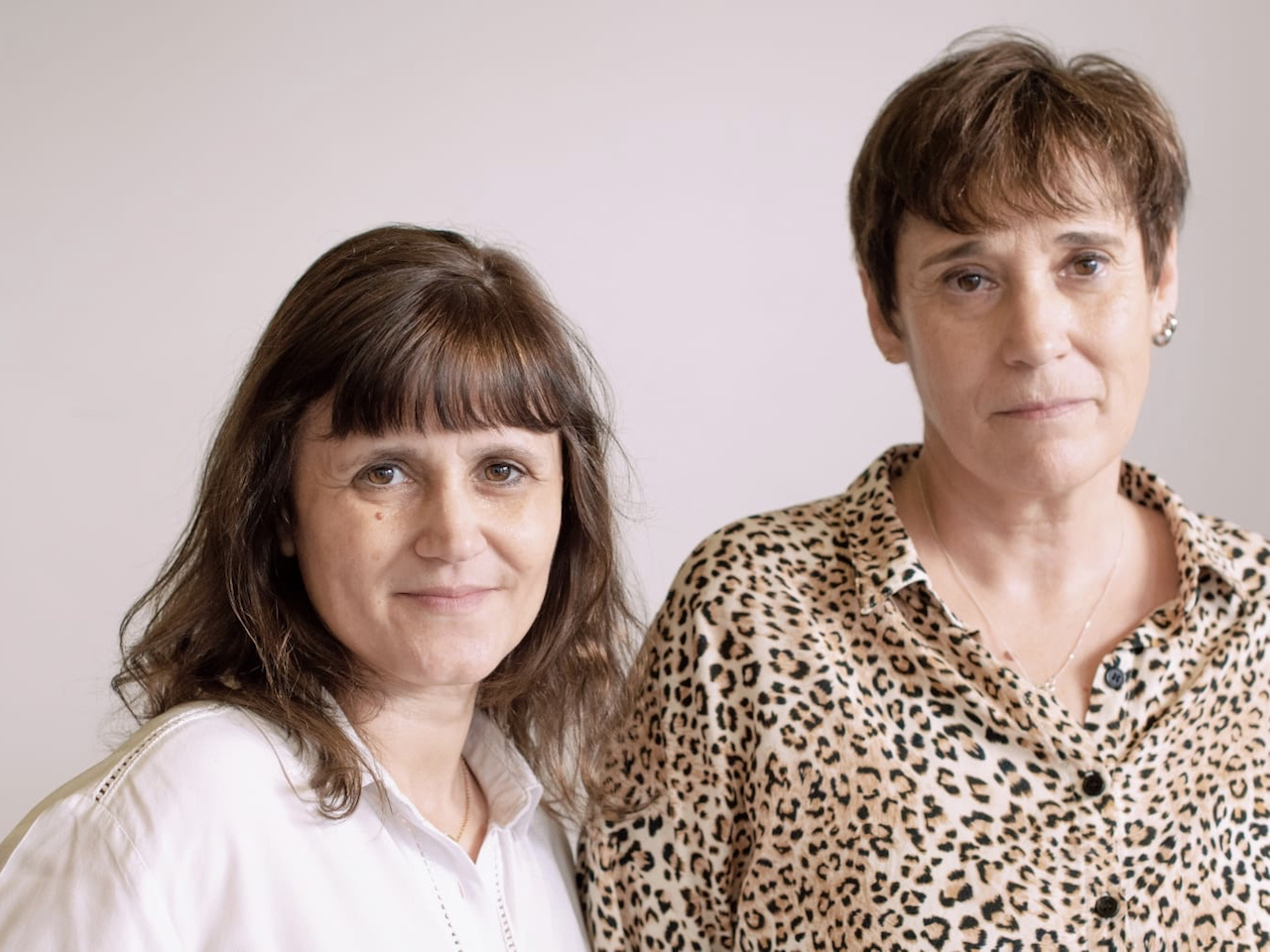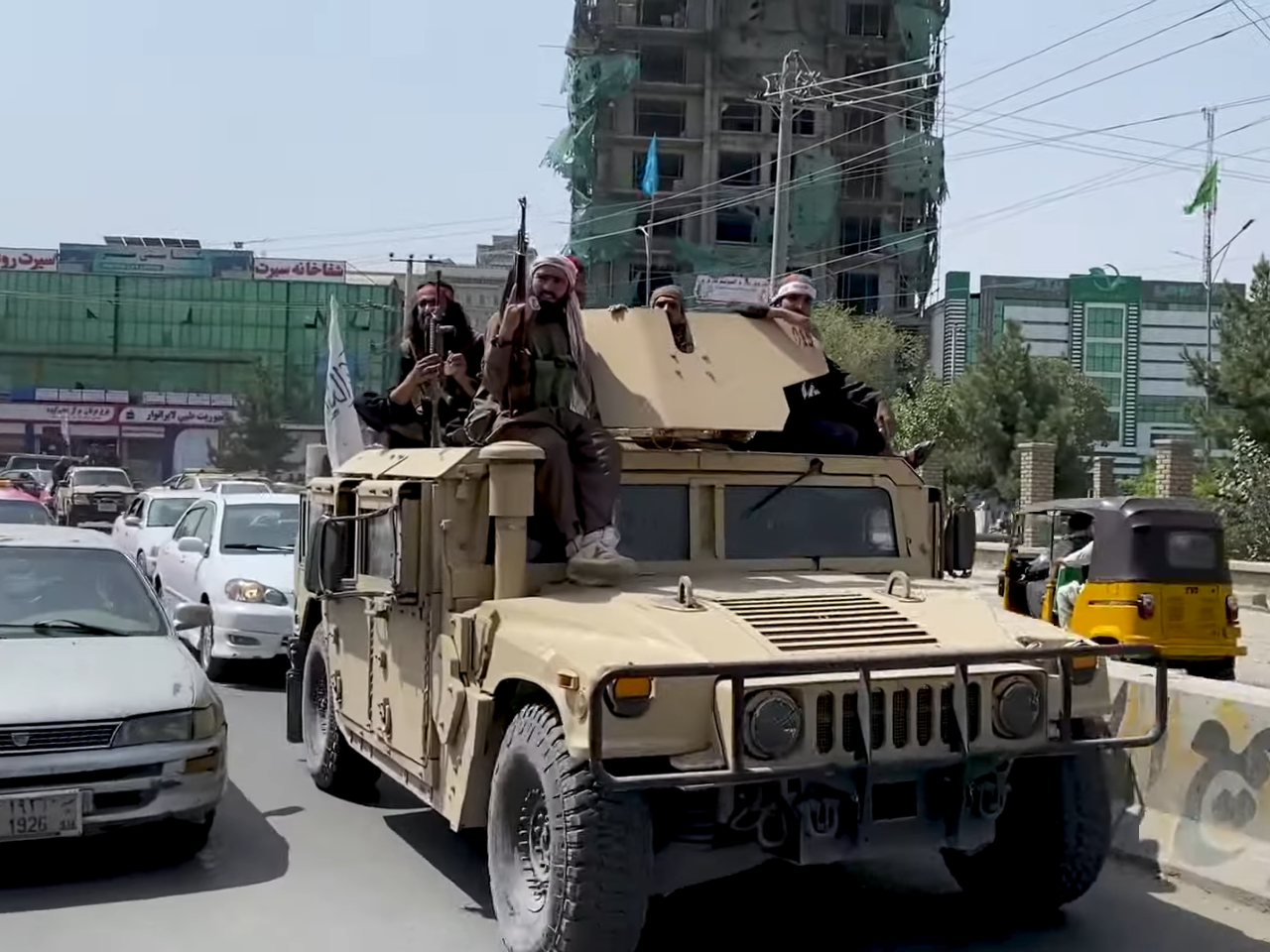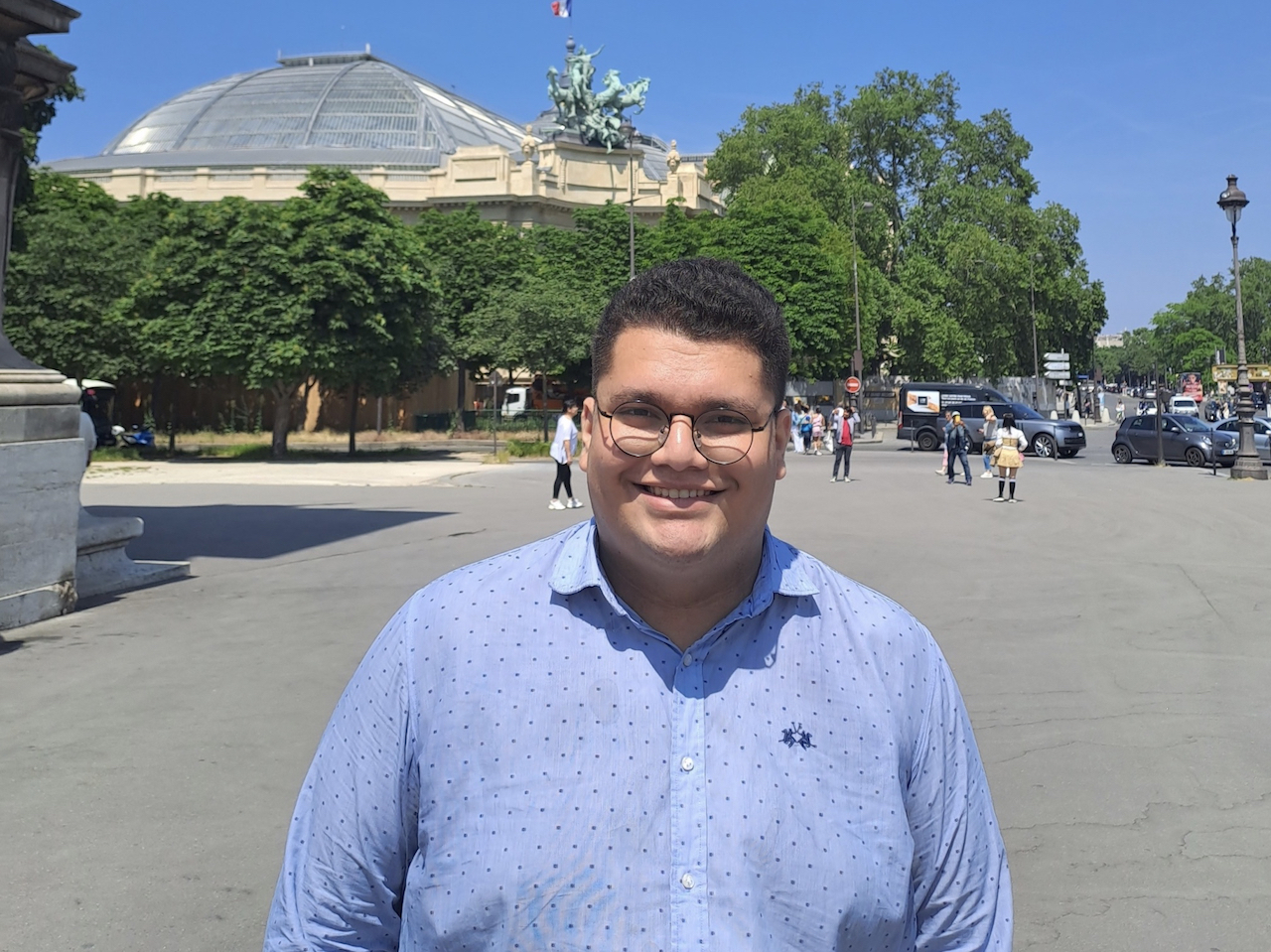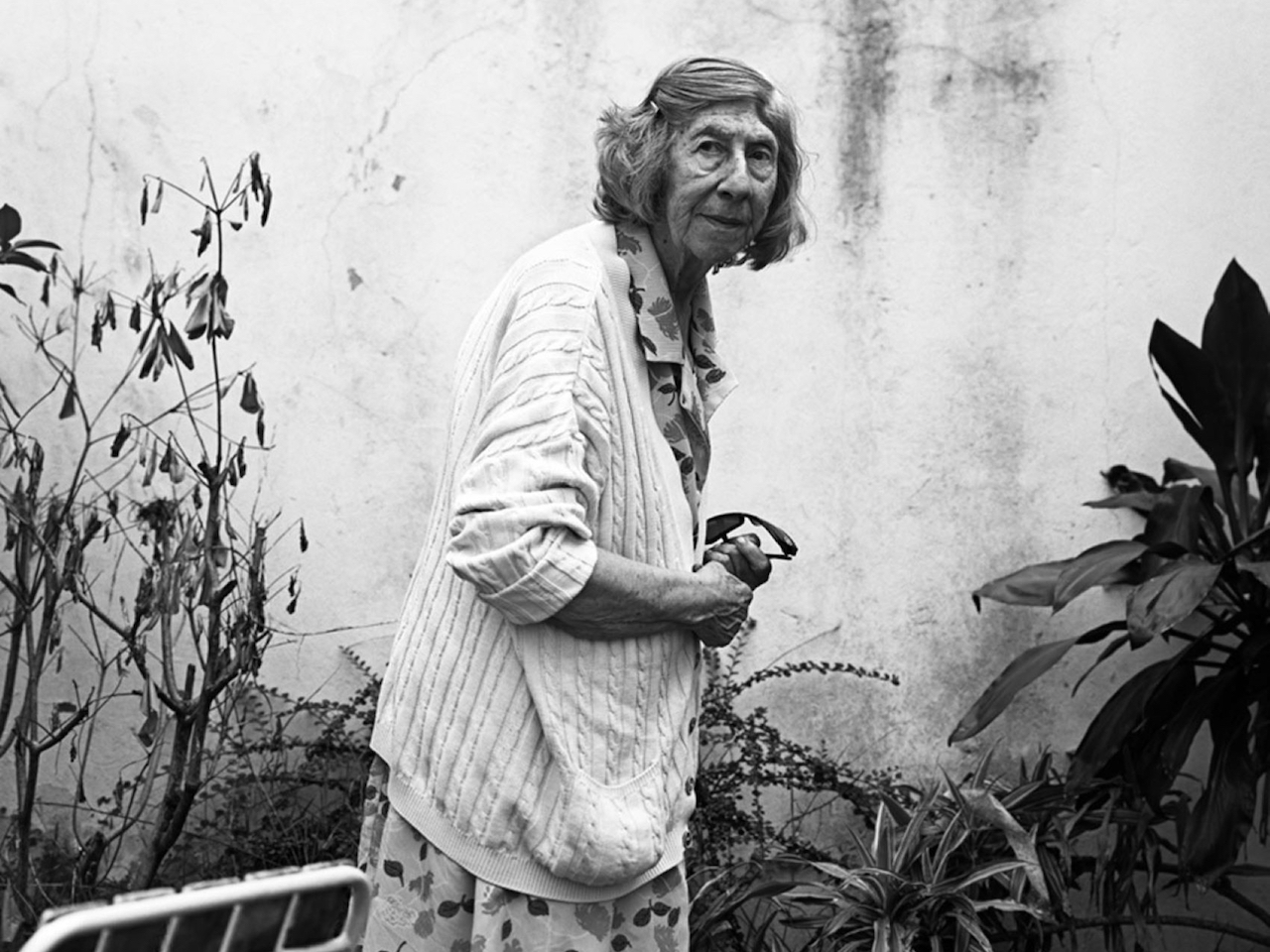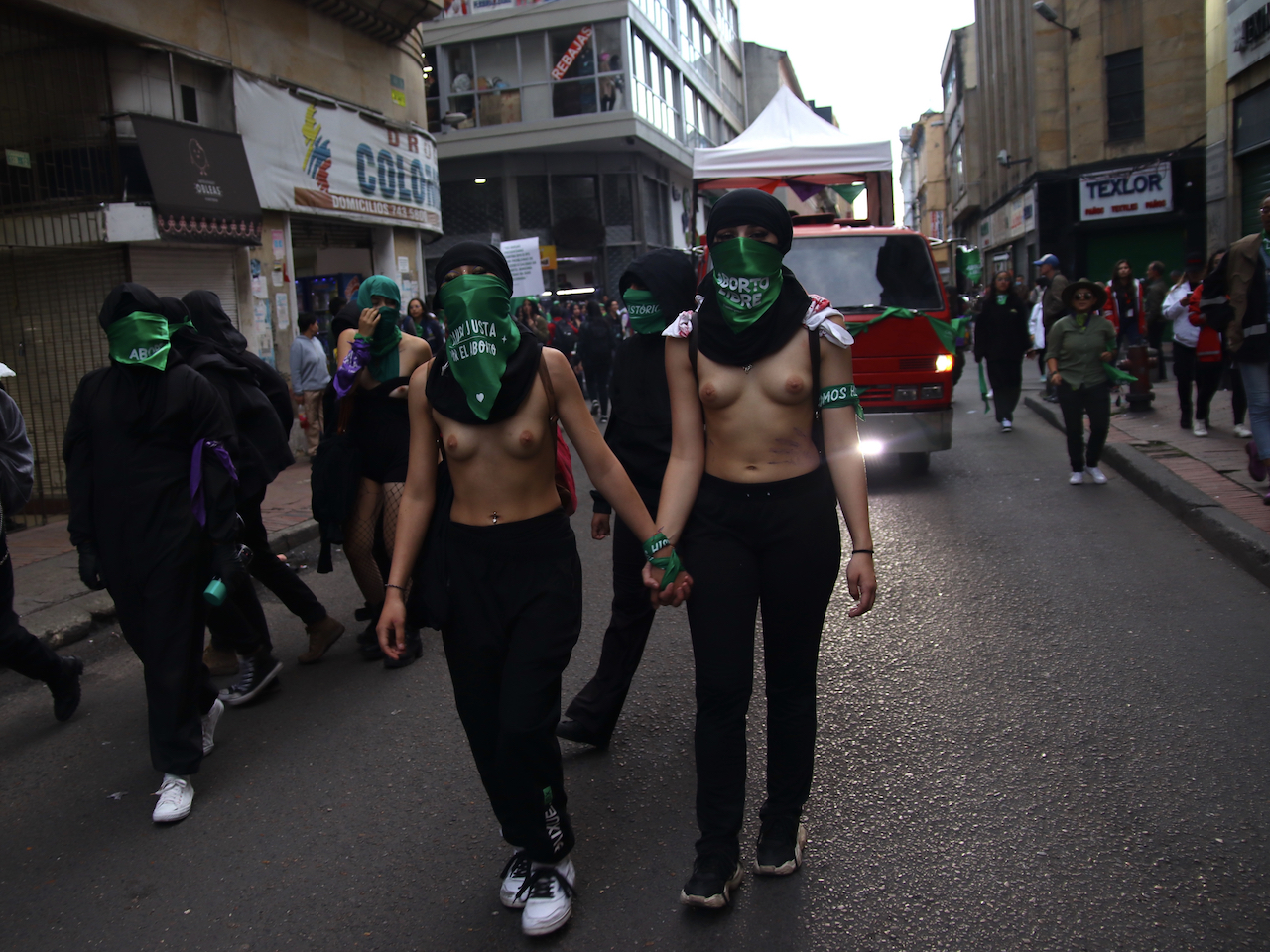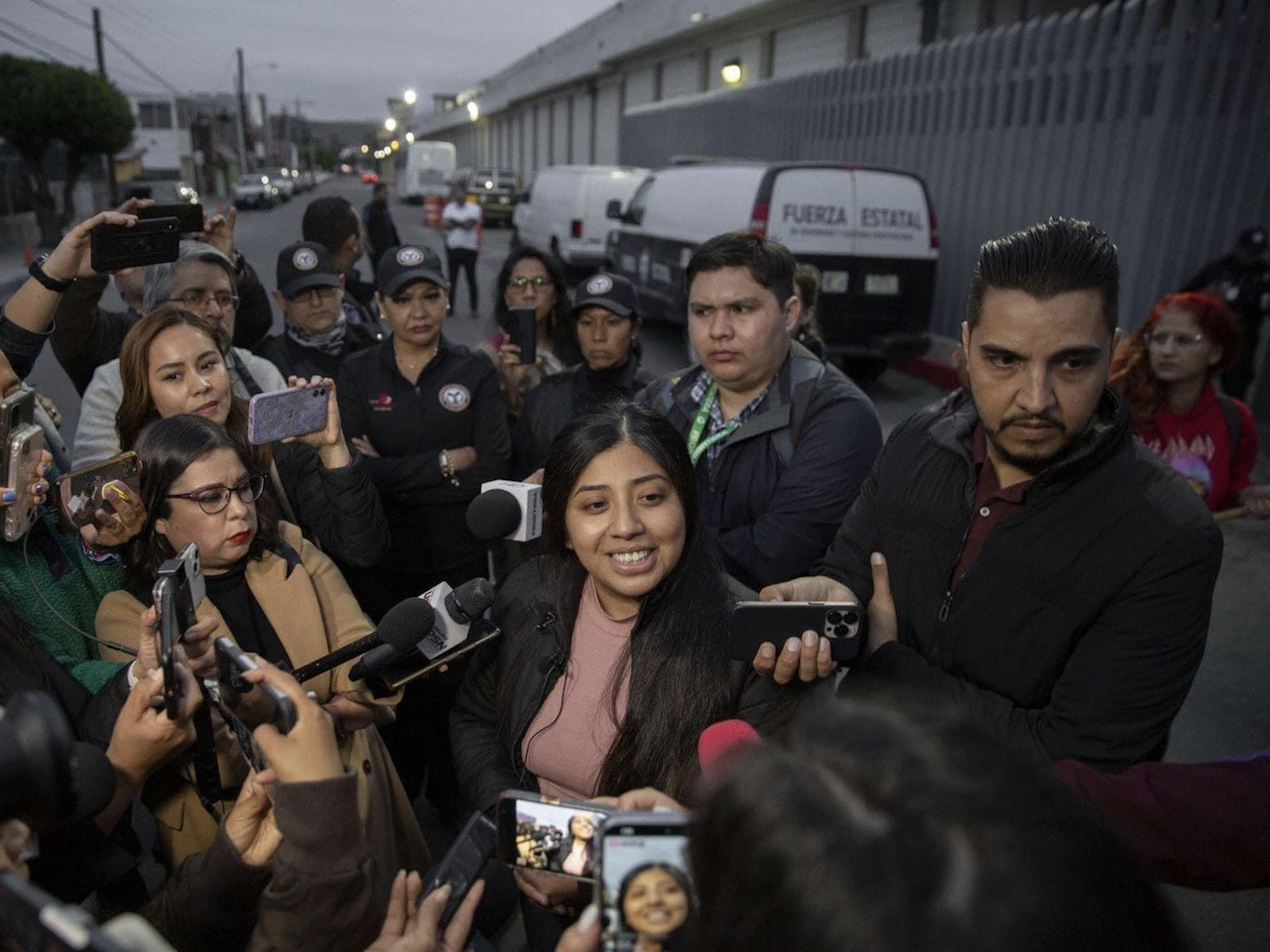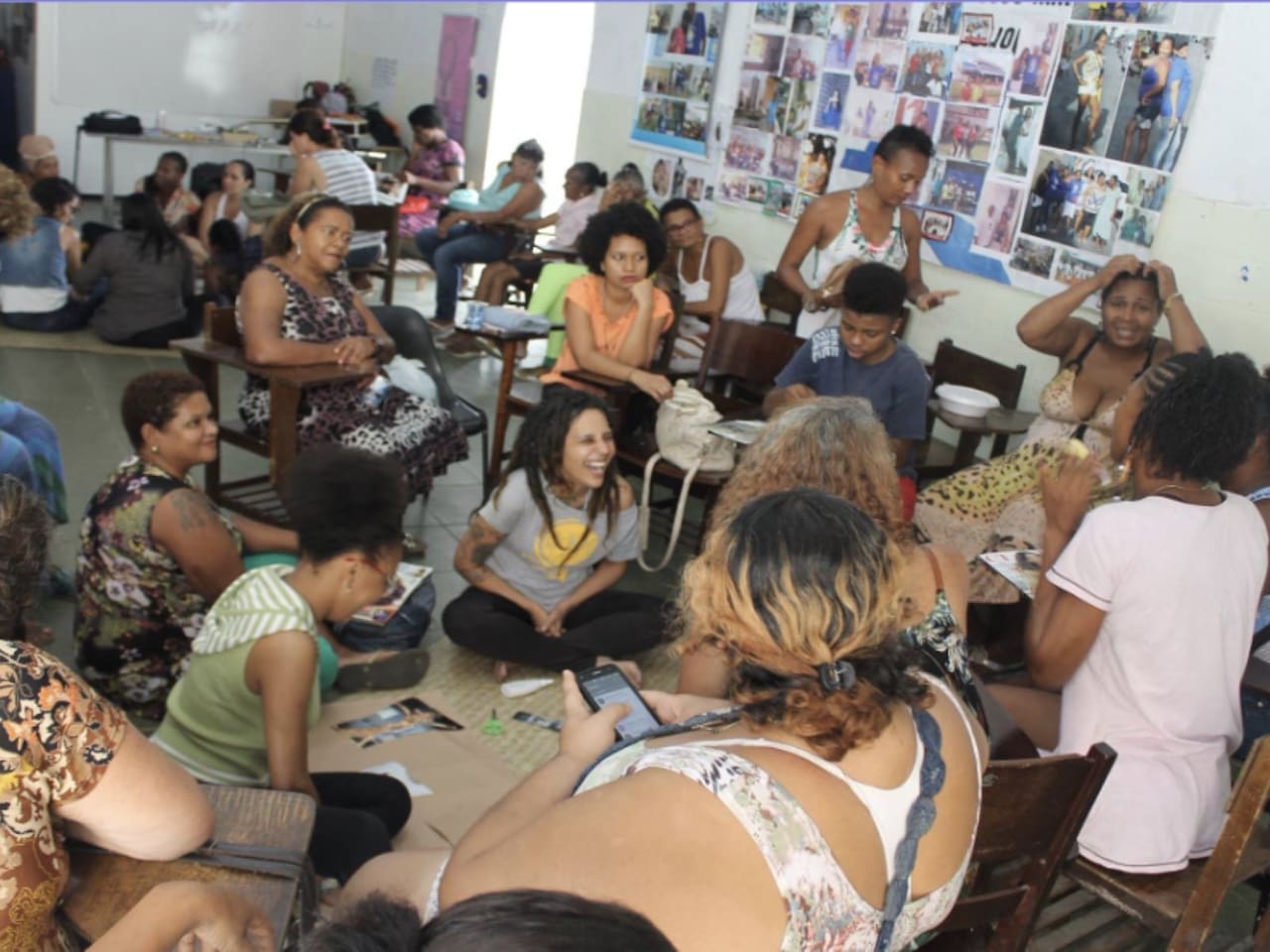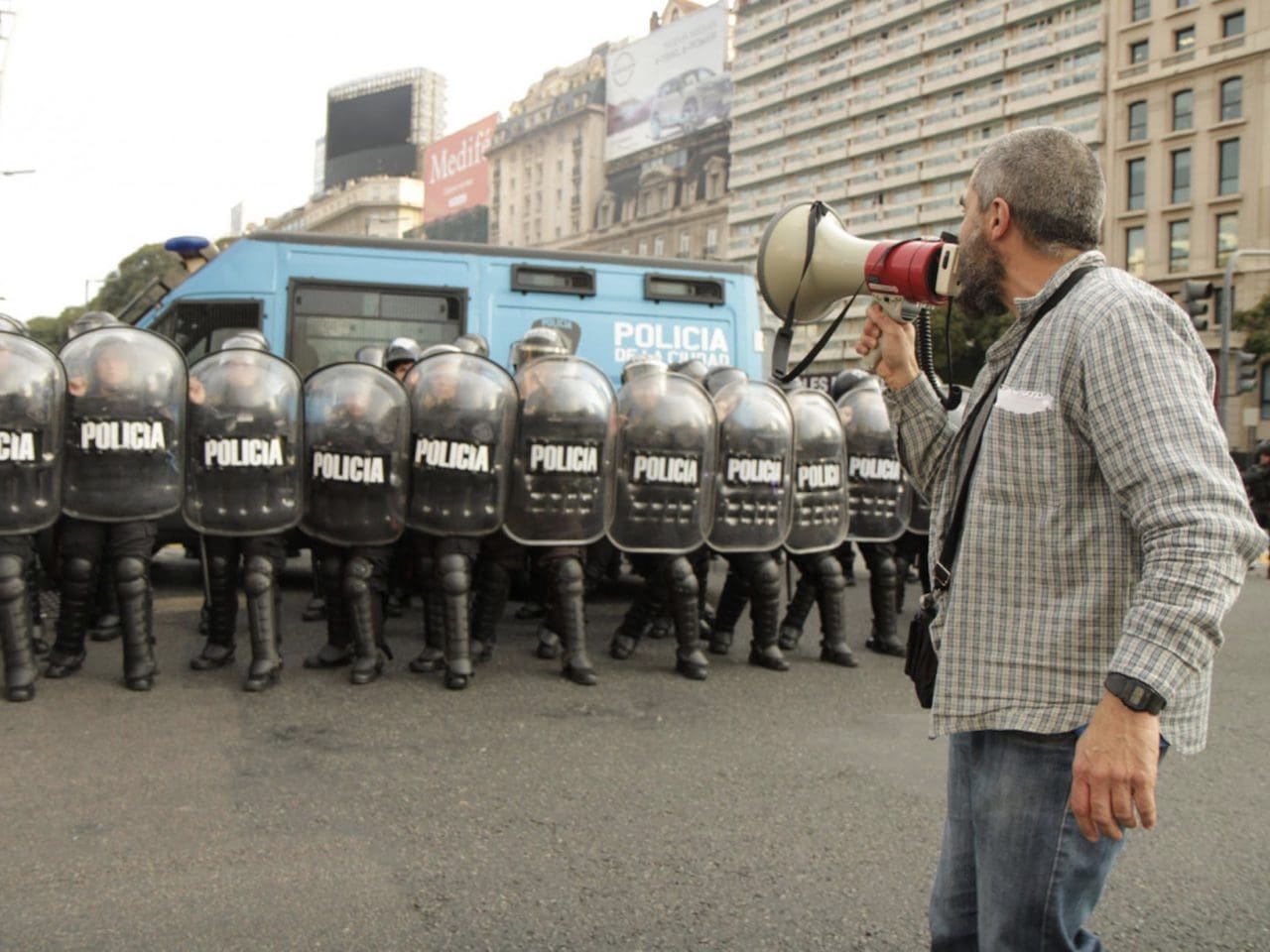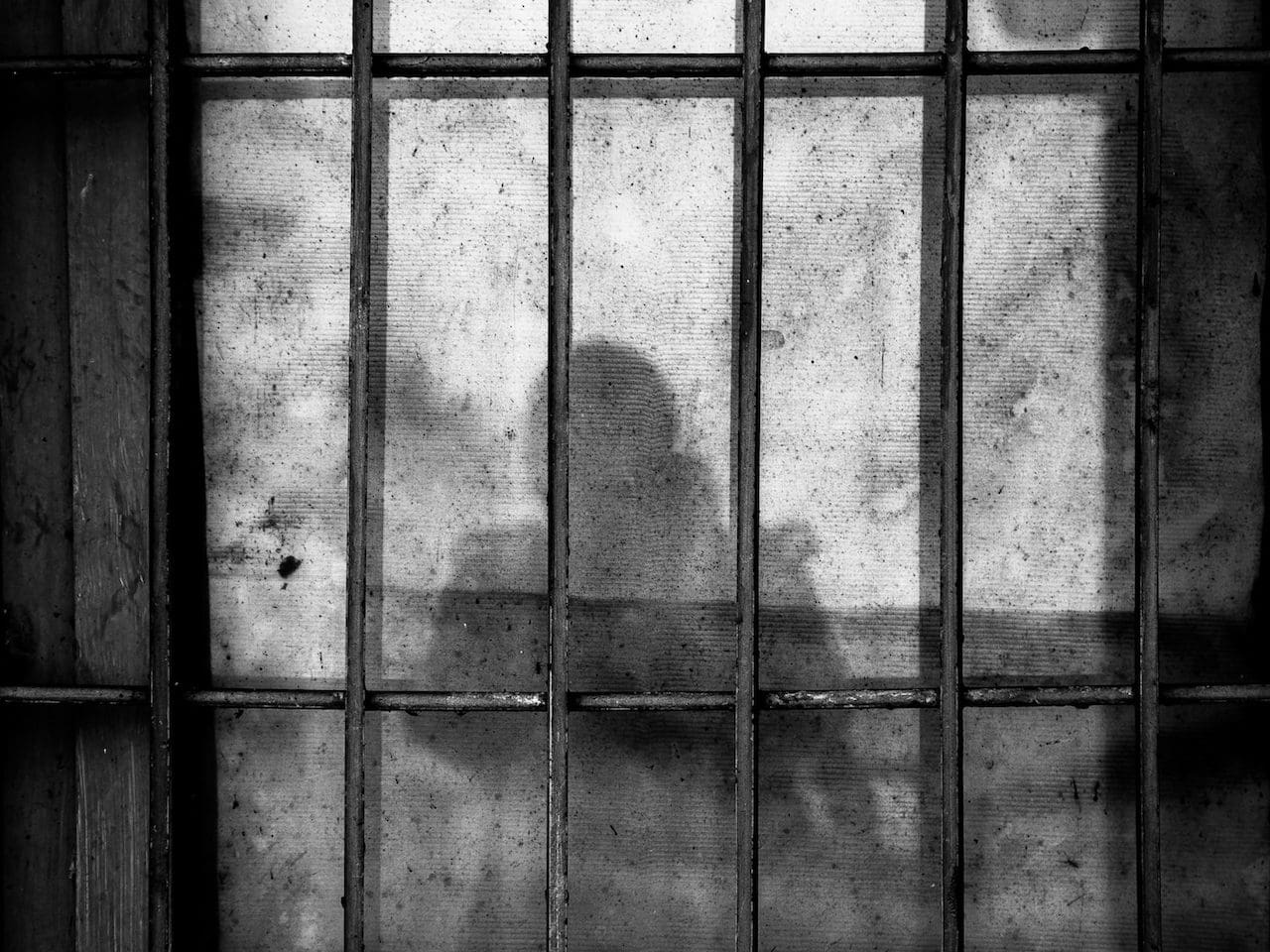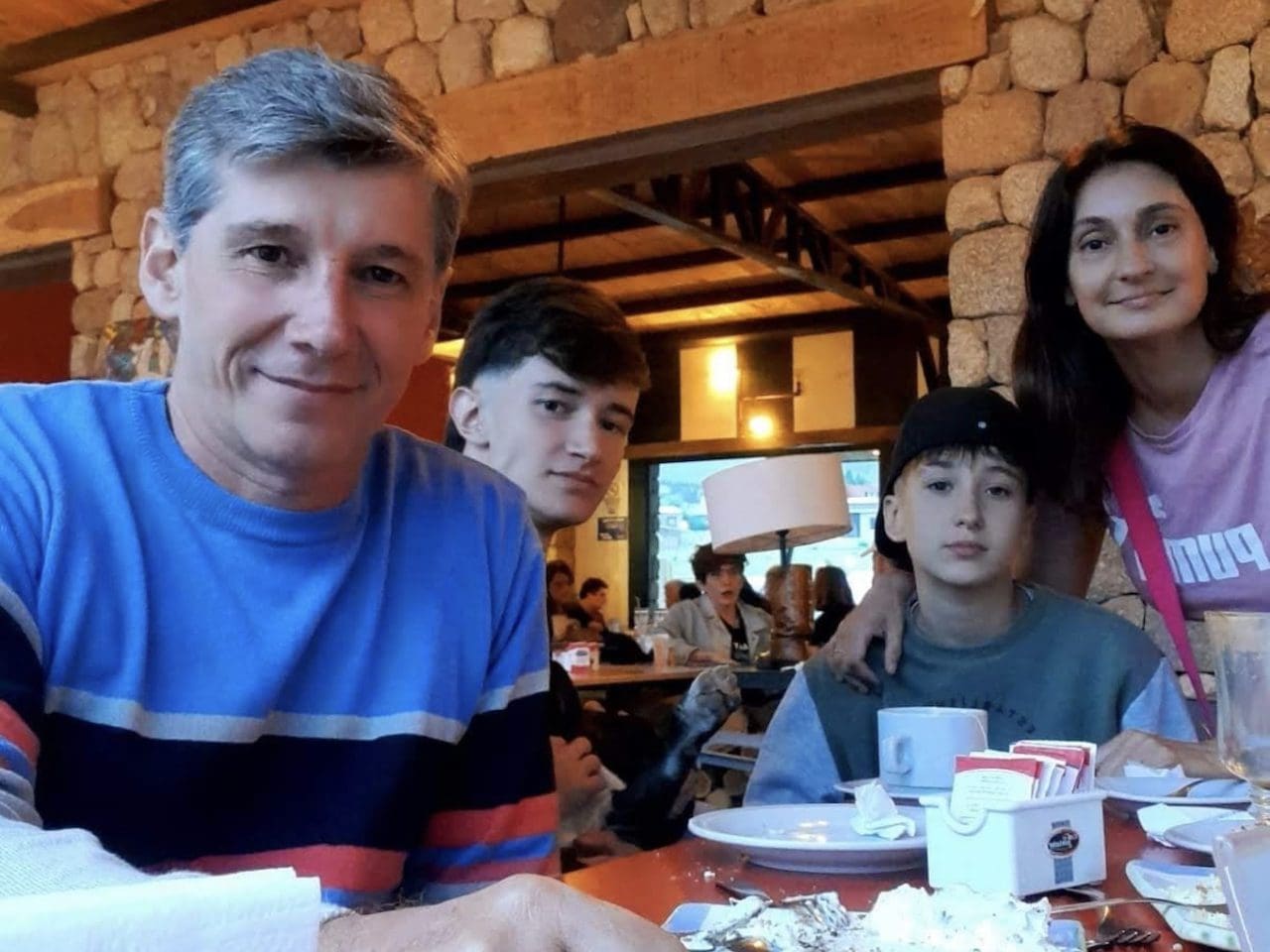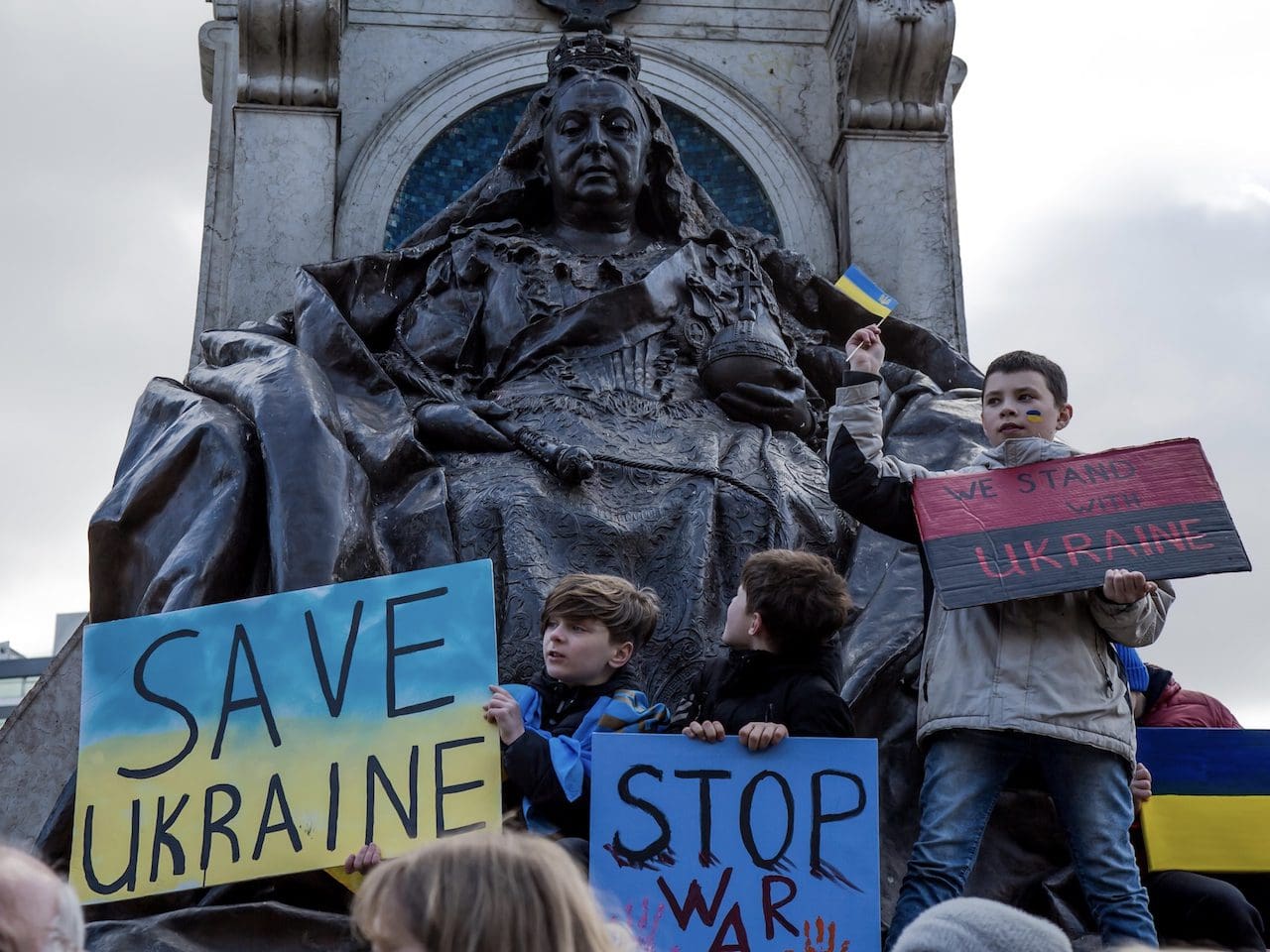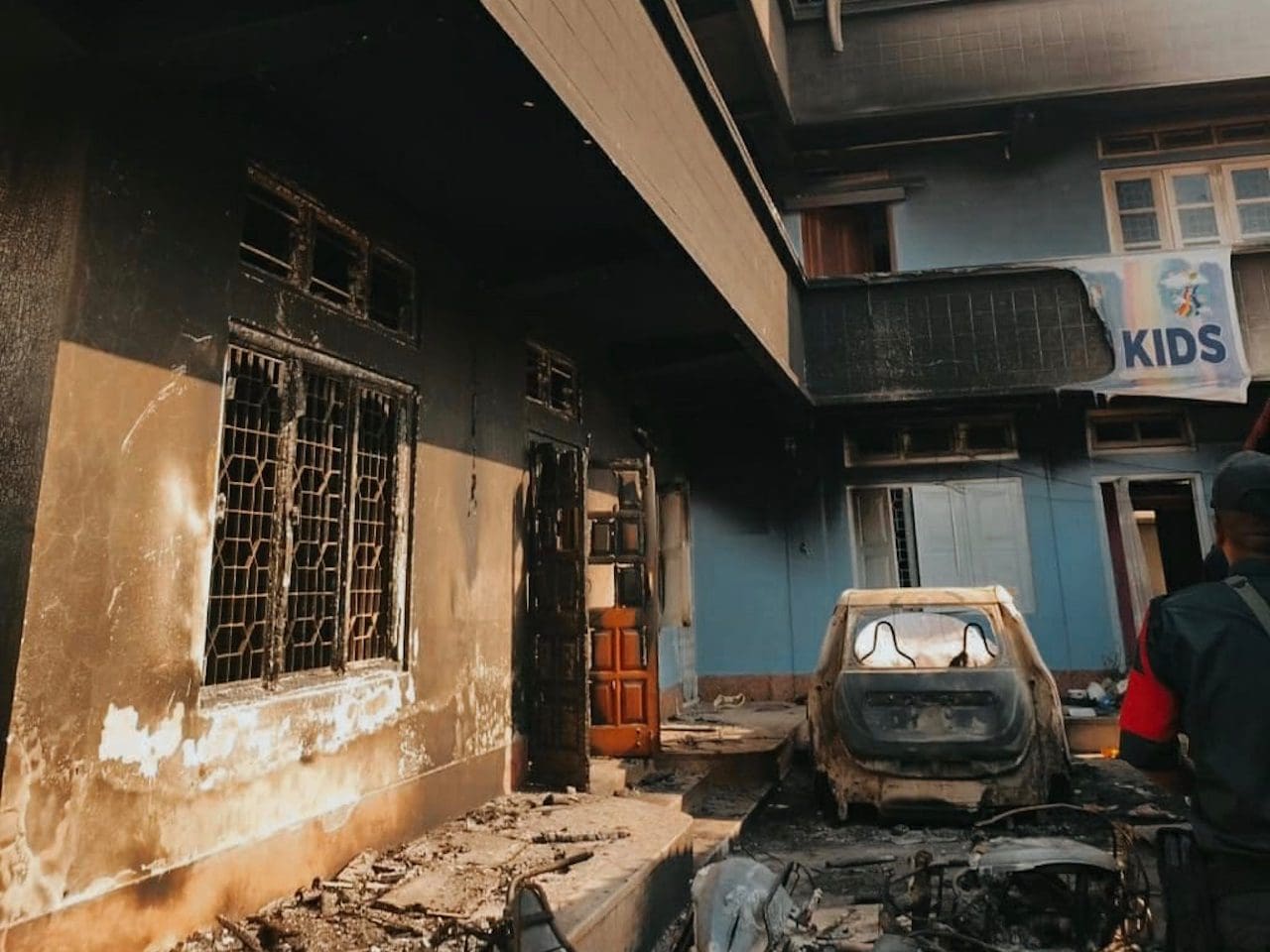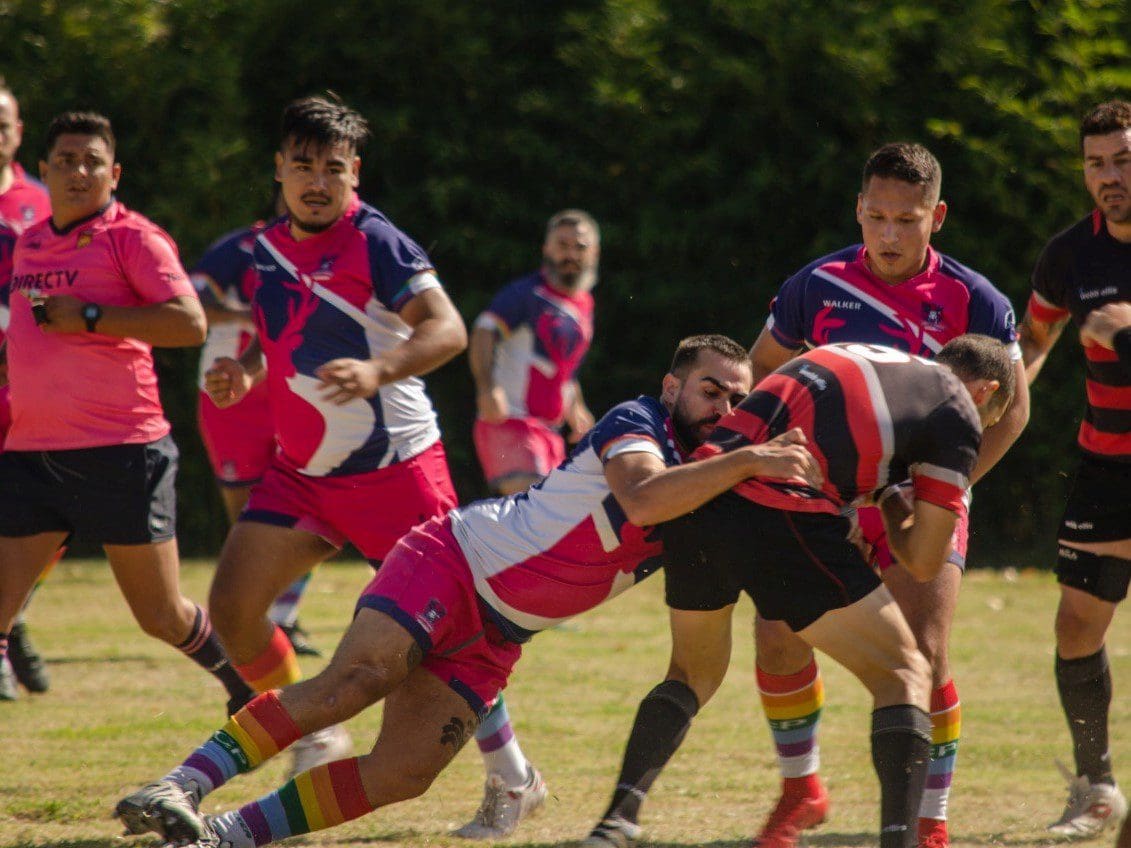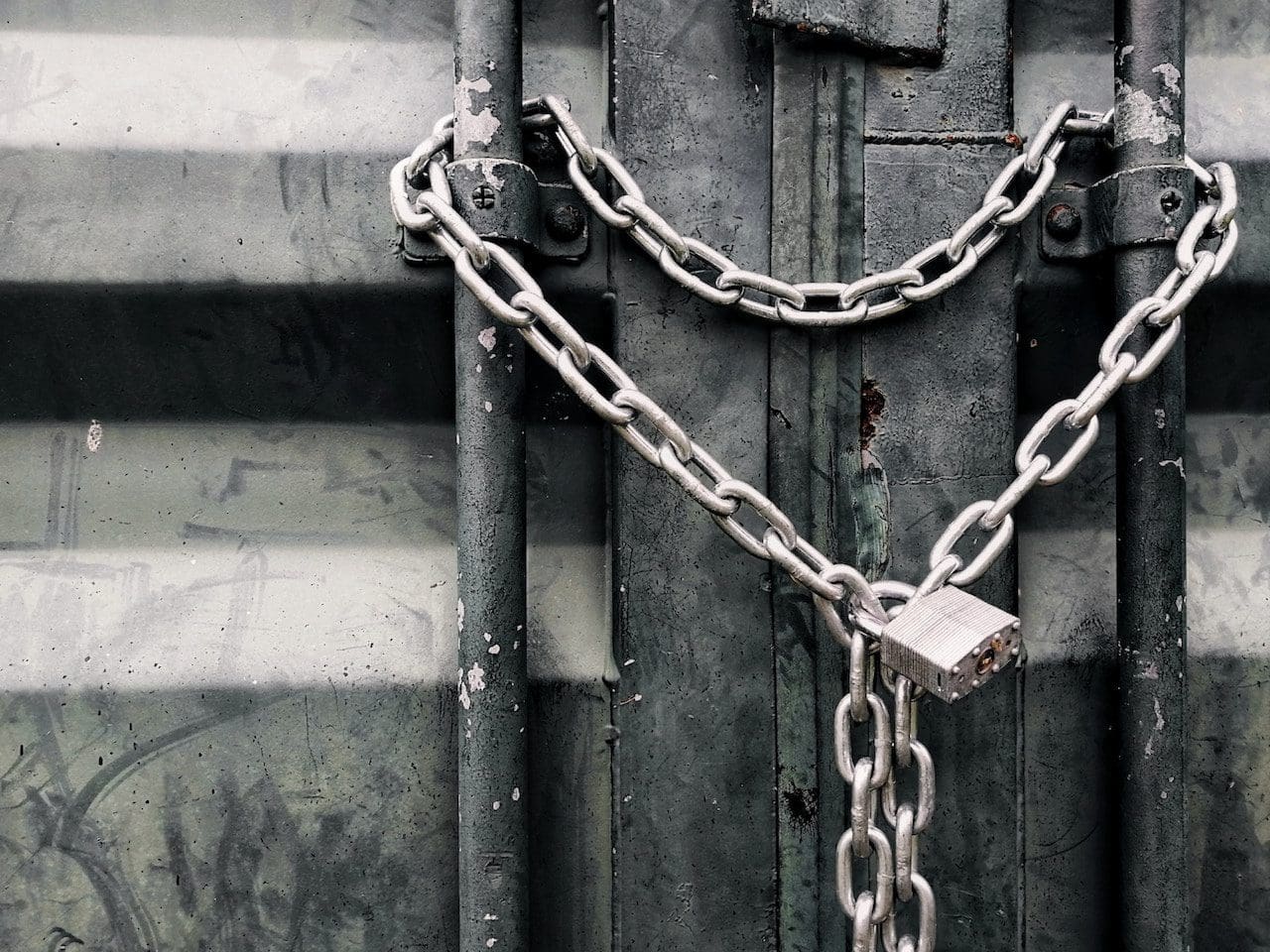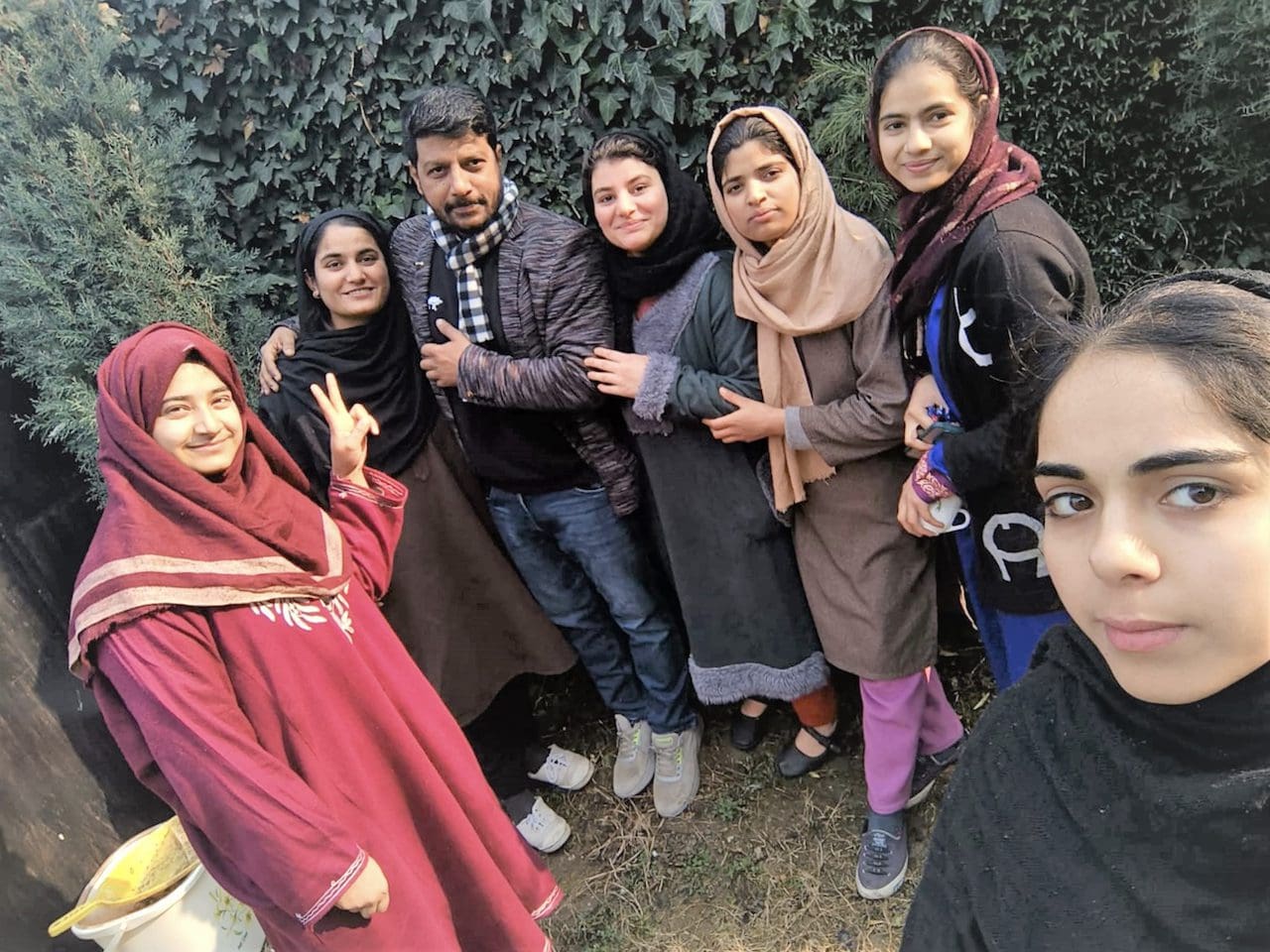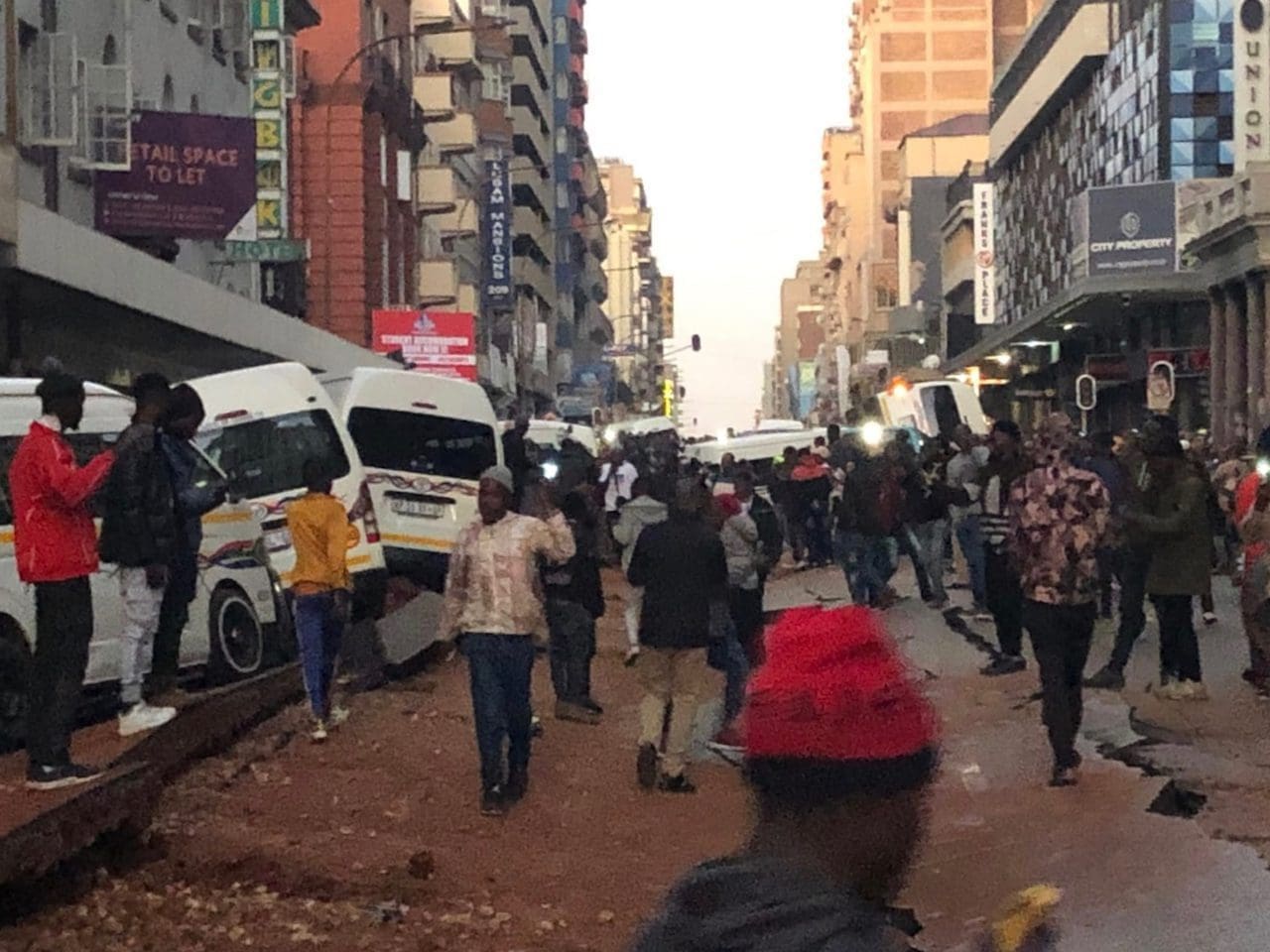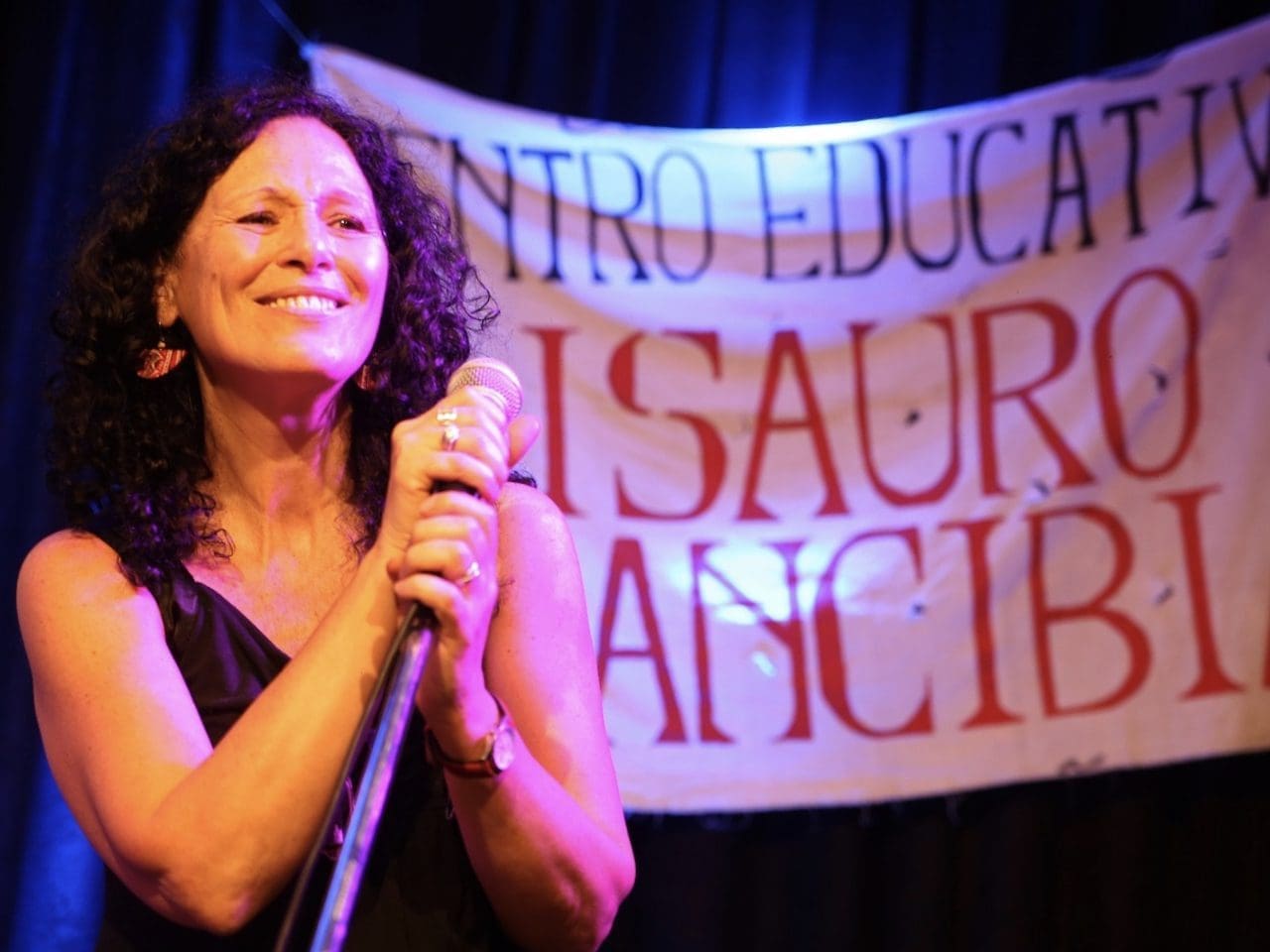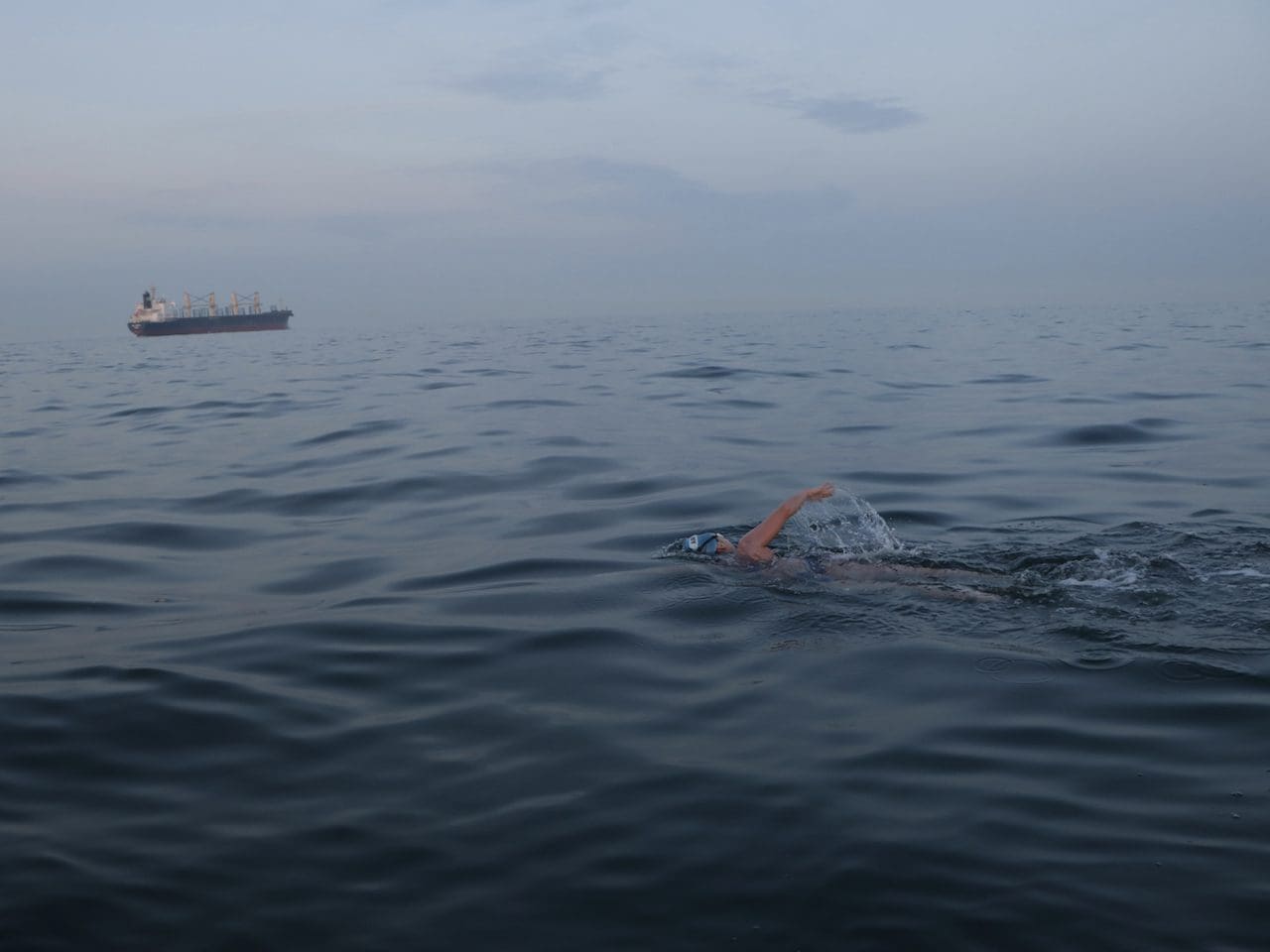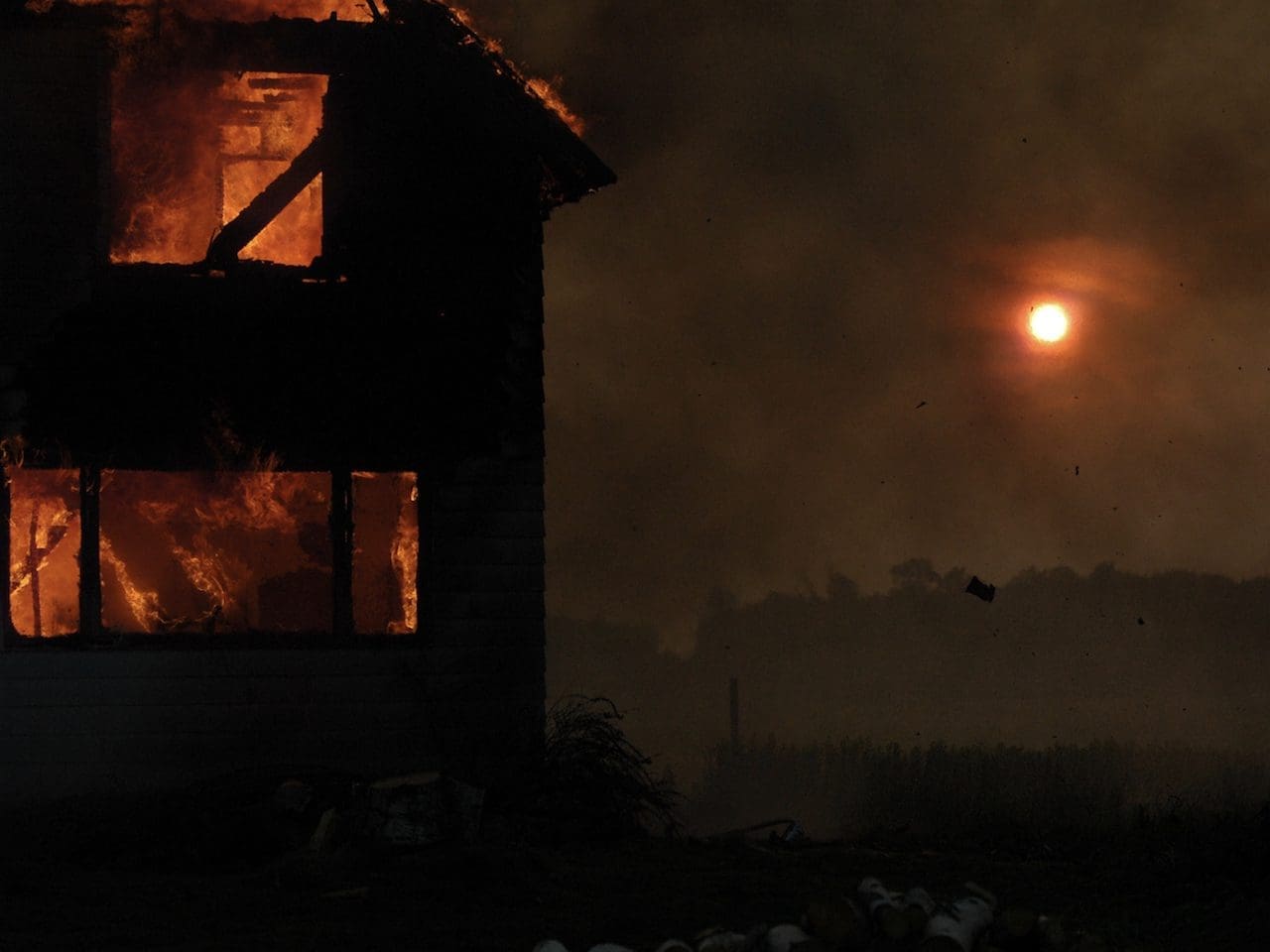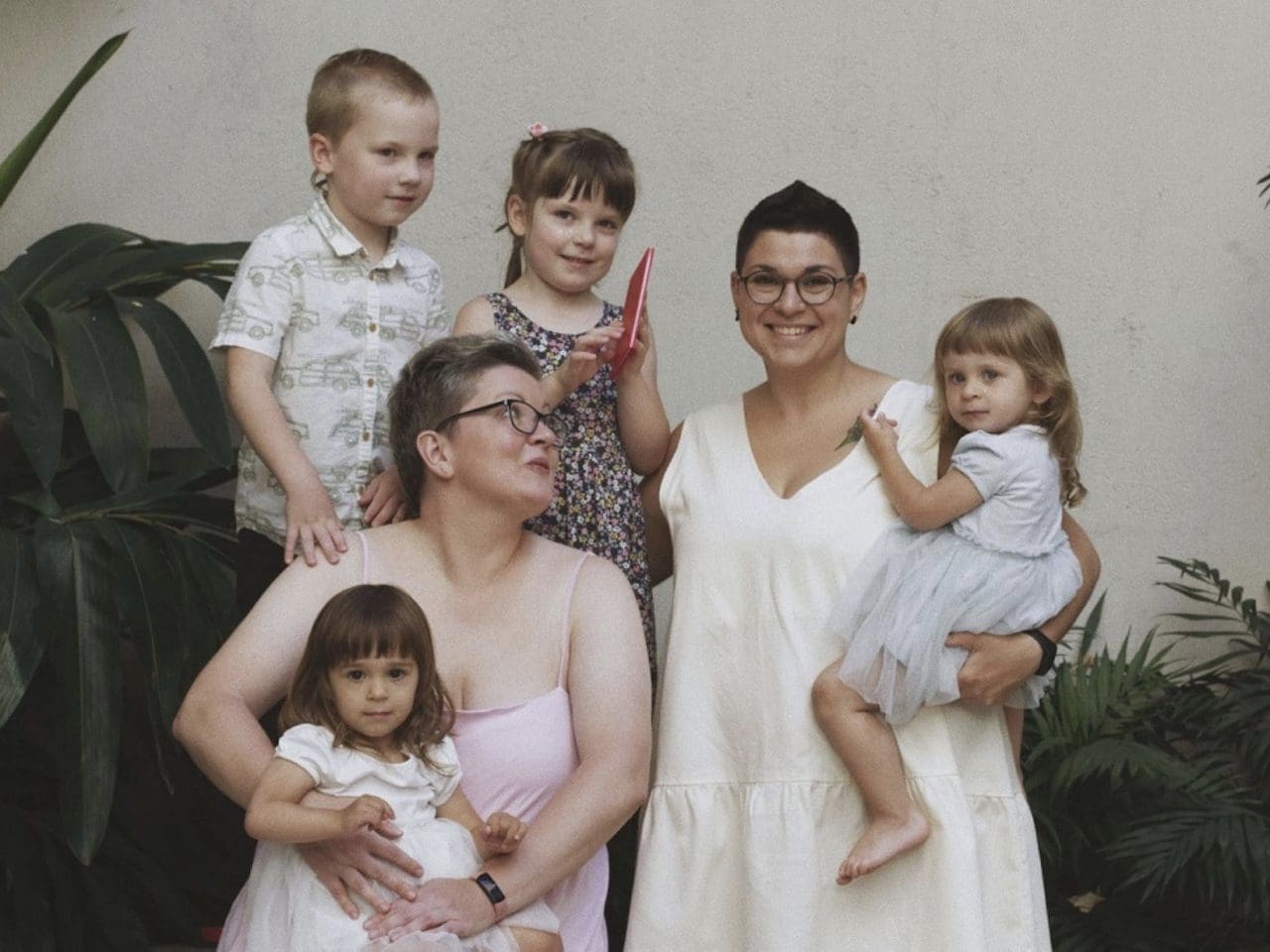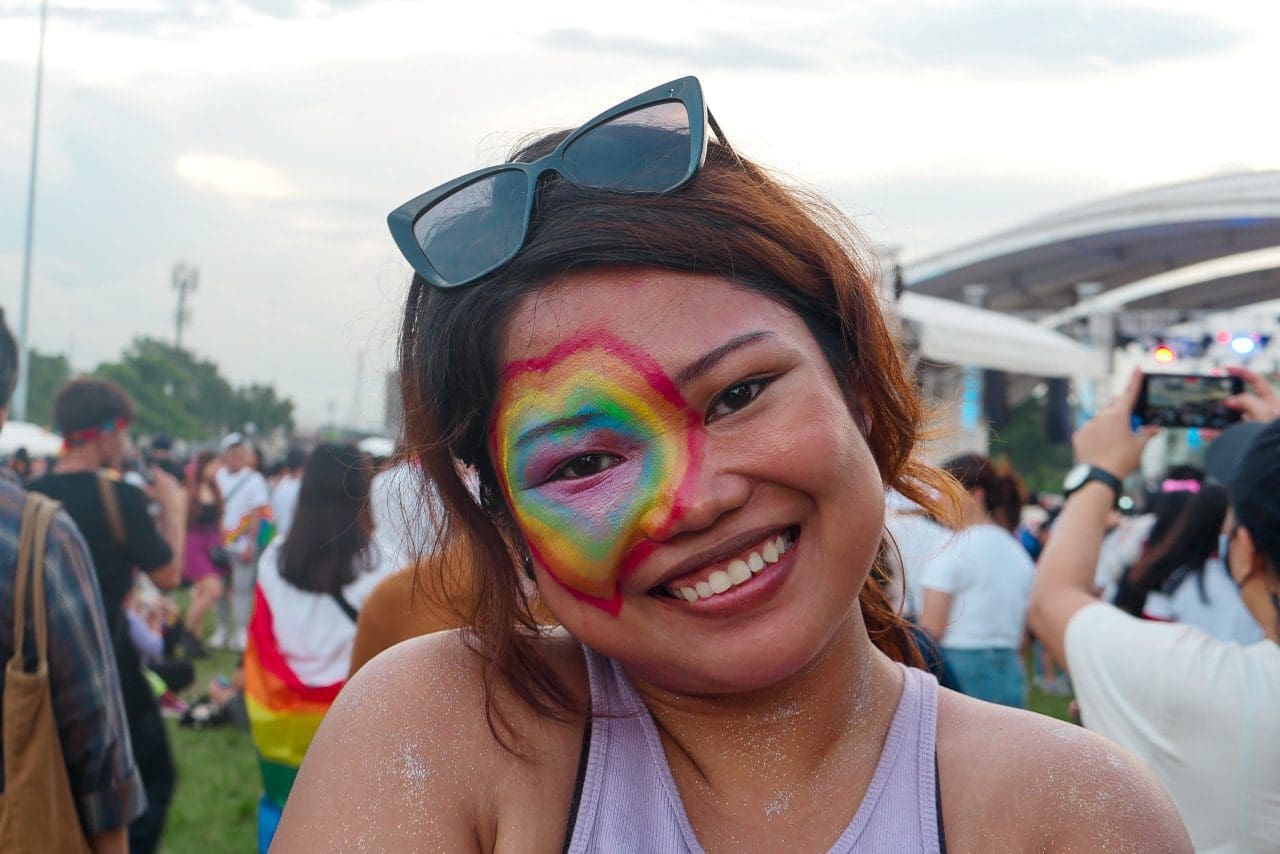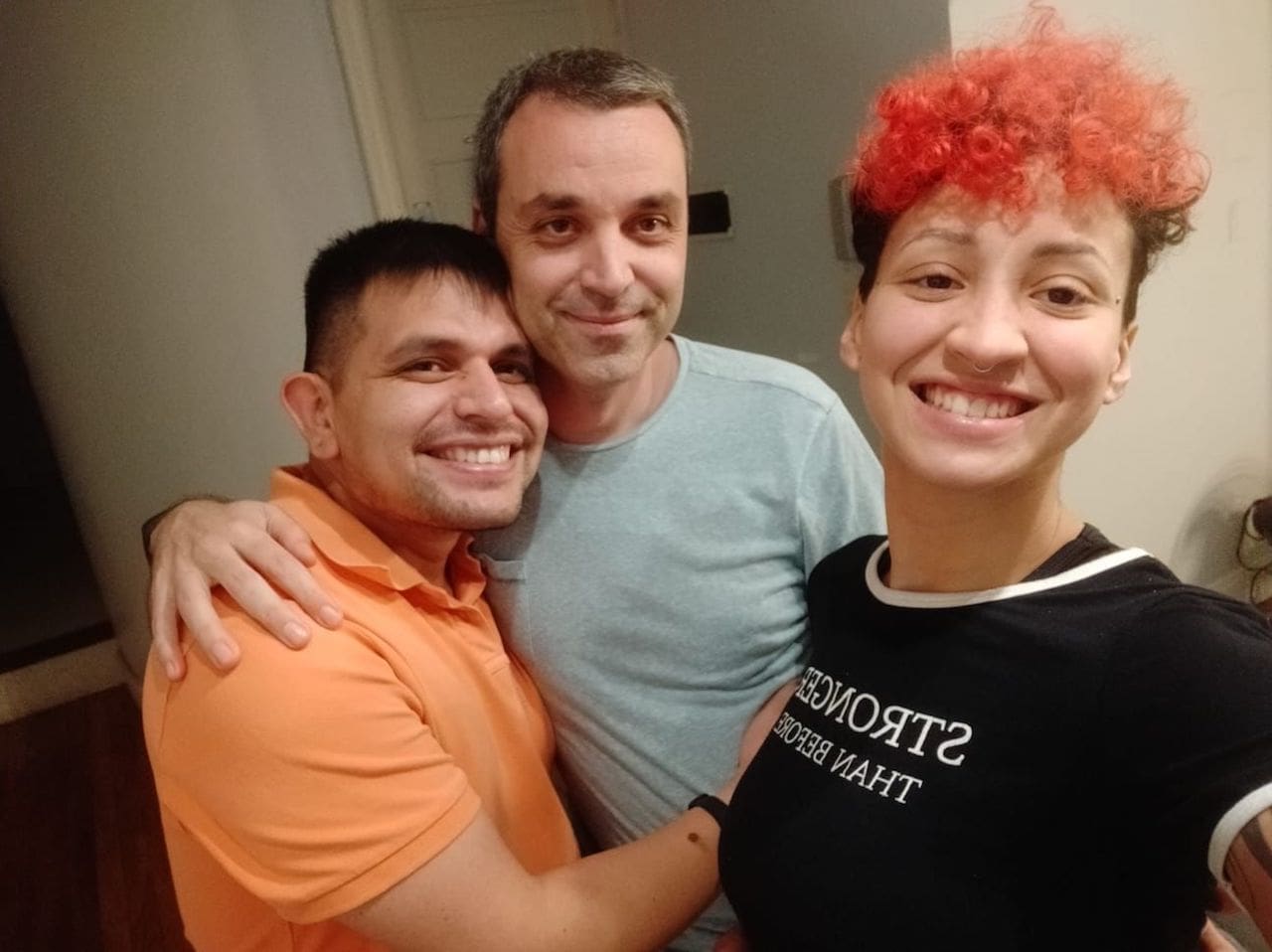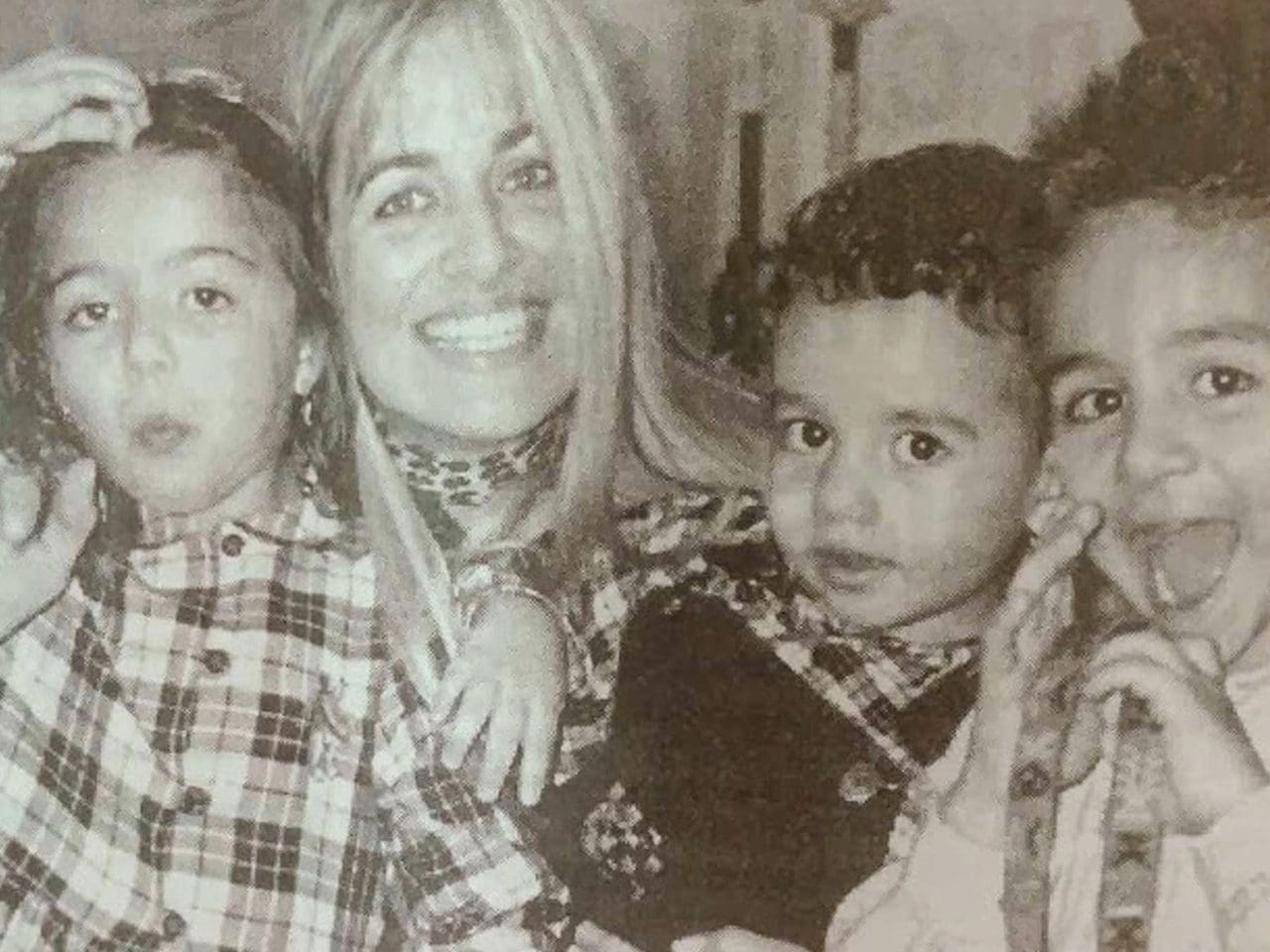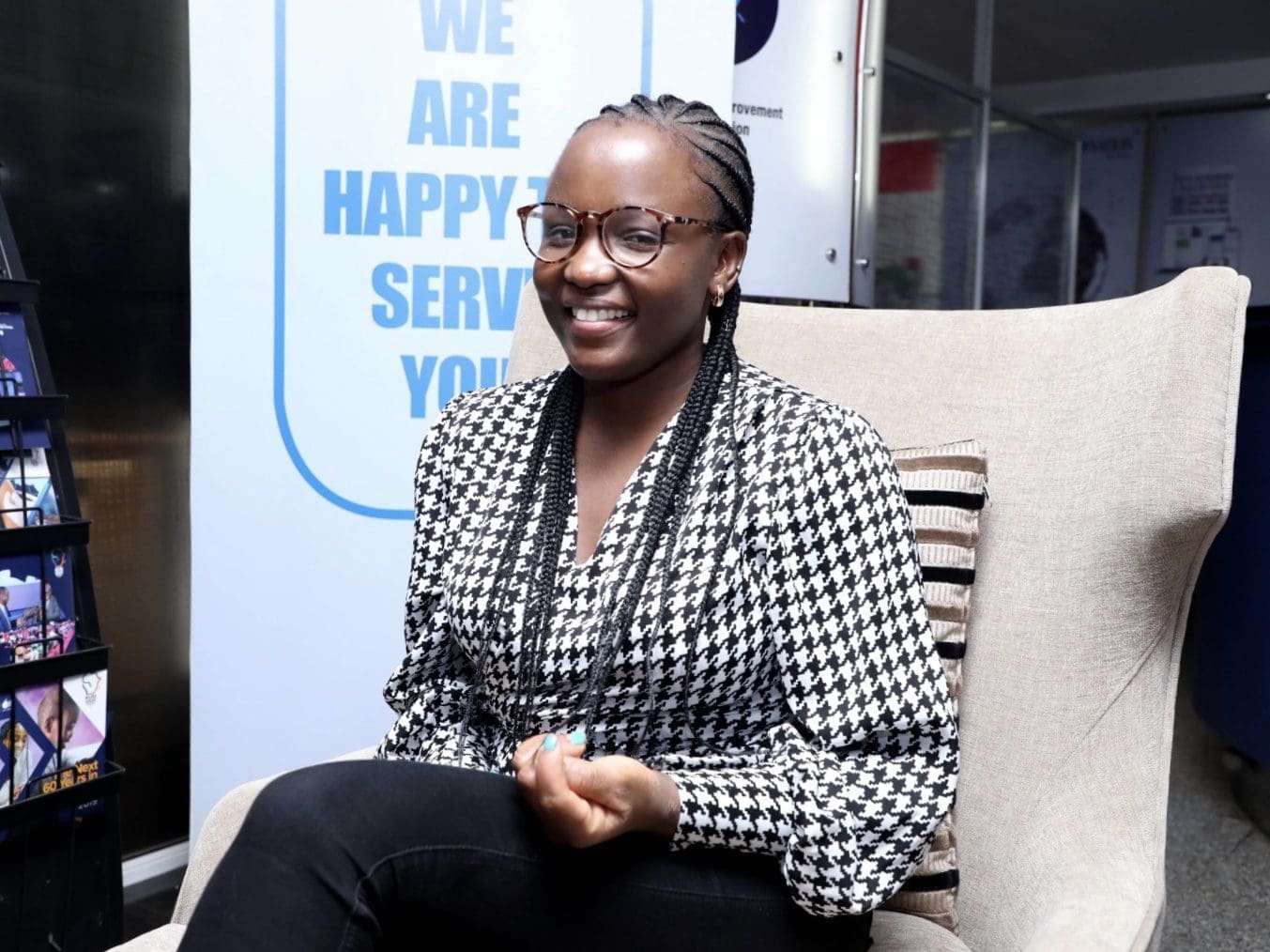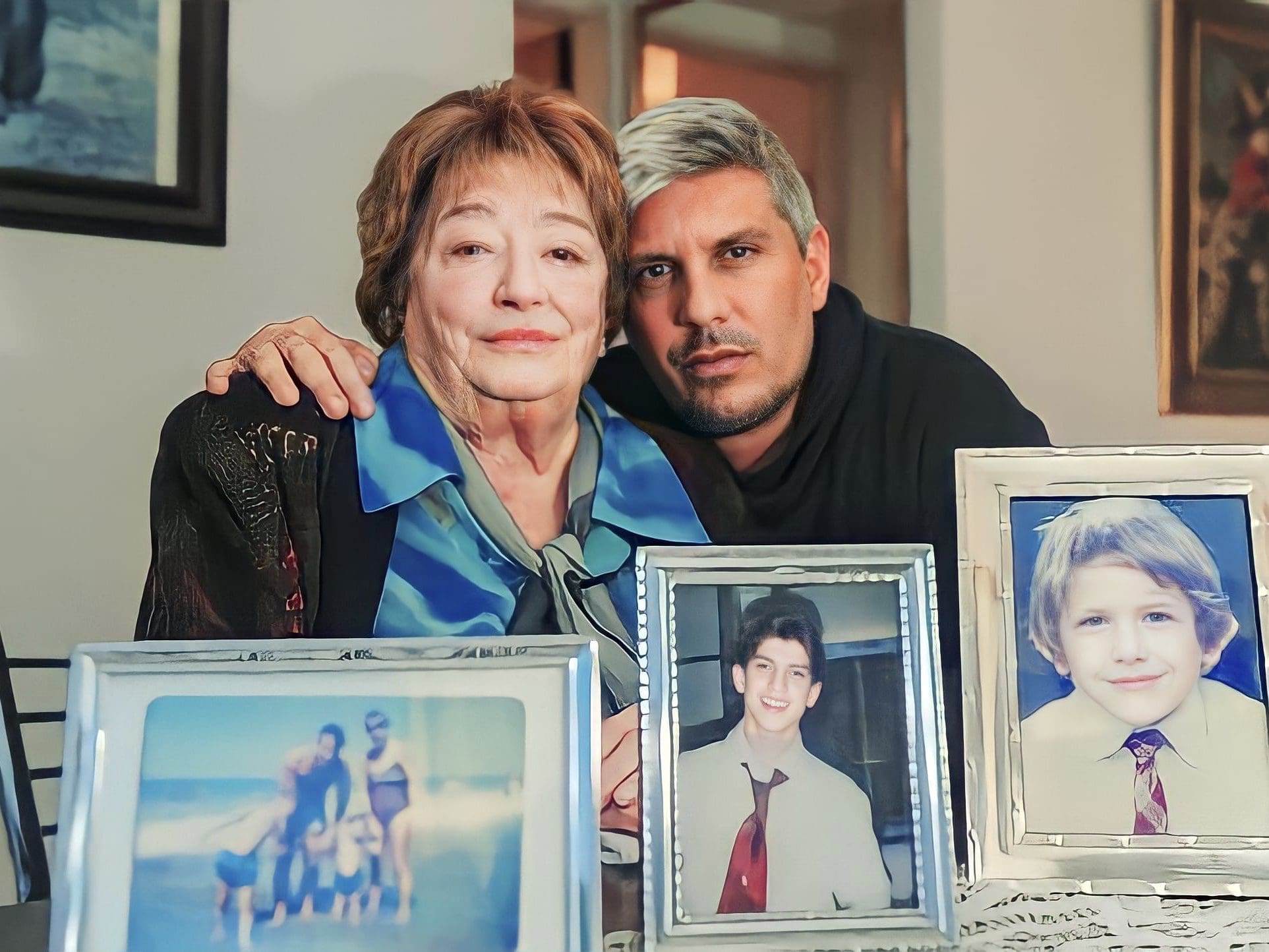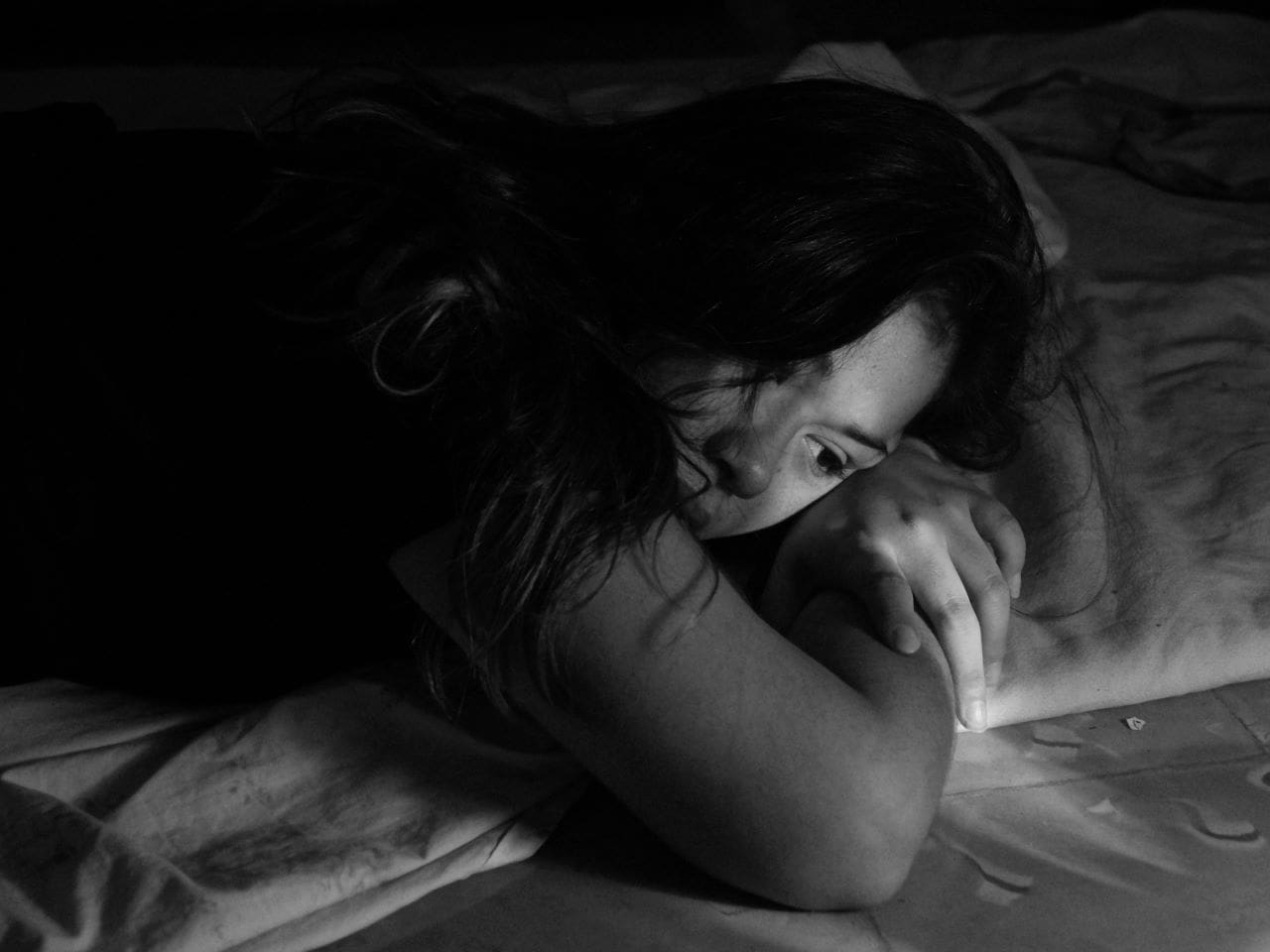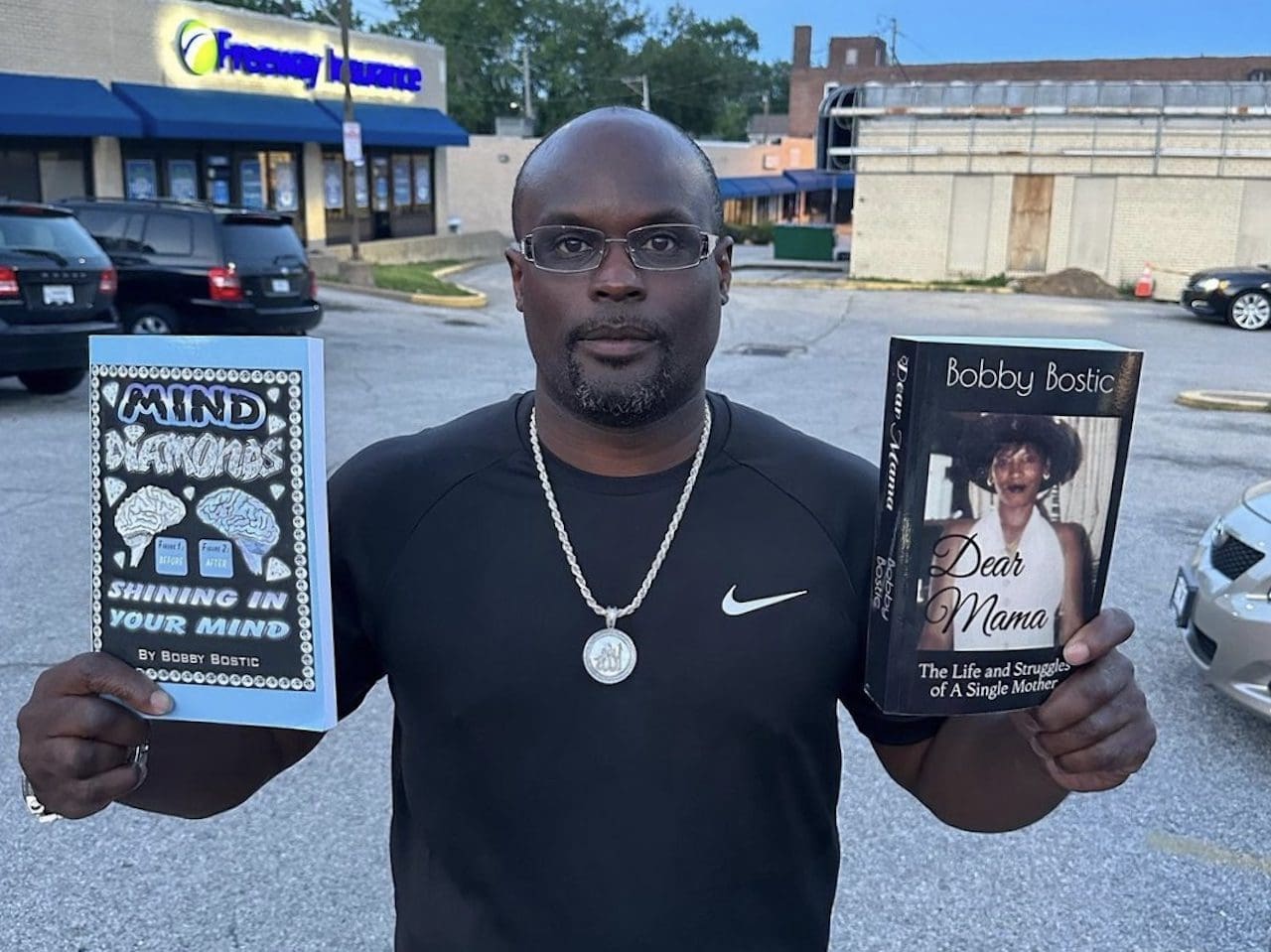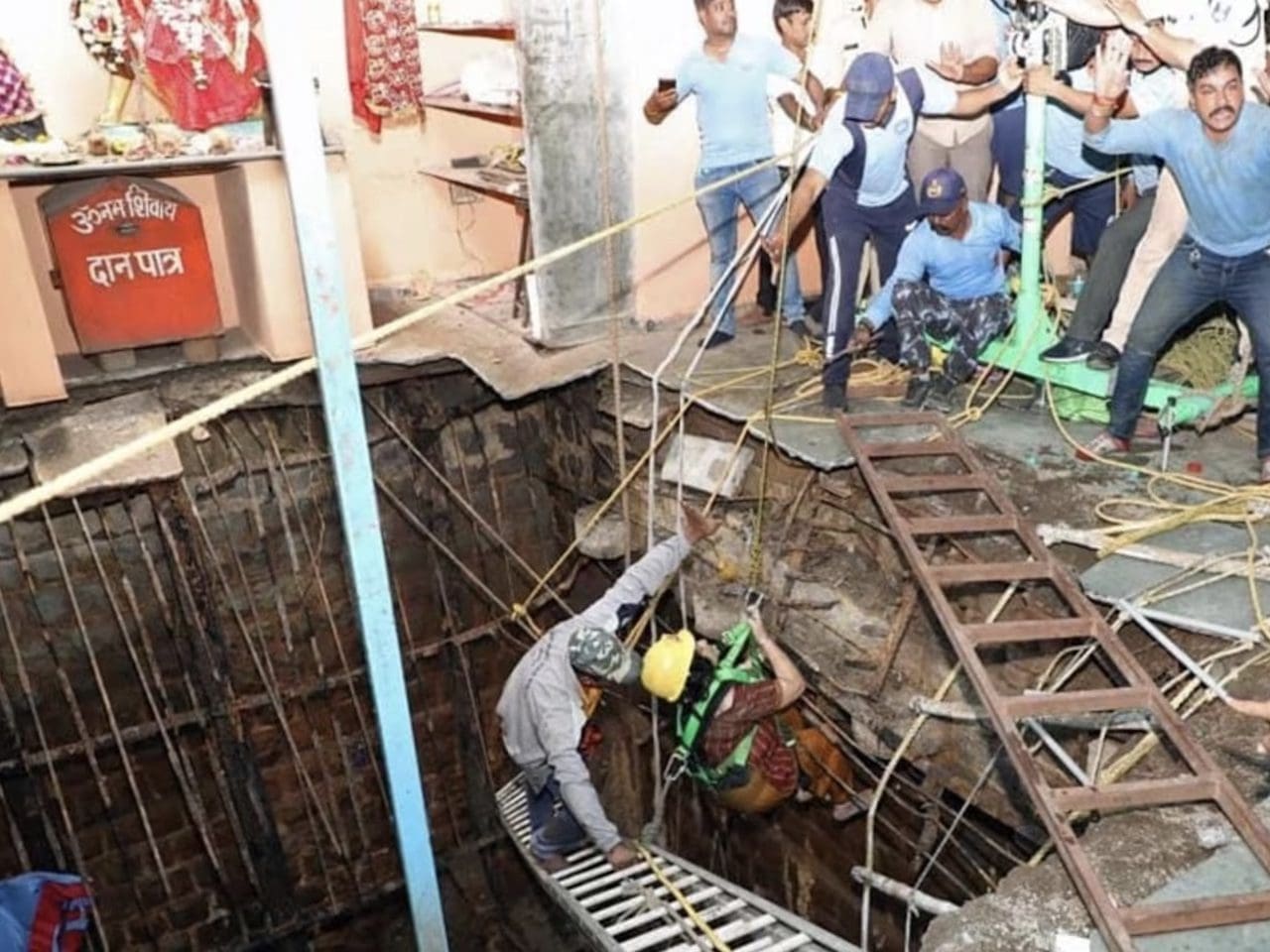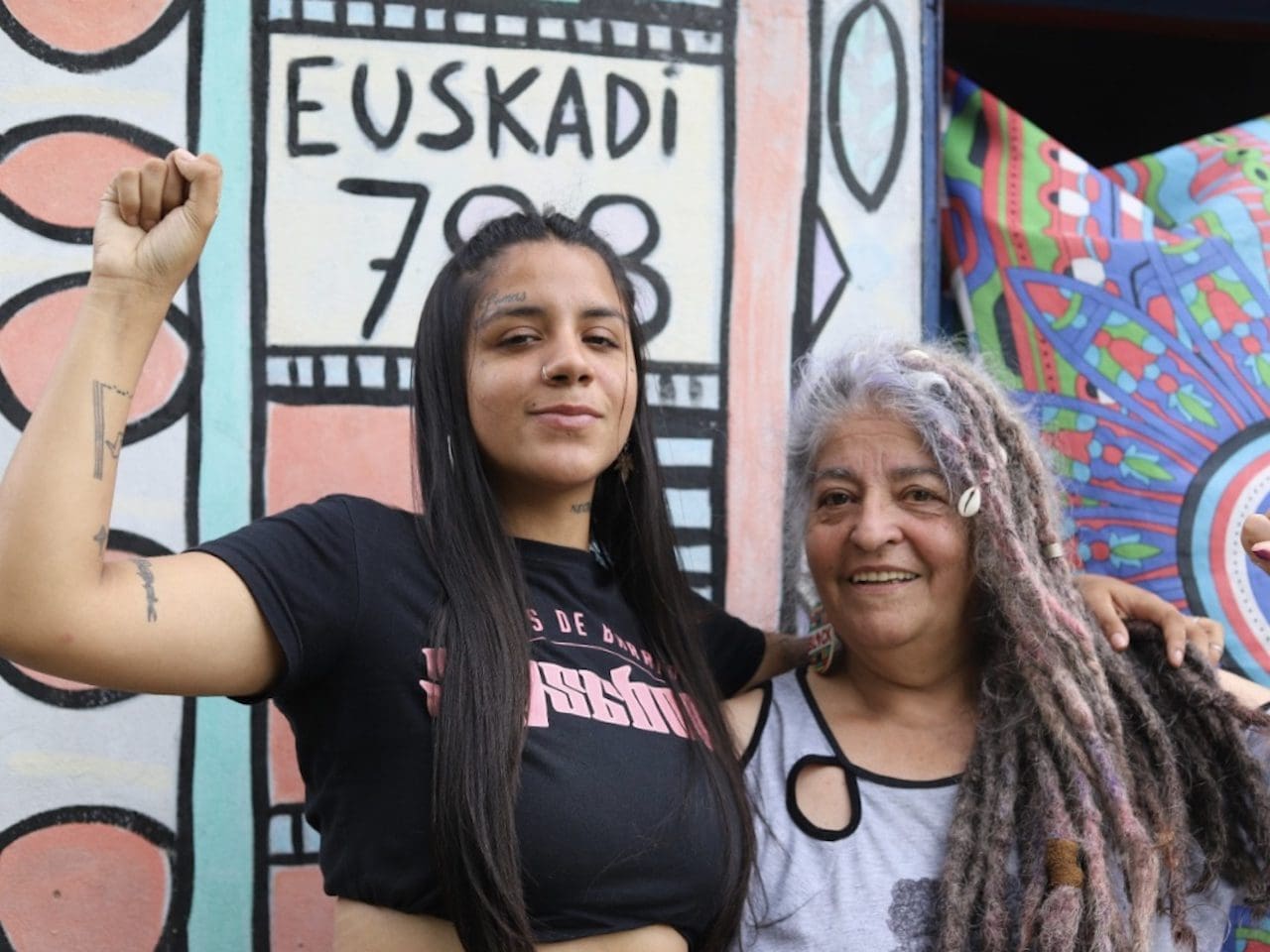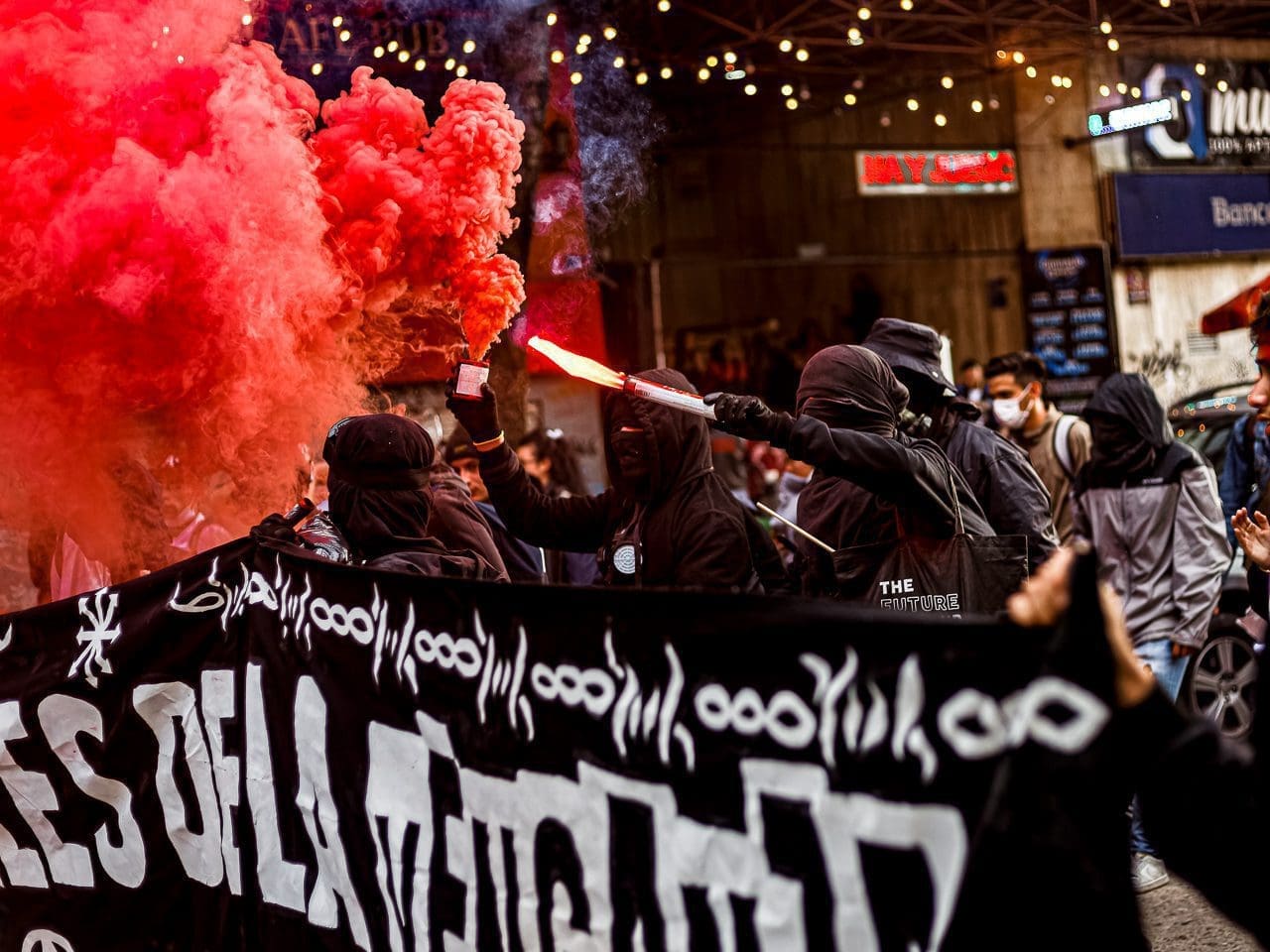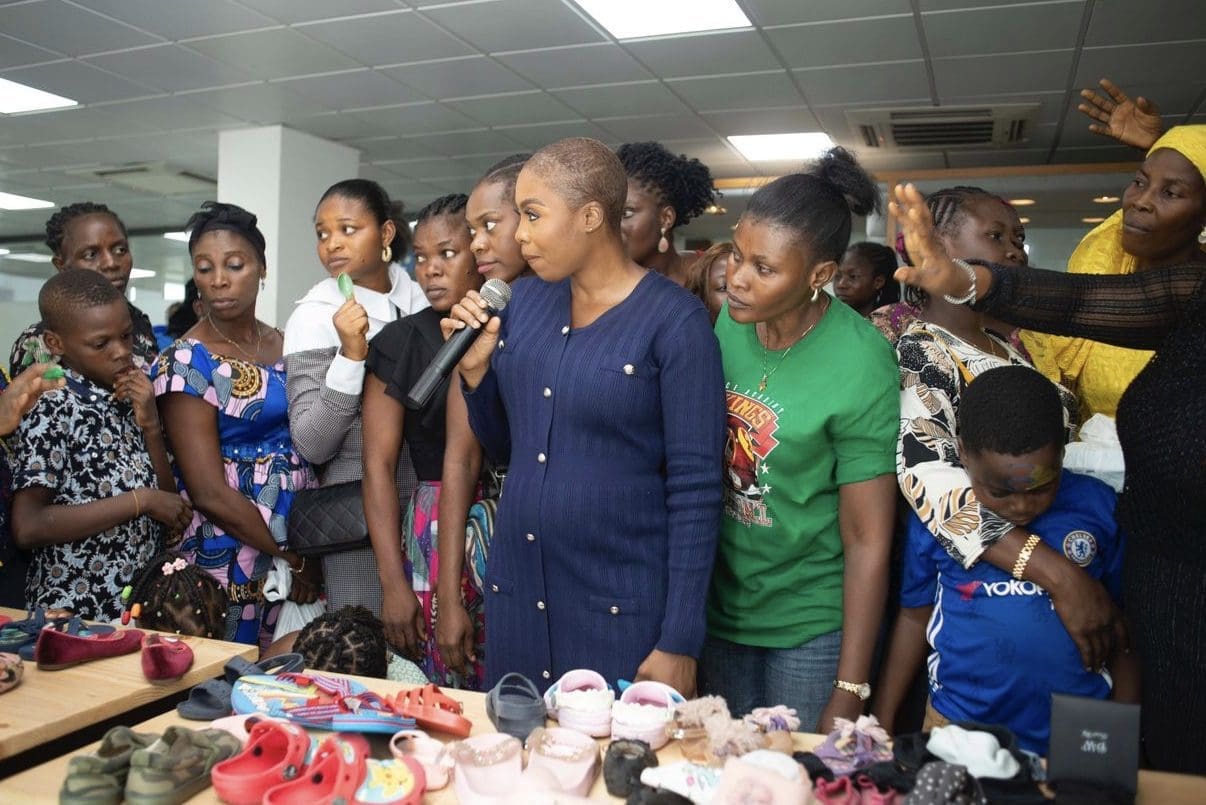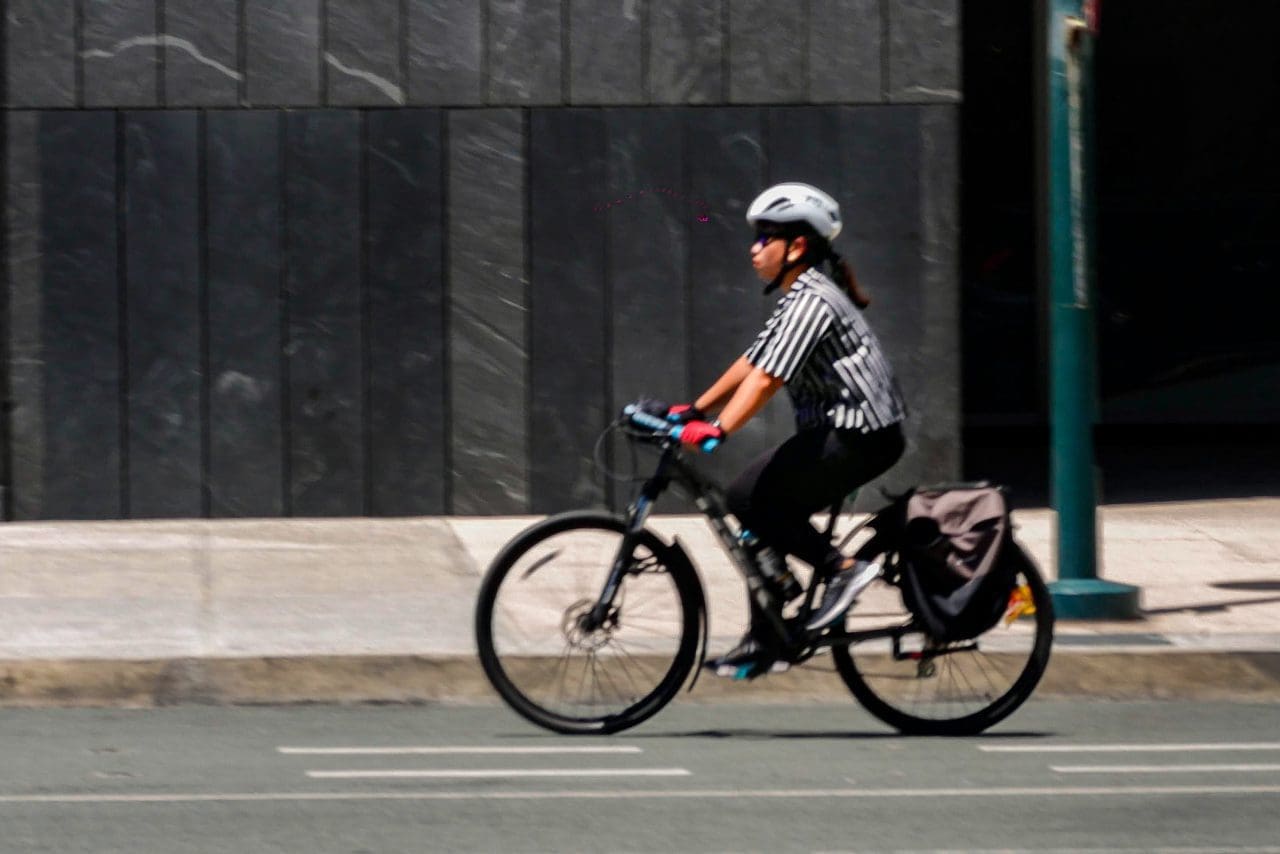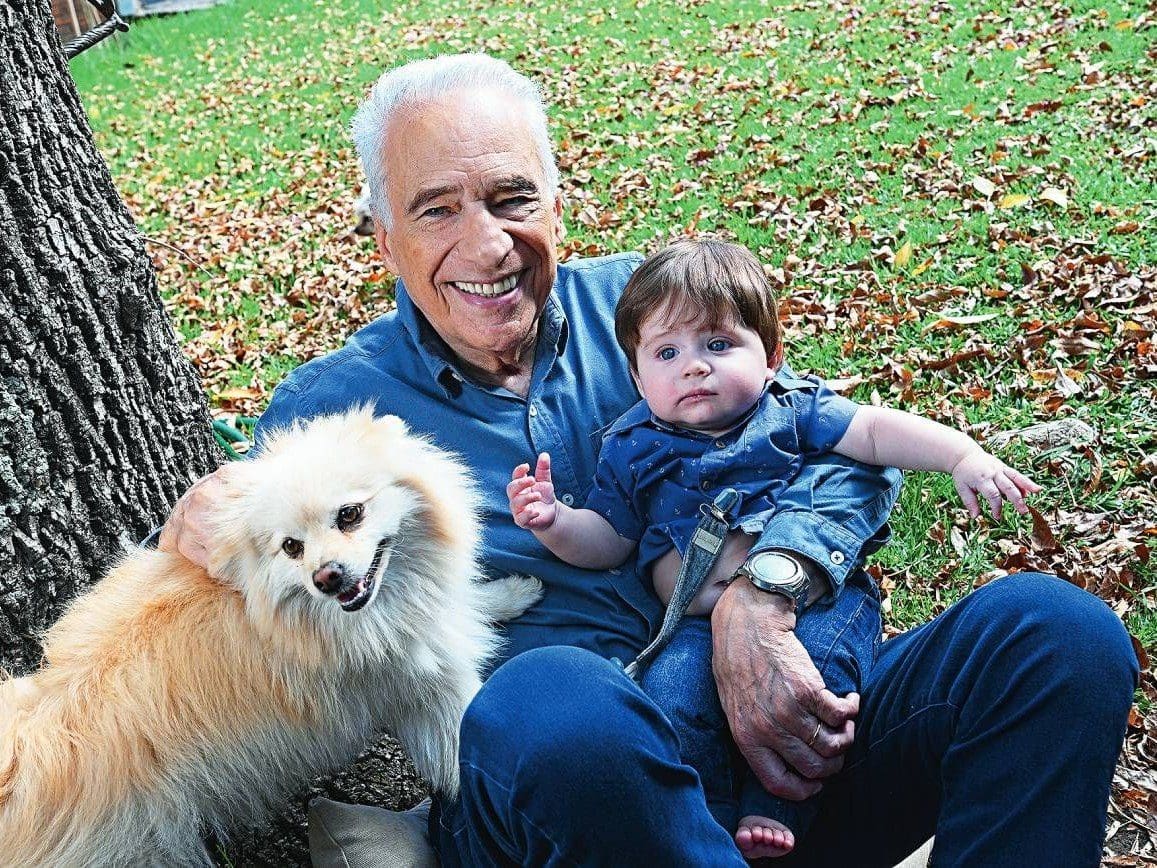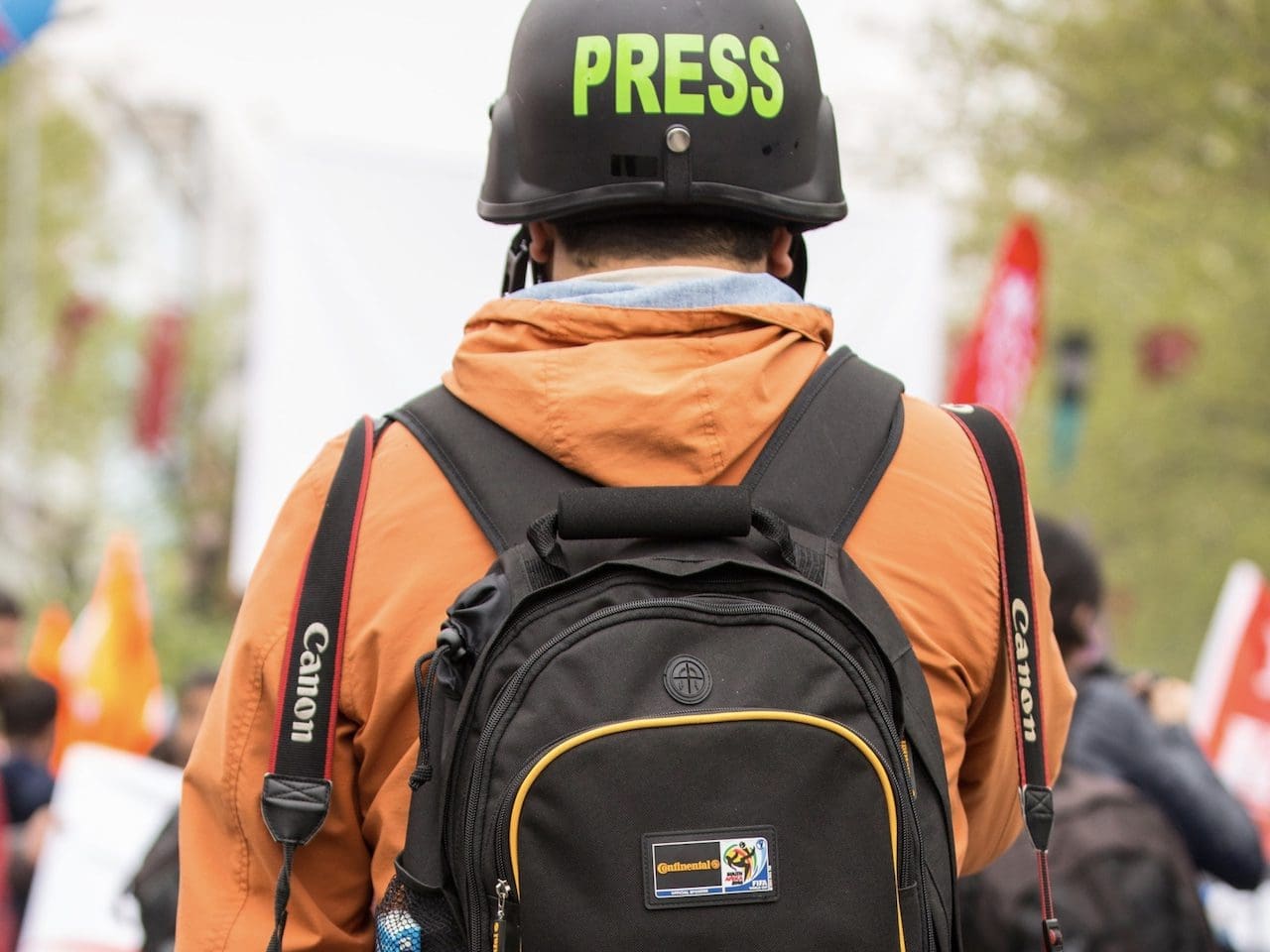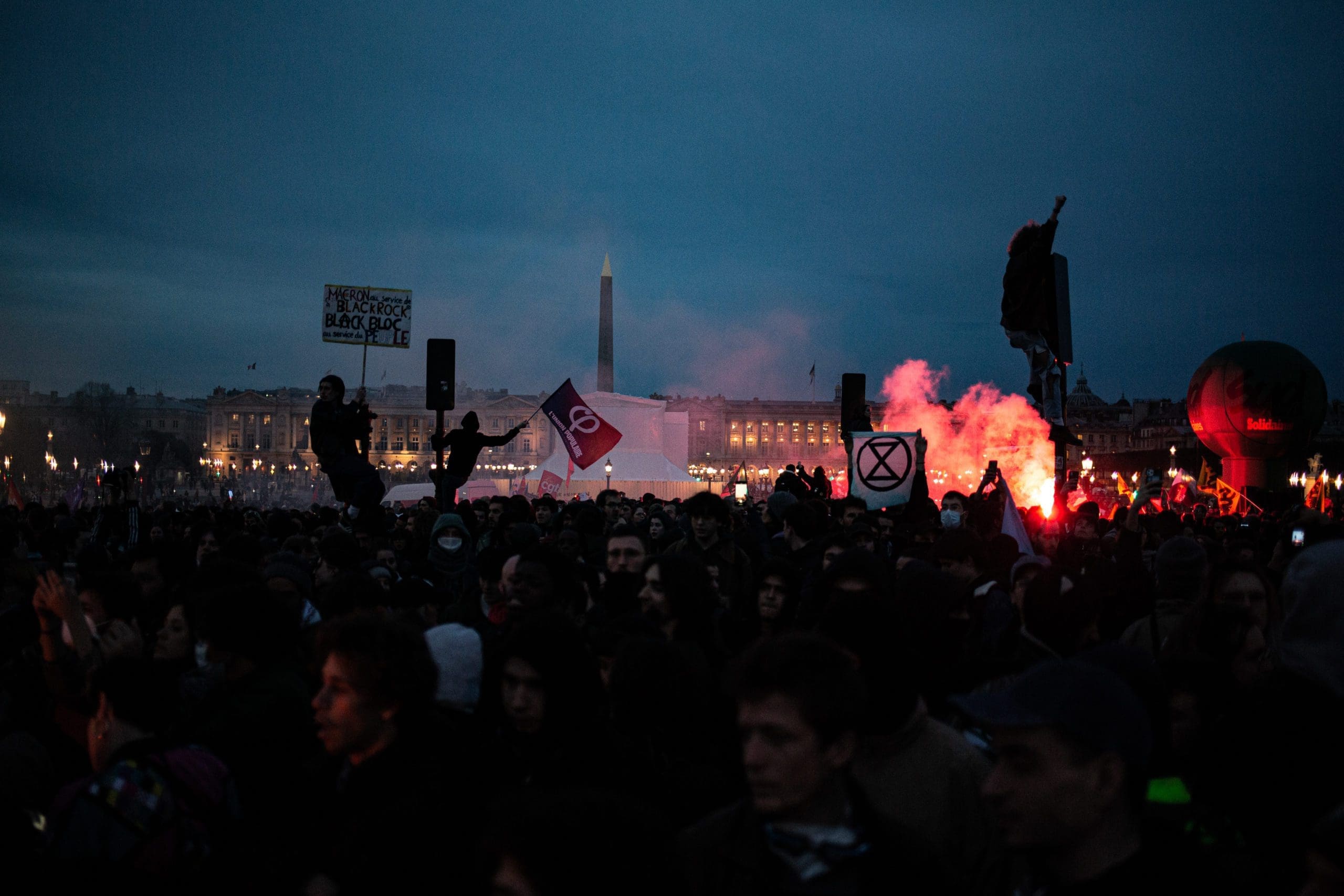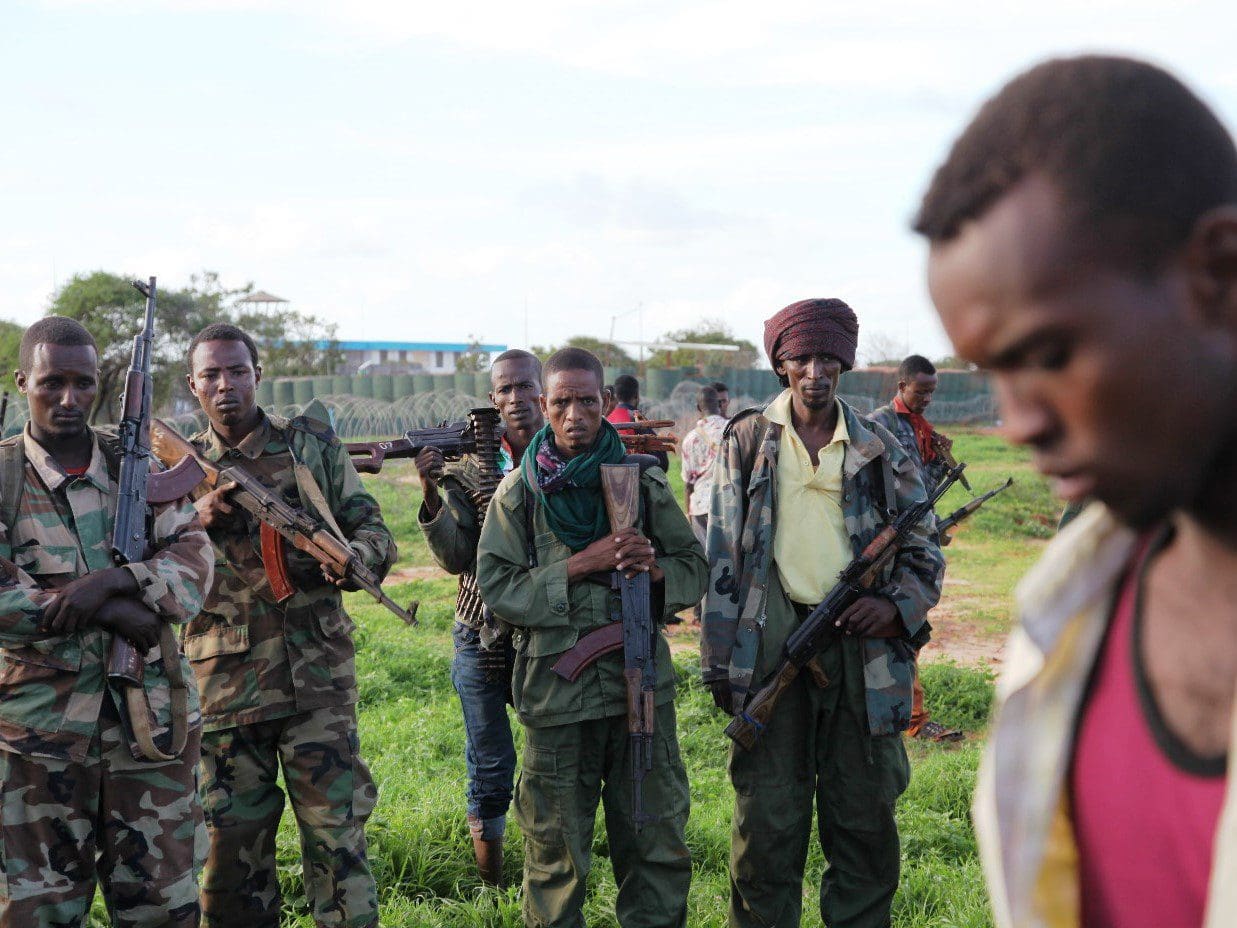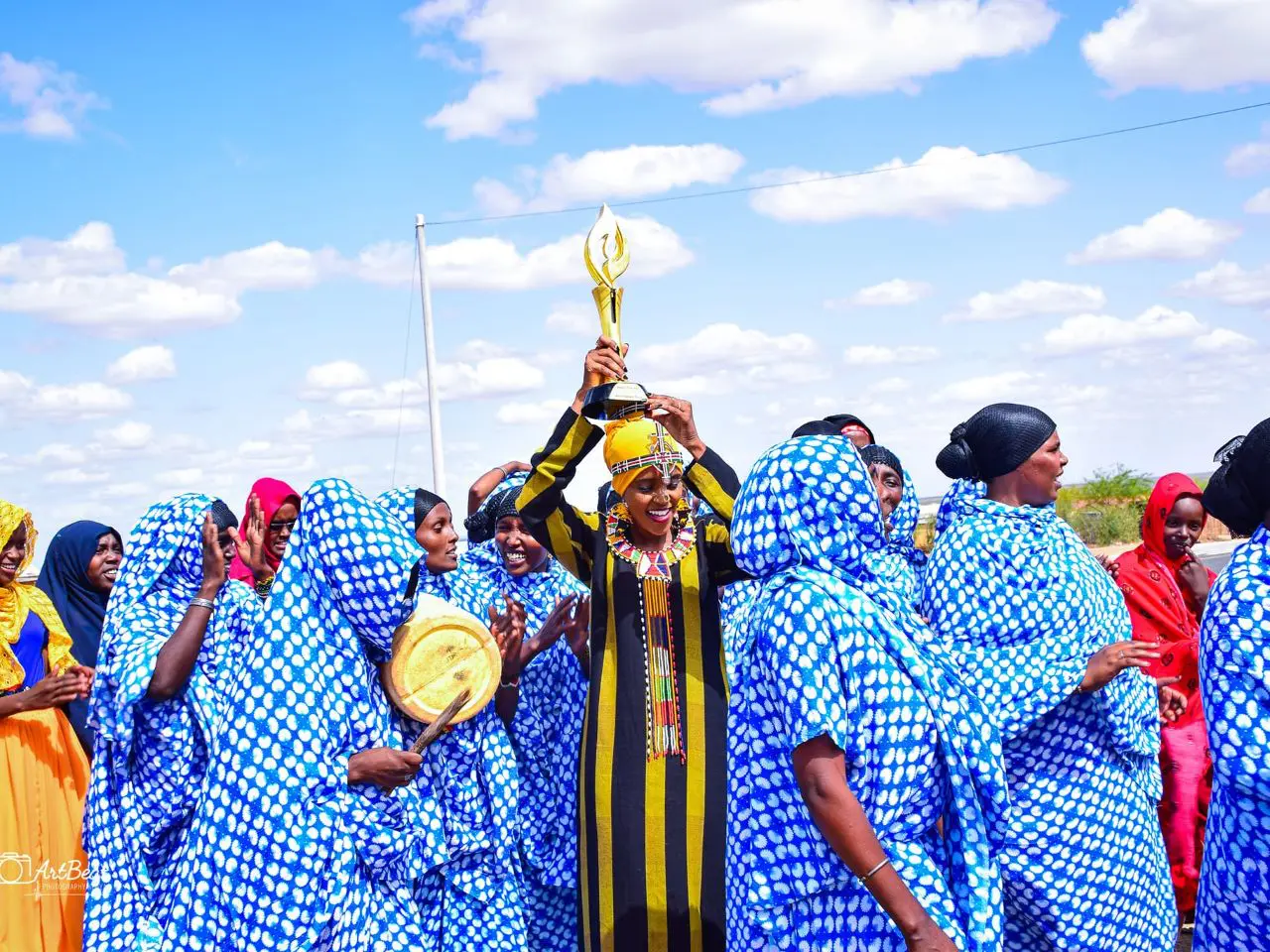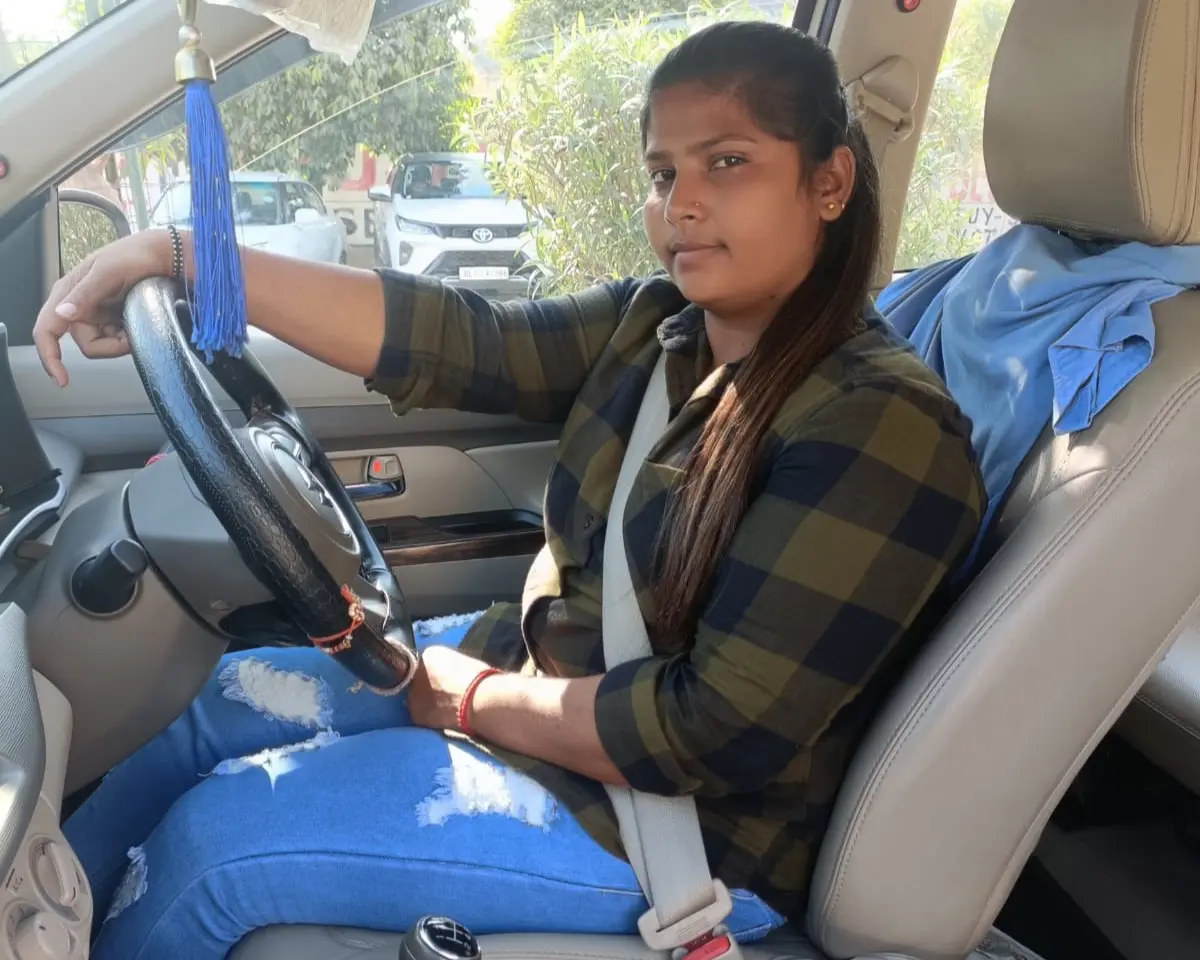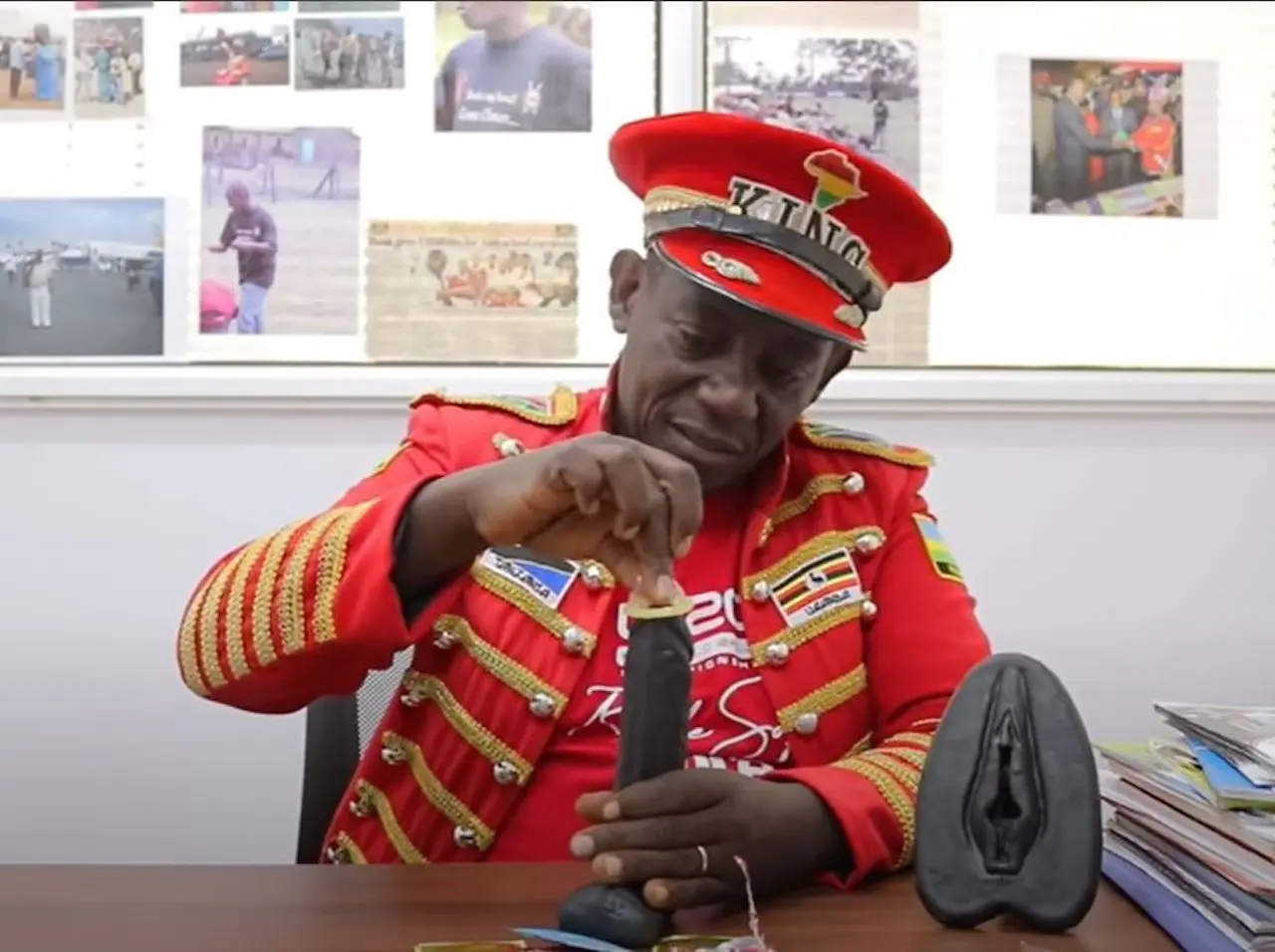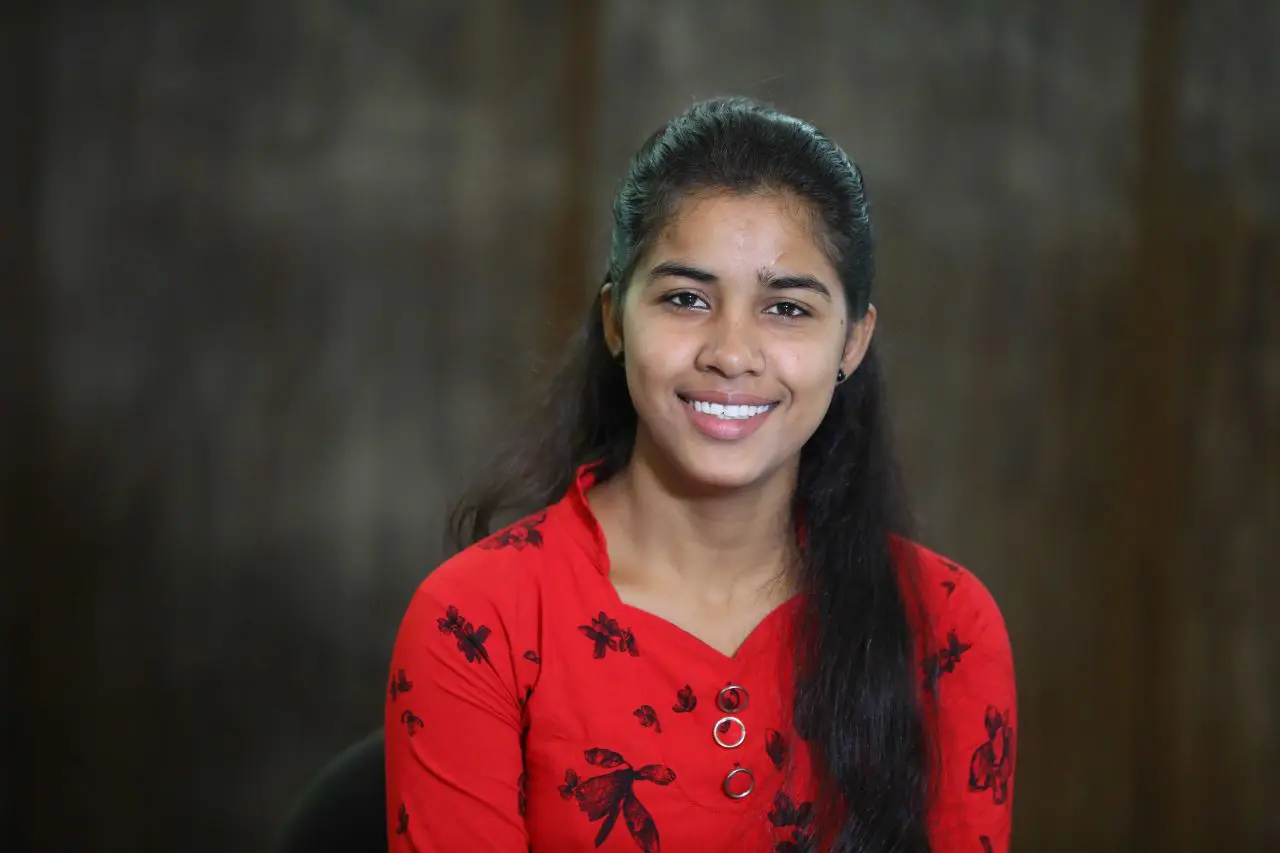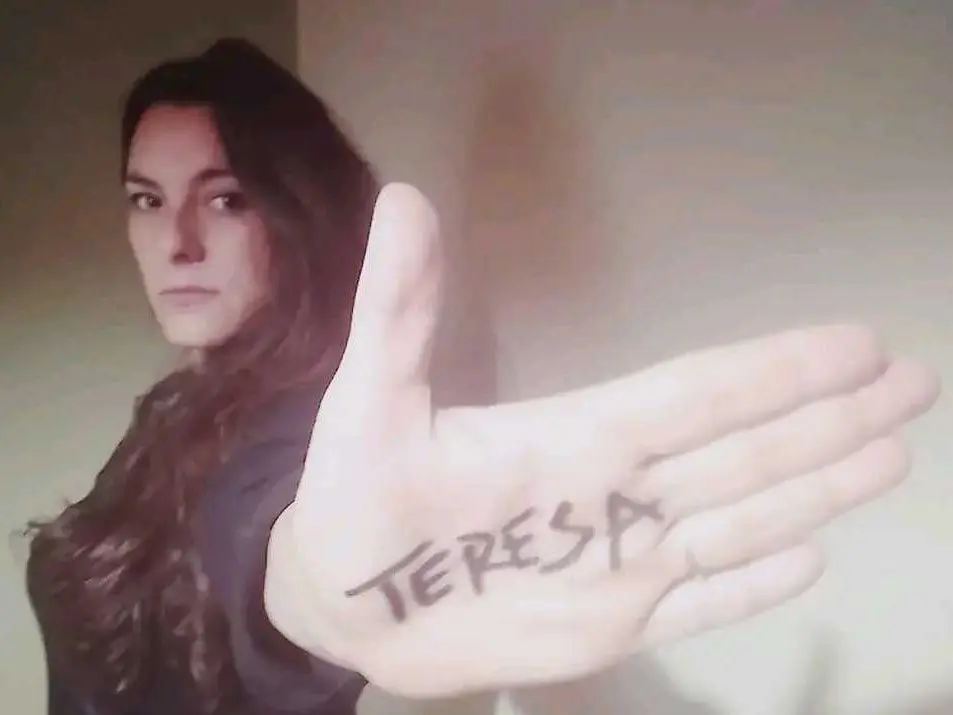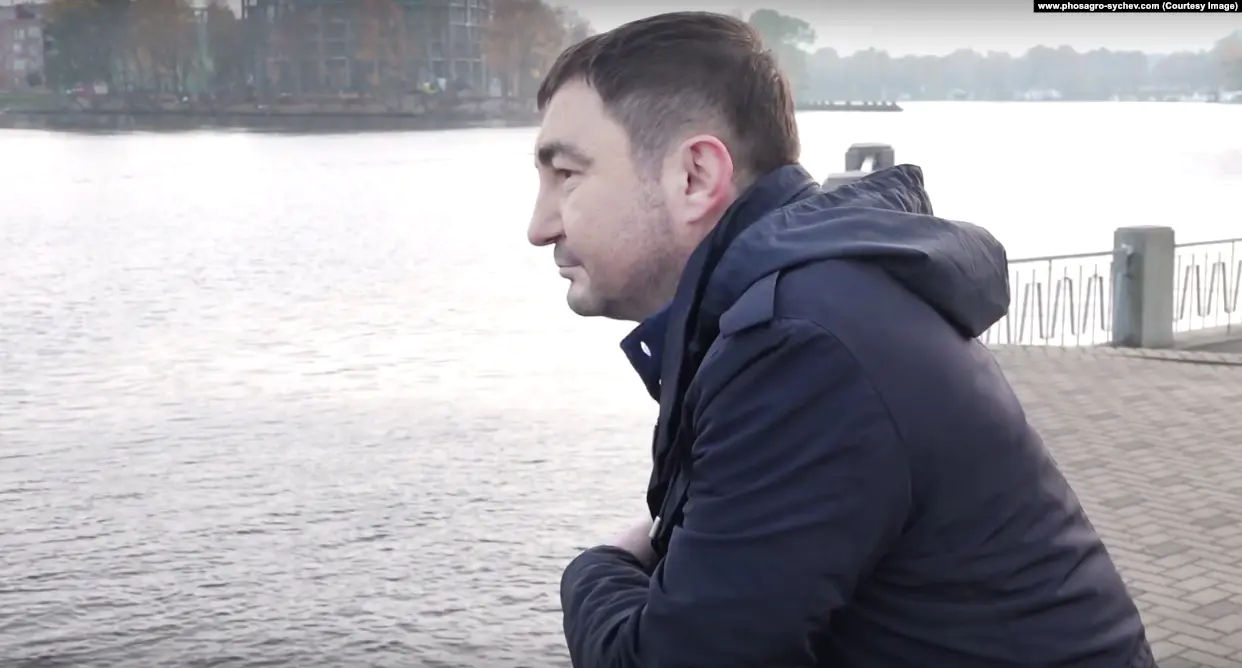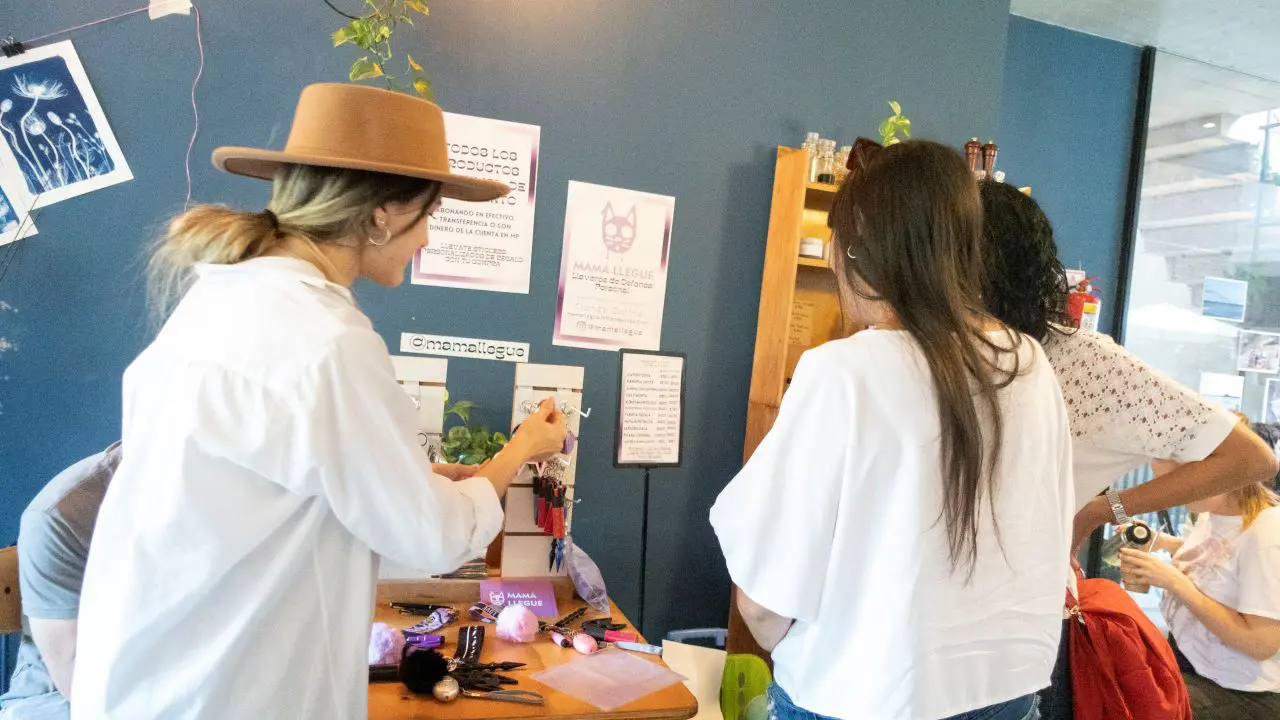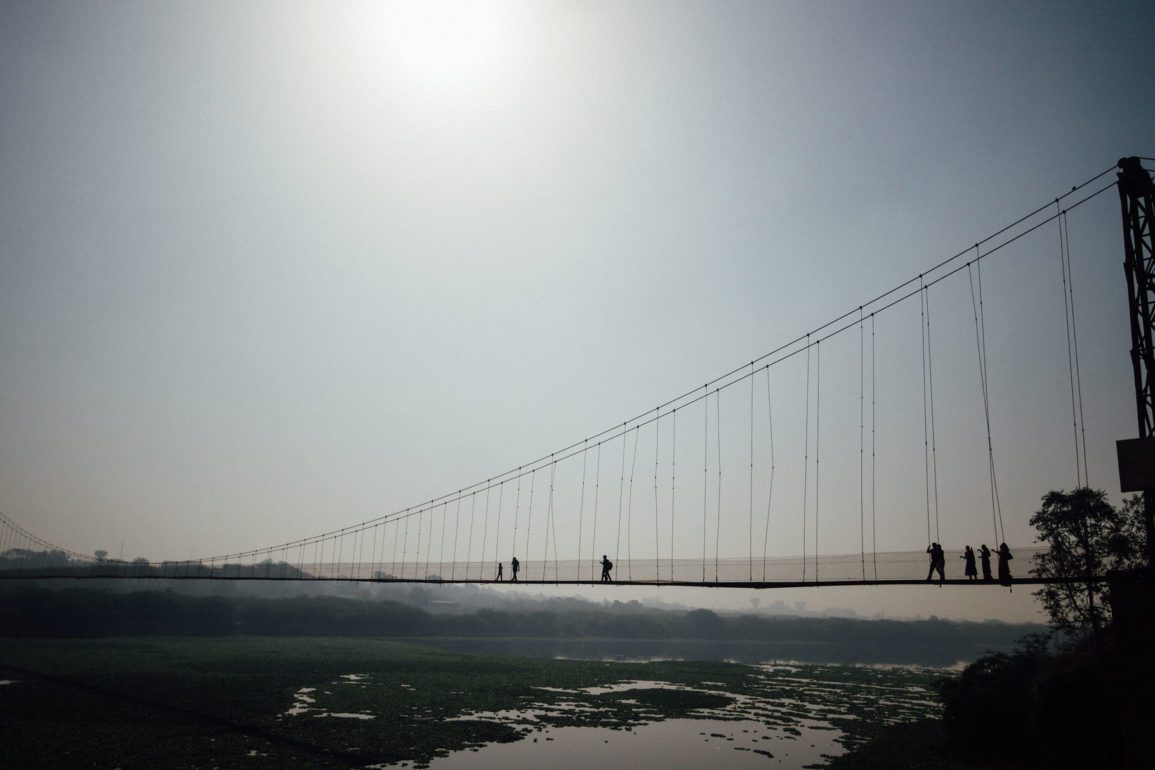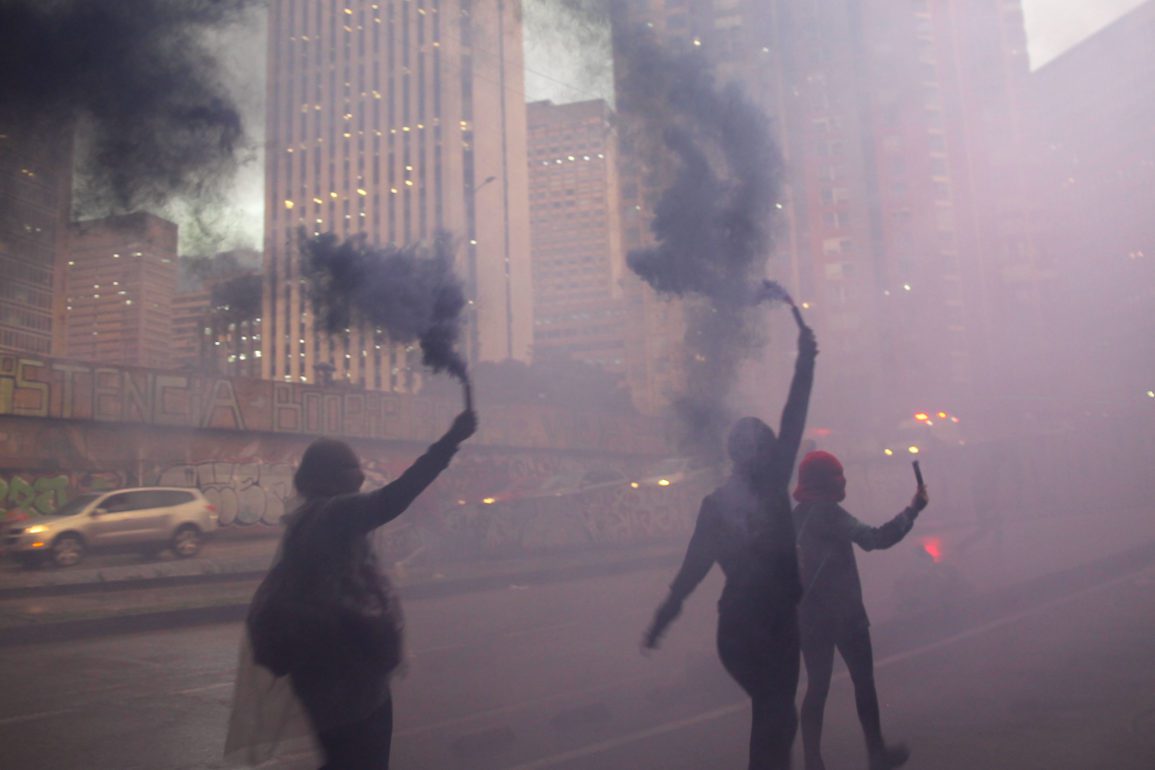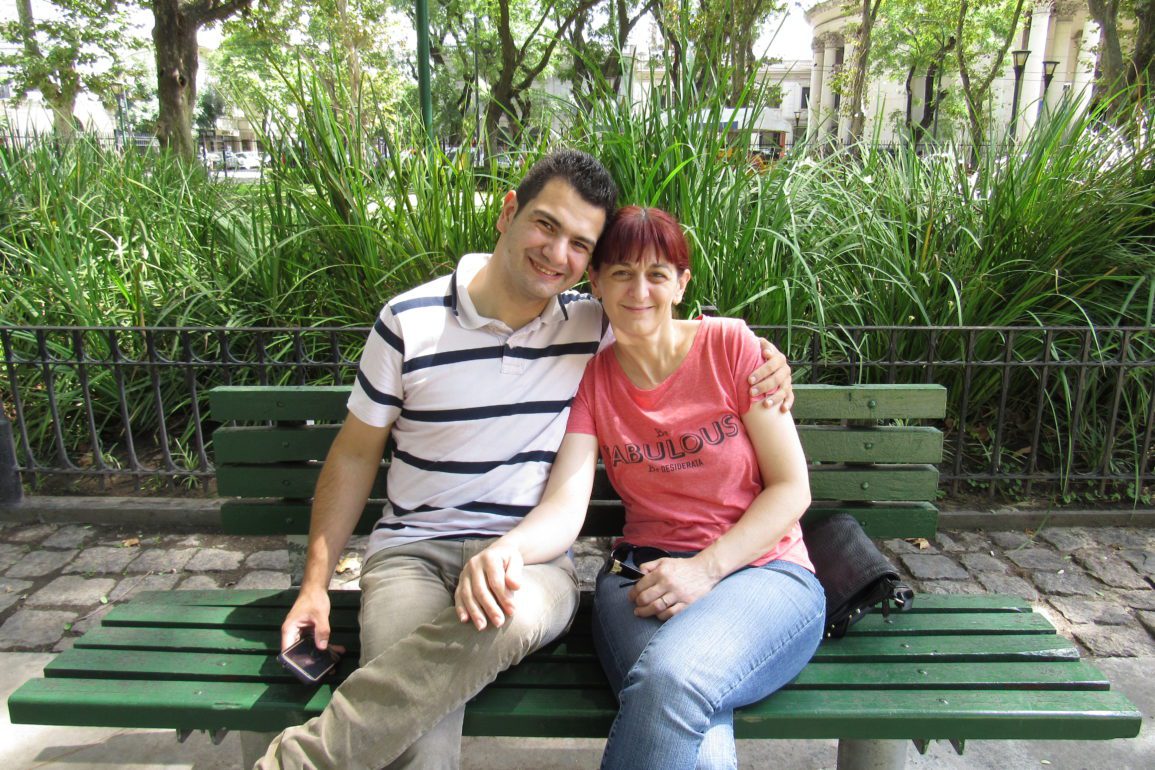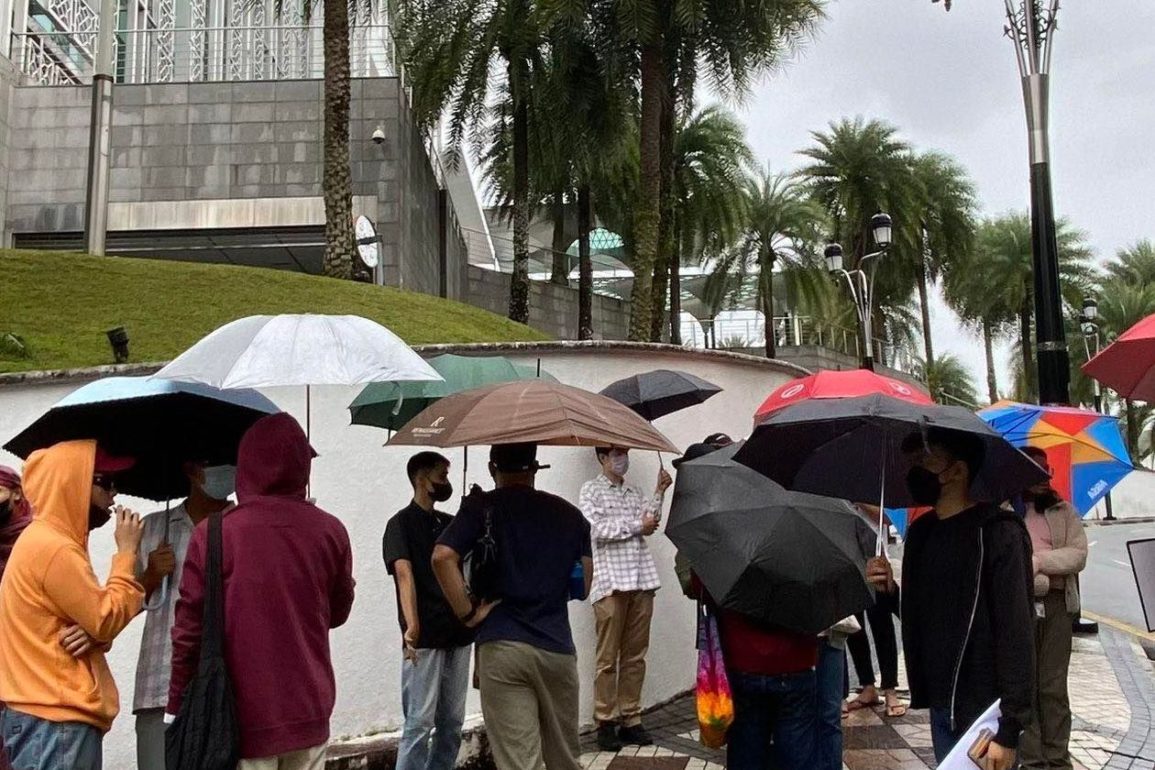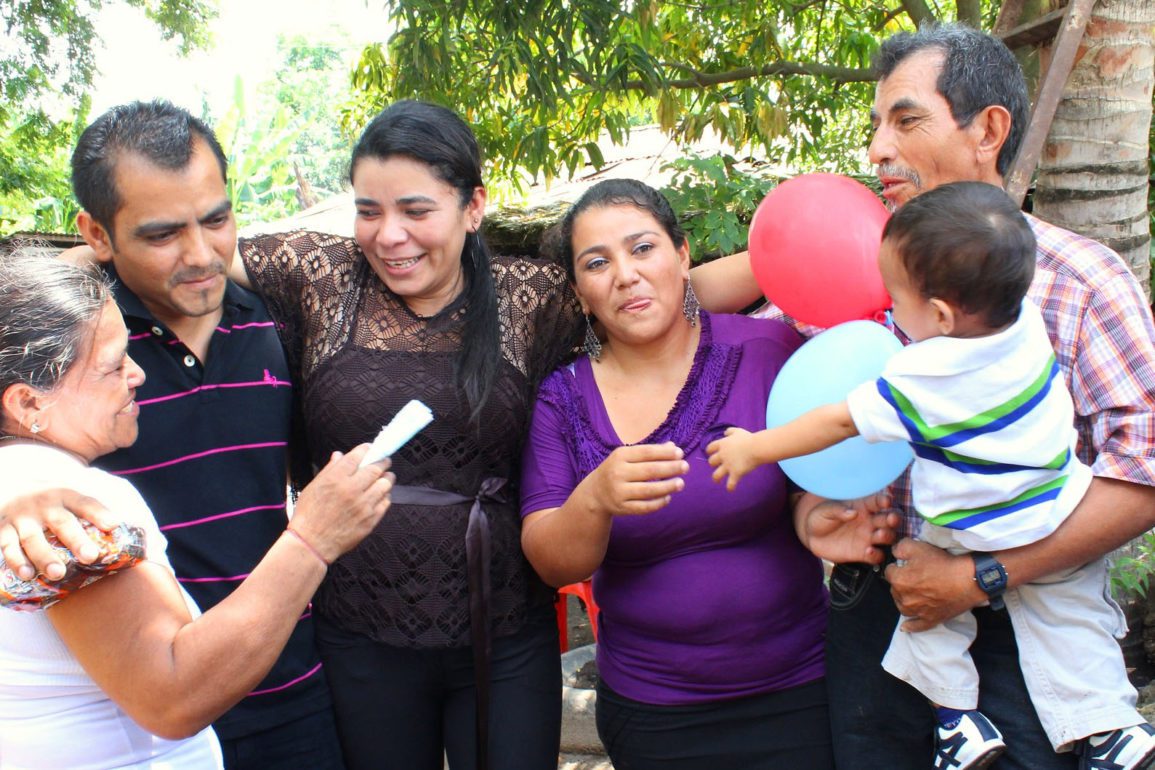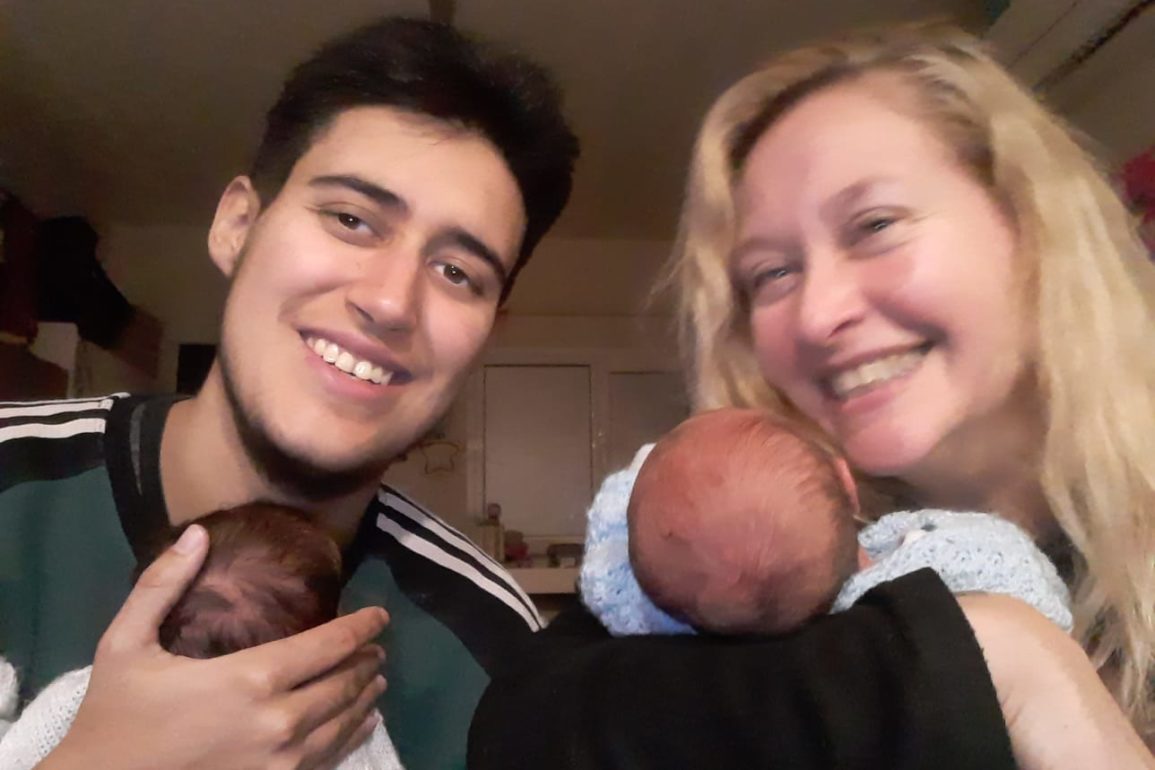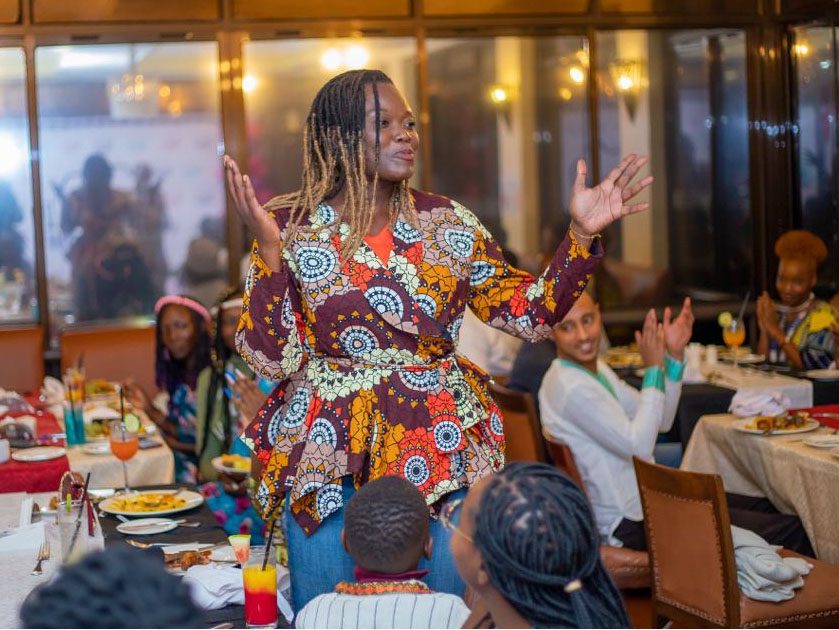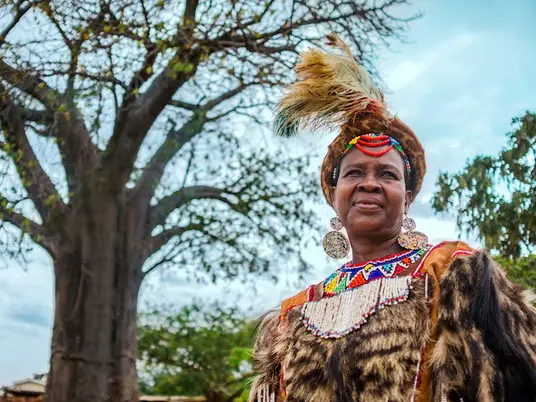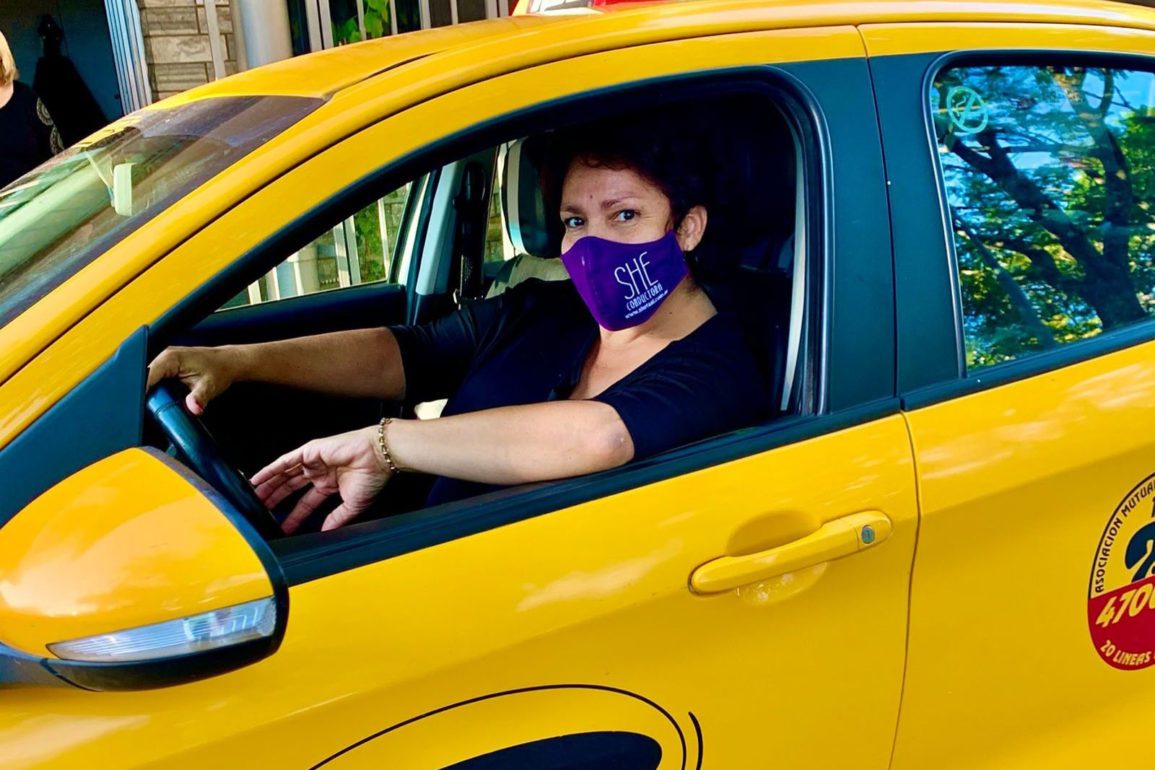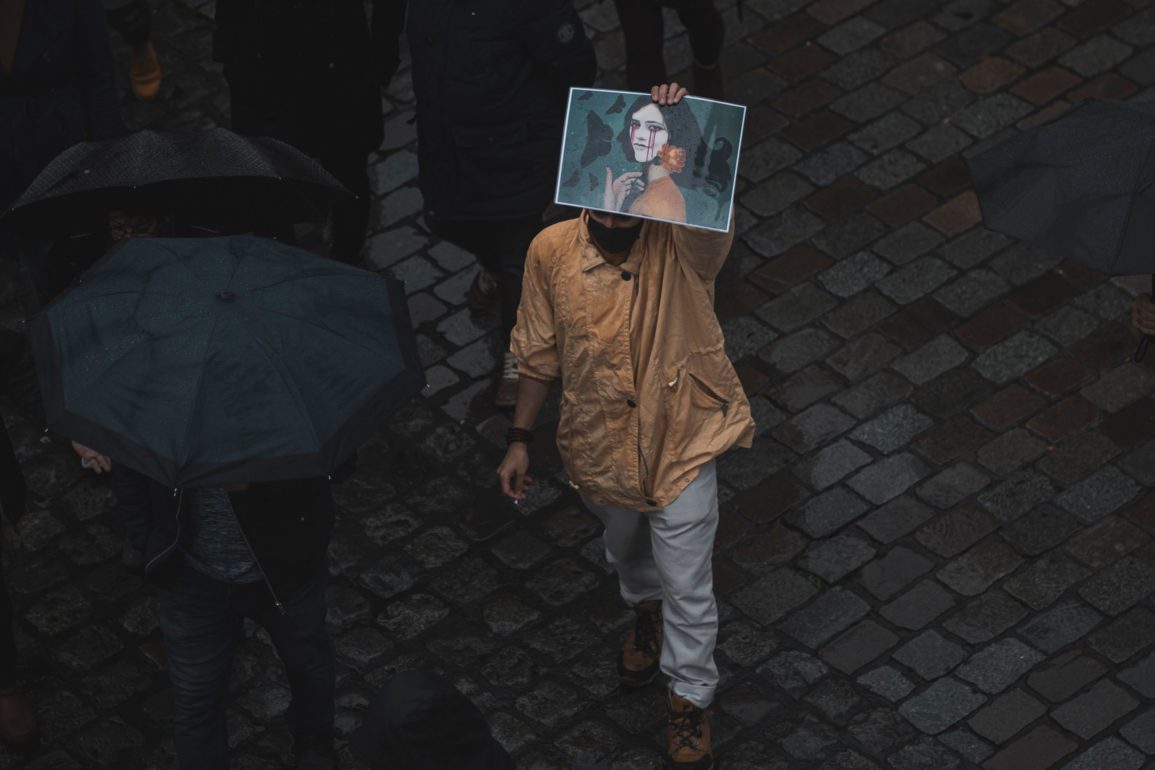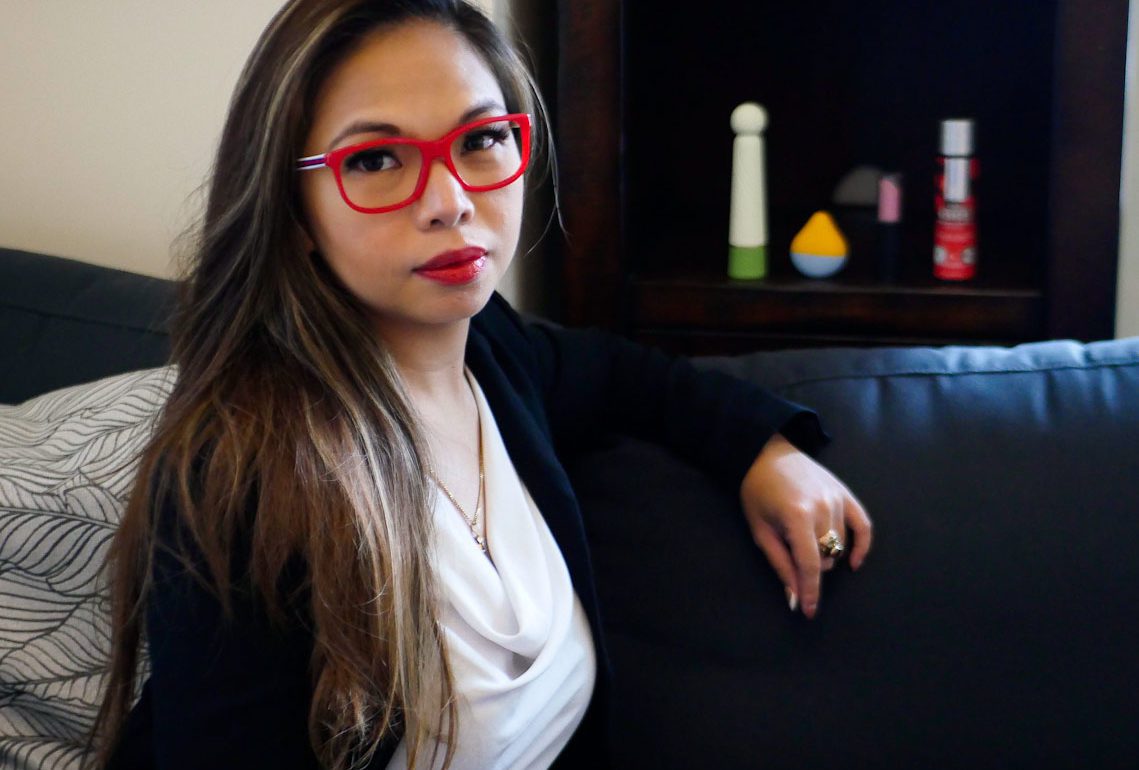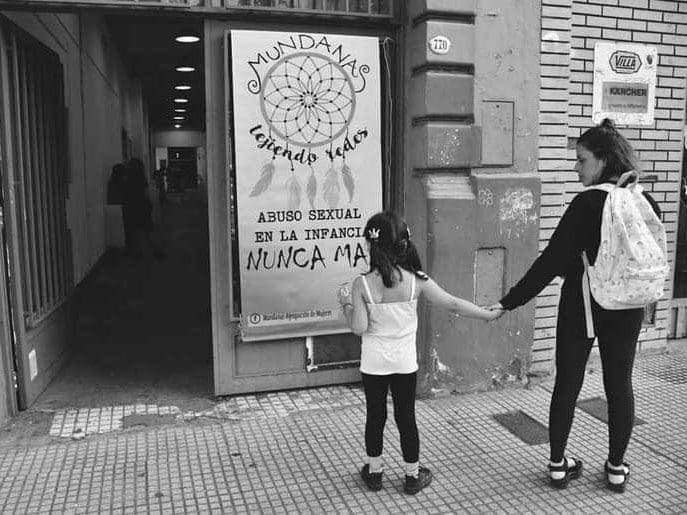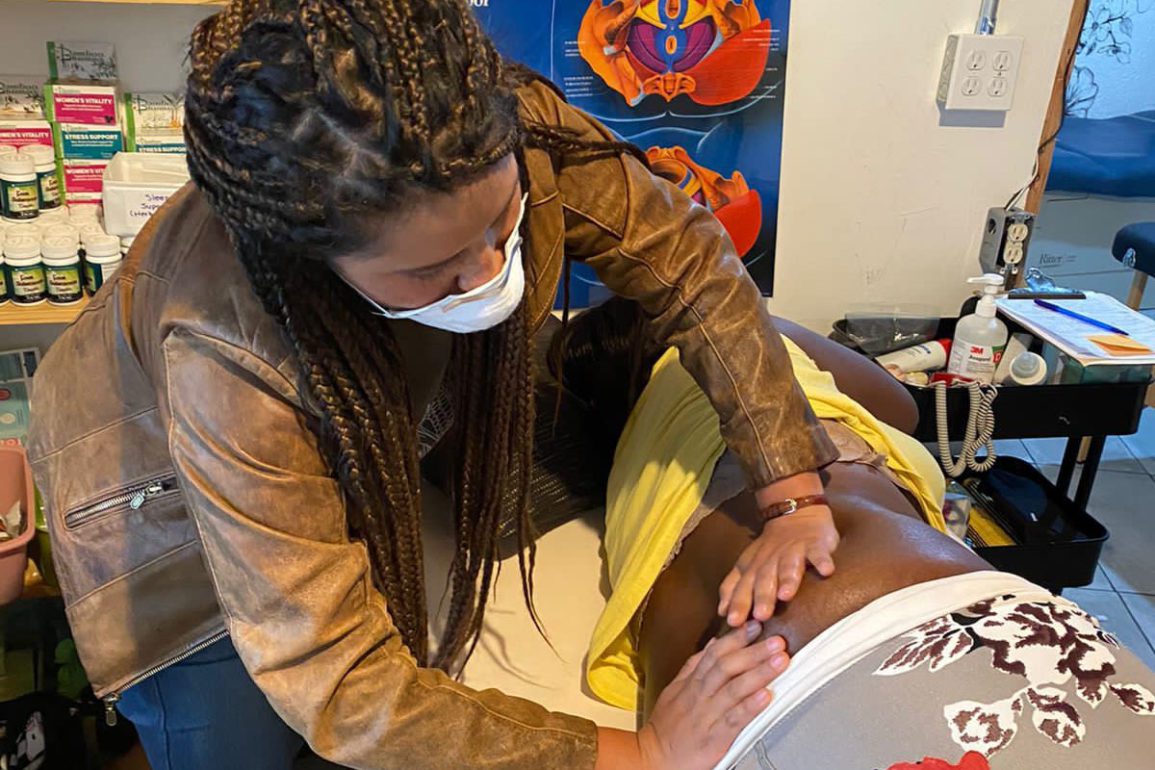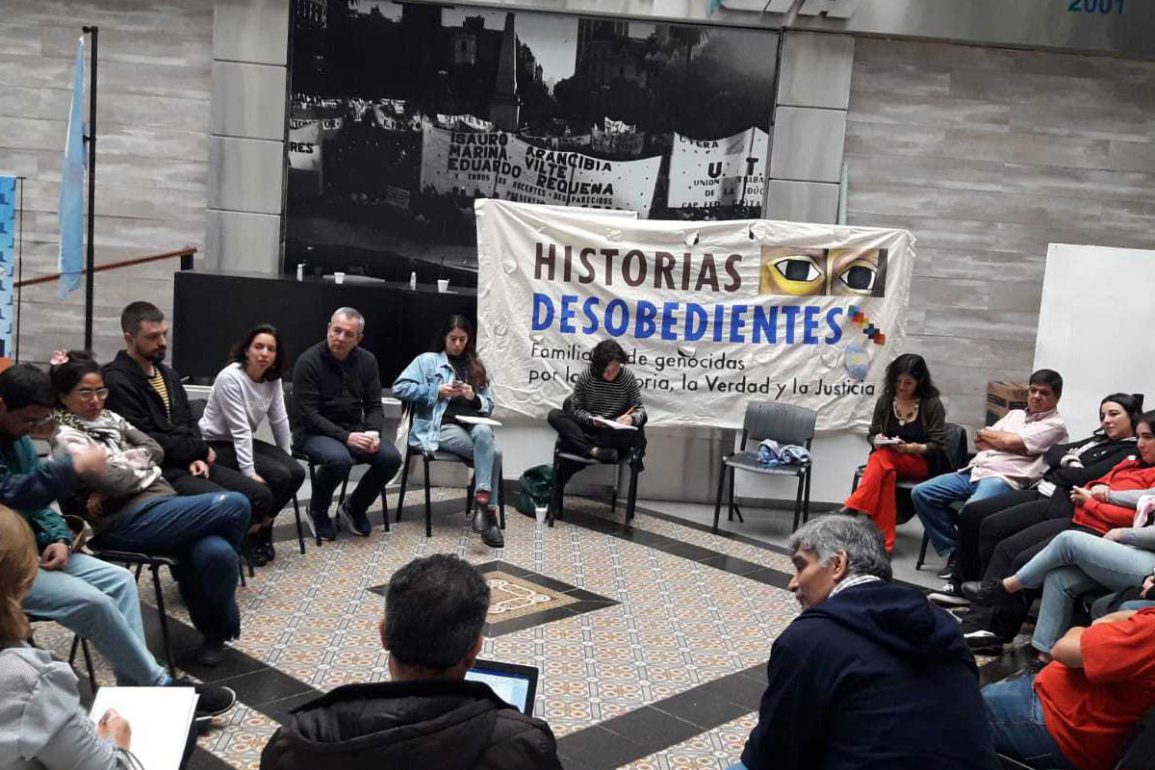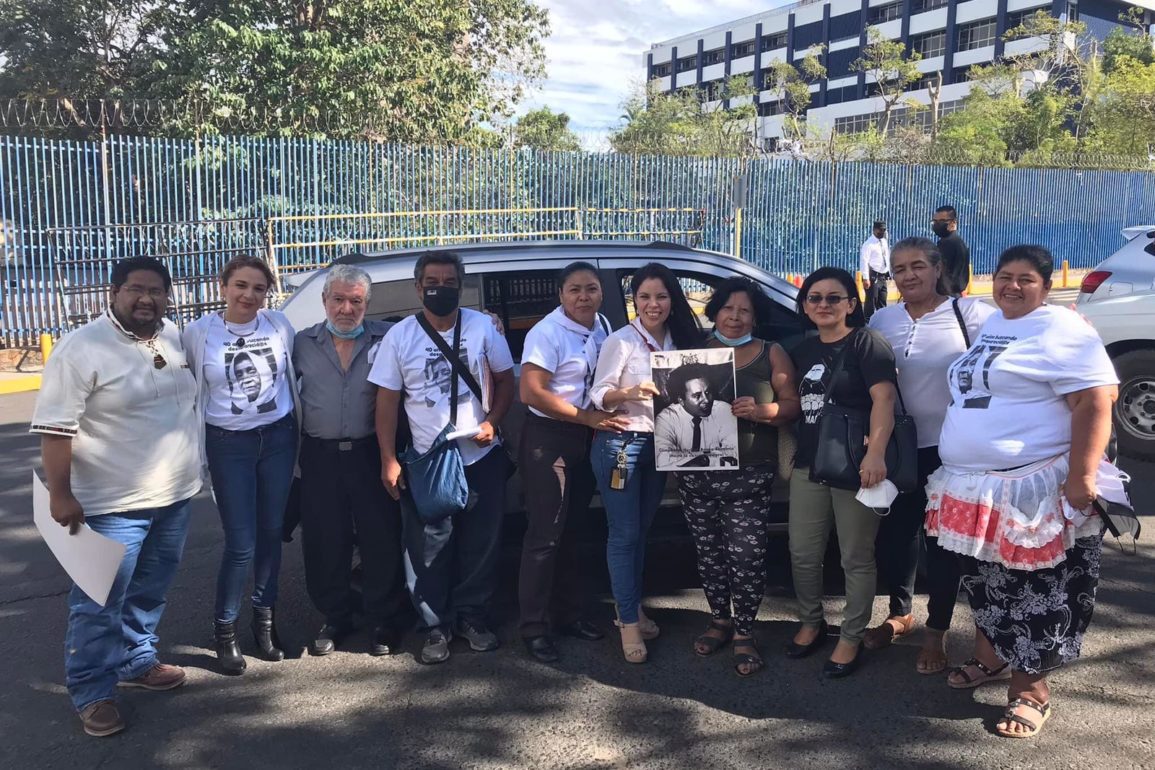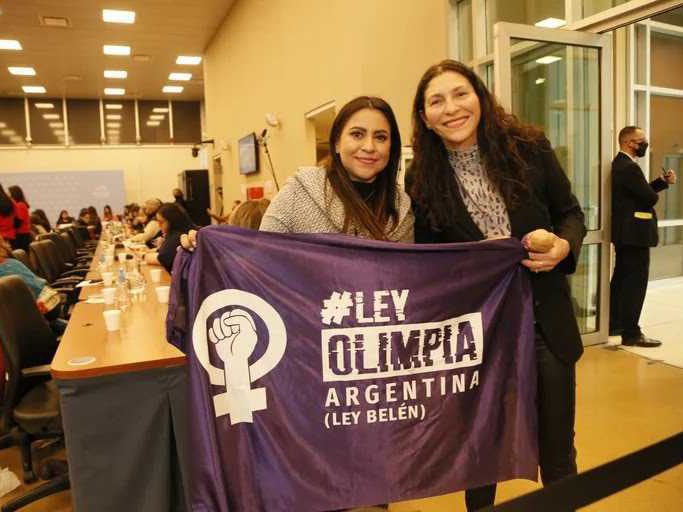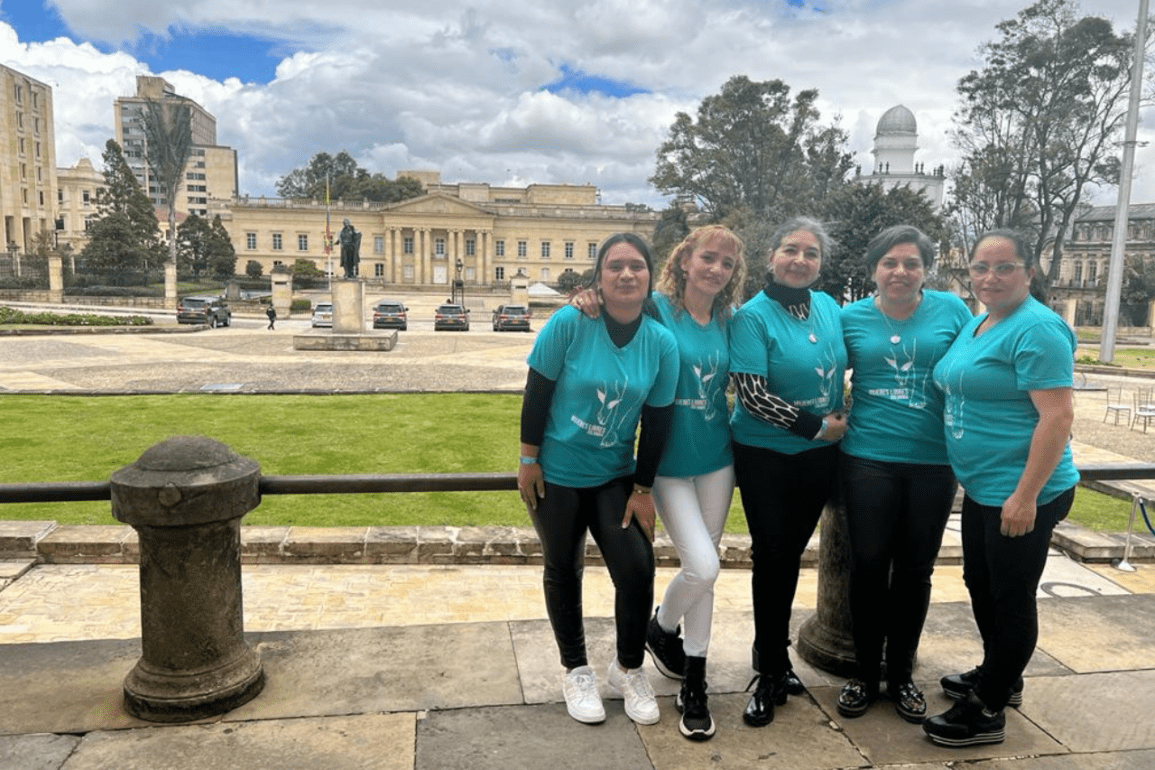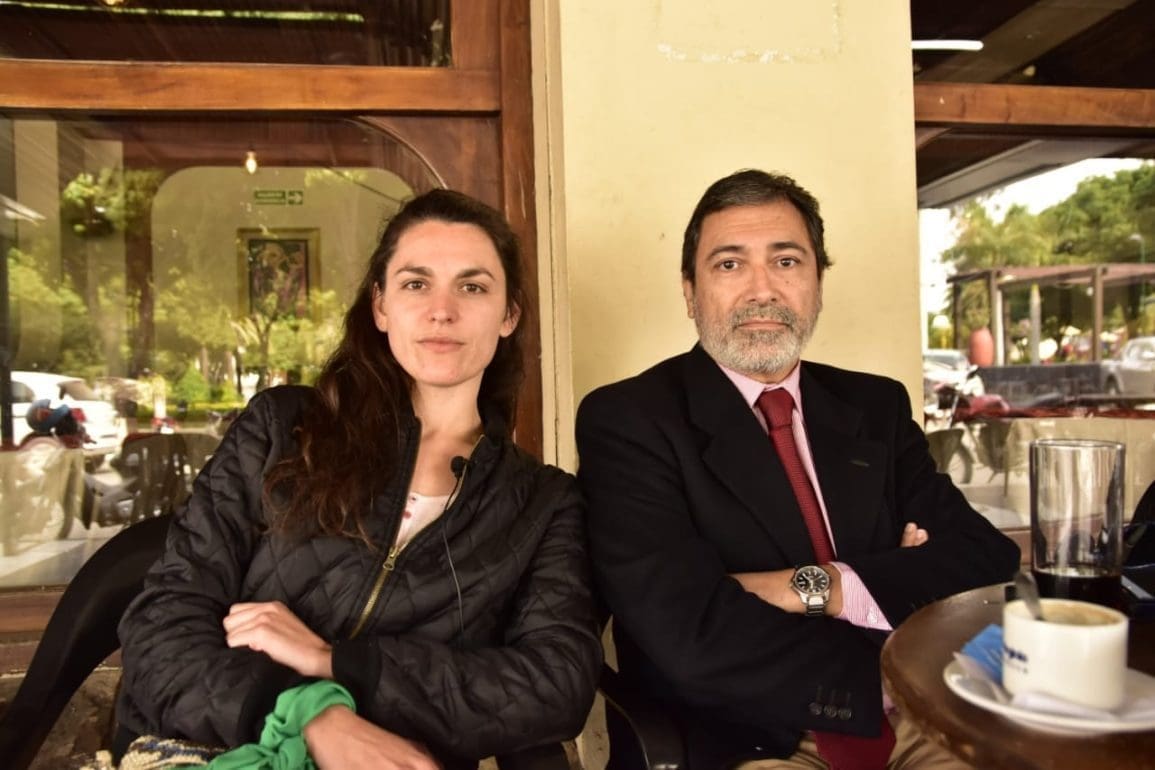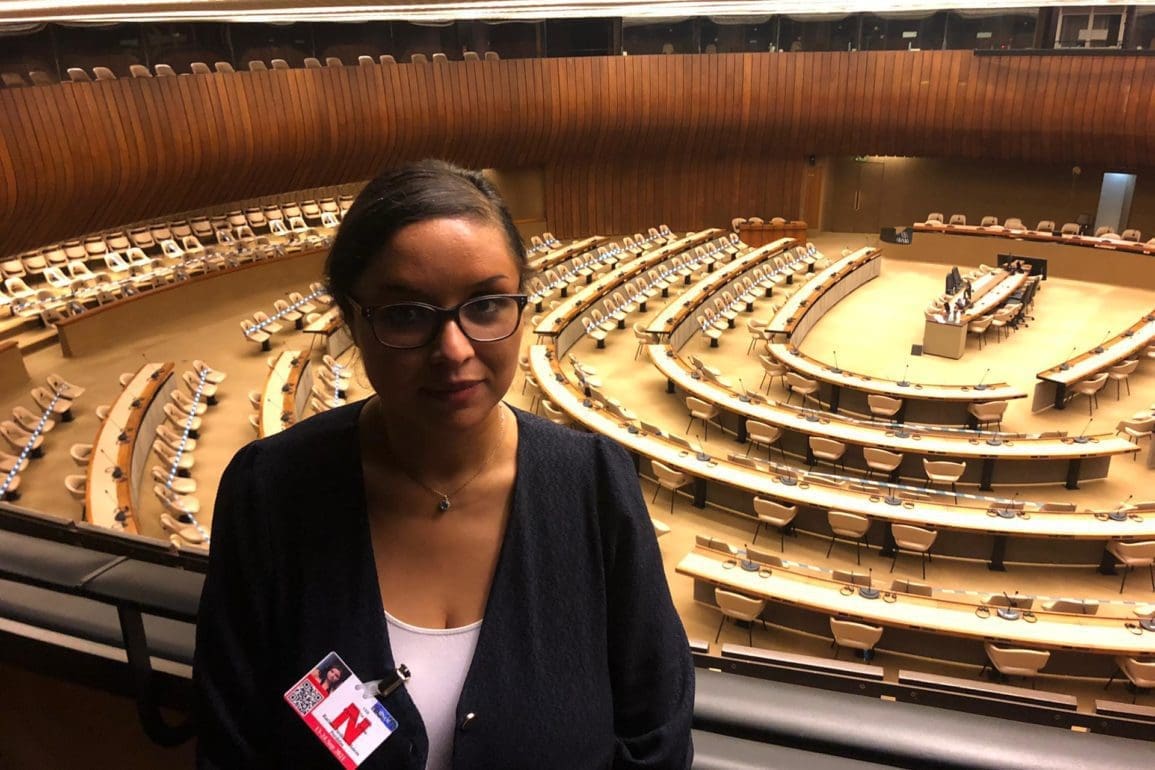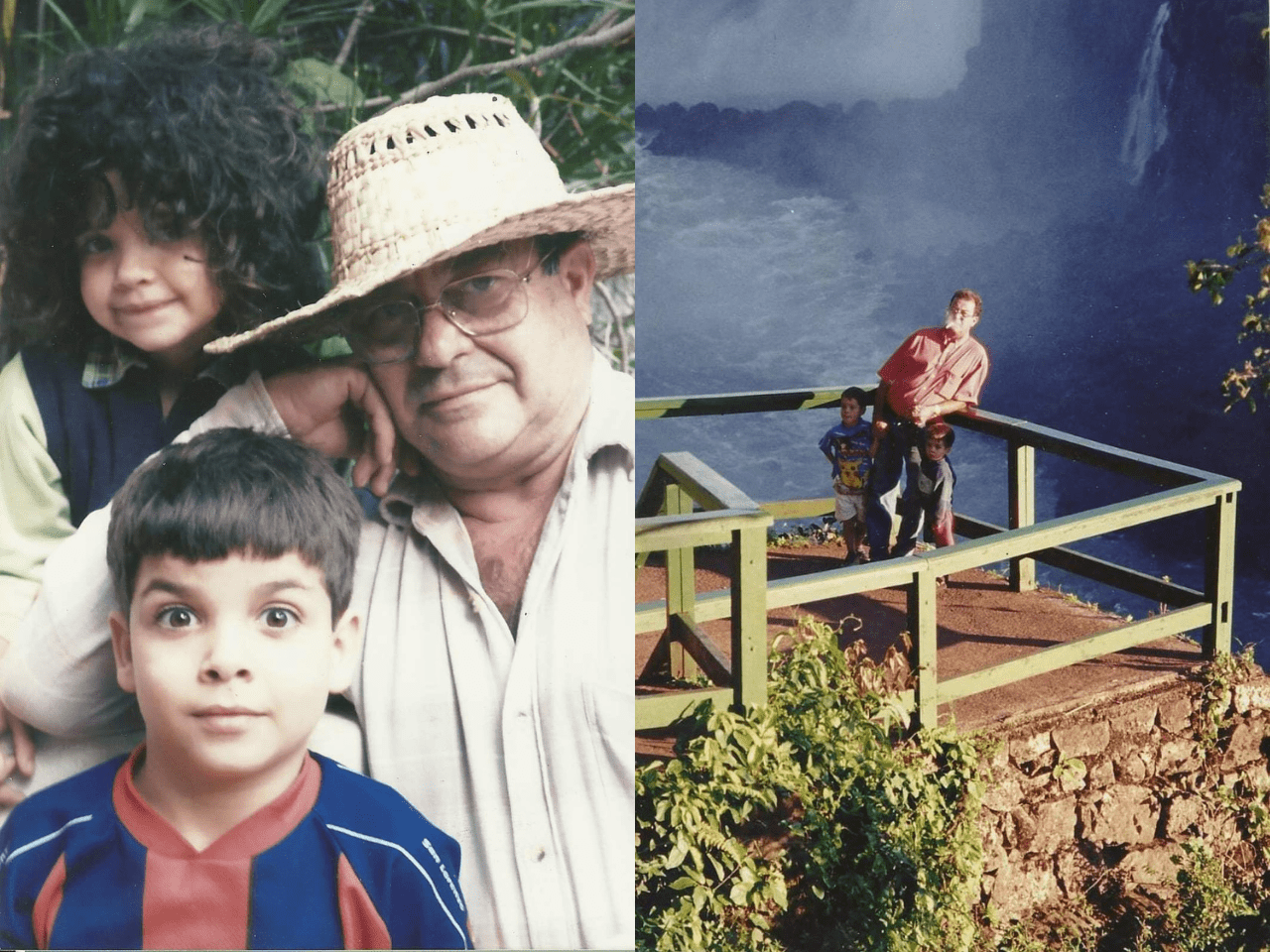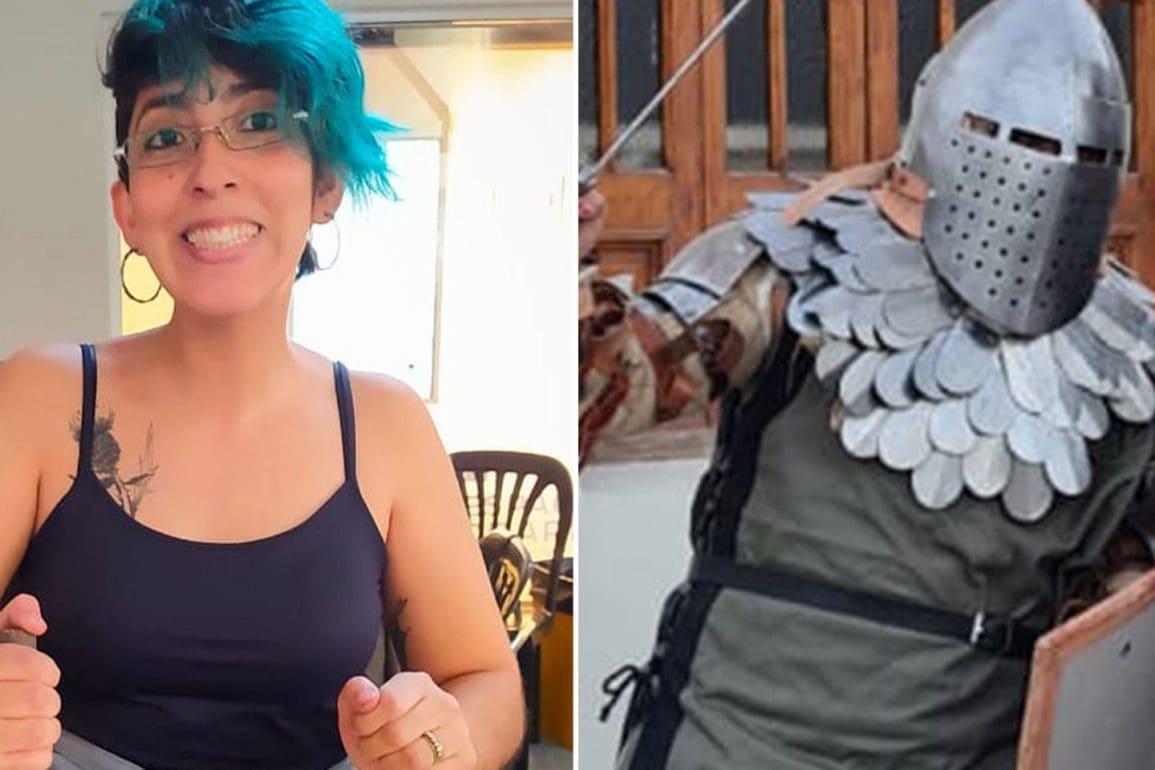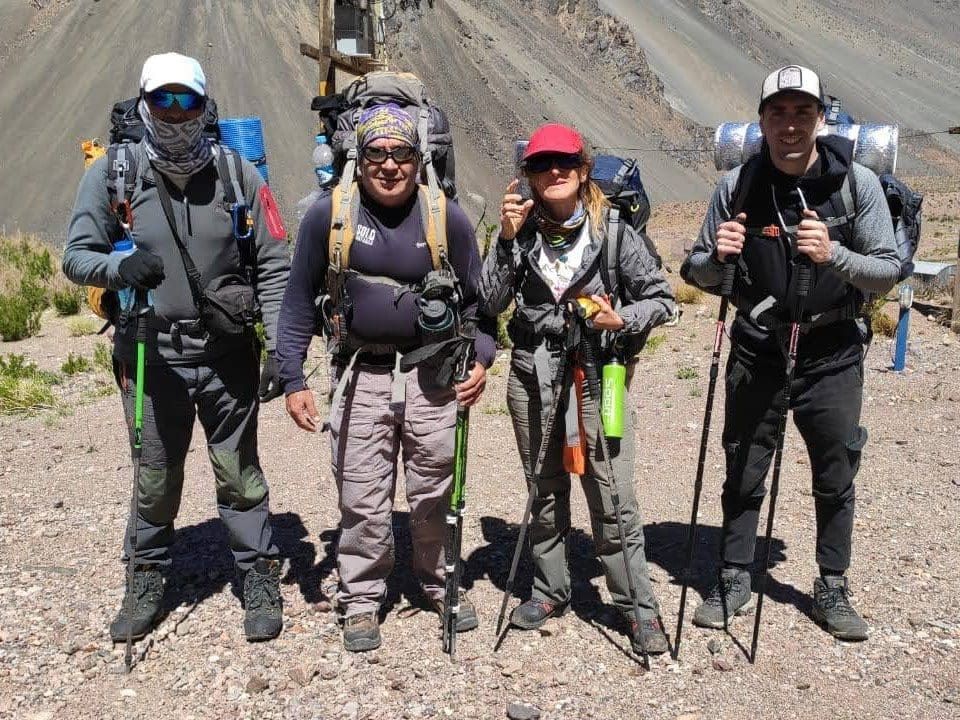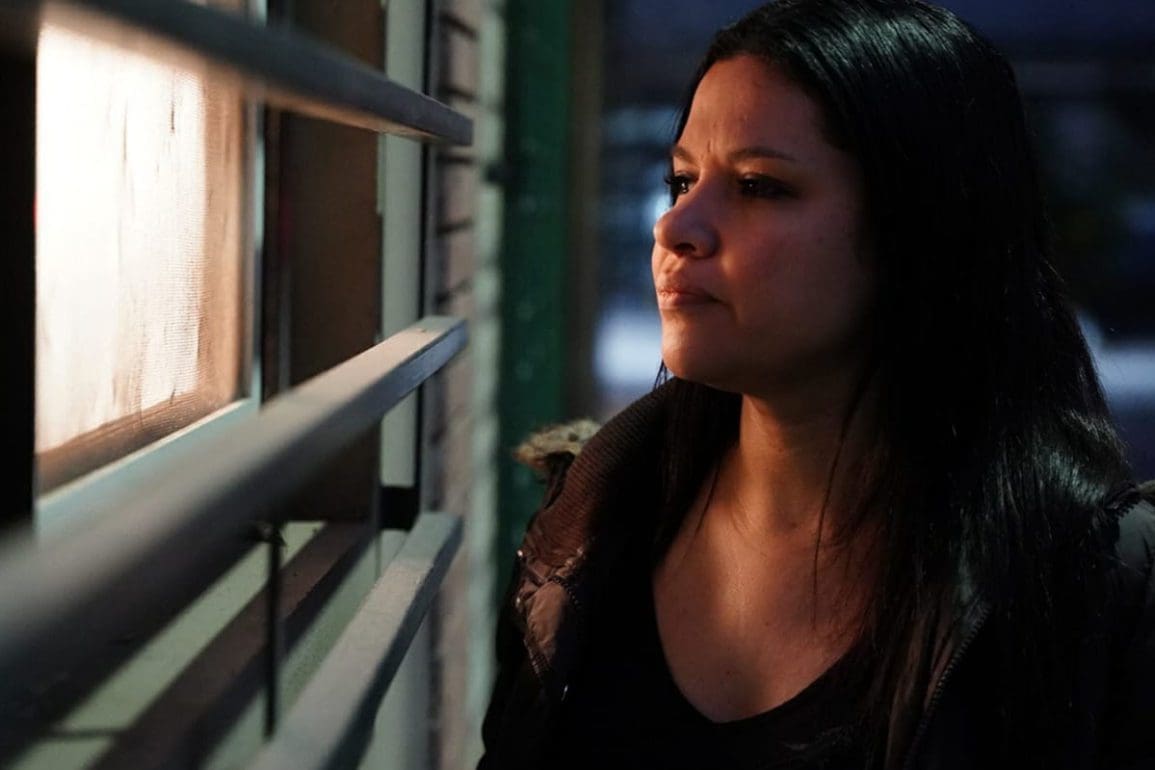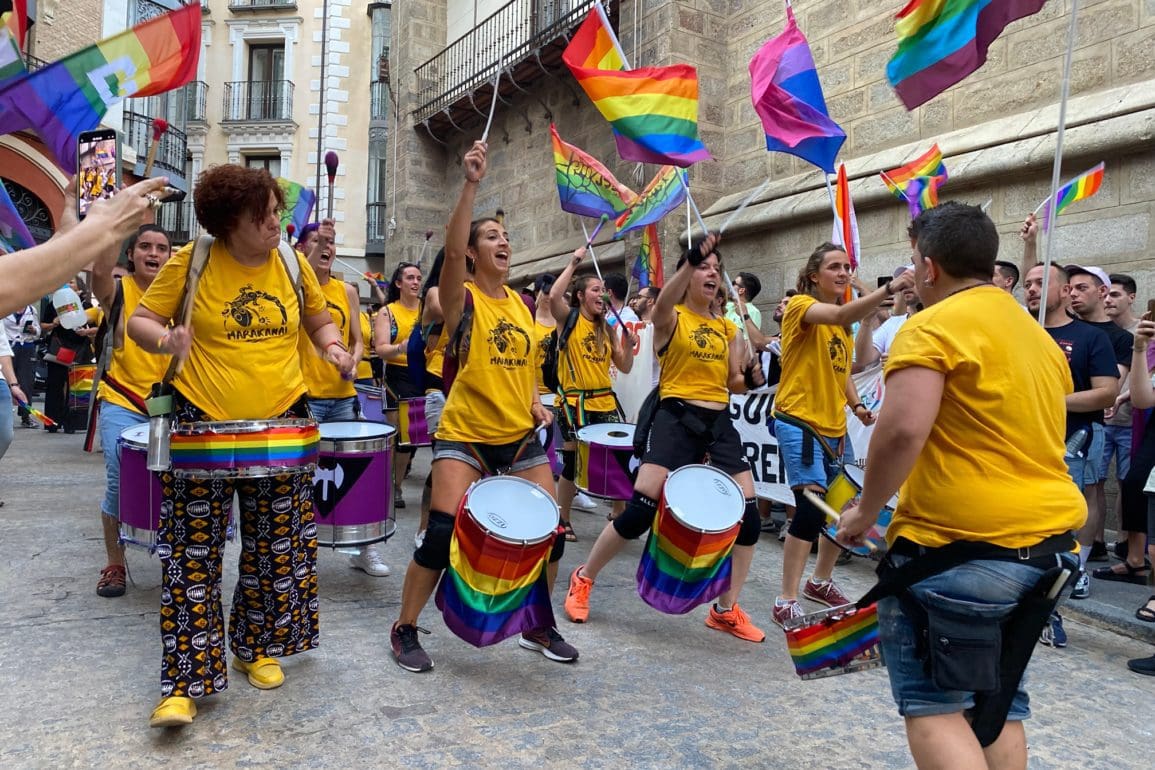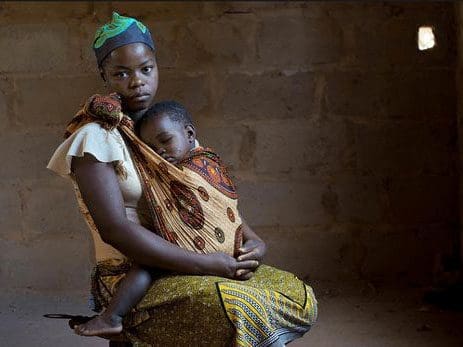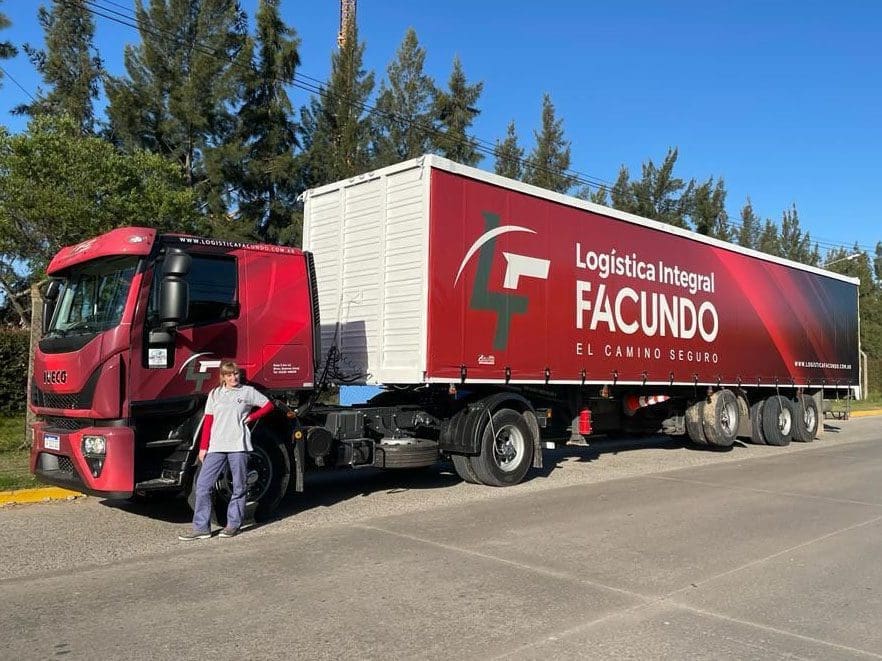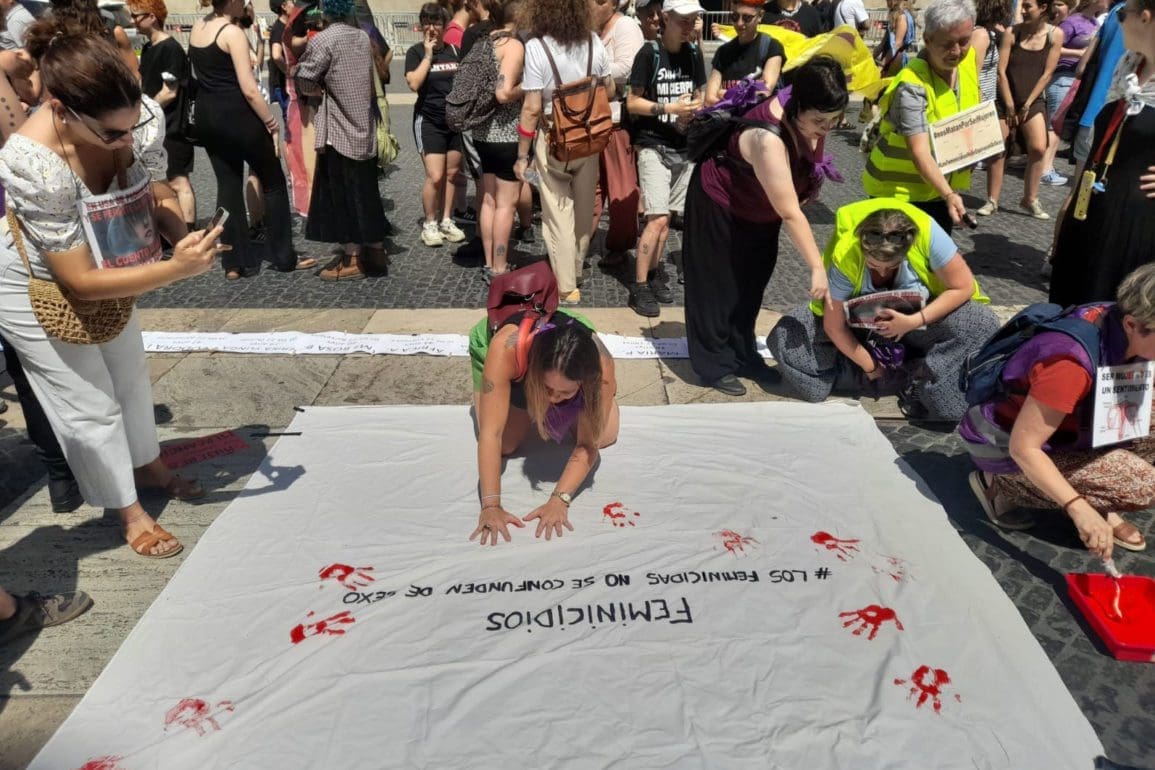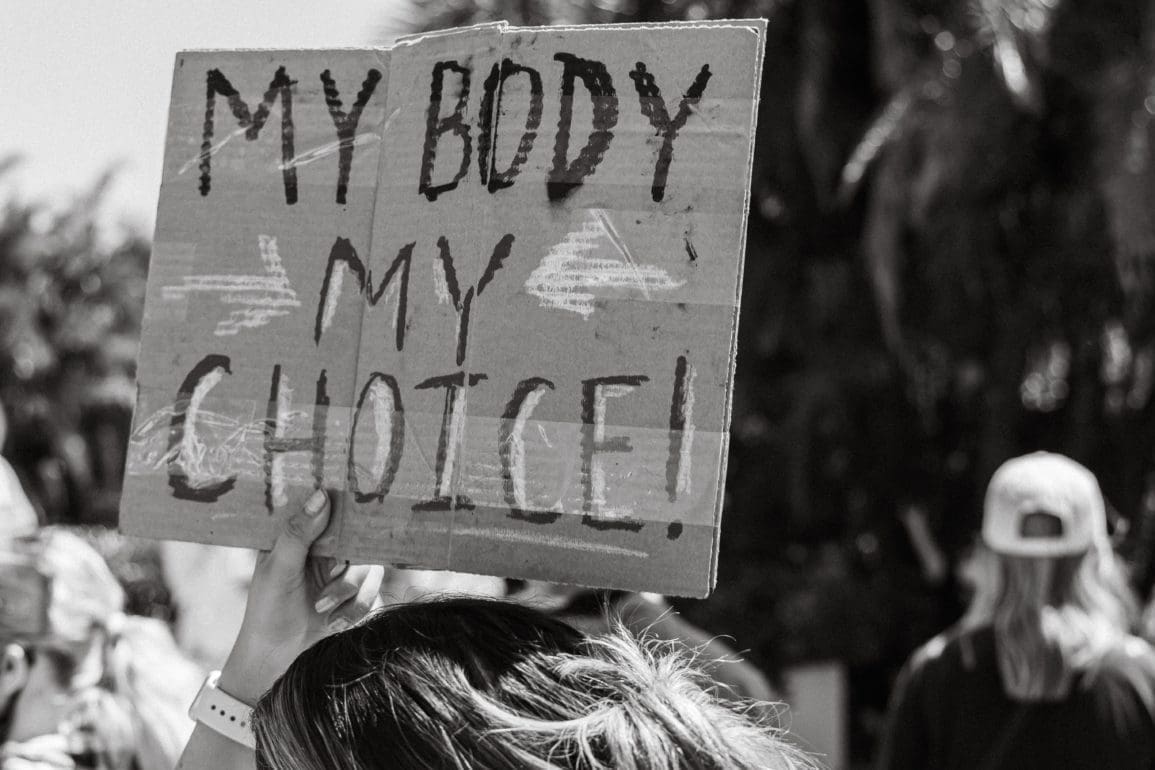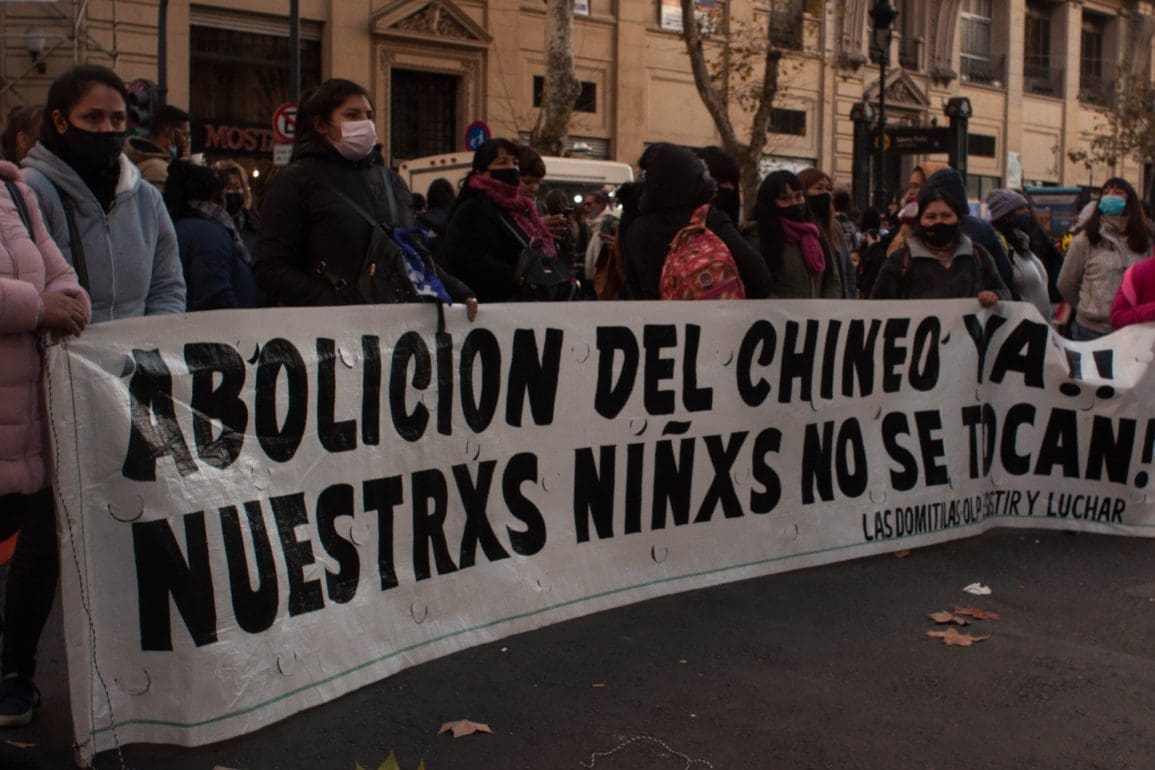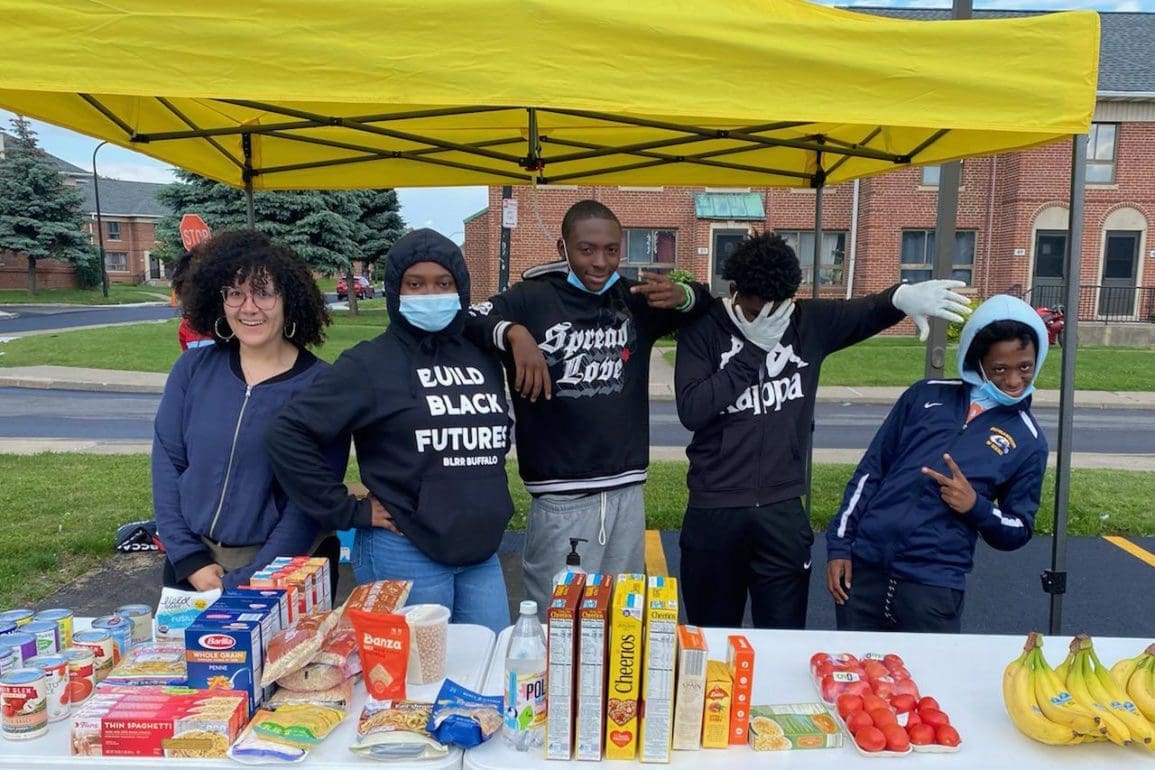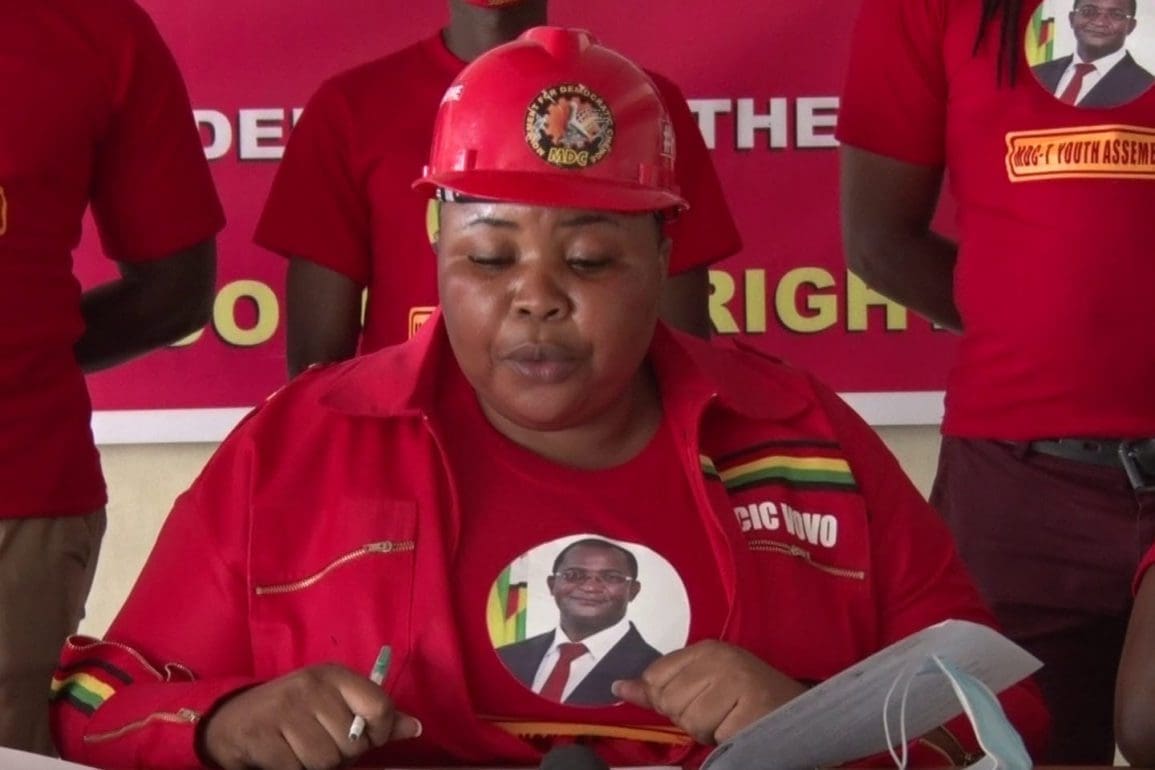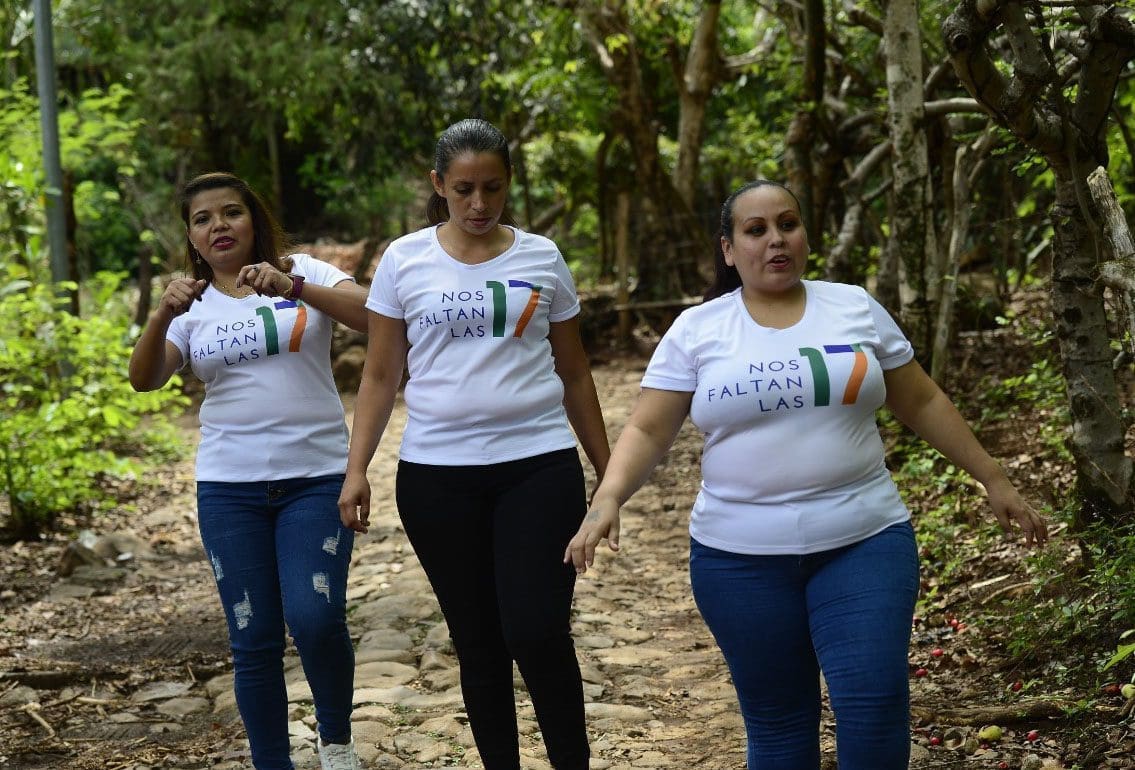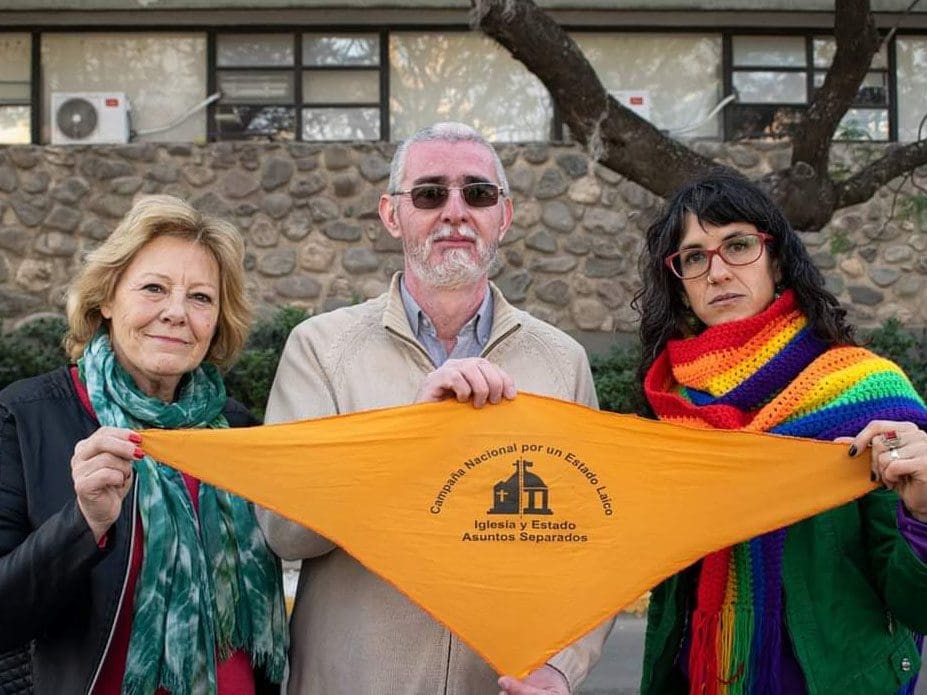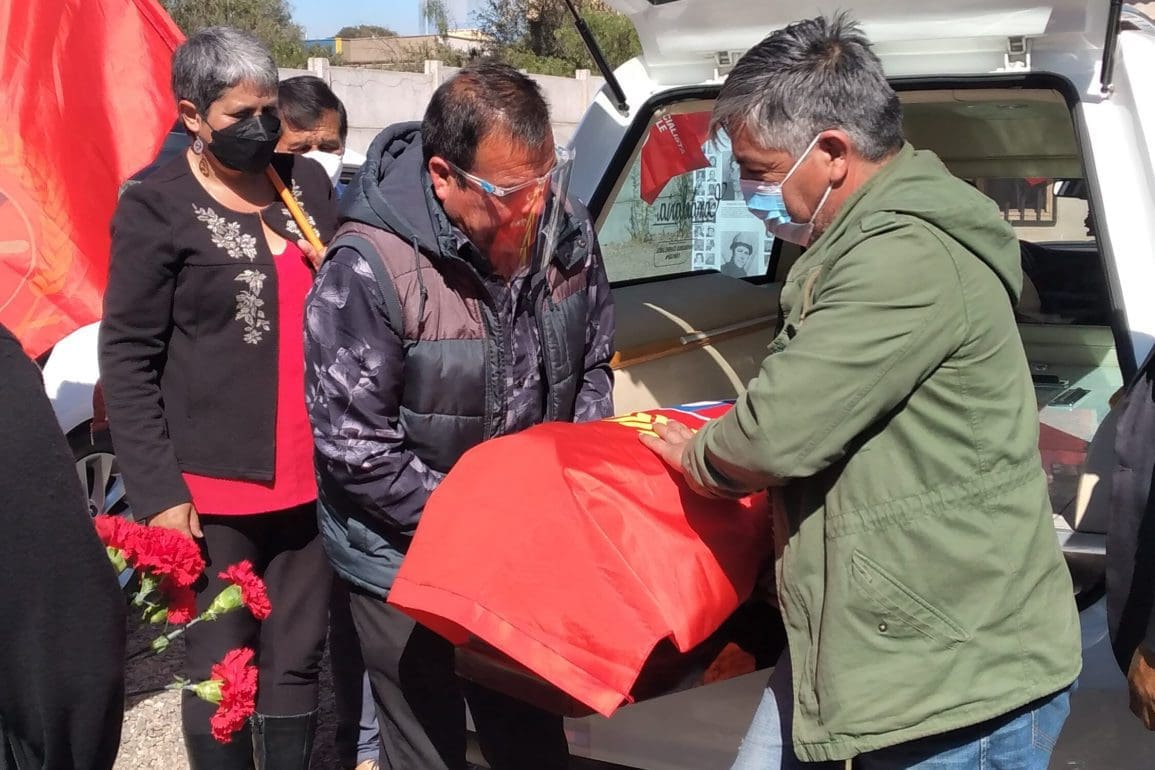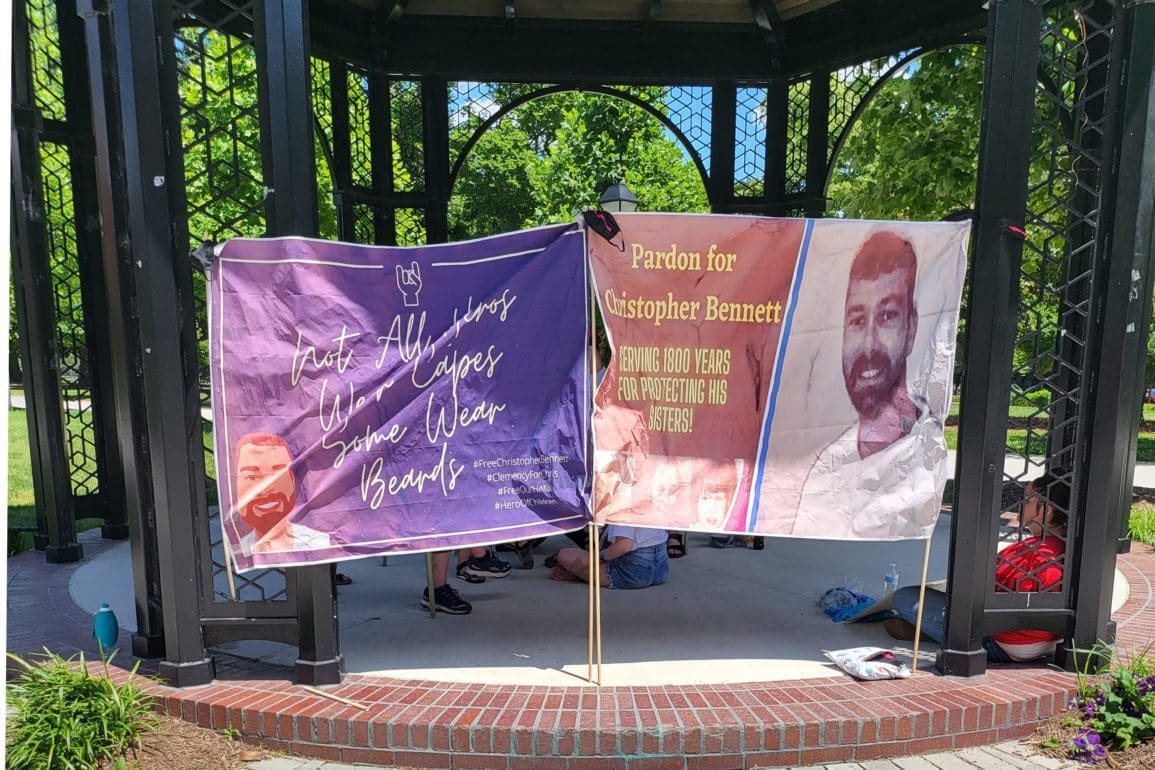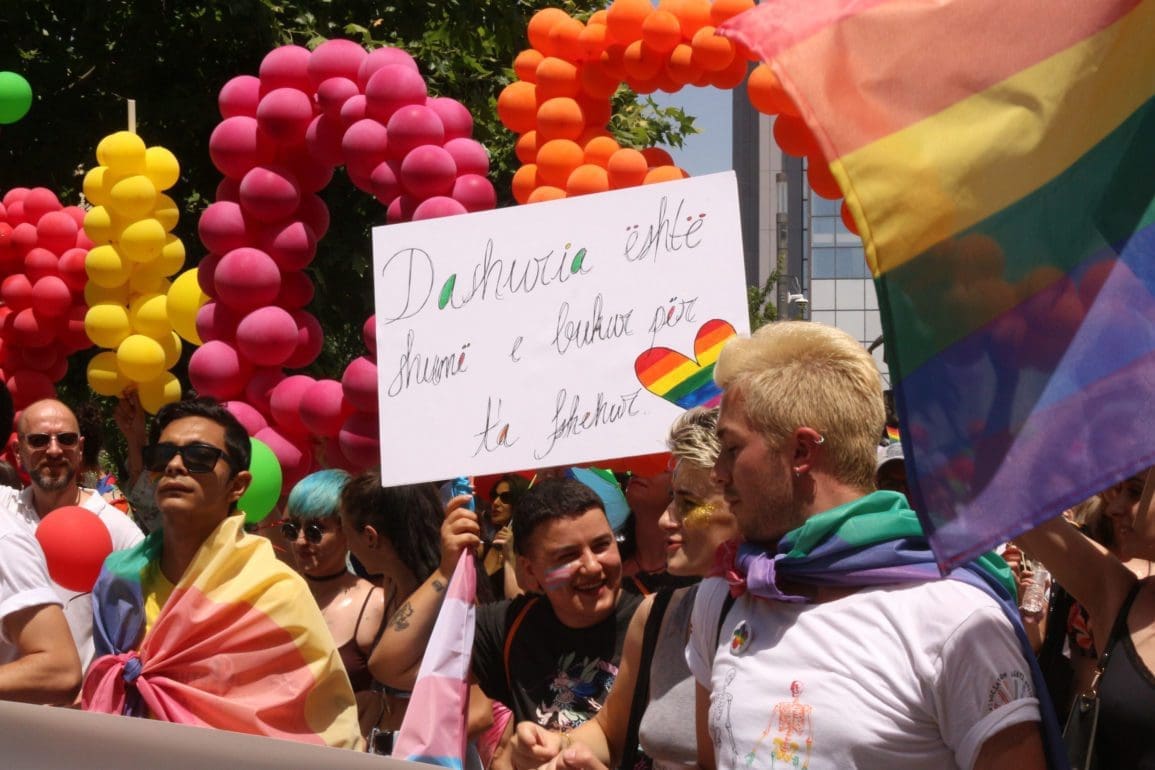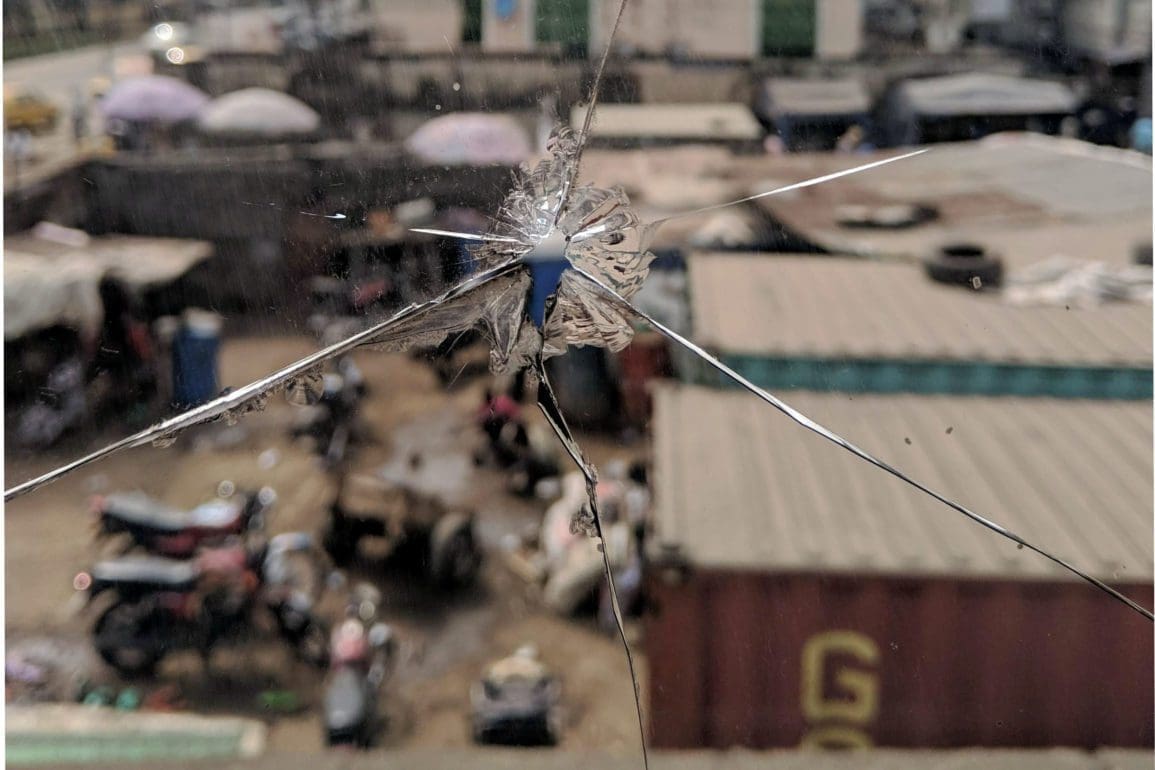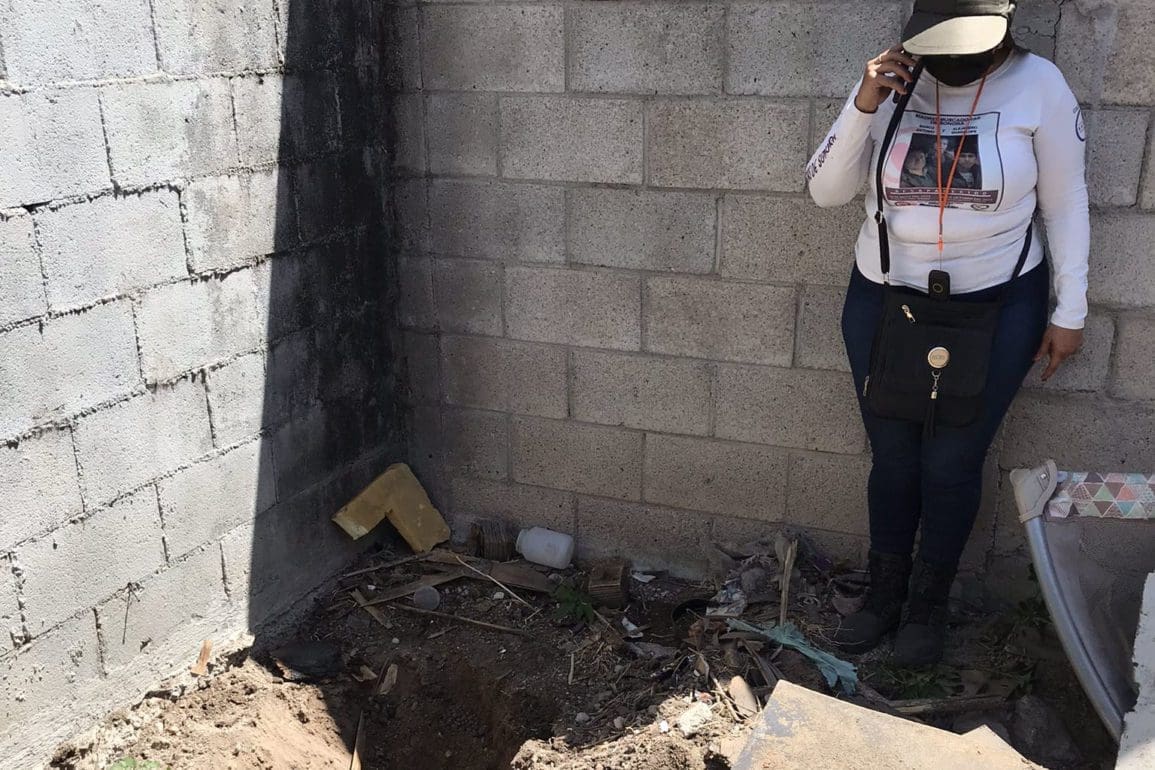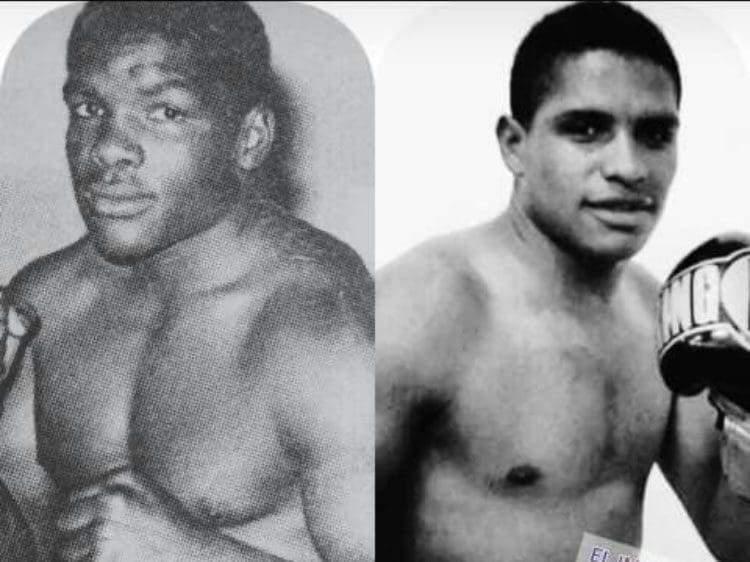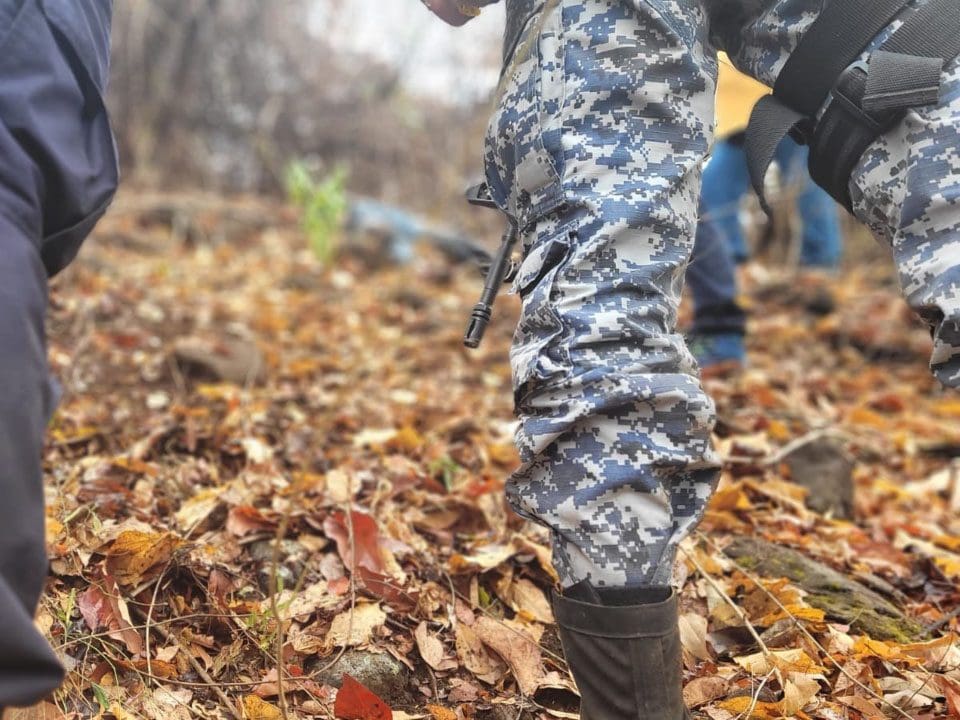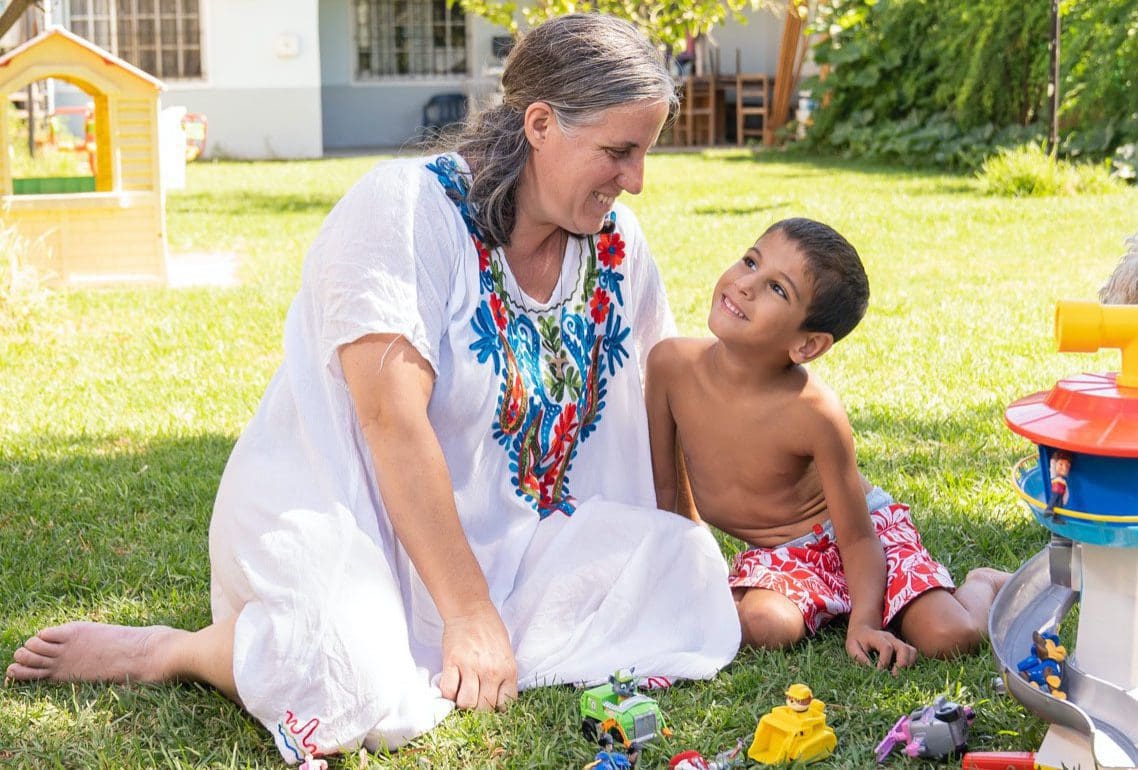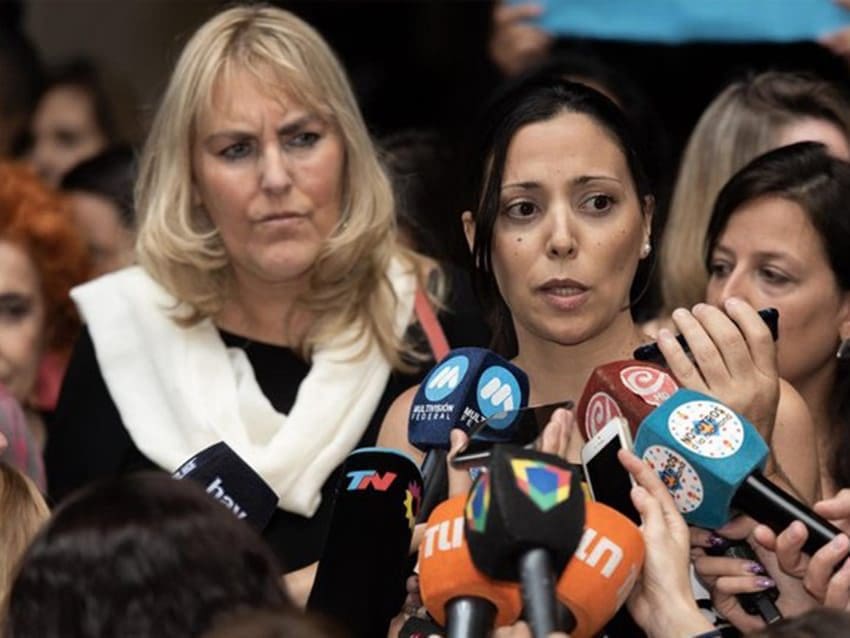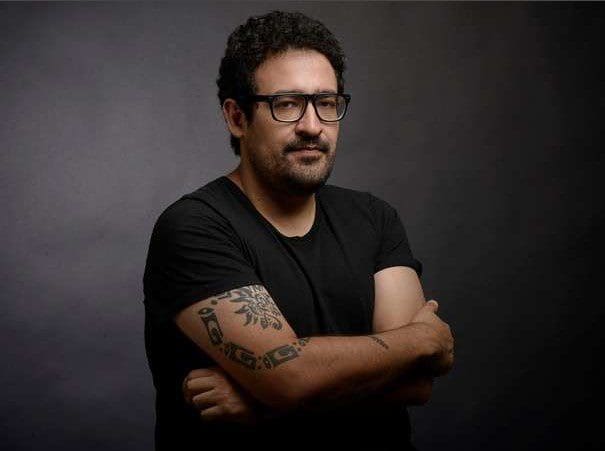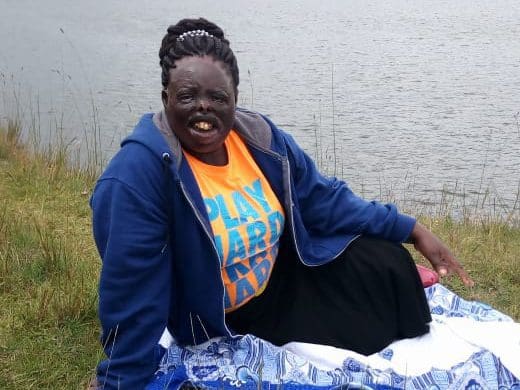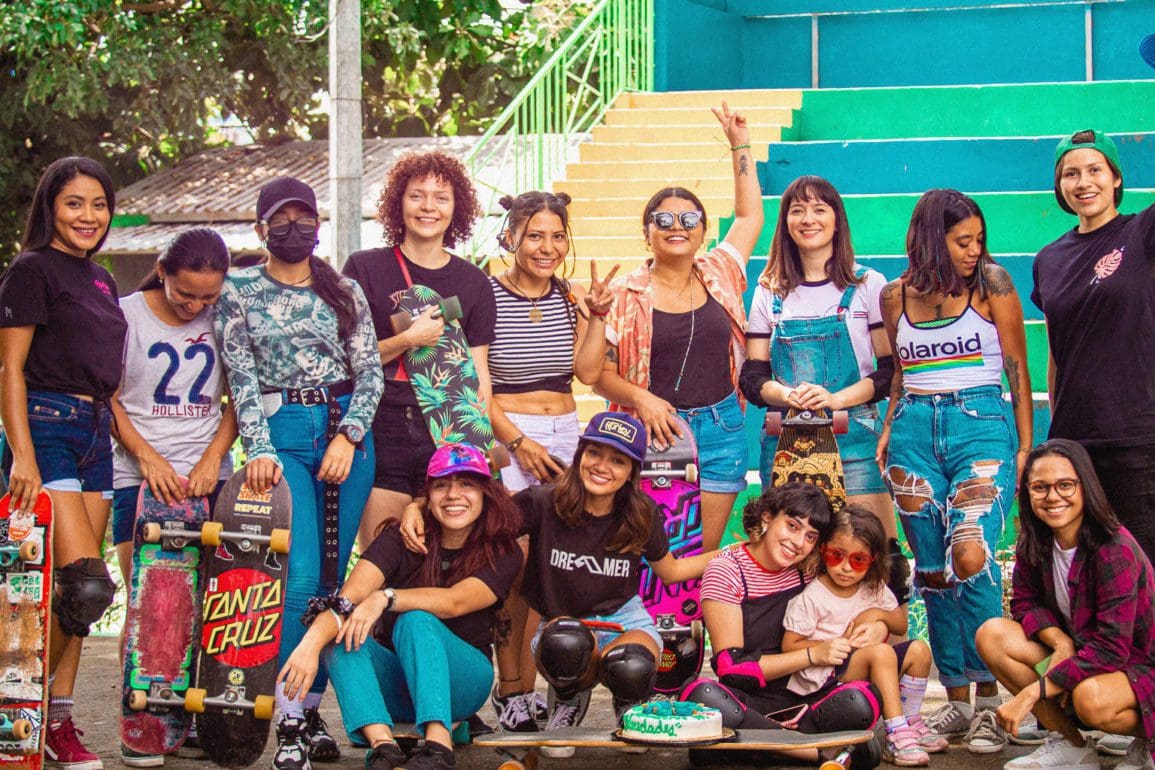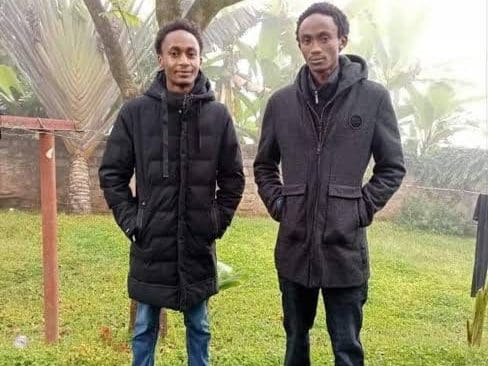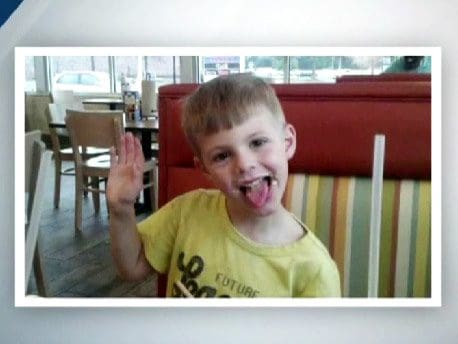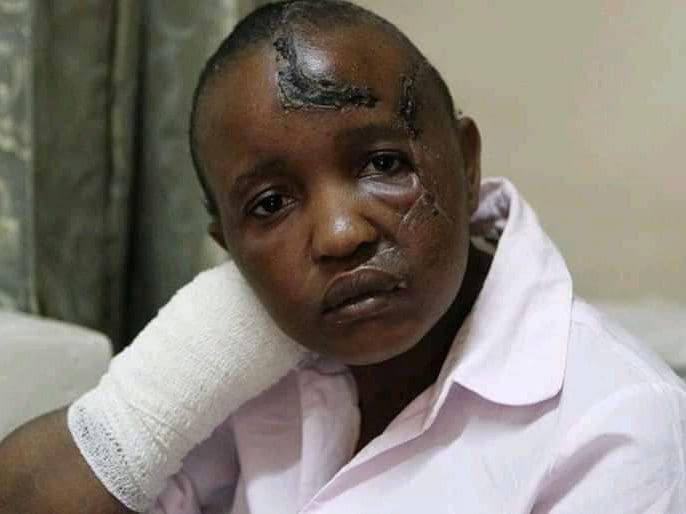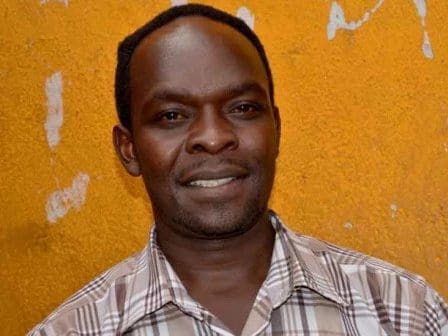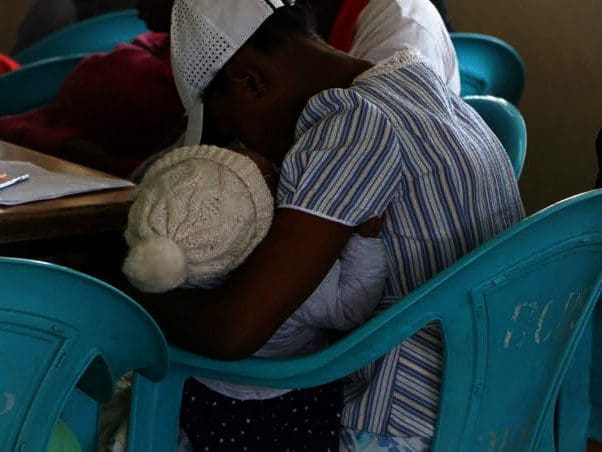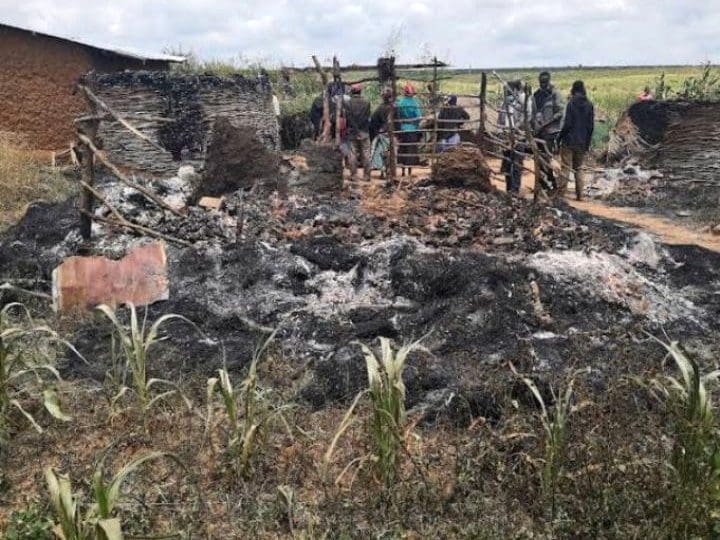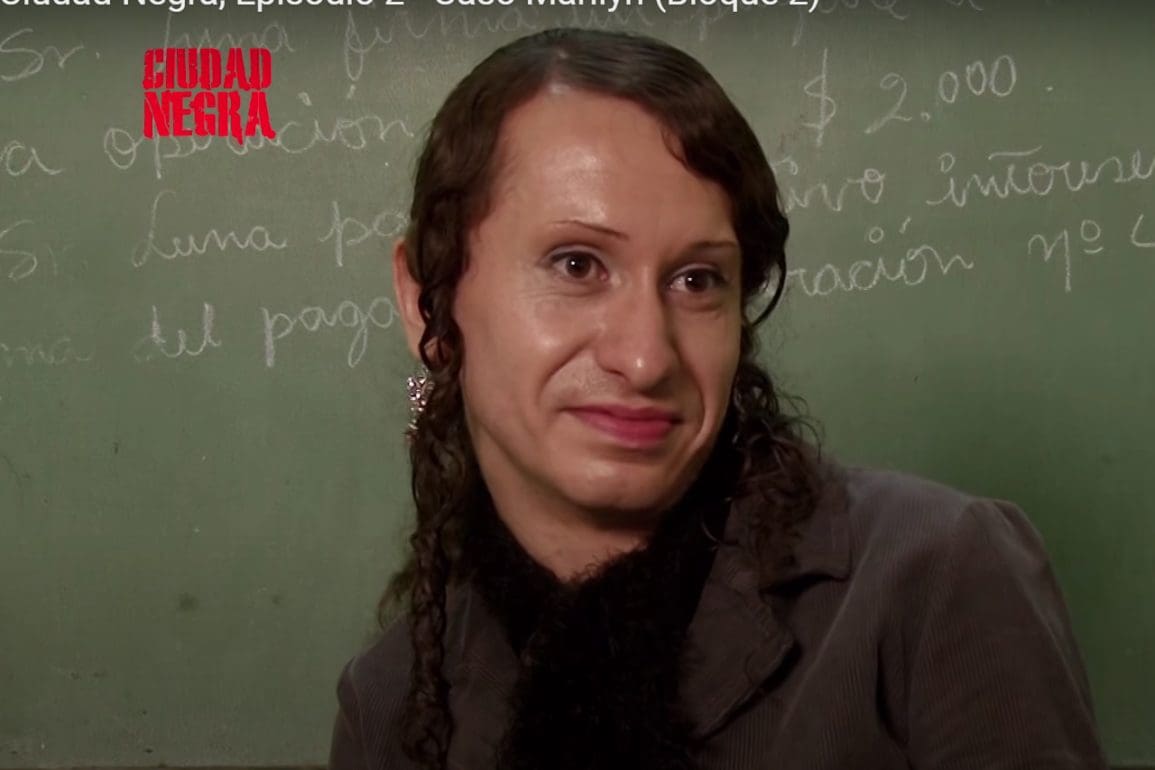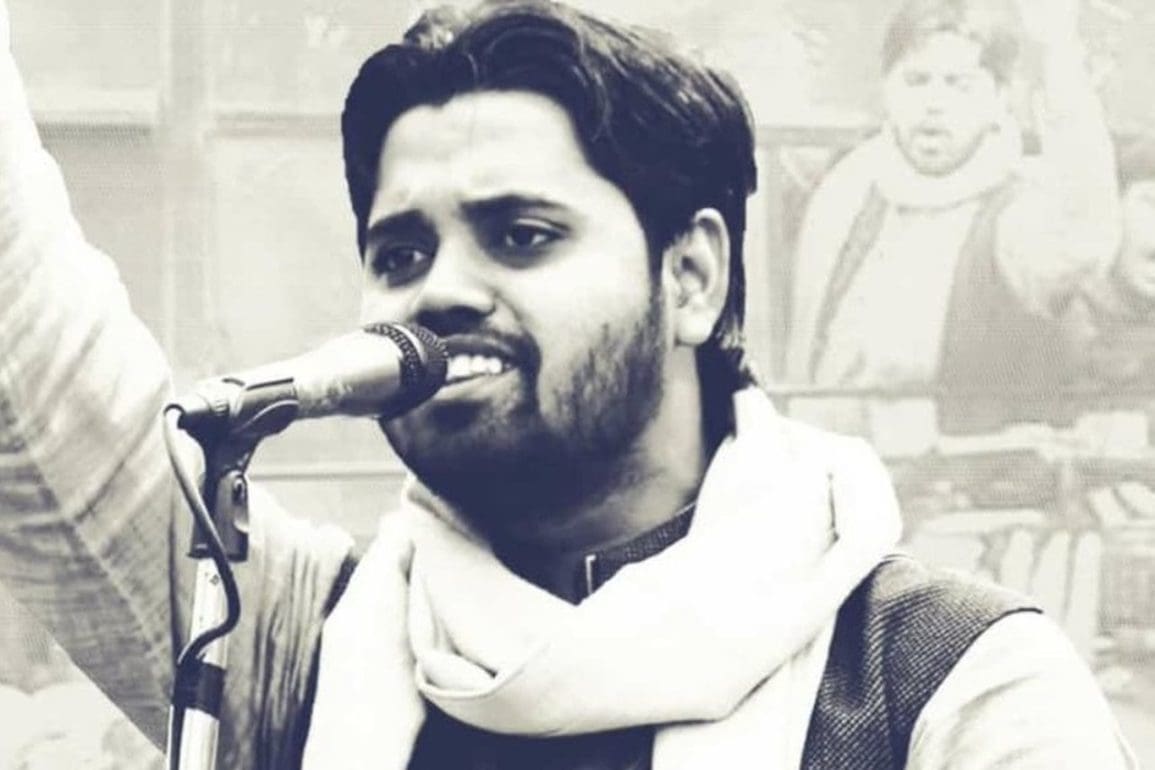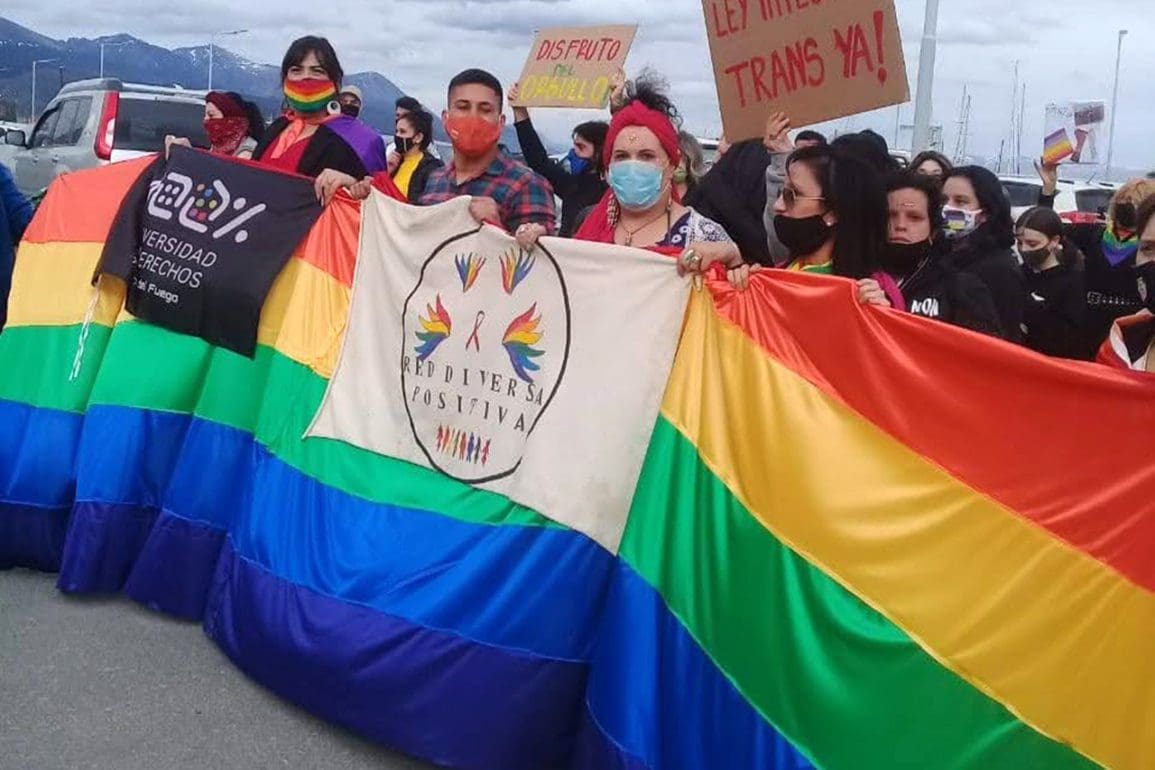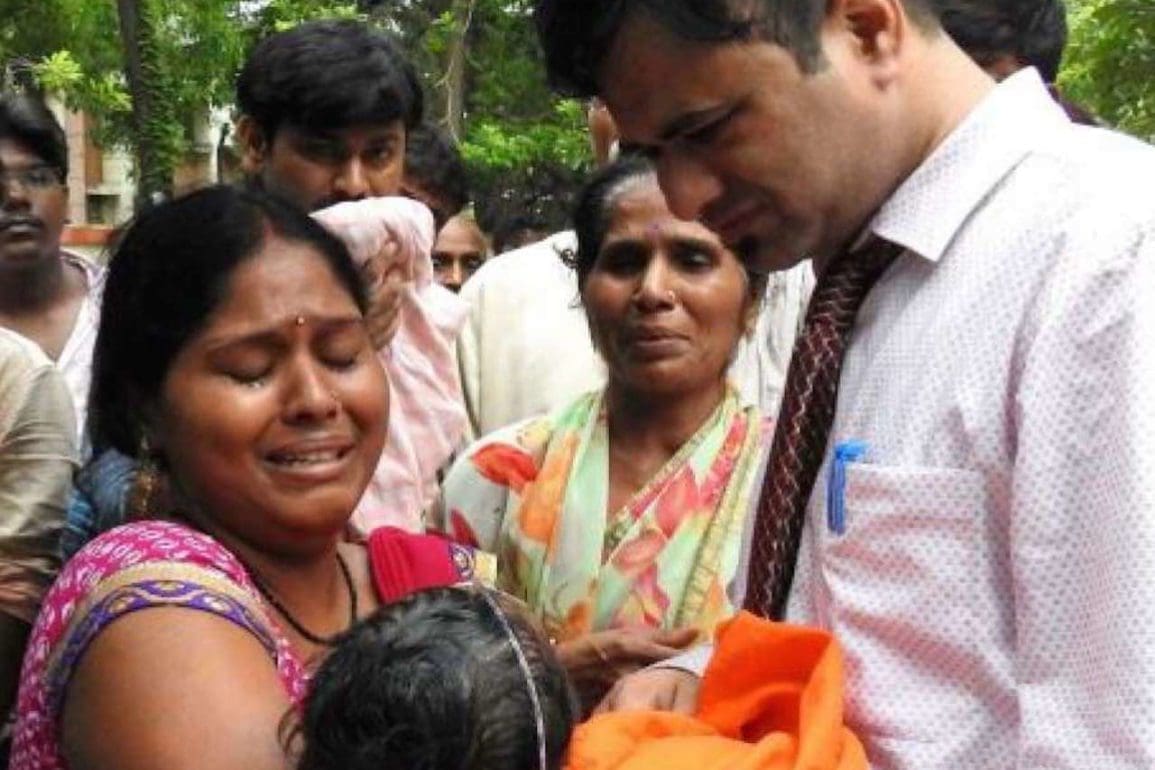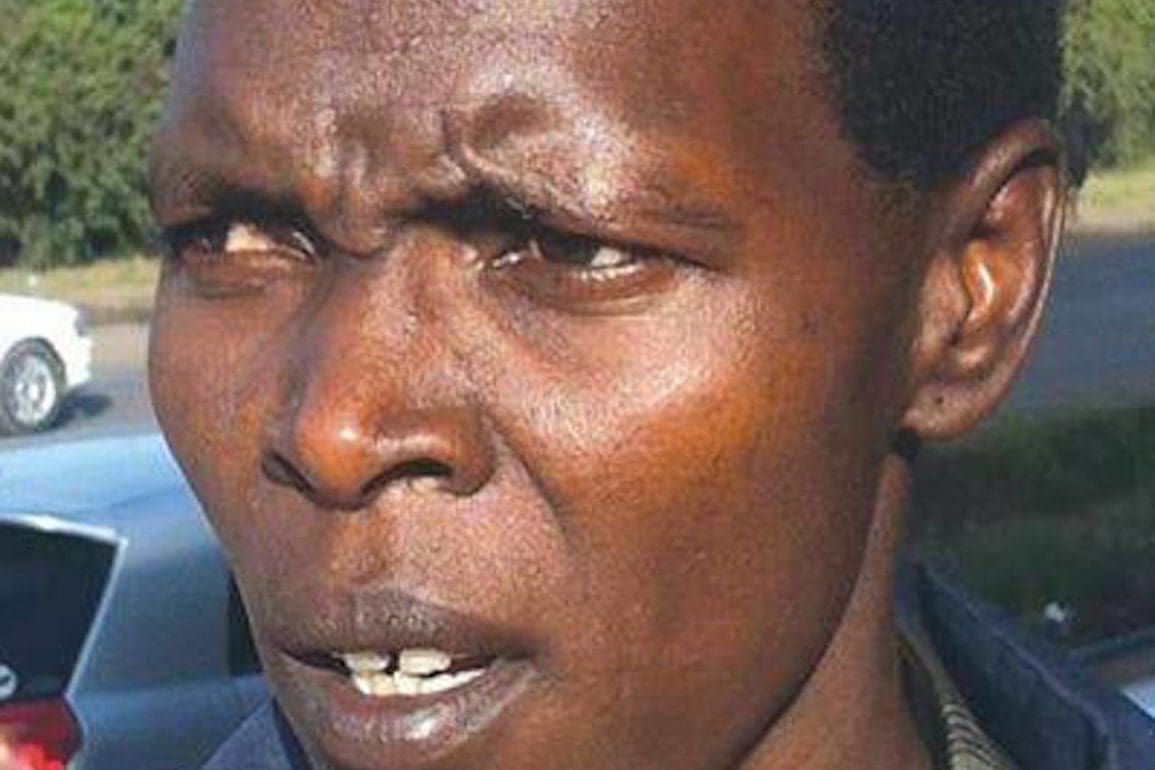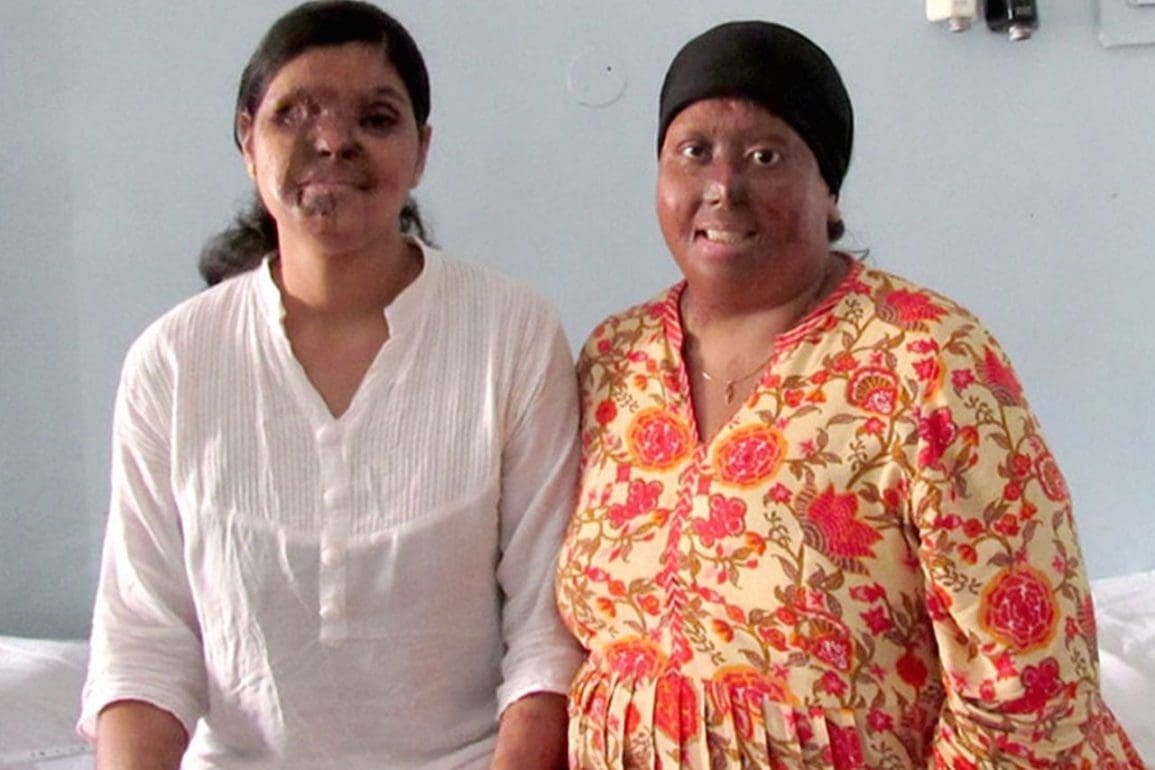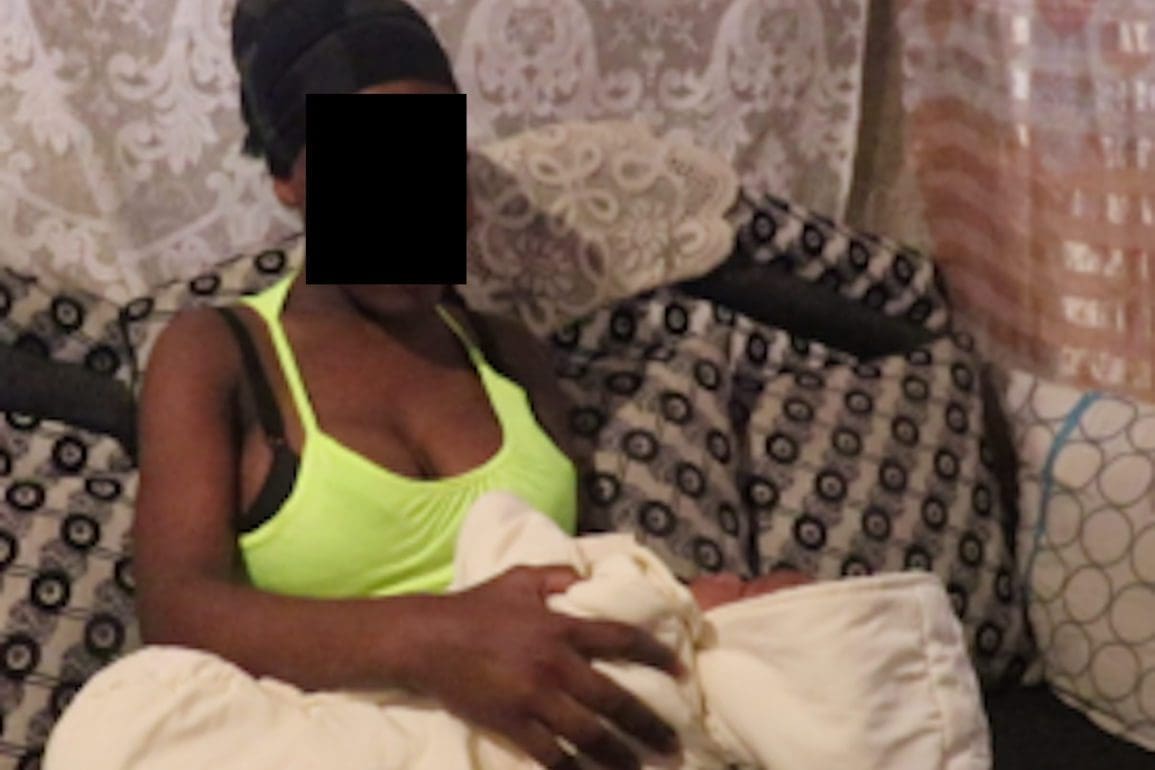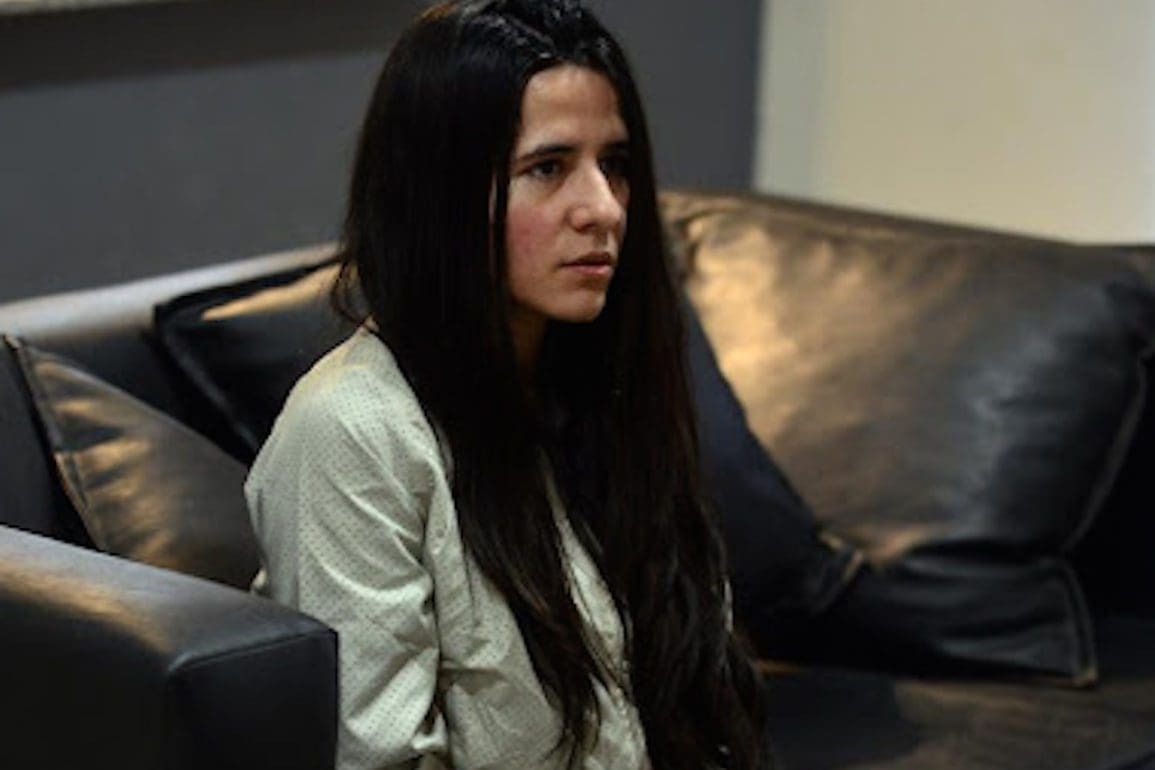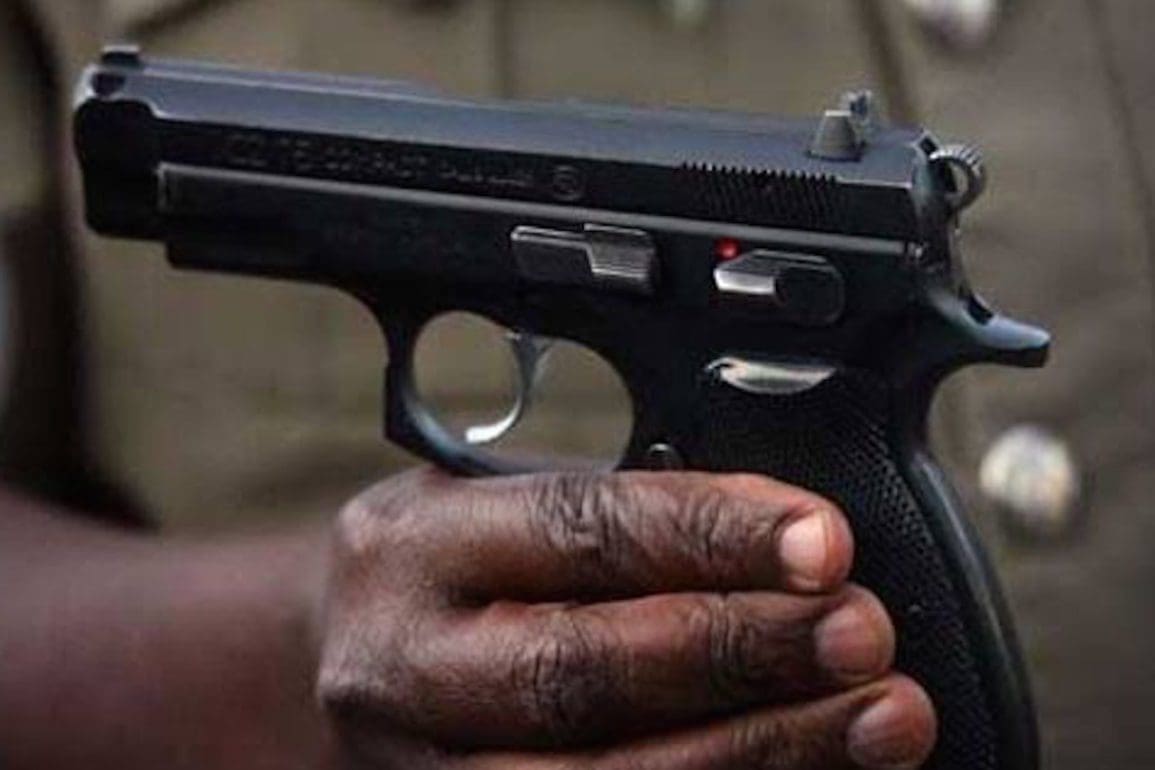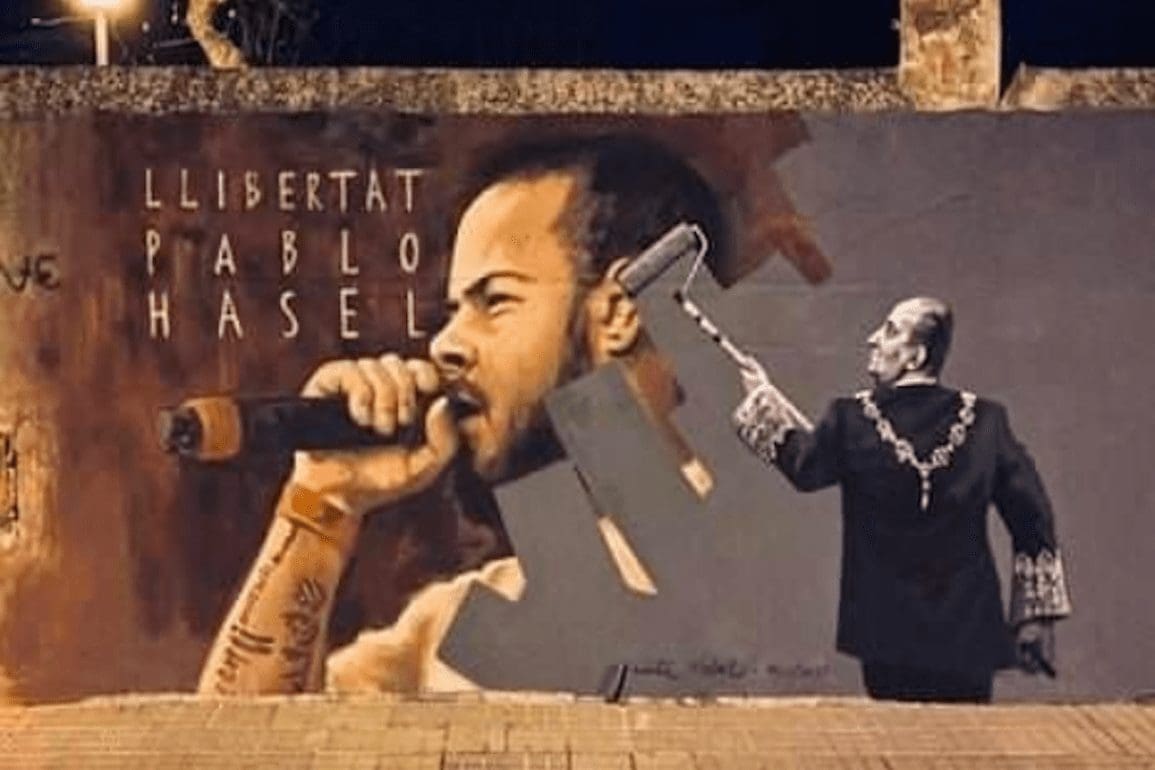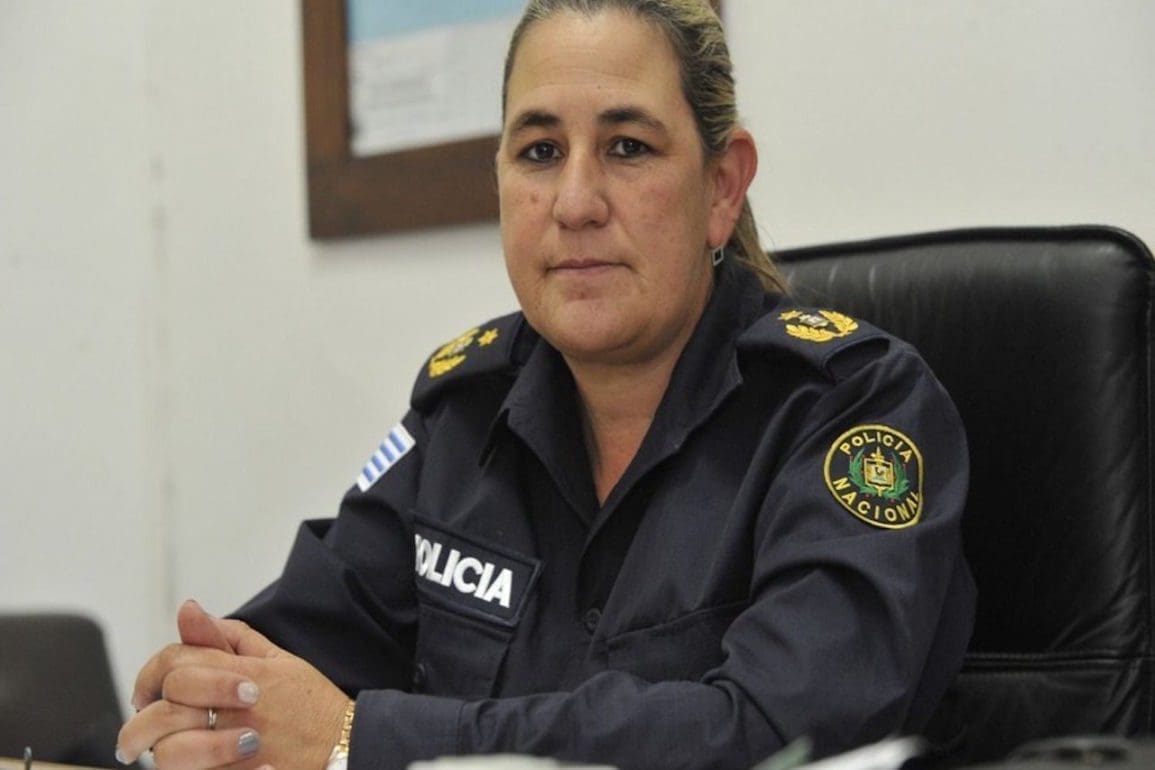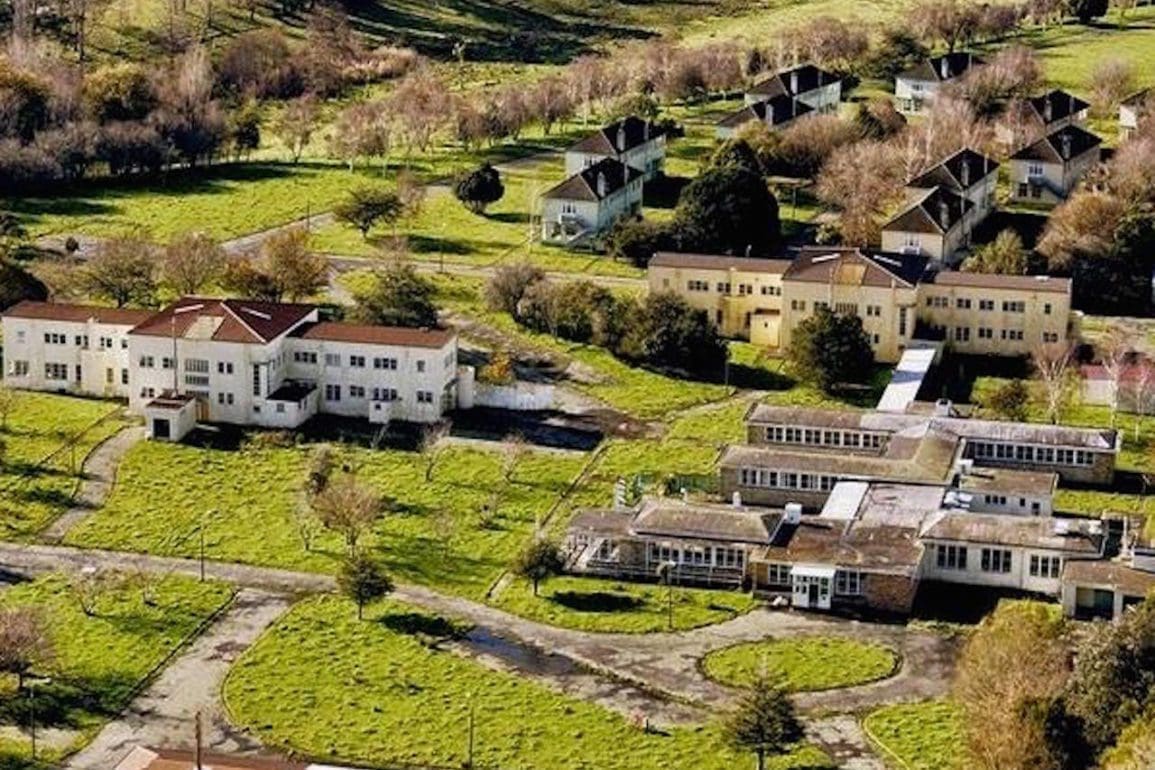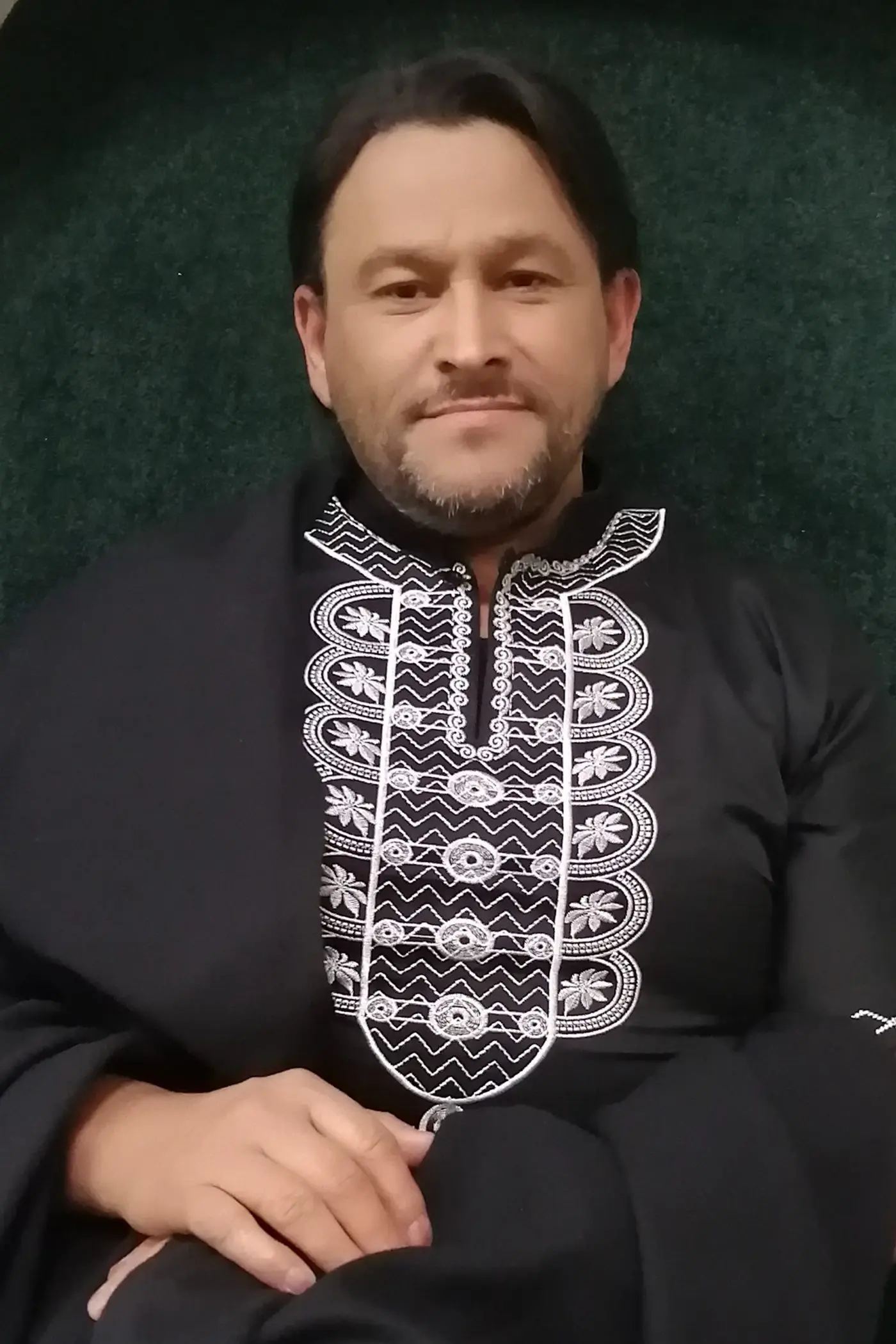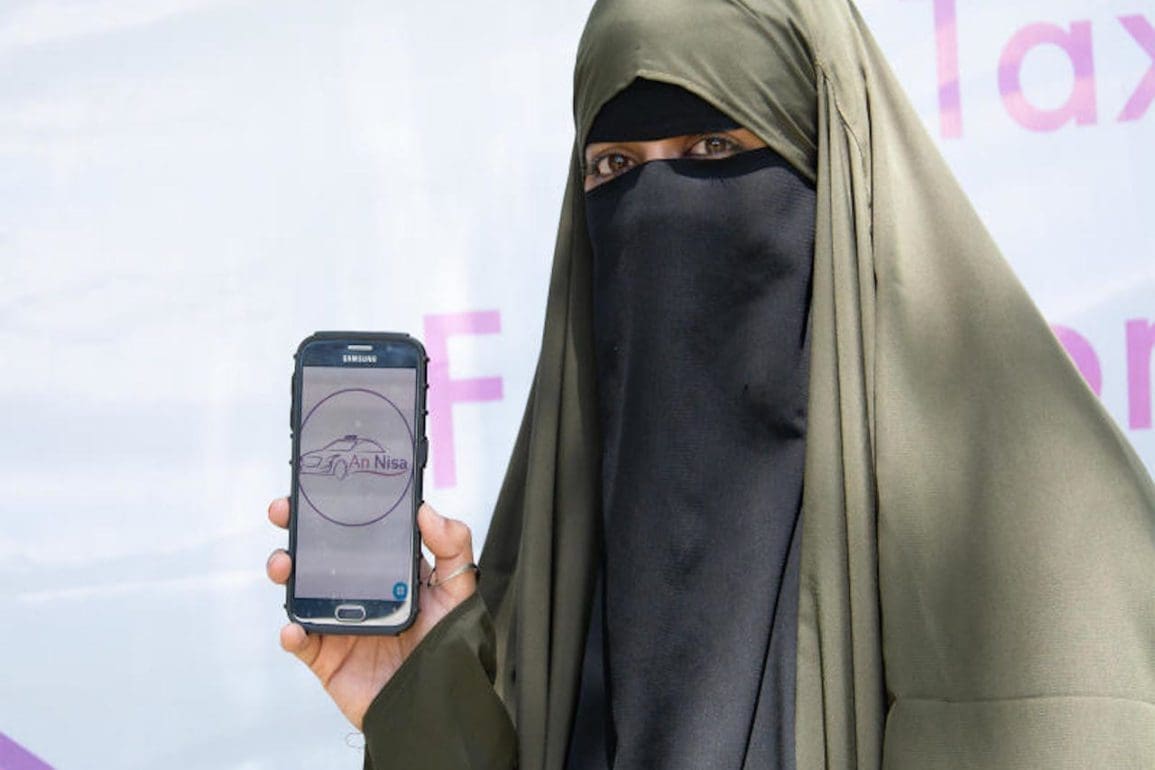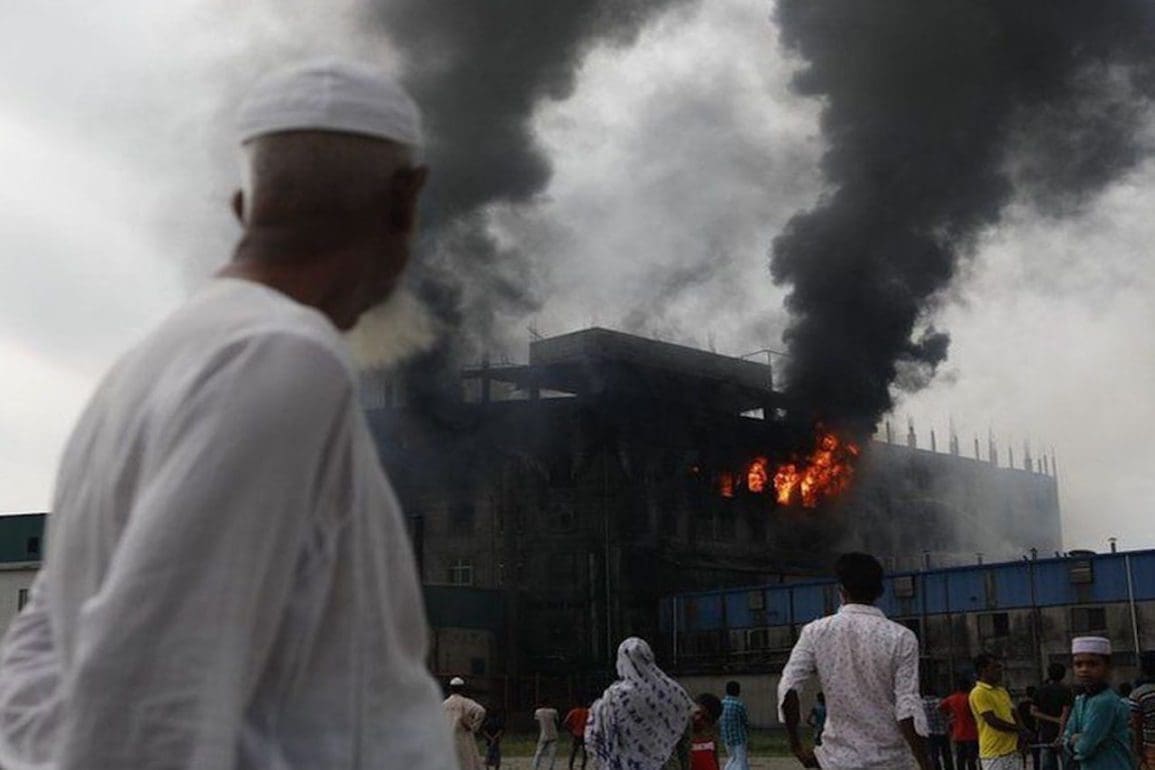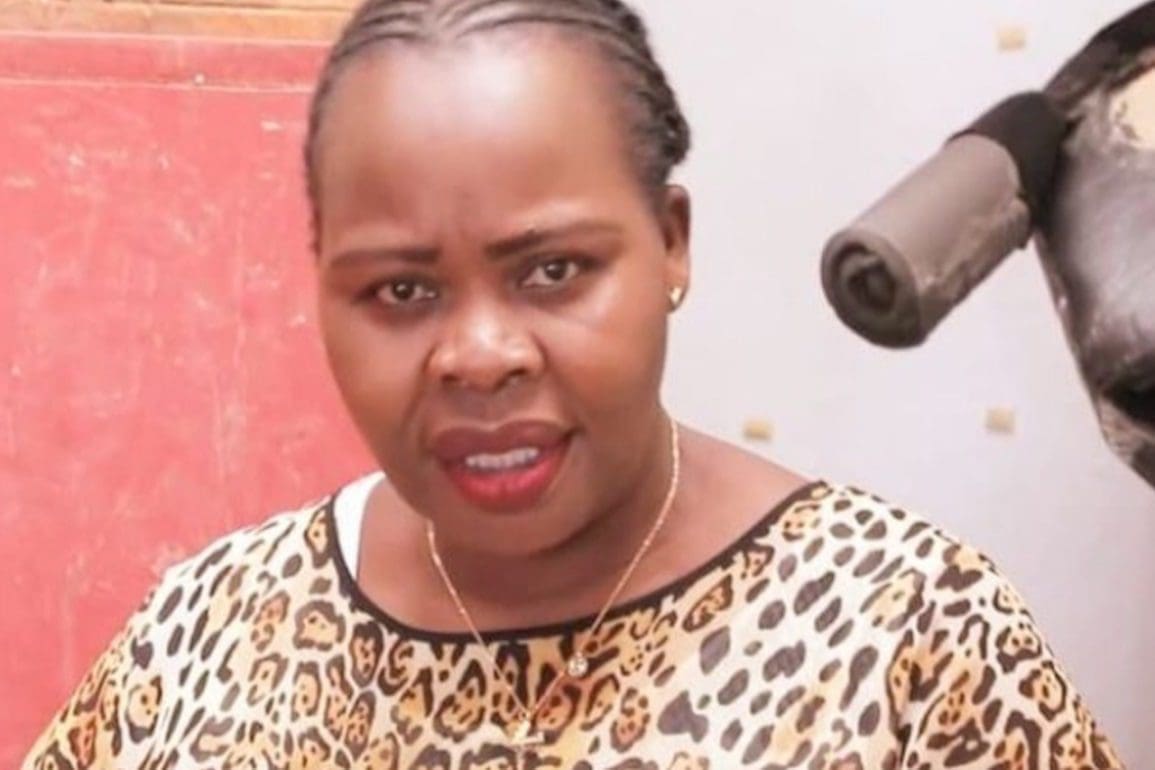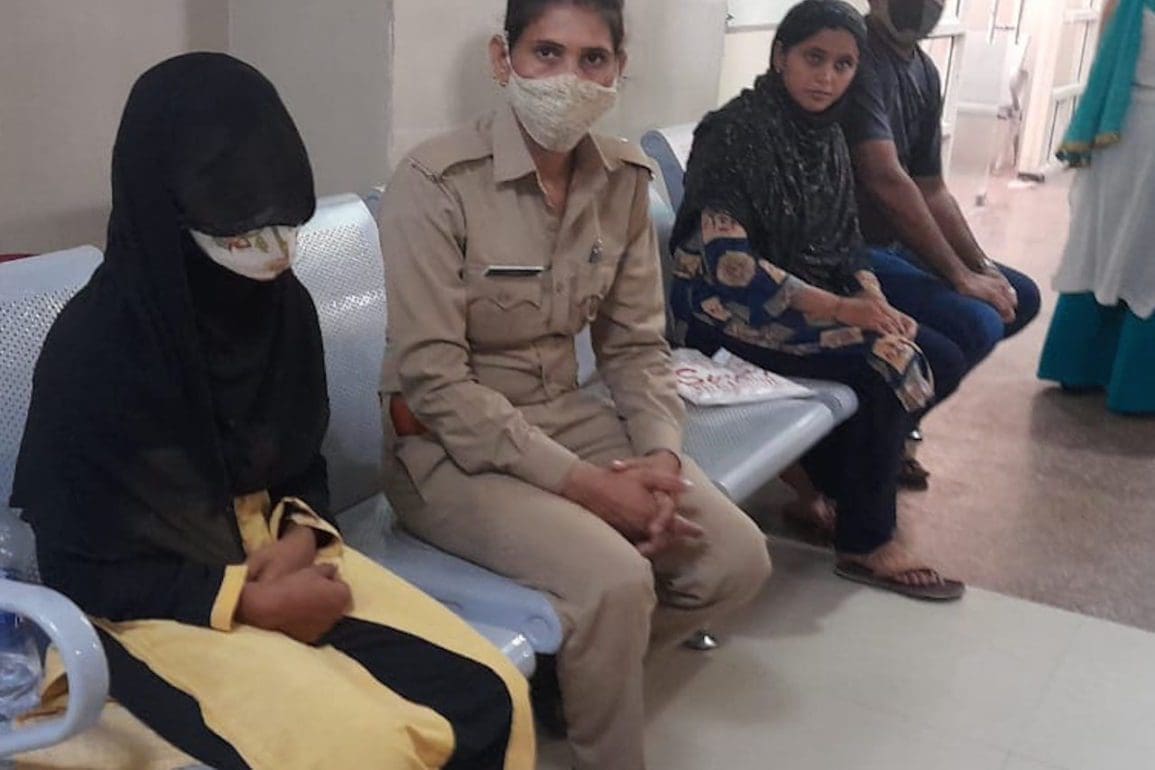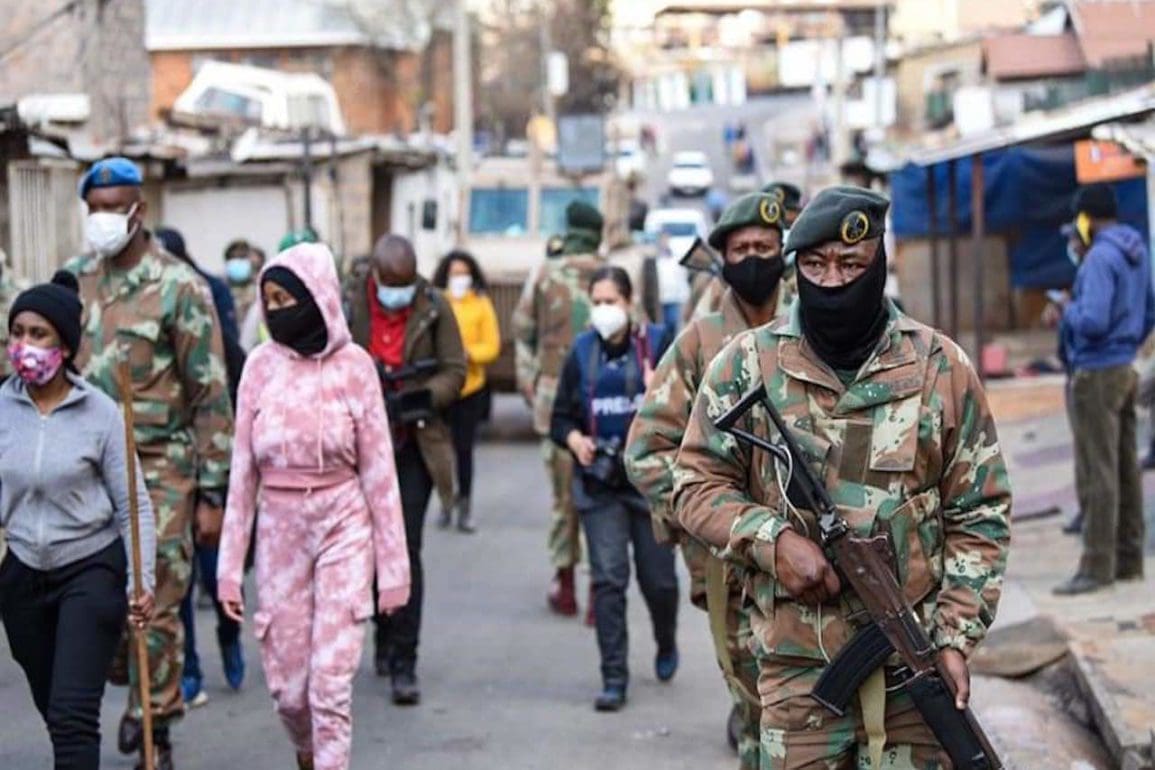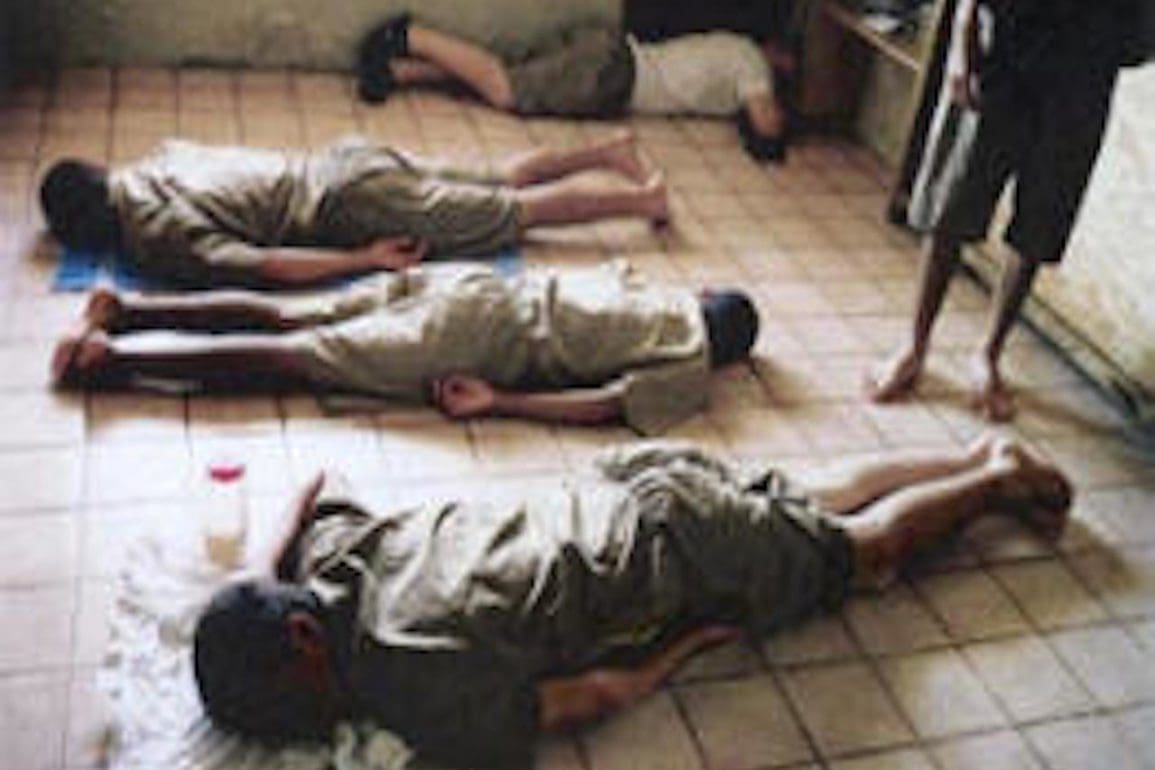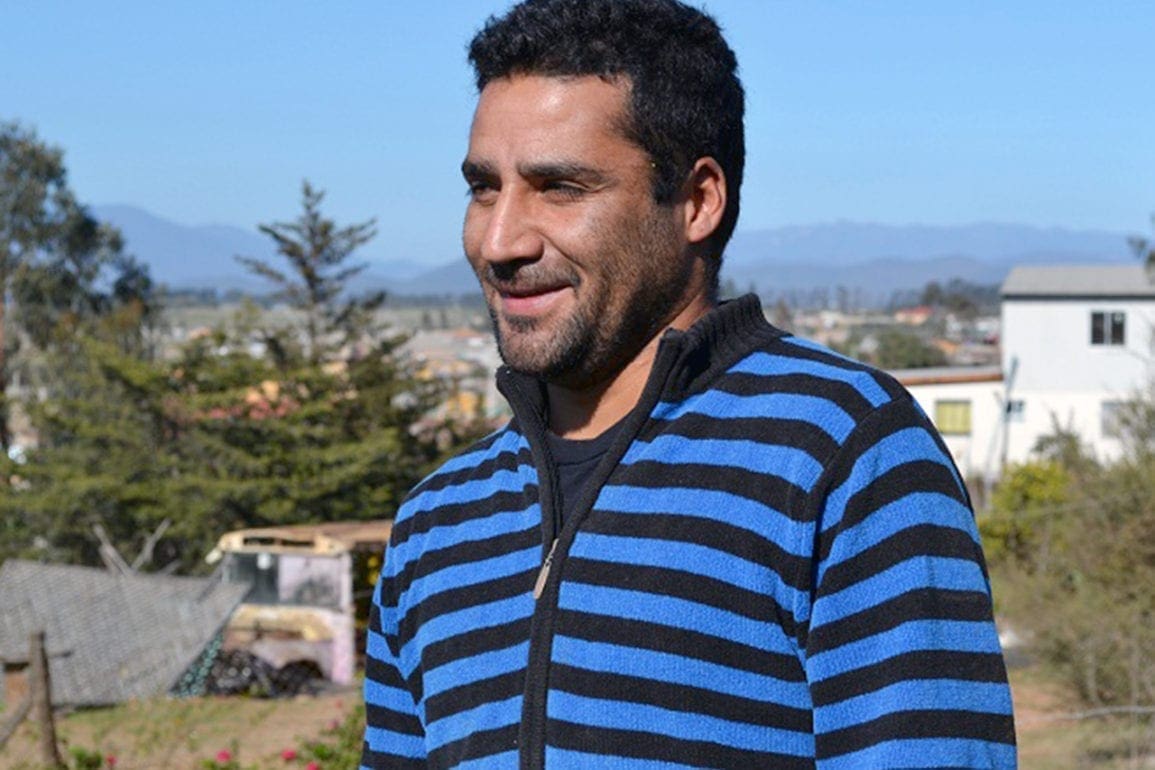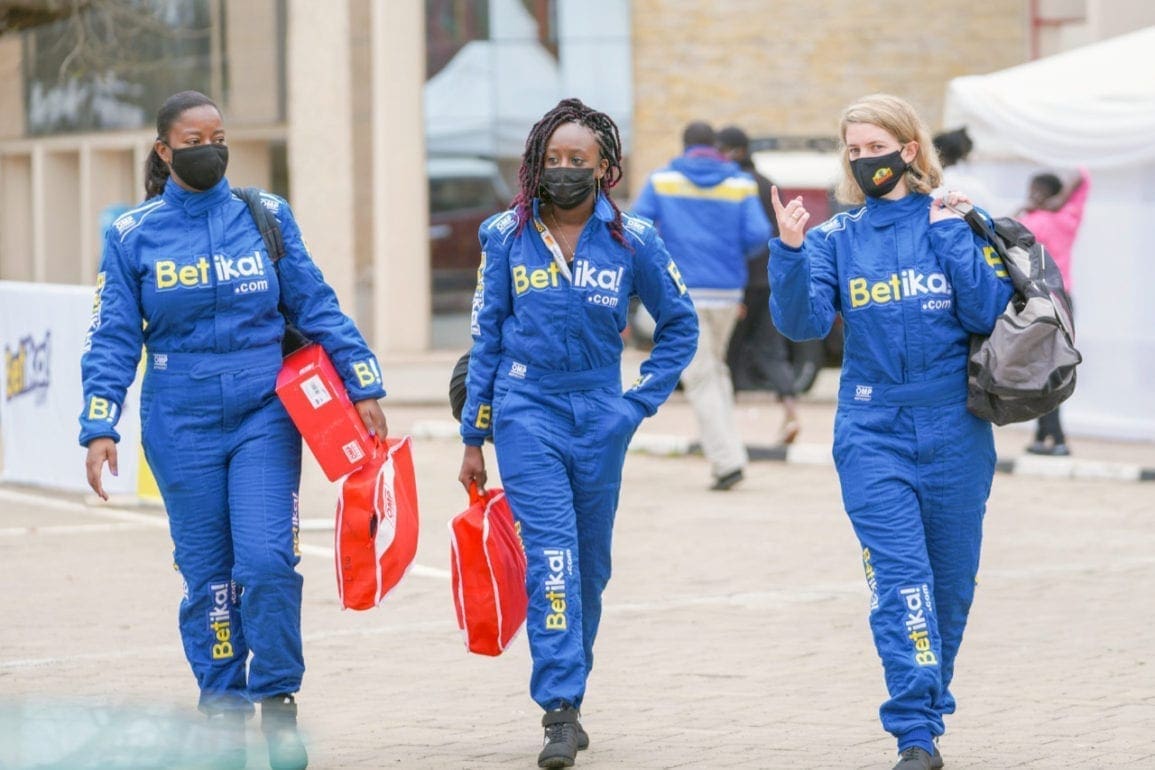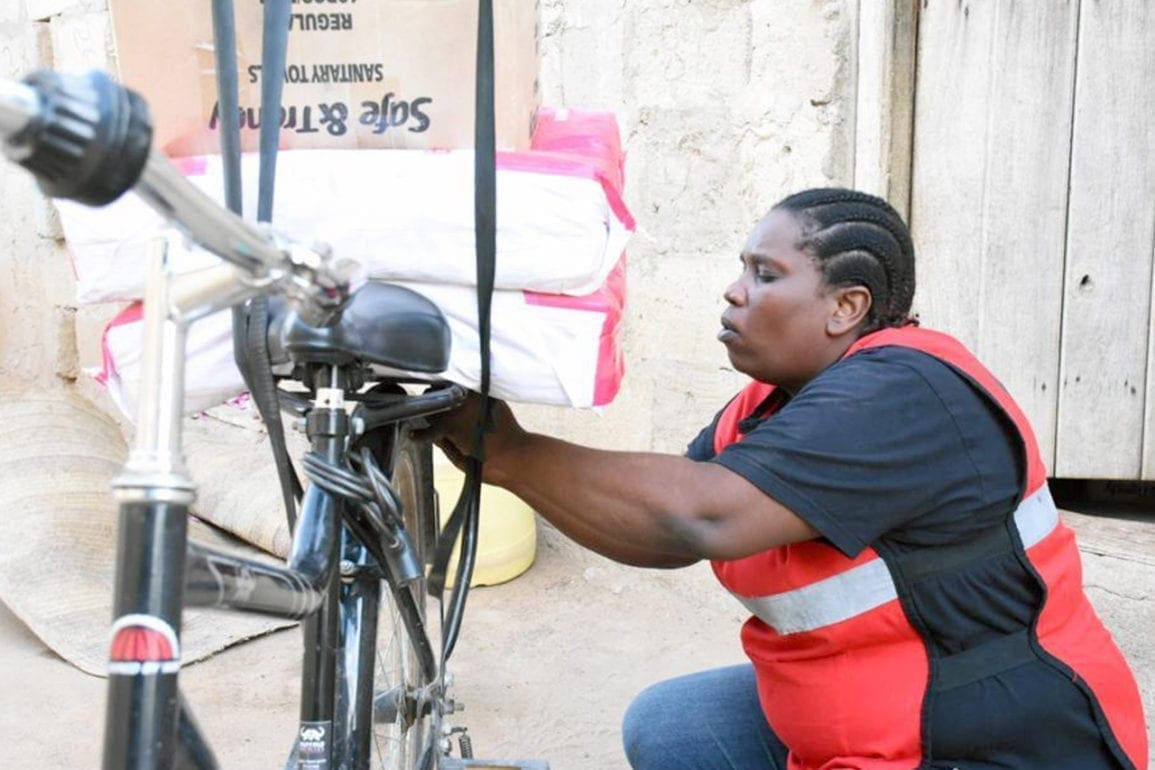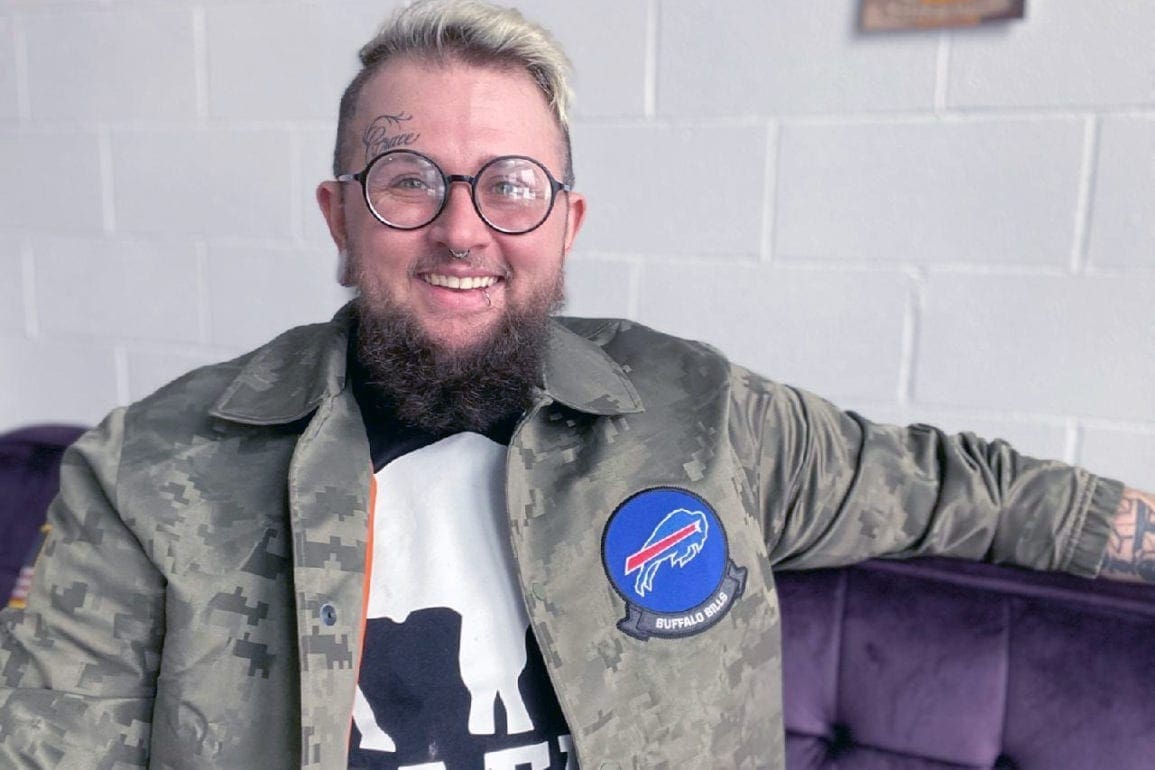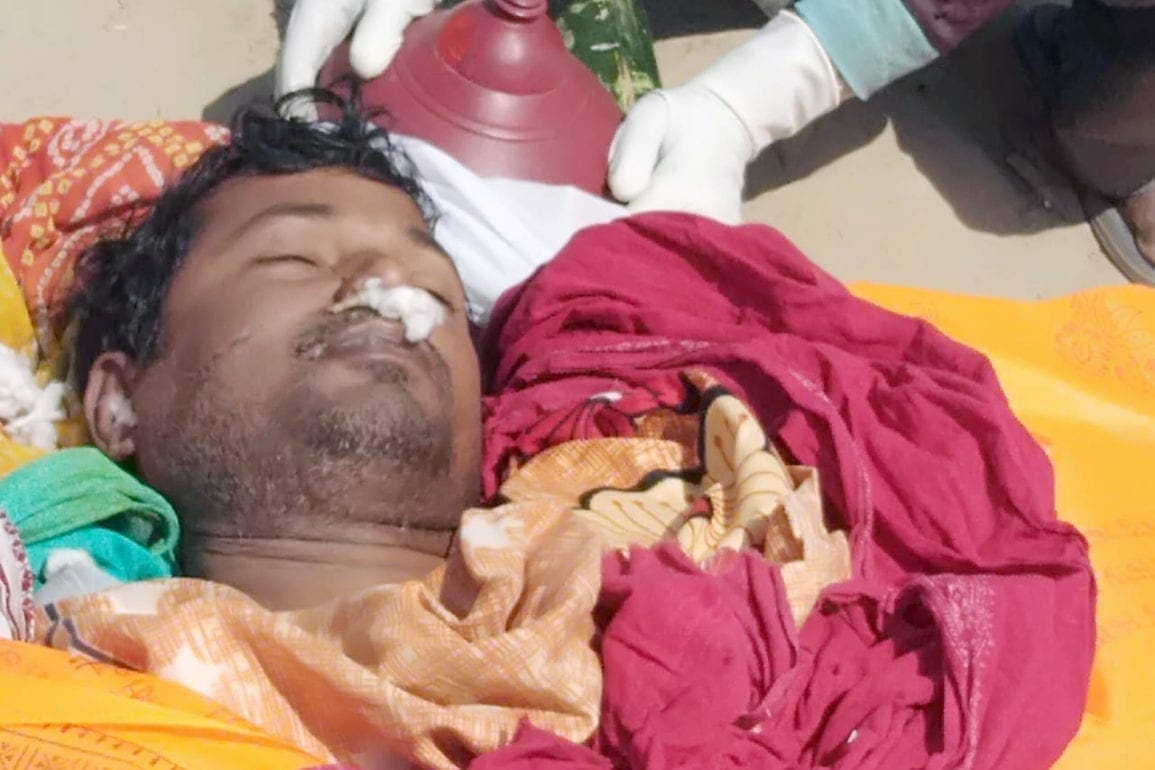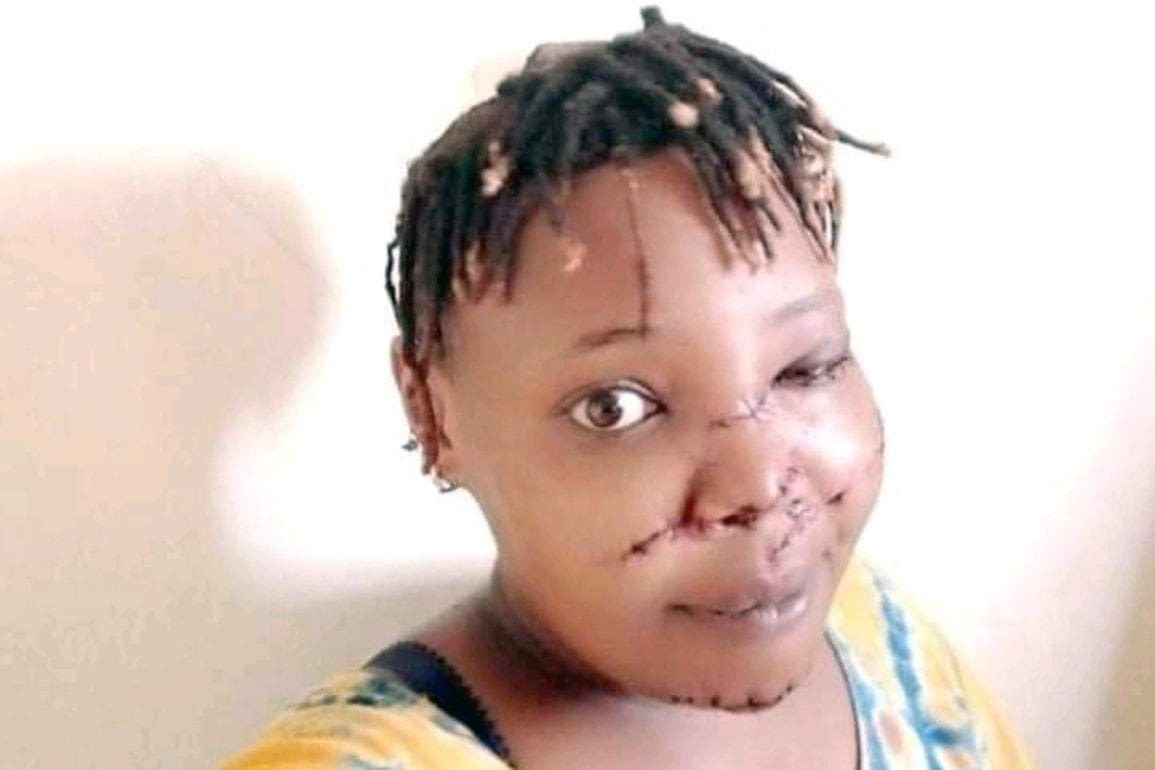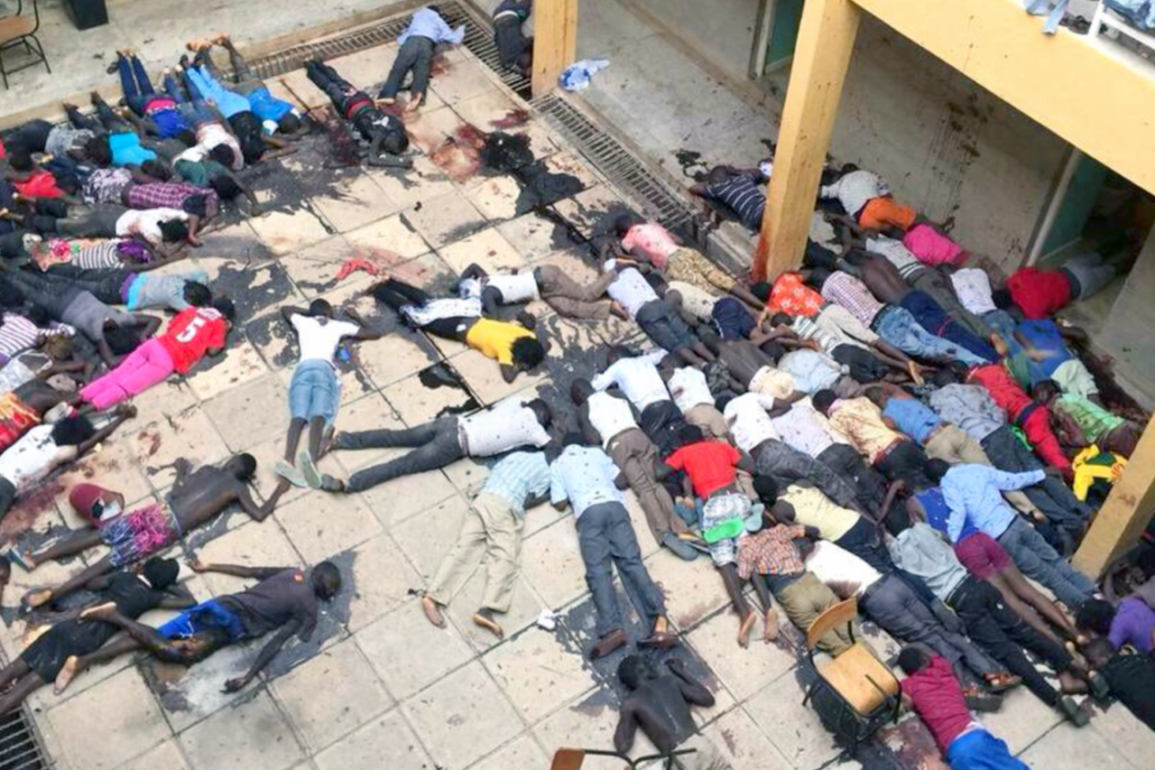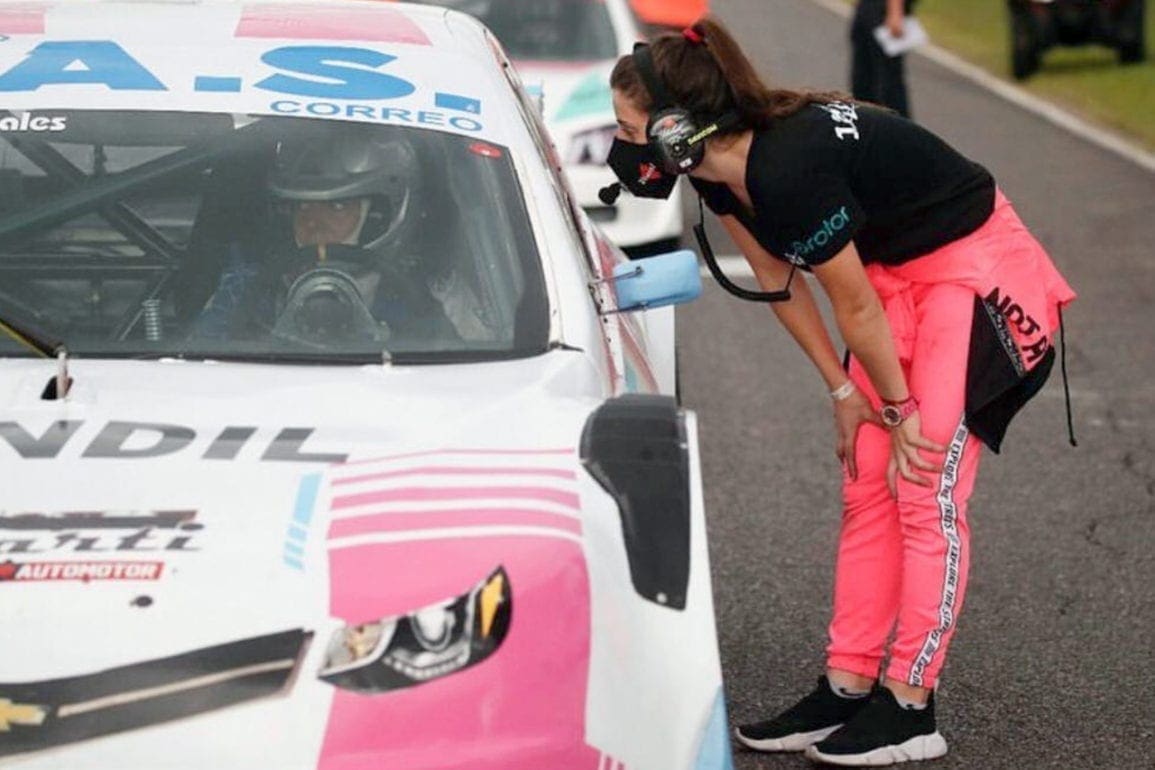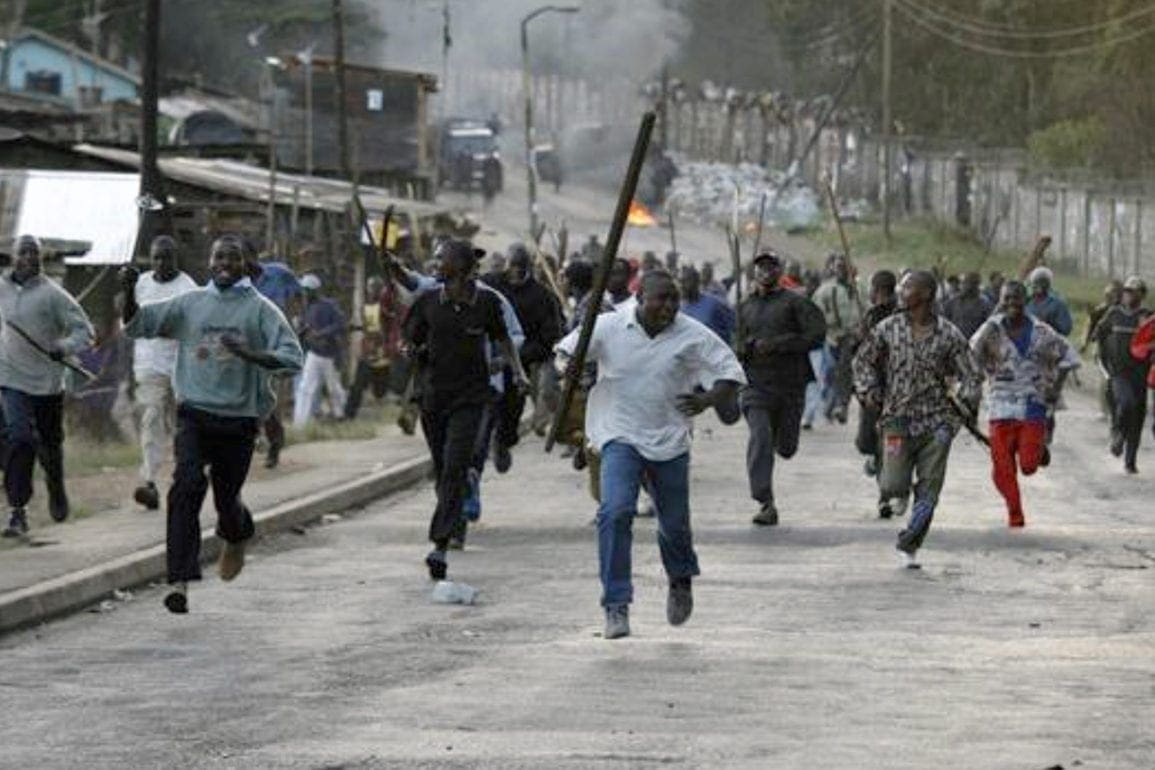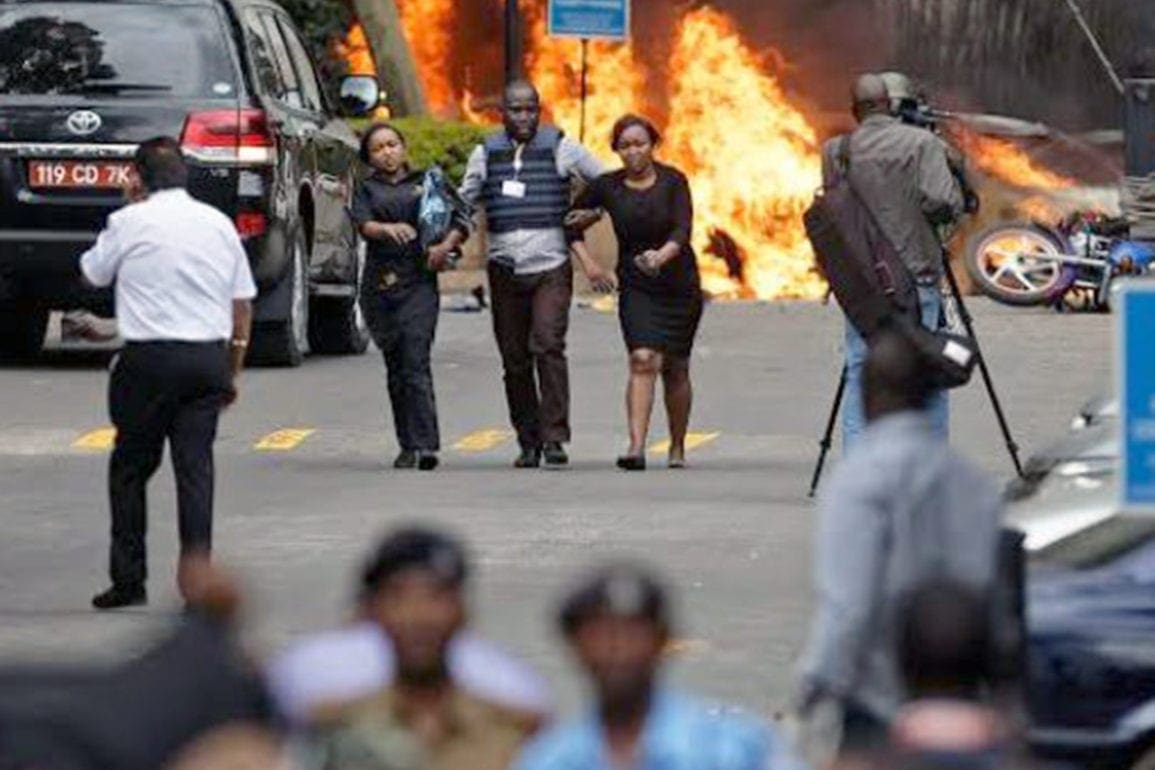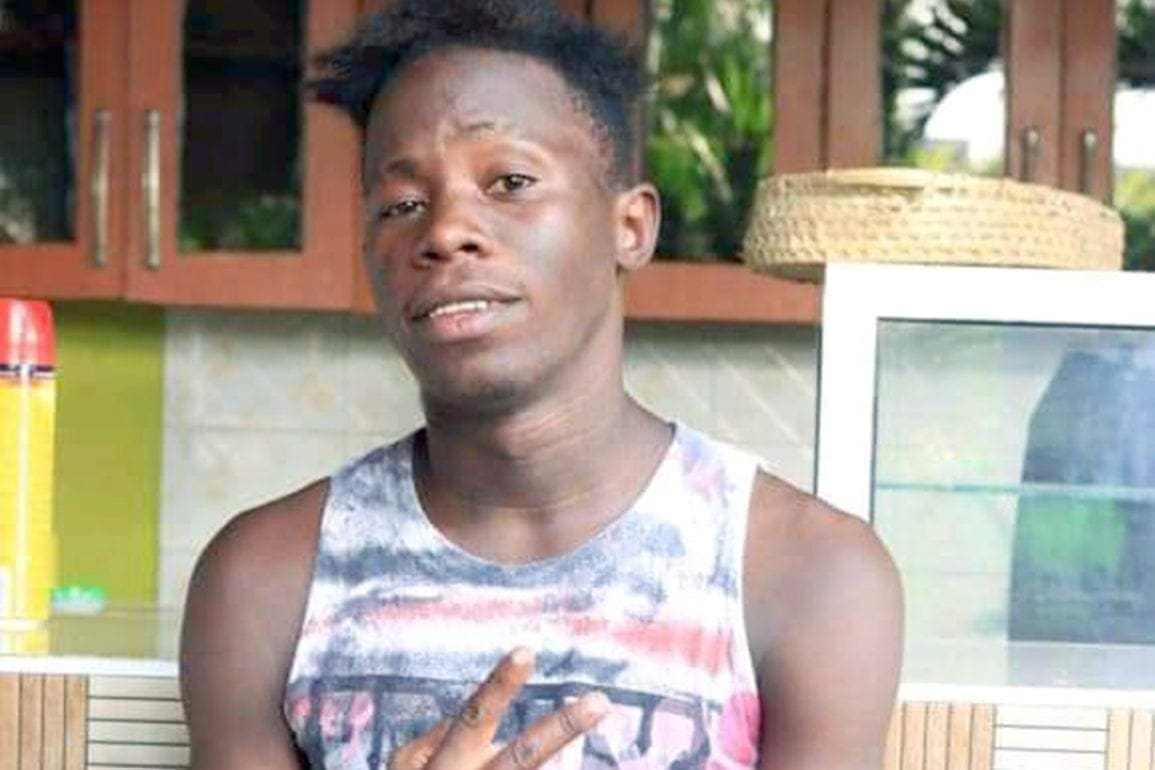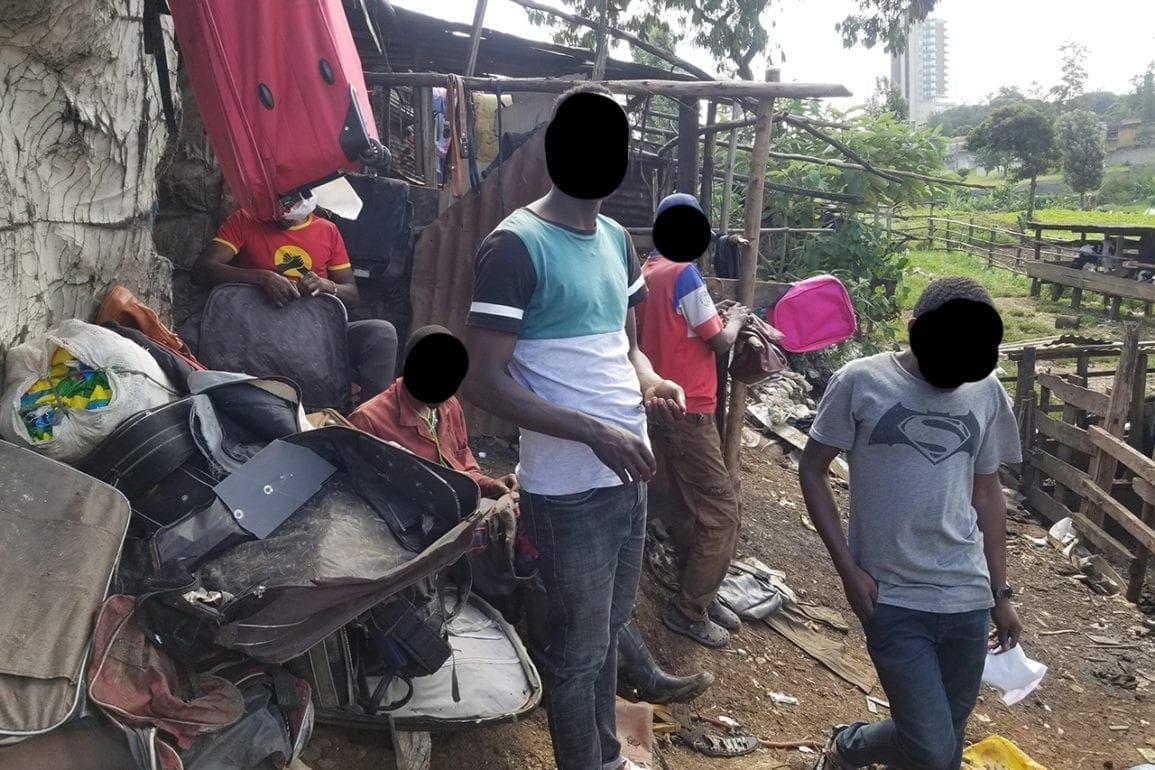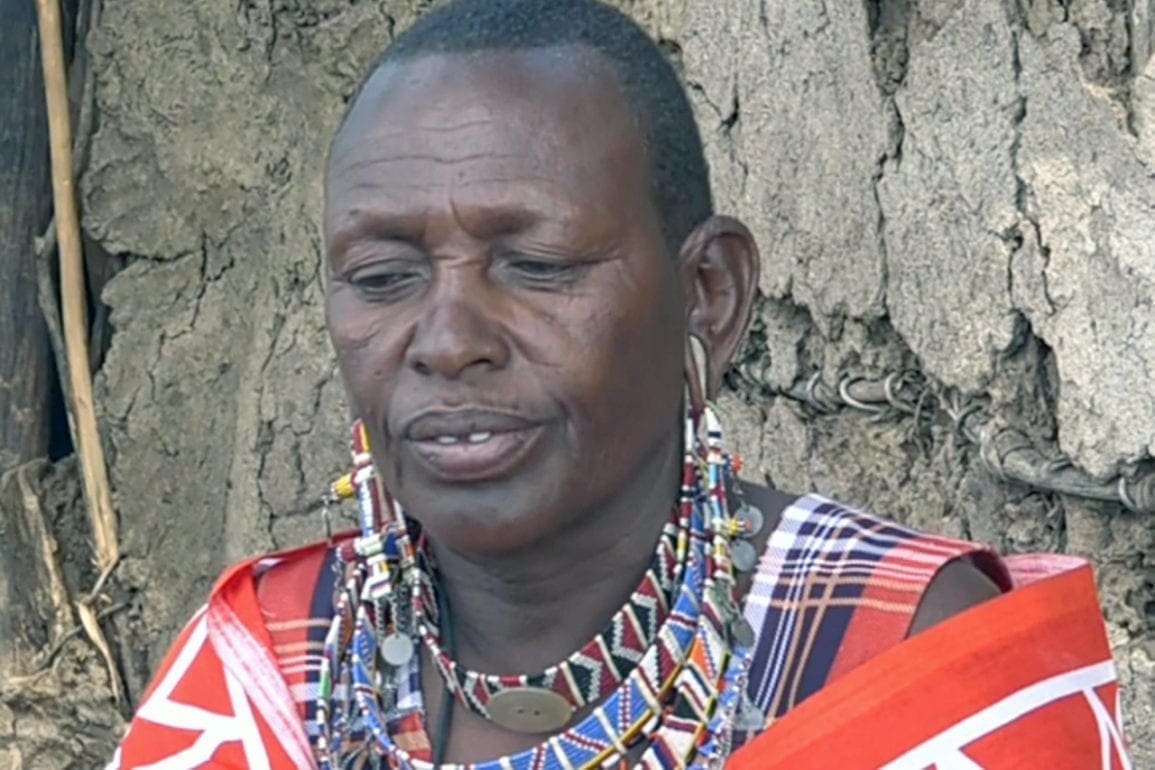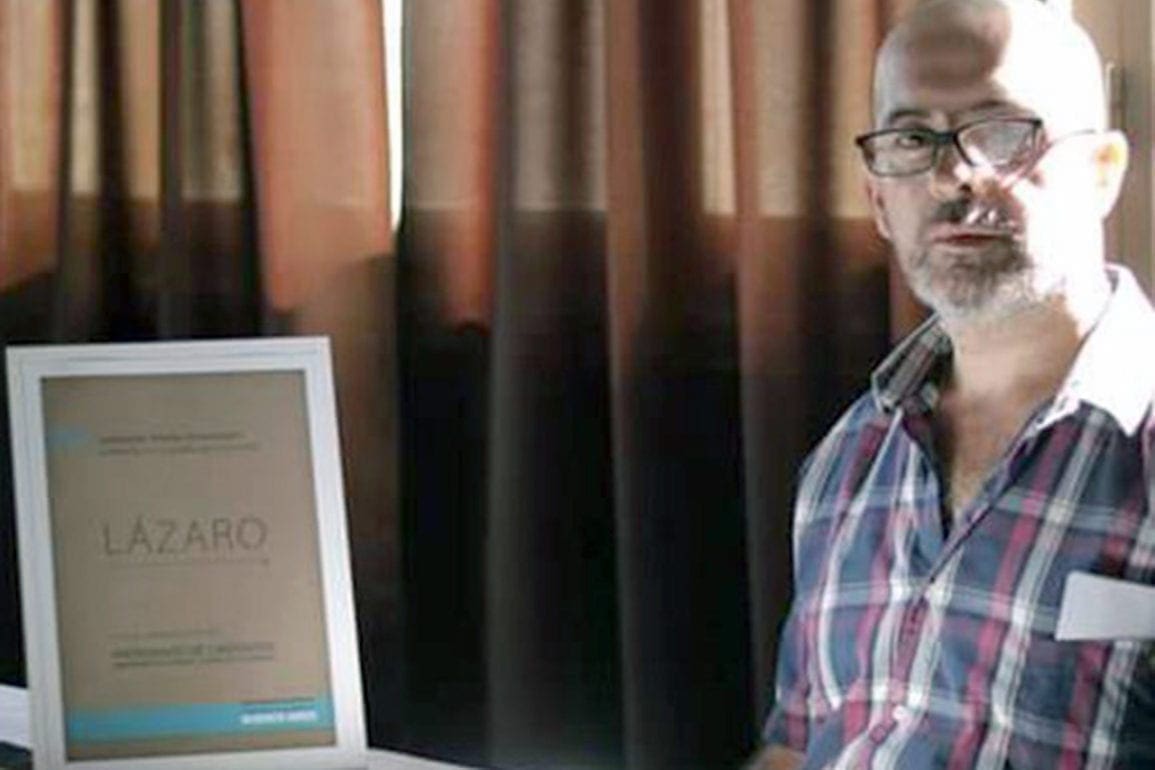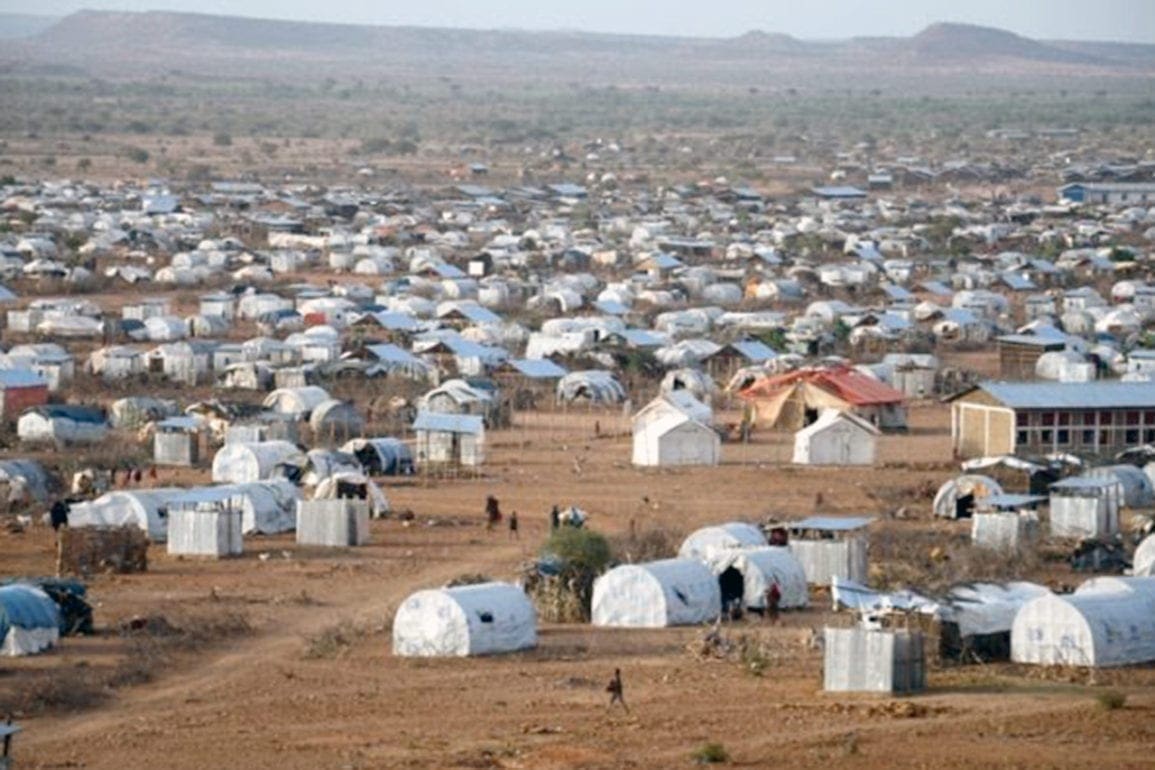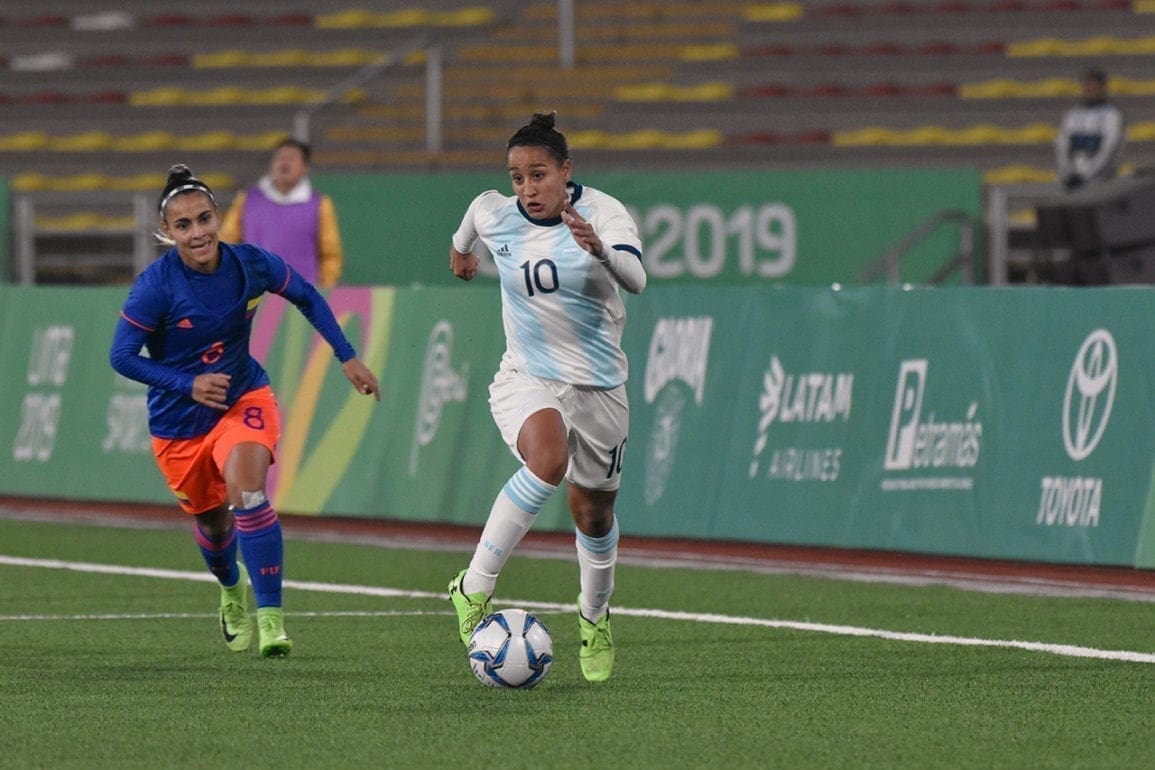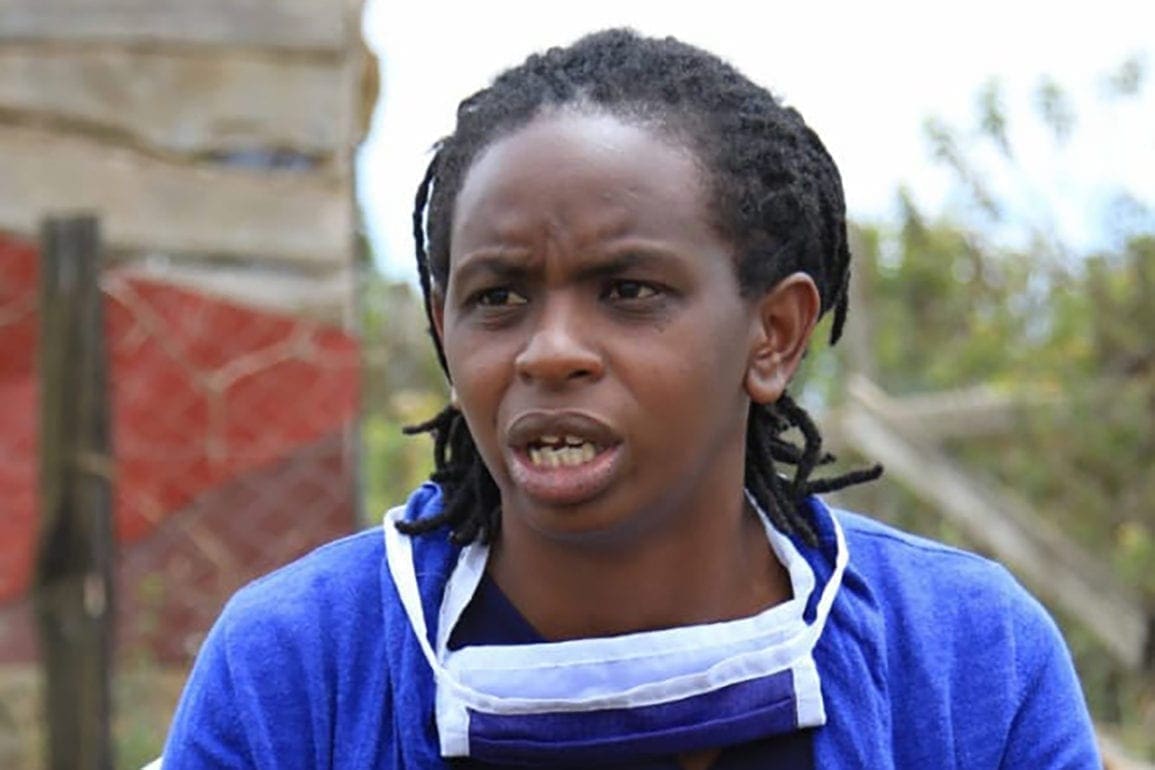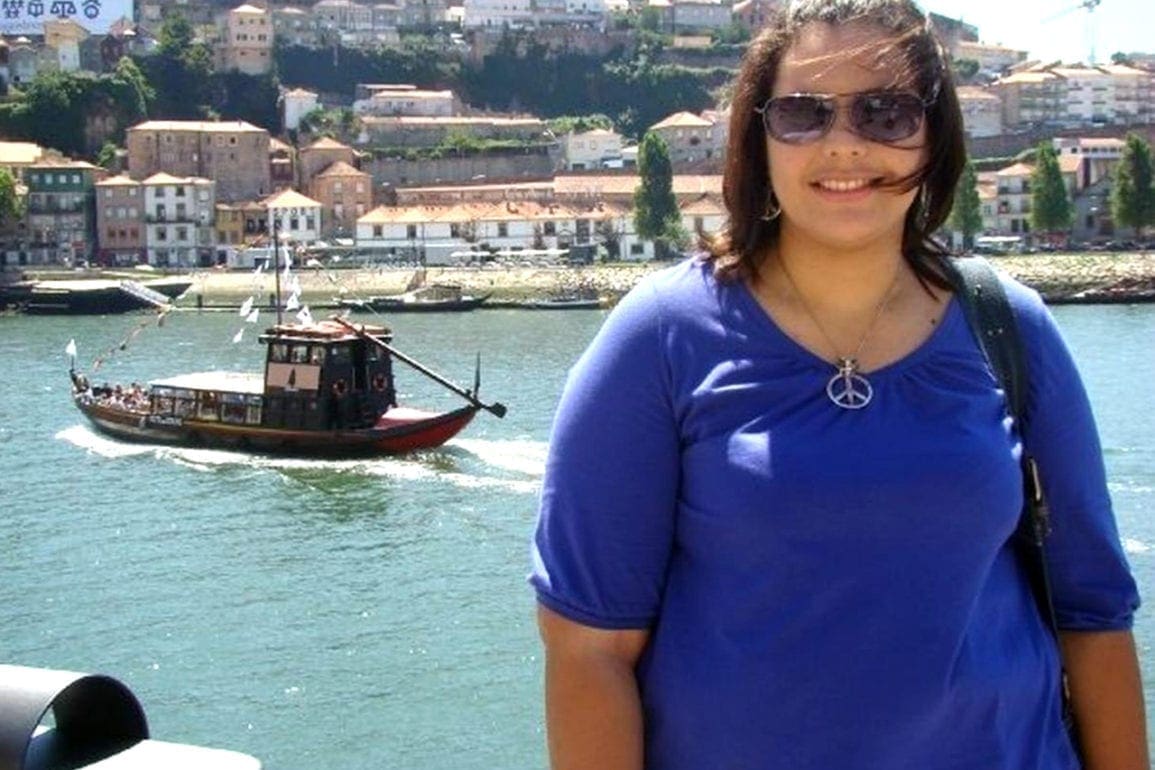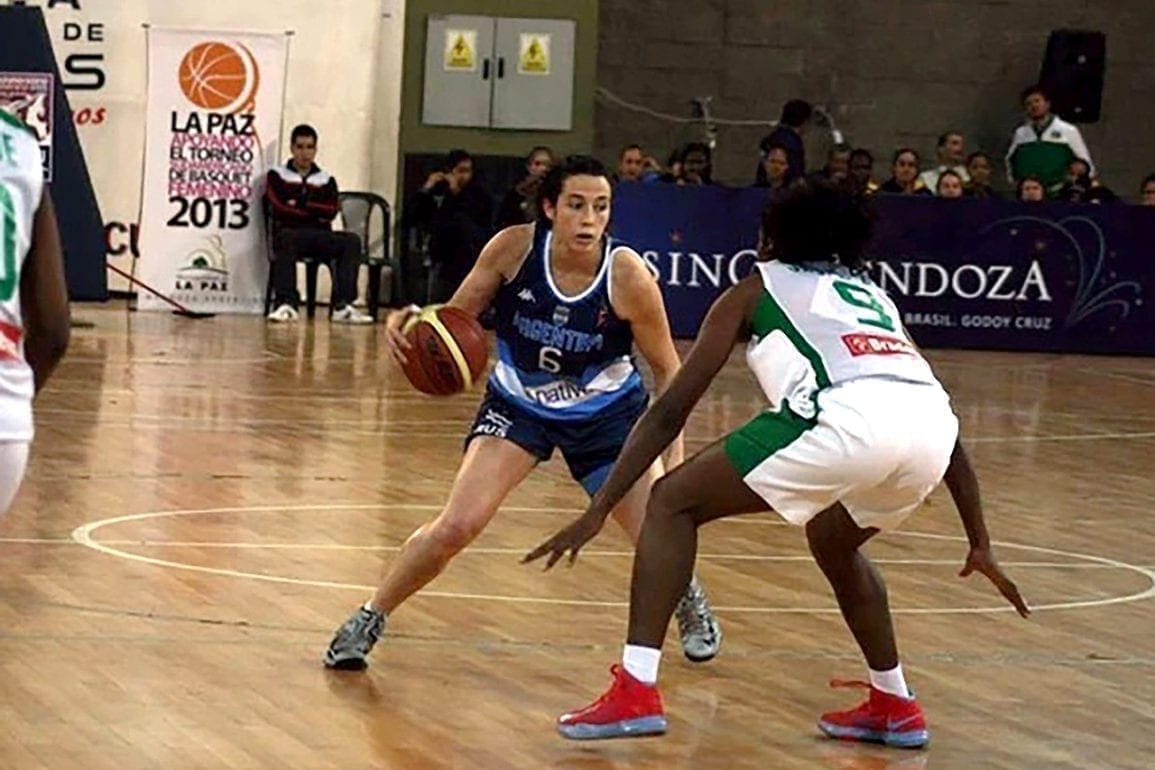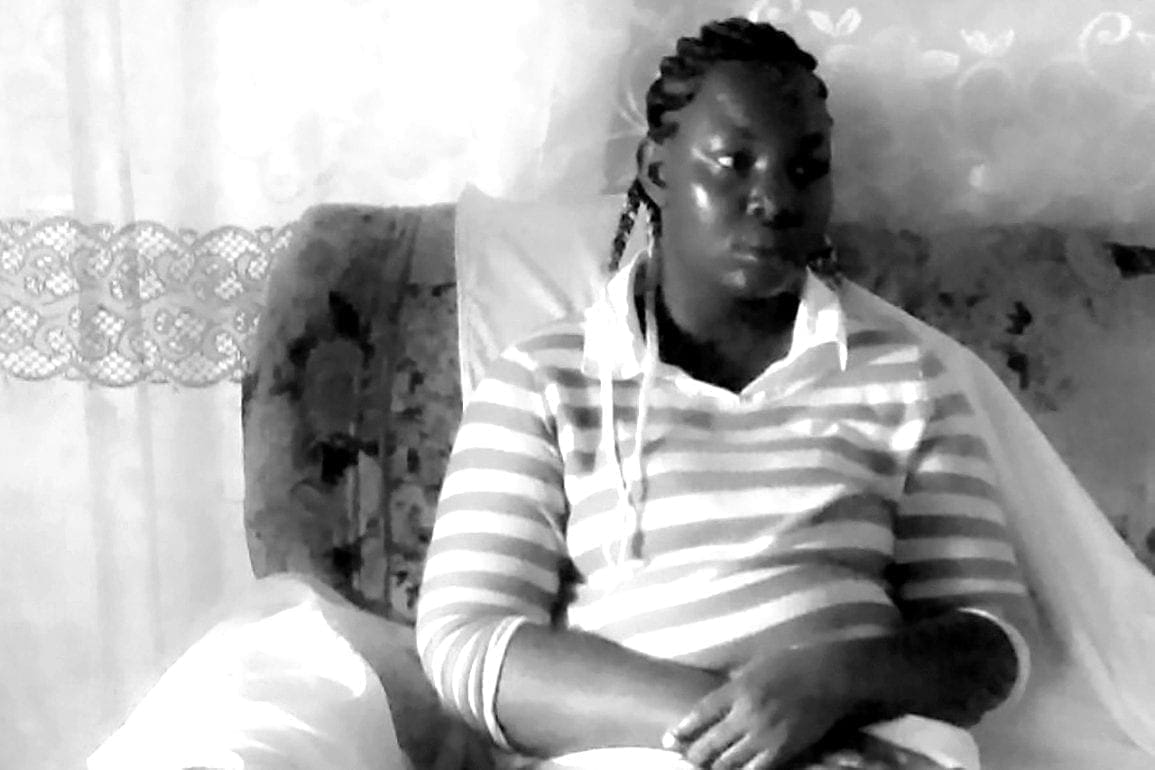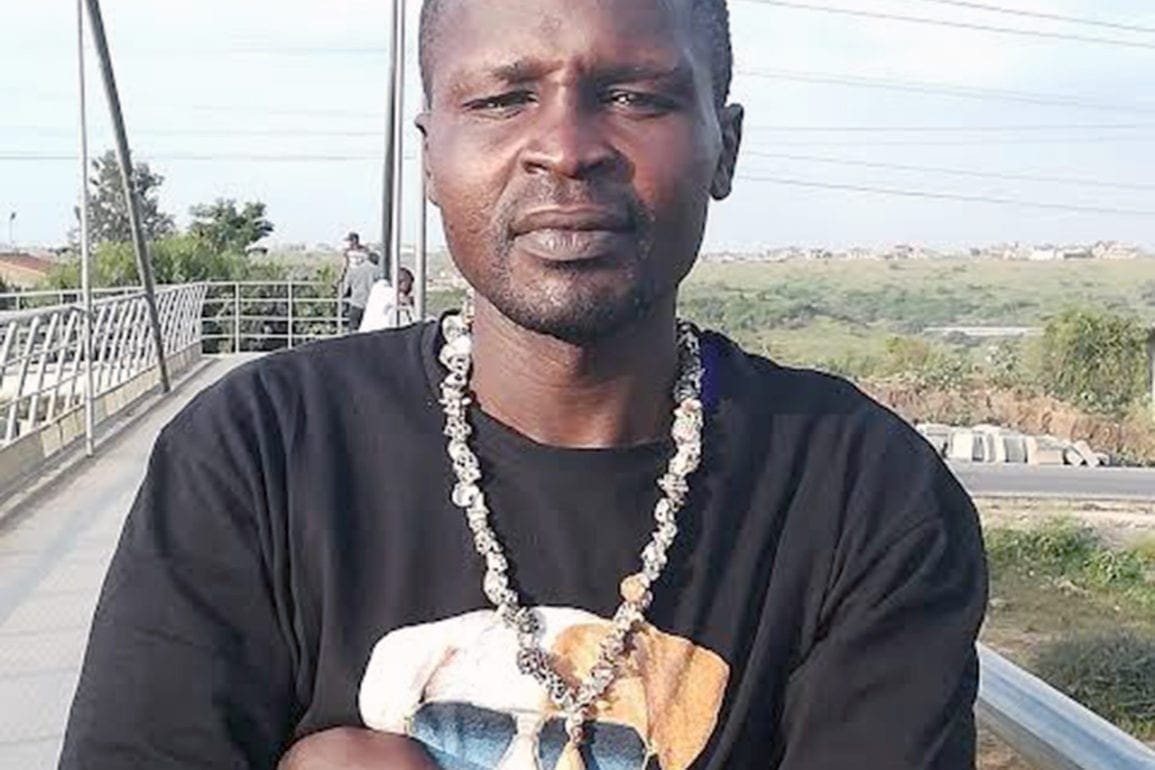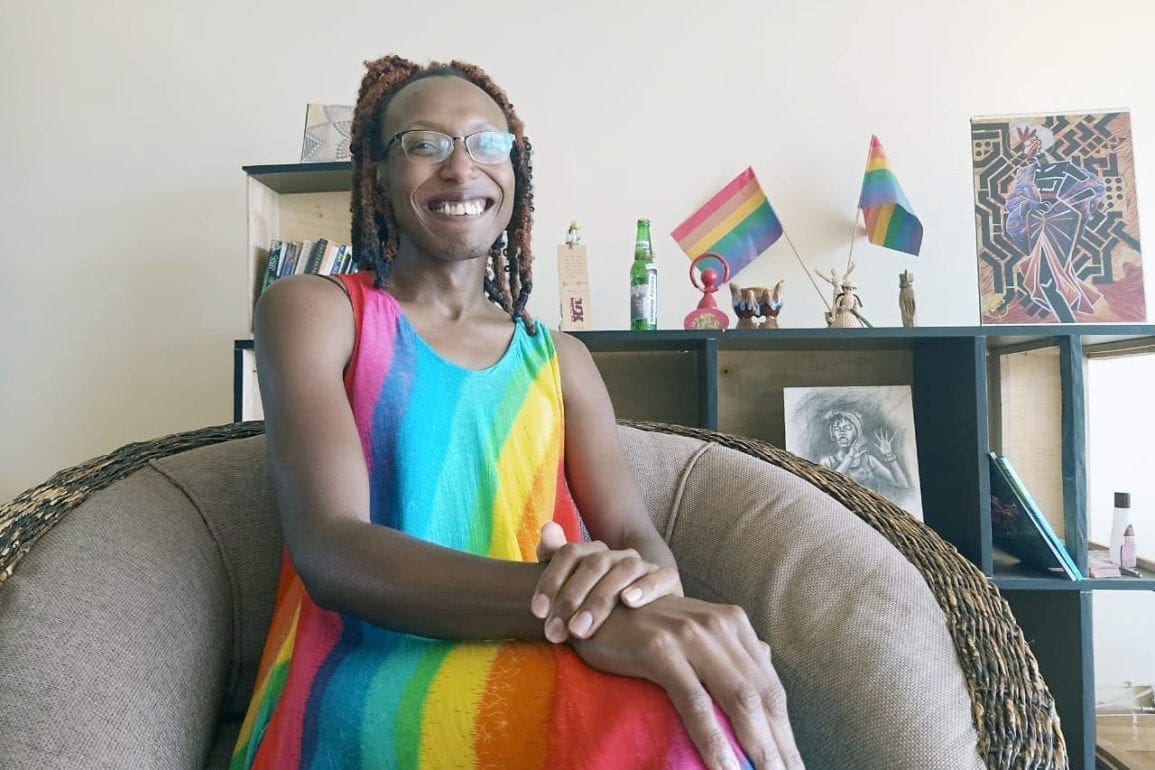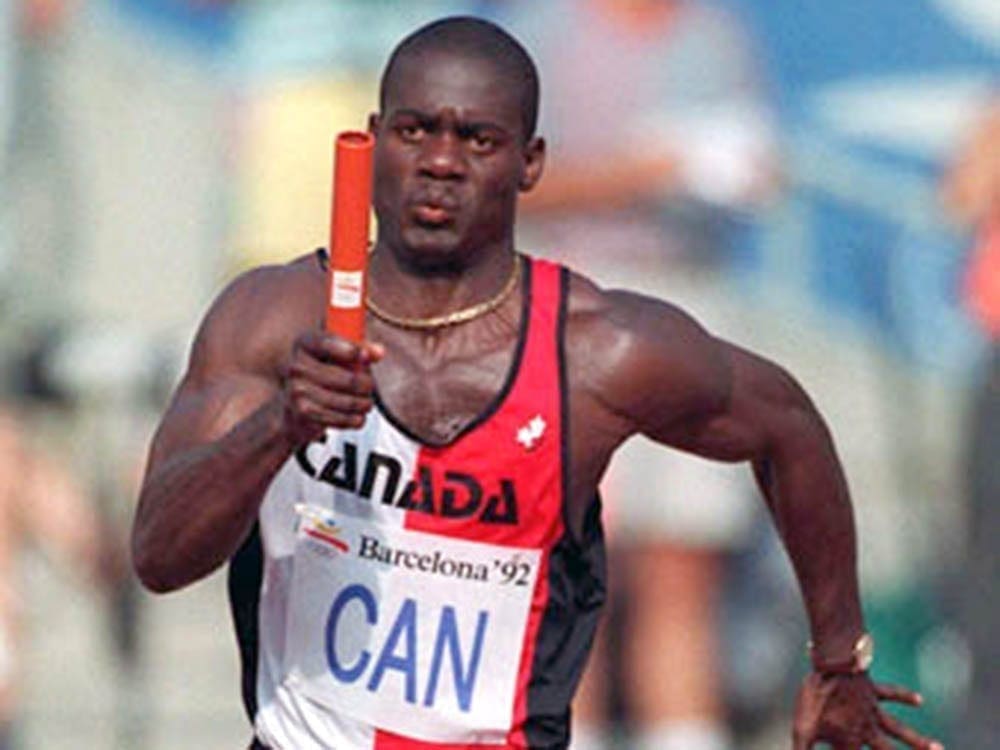Angie never came home: Ecuador mother’s relentless fight against femicide following daughter’s tragic disappearance
They offered to take me to the discovery site. Arriving there, I found a scene out of a crime movie, complete with yellow tapes. Ignoring warnings to stay in the car, I stepped out and peered over the gorge, a place I had searched before.
- 2 years ago
December 1, 2023
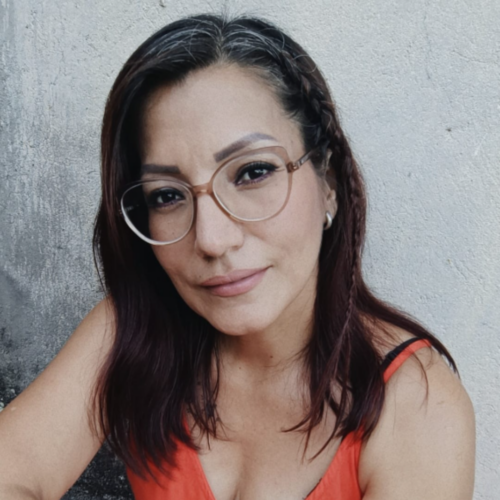
LAGO AGRIO, Ecuador – My daughter Angie’s sudden disappearance on January 28, 2014, upended my entire world. Angie and I shared a close bond. She was like an open book, often confiding in me. For months, we struggled with her ex-boyfriend from high school harassing her. When her school break neared, our lives took a shocking turn.
On that day in 2014, Angie’s abrupt silence and disturbing messages on social media propelled me into a non-stop search for my daughter. I faced the intense pain of her disappearance with unyielding resilience and in 2017, my perseverance led to a femicide conviction in the Ecuadorian courts.
Yet, the conviction brough little closure. Today, as a worker at the Ministry of Women and Human Rights, I dedicate my life to combat gender violence, turning my heartache into a crusade for change.
Read more stories on gender-based violence at Orato World Media
My daughter never came home: I called frantically, but no one answered
Angie often updated me about her life, including the harassment she endured at the hands of her ex-boyfriend. Despite their shared childhood, I underestimated the danger he posed. Just days before Angie disappeared, she revealed his extreme and manipulative behavior, alarming me. I confronted him, insisting he stop contacting Angie.
As the semester drew to a close, Angie planned to return home. However, on January 28, 2014, I awaited her return and even bought her favorite Nutella, but she never came. That night, anxiety consumed me.
The next morning, I called her frantically, but no one answered, increasing my worry. The situation worsened when Angie sent a message on social media, which was unlike her, about leaving and cutting off contact. Her friends shared her distressing messages about self-harm. This behavior was out of character for Angie. In desperation, I called non-stop and visited her university, searching for any clue of her whereabouts.
Mother confronts a bitter truth: “I went to the Riobamba police station, filled with fear, to report Angie missing”
I vividly remember cooking Angie’s favorite meals and messaging her to come home, only to see her ignoring my messages. Alone and disoriented, without a large family to lean on, I grappled with what to do next. Only when my partner suggested filing a missing person’s report did the reality of Angie’s disappearance truly hit me.
Despite my reluctance to involve the police, Angie’s friends actively searched for her, continuously checking if she had returned. Eventually, I confronted her ex-boyfriend, demanding information about Angie’s whereabouts. His denials and offers to join the search seemed insincere, and even his parents criticized me for suspecting him.
The decision by Angie’s university classmates to distribute flyers marked a turning point. Their actions forced me to confront the bitter truth: my daughter was truly missing. Overwhelmed by emotions, I spent the night praying and crying. The next morning, I went to the Riobamba police station, filled with fear, to report Angie missing.
At the station, an officer recorded my information but provided little assistance, casually remarking that such cases were frequent. She instructed me to return the next day to talk to a prosecutor. I returned home and informed Angie’s father, who had already prepared flyers to share online. As I contemplated the numerous missing women I had seen on posters, a deep sense of dread overtook me.
Weeks turned into a month, investigators traced Angie’s phone signals to Quito
Returning to the police station the next day, I met the prosecutor and encountered indifference. I insisted to the prosecutor that Angie would never vanish on her own. As a mother, I found myself unprepared for such an ordeal. Weeks turned into a month.
In my statement, I pointed out the ex-boyfriend’s suspicious actions, prompting the prosecutor to call everyone involved for their statements. At the station, I observed the ex-boyfriend as he gave his statement. His uneasiness and constant hand-pinching were noticeable, and he refused to hand over his phone to the prosecutor.
Detectives started investigating sex trafficking networks in the area. At the same time, I received distressing messages about supposed sightings of Angie in various concerning locations, intensifying my pain. Investigators traced Angie’s phone signals to Quito, moving the entire investigation there.
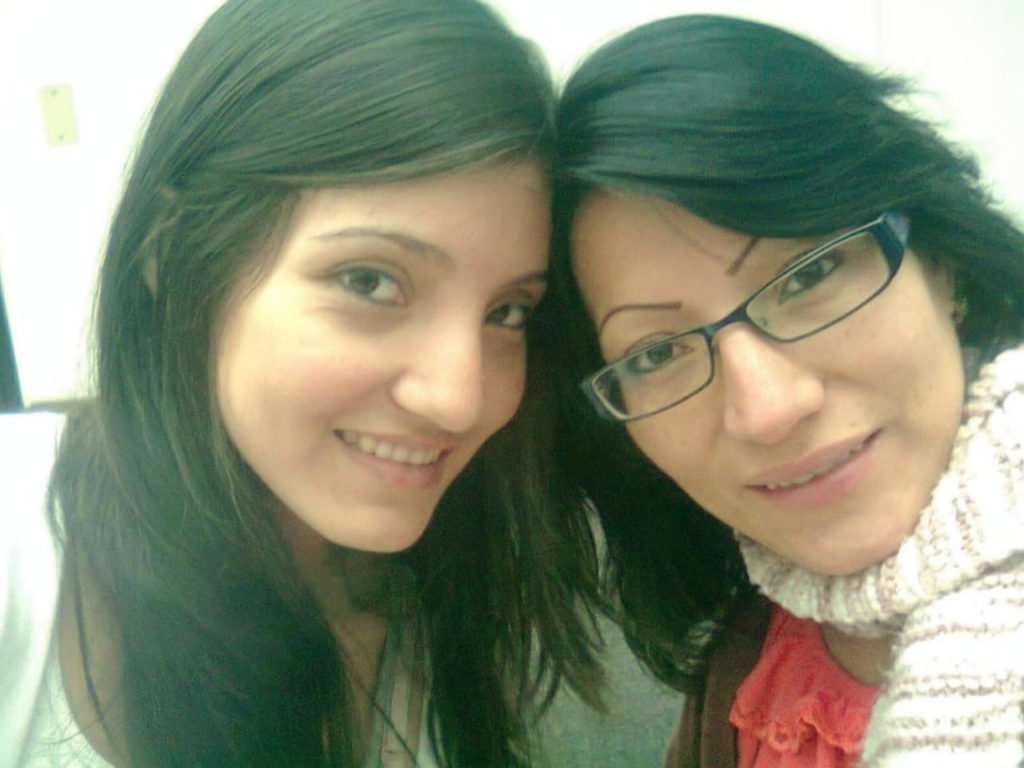
This exhaustive process lasted over two and a half years, involving at least five prosecutors. I saw Angie’s file expand from a few documents to several boxes. Through this time, my pain turned into resilience. Despite others giving up hope, my love for Angie kept my determination alive, pushing me to continue the search month after month.
Distributing flyers and raising awareness: “I sought allies to keep Angie’s story alive”
Over these two years, I poured every ounce of my resources and energy into finding Angie. As a result, my other children stayed with their grandmother. This singular focus on the search became necessary but came at a cost.
The challenge never dimmed my hope of finding Angie alive, yet it took a toll on my family. Our frequent trips to Quito, both costly and emotionally taxing, eventually led us to relocate there for a more effective search.
In Quito, I sought allies to keep Angie’s story alive. I found ASFADEC on Facebook, a group committed to aiding families of the disappeared. They met every Wednesday in the main plaza, distributing flyers and raising awareness.
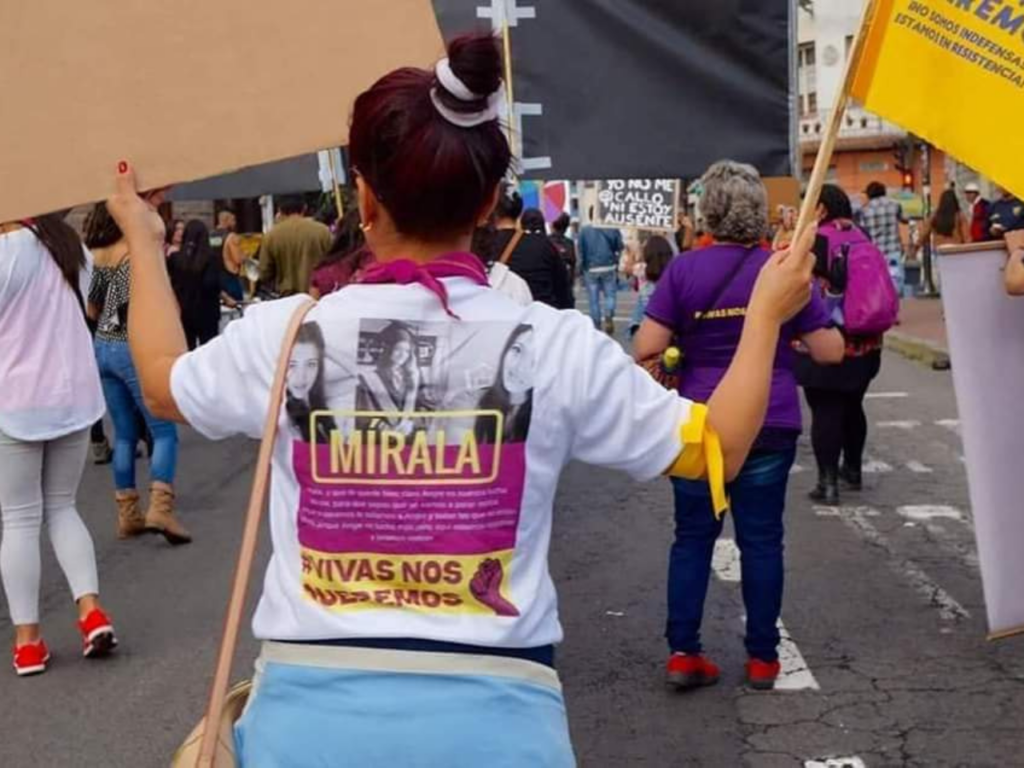
Joining them, I felt astounded by the number of mothers tirelessly searching for their children. One mother, whose daughter had been missing for three years, made me realize the depth of our shared plight. Together, we stood united, our voices echoing for justice.
Two years into the search: Angie’s ex-boyfriend remained a key suspect
Now, with my new support network, I put pressure on the prosecutors and ministries in Quito. Adapting to my new life there, I faced financial hardships due to unemployment and the costs associated with Angie’s search. Luckily, the female minister handling my case offered help and supported me in finding a job. Ironically, my new job was close to the police station, making it easier to follow Angie’s case updates.
A year into the search, the leads often pointed towards sex trafficking, yet Angie’s ex-boyfriend remained a key suspect. Psychological tests on him revealed certain criminal tendencies. However, my accusations against him often met resistance from prosecutors, who were swayed by his seemingly good family background and academic record.
For two years, I balanced my life with my tireless work searching for Angie, even extending the search to Peru to distribute missing-person flyers. In this period, our lives paused. We engaged in no celebrations, not even Christmas or New Year’s Eve.
I carefully examined every document related to her disappearance, focusing on her last known actions. A persistent question troubled me: why were her last phone calls traced to Quito when she lived in Riobamba, and her ex-boyfriend was from Quito? This nagging inconsistency only strengthened my resolve to uncover the truth.
The prosecutor revealed evidence related to Angie: “I found a scene out of a crime movie”
In May 2016, under intense pressure, the authorities called Angie’s ex-boyfriend to detail his actions on the day she disappeared. He claimed to have gone to university, but his story left me deeply unsatisfied; I was sure he hid vital details. Disheartened, I returned home without any updates to offer my children.
On May 4, I visited the missing persons prosecutor’s office with a public defender attorney. The prosecutor, asking me to stay calm, revealing that the police and firefighters found evidence related to Angie. Her words briefly sparked hope that they might have found Angie alive. I gripped my attorney’s hand, bracing for more information. They offered to take me to the discovery site.
Arriving there, I found a scene out of a crime movie, complete with yellow tapes. Ignoring warnings to stay in the car, I stepped out and peered over the gorge, a place I had searched before.
As I asked for answers, I recognized men in white suits carrying a stretcher with a black bag. Time seemed to stand still. A police officer came up, urging me to leave, but I needed confirmation. I asked if they found specific items: colorful shoes, a purse, a black shirt, and a white jacket. His confirmation shattered me.
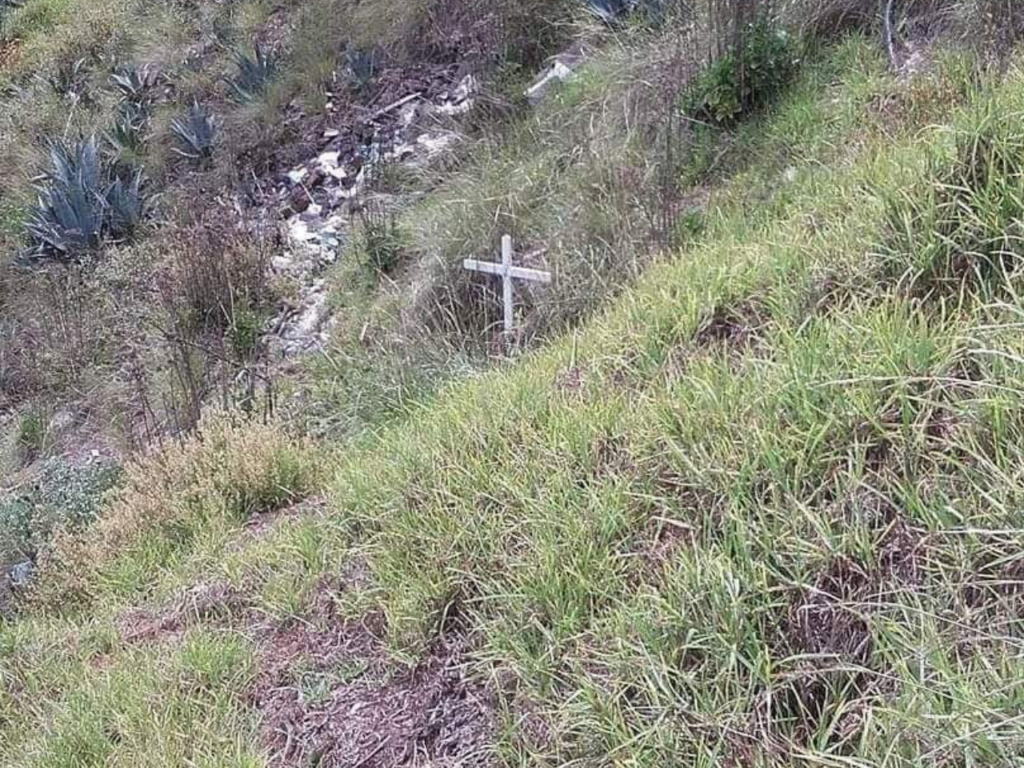
At that moment, I knew my daughter had died. My strength vanished, and I collapsed, consumed by grief as if I had lost a part of myself with her.
Ex-boyfriend confessed to murder: “Confronting his confession and handcuffing, a storm of emotions took over me”
Somehow, I gathered my strength and returned to the car, resolving myself to remain strong. People immediately overwhelmed me, sharing steps for retrieving Angie’s remains for burial and concluding the investigation. The ex-boyfriend finally confessed in chilling detail about how he murdered Angie. He explained luring her to Quito, assaulting her with a rock, and then strangling her. He also shockingly admitted Angie was pregnant with someone else’s child at that time.
Confronting his confession and seeing him handcuffed, a storm of emotions overtook me. I had known him since childhood as Angie’s school friend, and his horrific act seemed unimaginable. He had denied us a proper farewell to Angie, leaving us with only her bones. Such brutality is unforgivable for any woman.
The trial tested my limits. I struggled to maintain composure while the defense lawyer smeared Angie’s memory. After a long, painful series of trials and encounters with her killer, the court finally declared the crime a femicide. In June 2017, they sentenced him to 26 years in prison and a $20,000 fine, a verdict that felt grossly inadequate and ironic given his financial state.
The trial’s aftermath felt hollow, lacking real action for reparations or justice. This gap propelled me to seek further action. I connected with several organizations and met Geraldina Guerra Garcés. Initially wary, my trust grew after meeting her. Geraldina introduced me to various support networks, becoming a vital ally in my journey. She guided me to Surkuna, where I found a community committed to continuing the fight for justice.
My story goes beyond personal loss, I now dedicate myself to helping, supporting, and guiding other women
I’ve become an advocate for justice, struggling to understand my daughter’s tragedy and questioning the likelihood of real retribution. This journey has introduced me to remarkable people who have strengthened my resolve. At the Ministry of Women and Human Rights, I work in the gender violence sector, tackling the realities women face in a society still struggling with misogyny.
Putting my law studies on hold, I’ve focused on my children and this vital advocacy work, though I still dream of finishing my degree. My story goes beyond personal loss; it serves as a caution that such tragedies can happen to anyone. Having lost my daughter to femicide, I now dedicate myself to helping, supporting, and guiding other women.
Together with other mothers and families affected by femicide, we make our voices heard. Support networks are crucial in pushing forward women’s rights and improving the justice system, giving us hope for meaningful change in the future.
